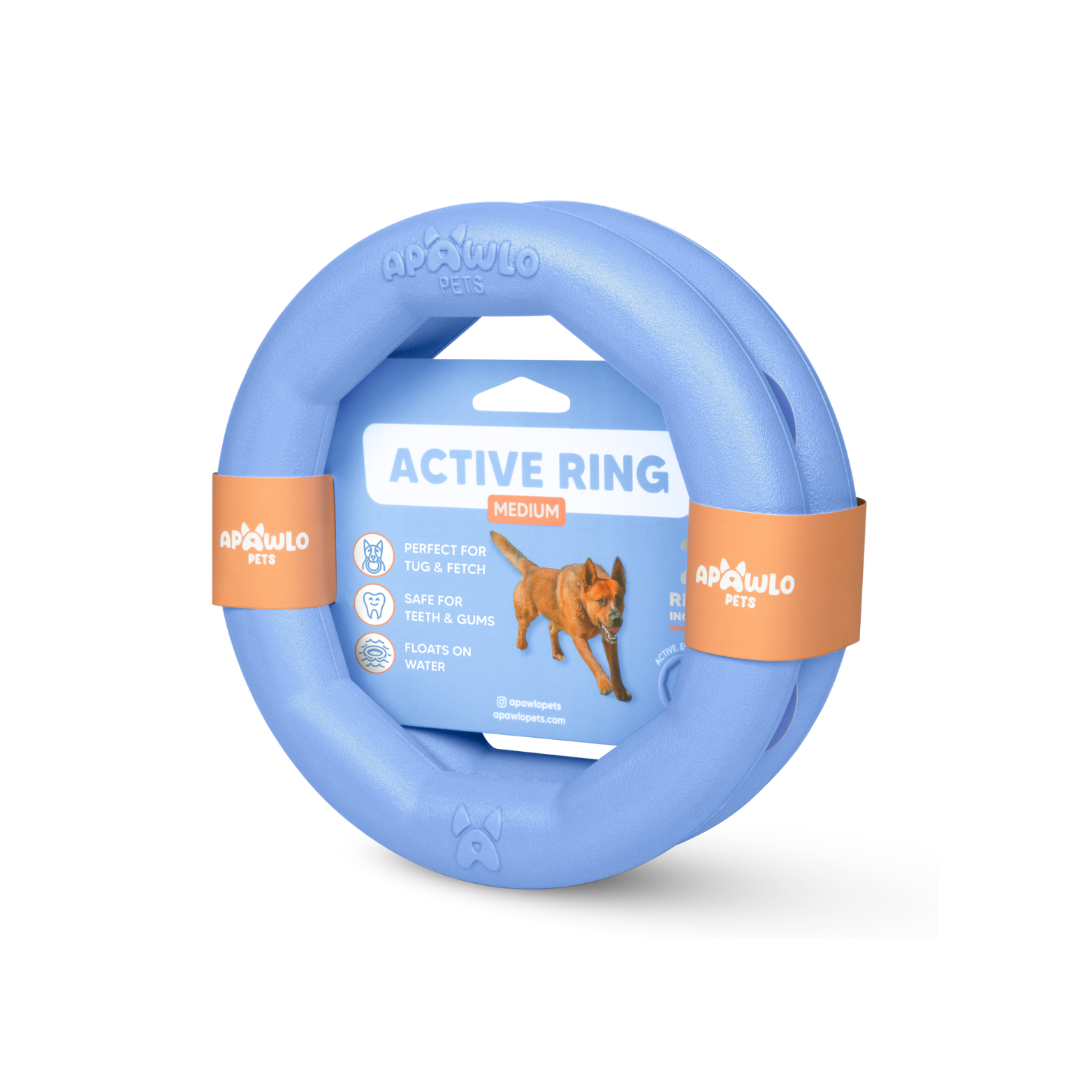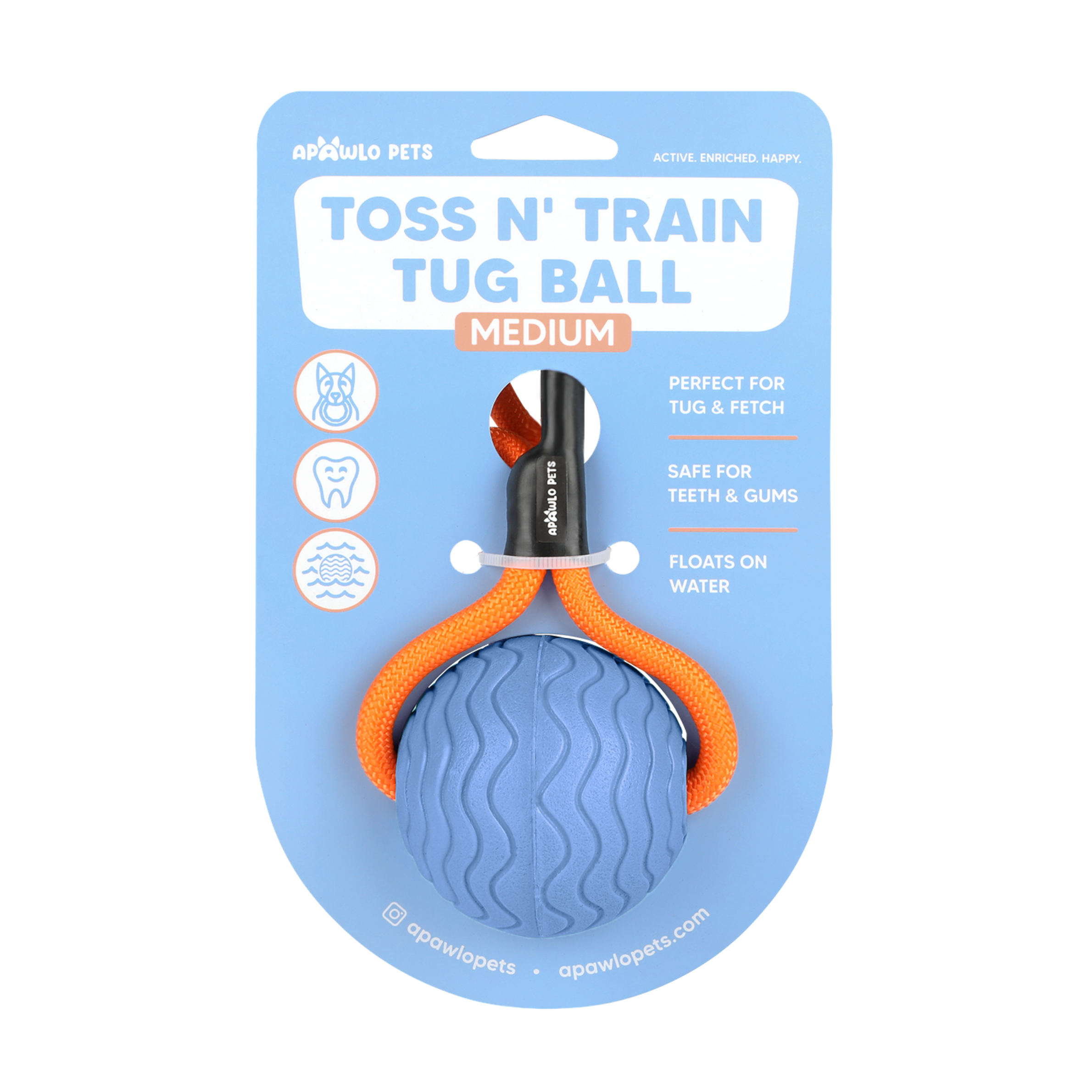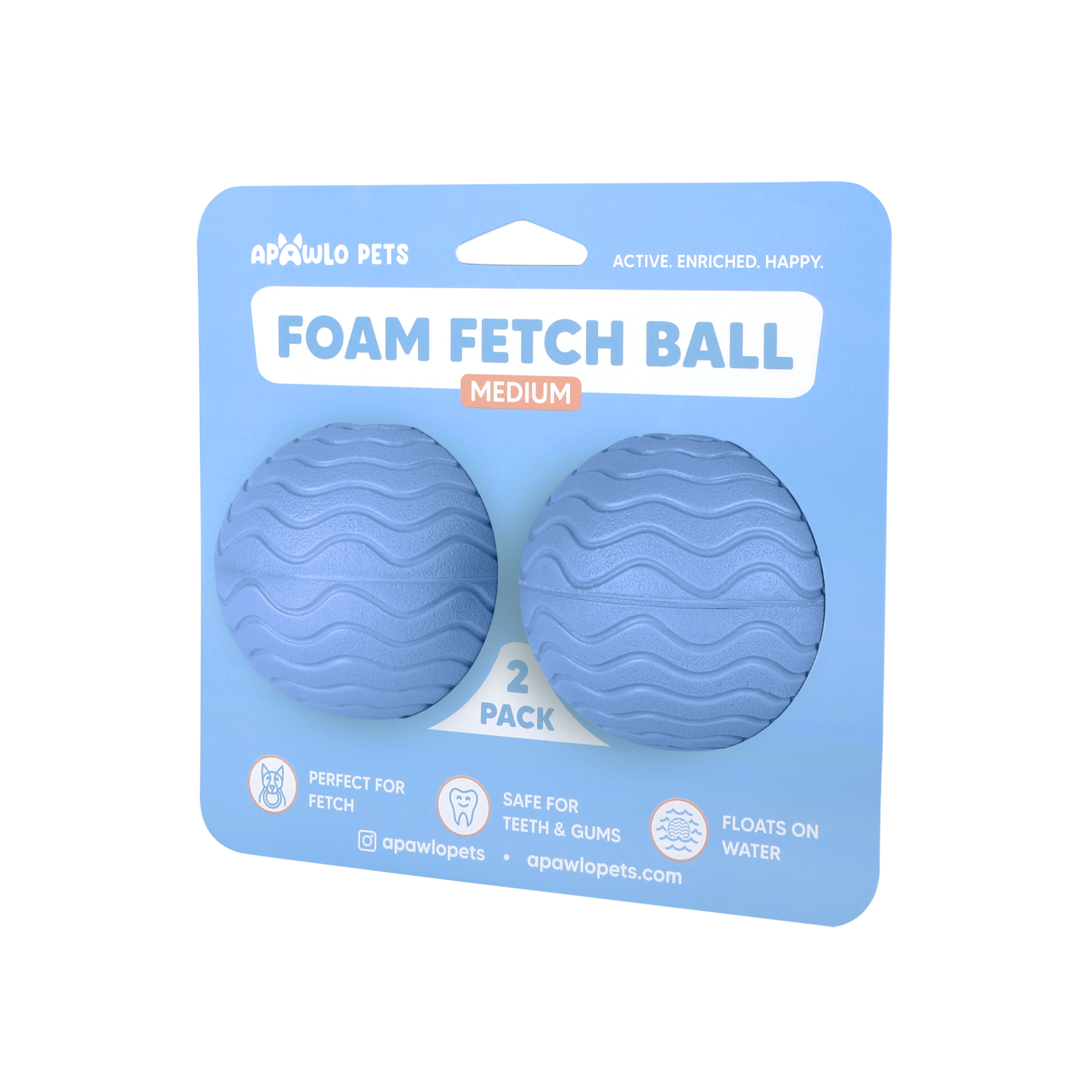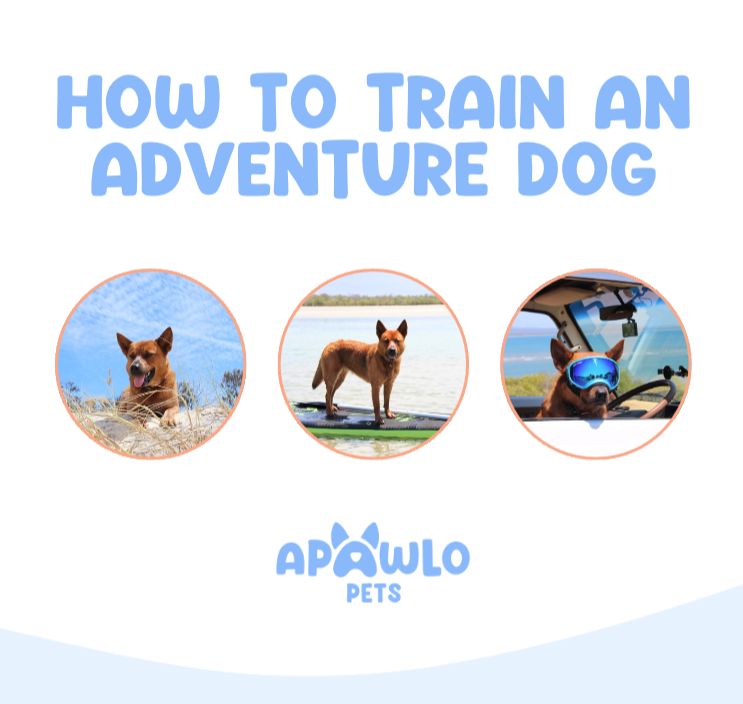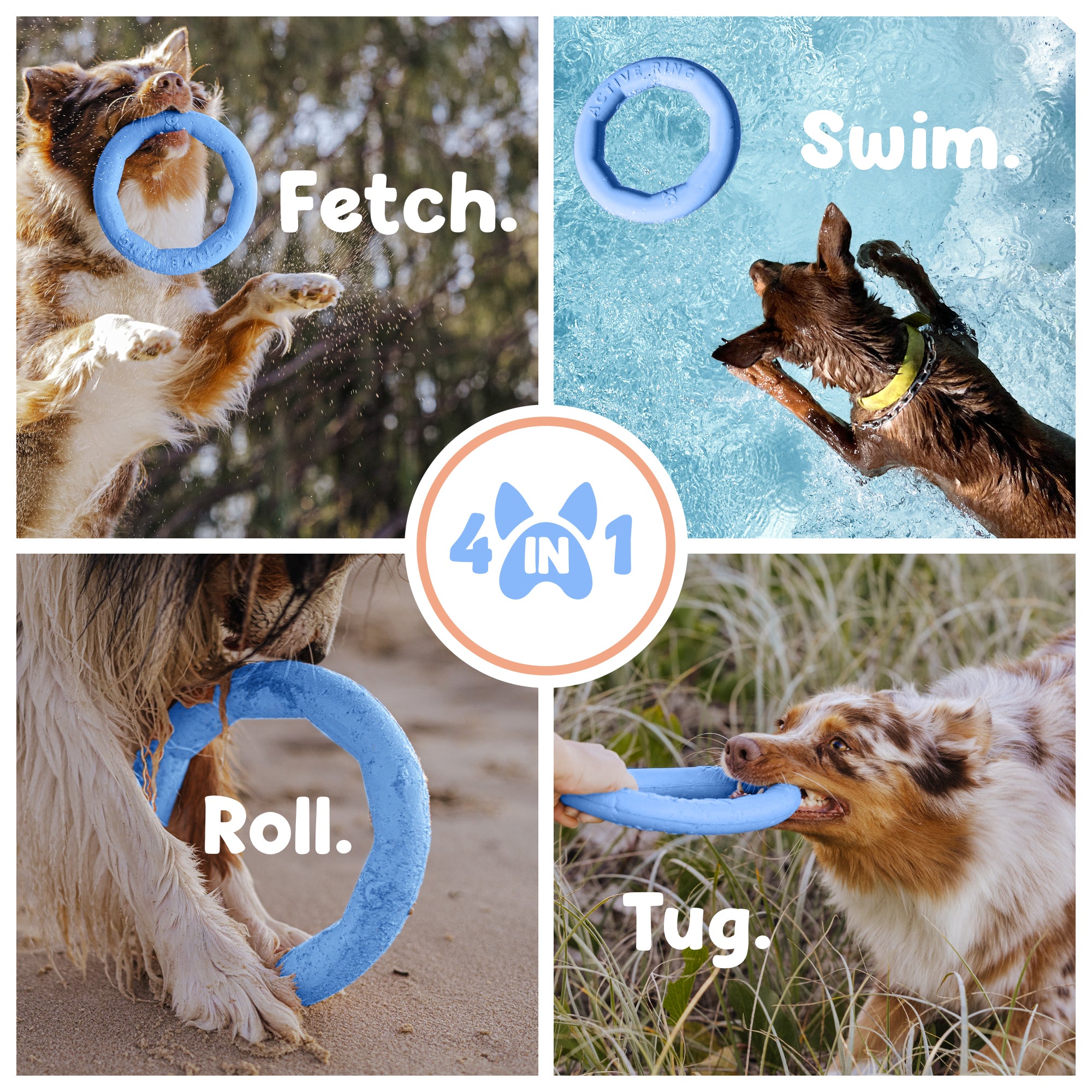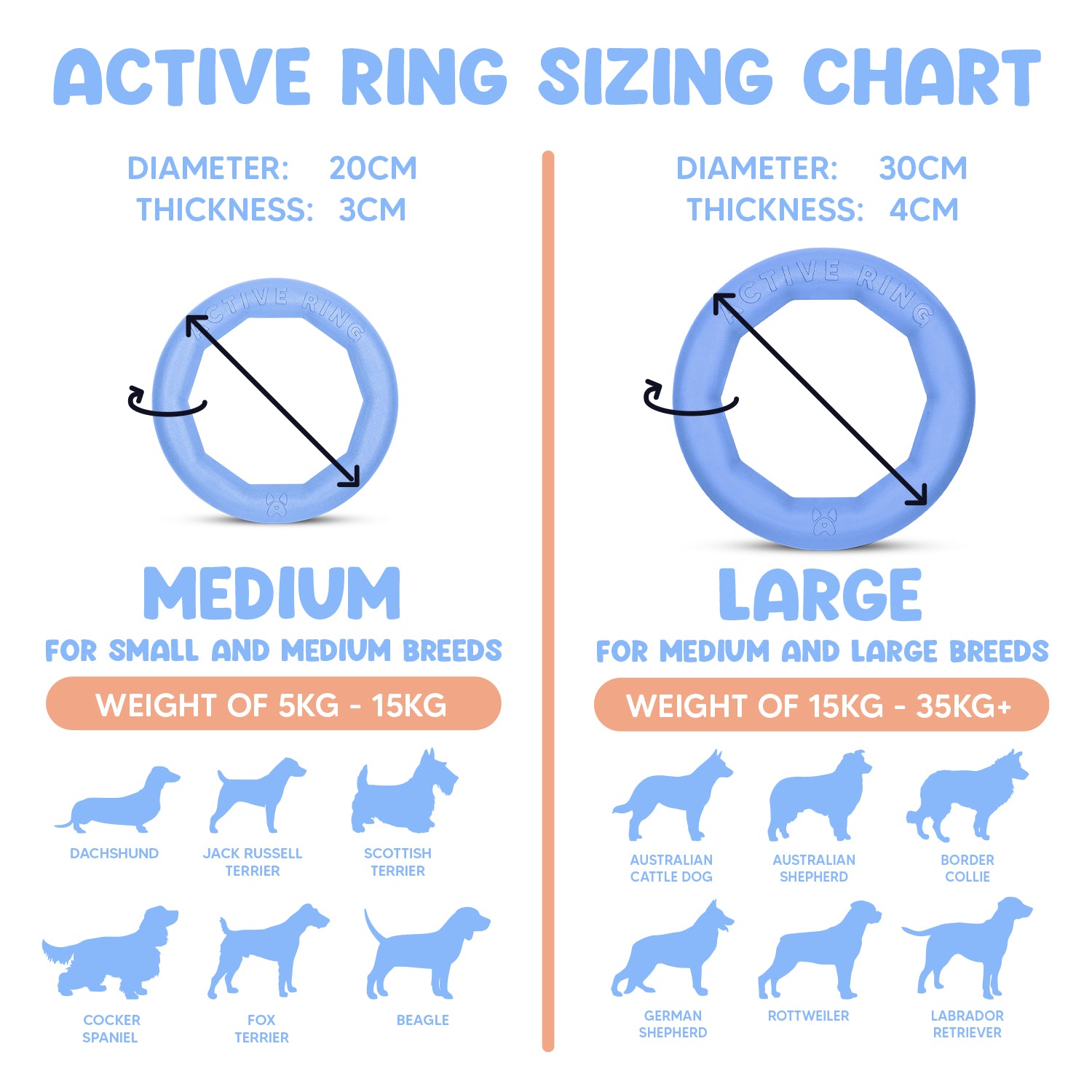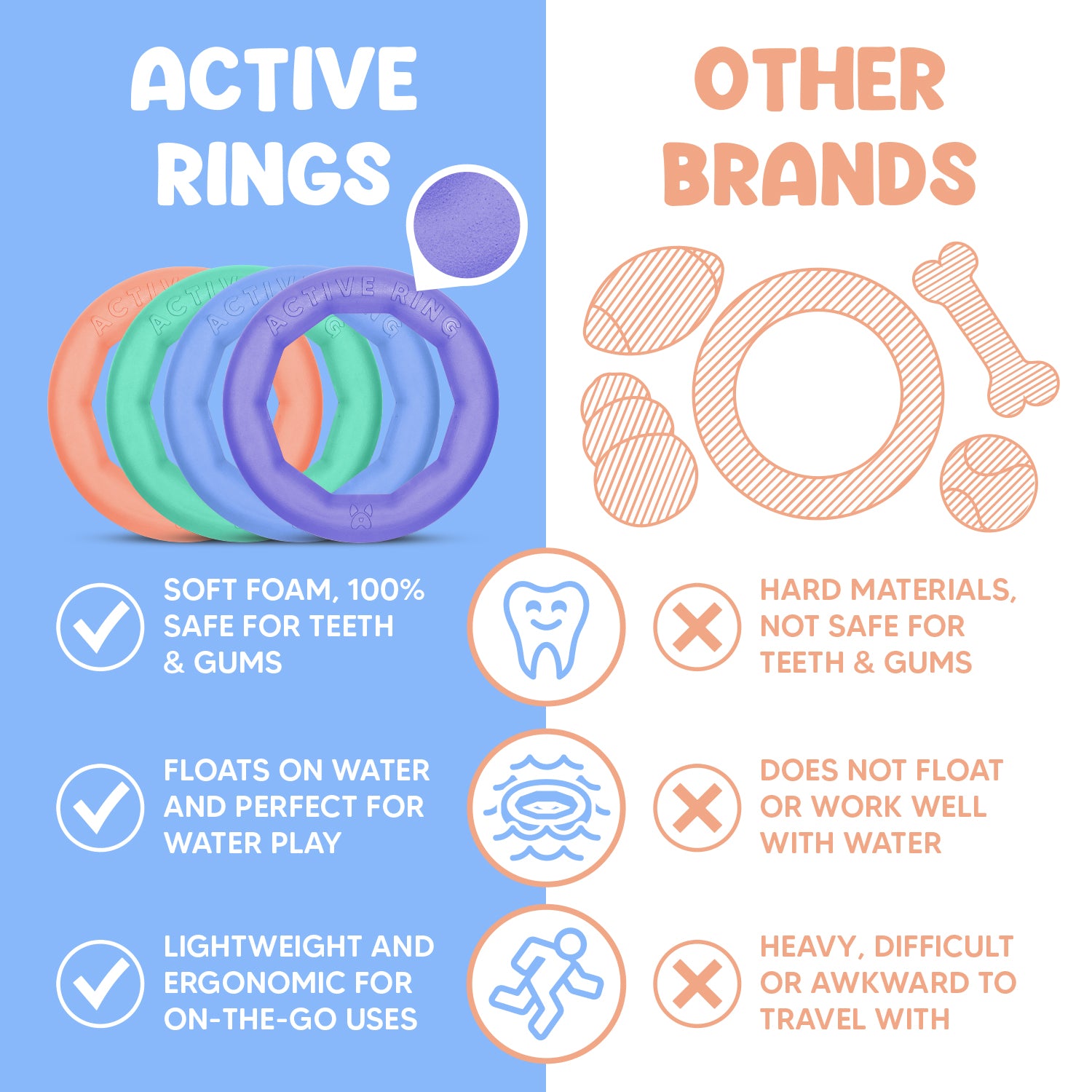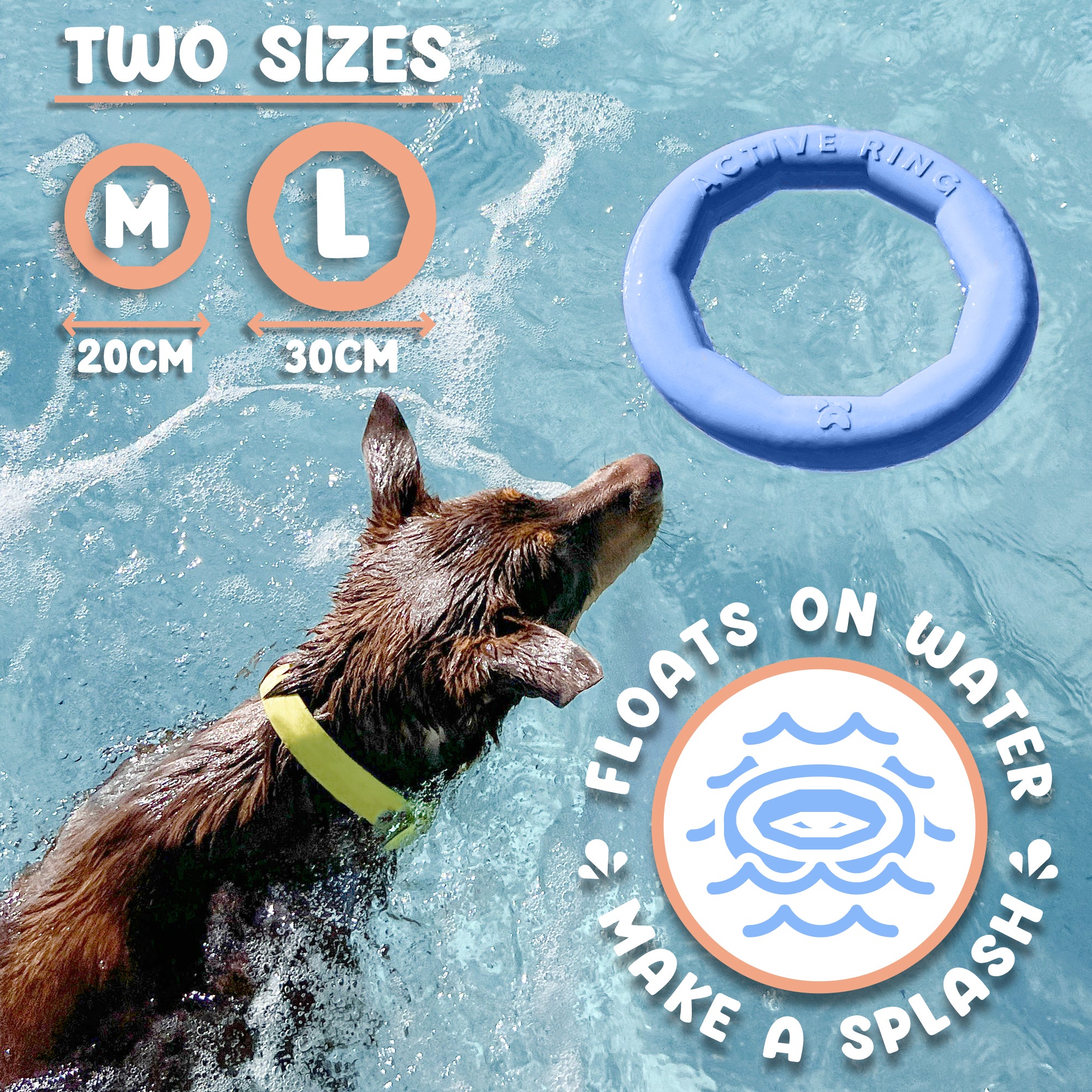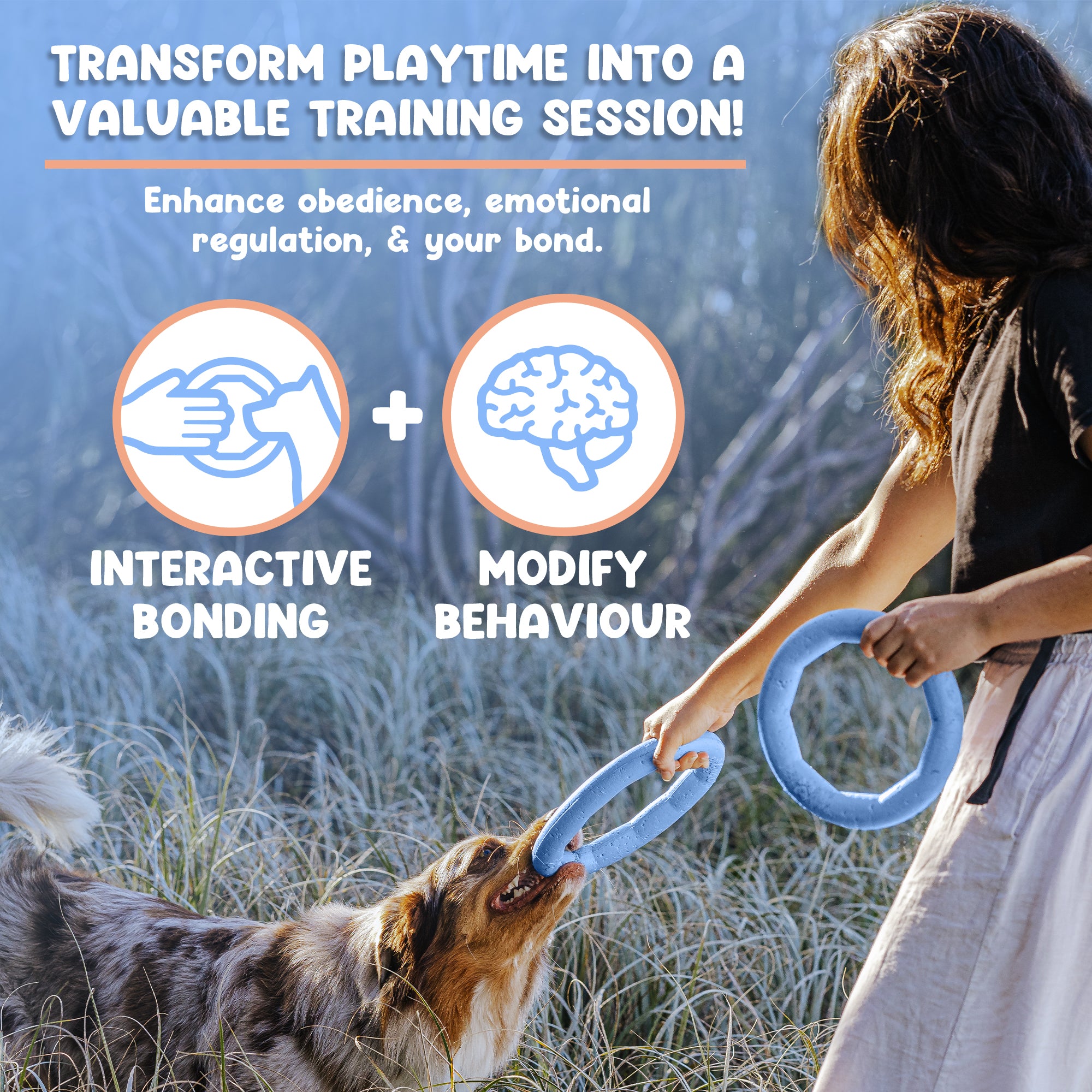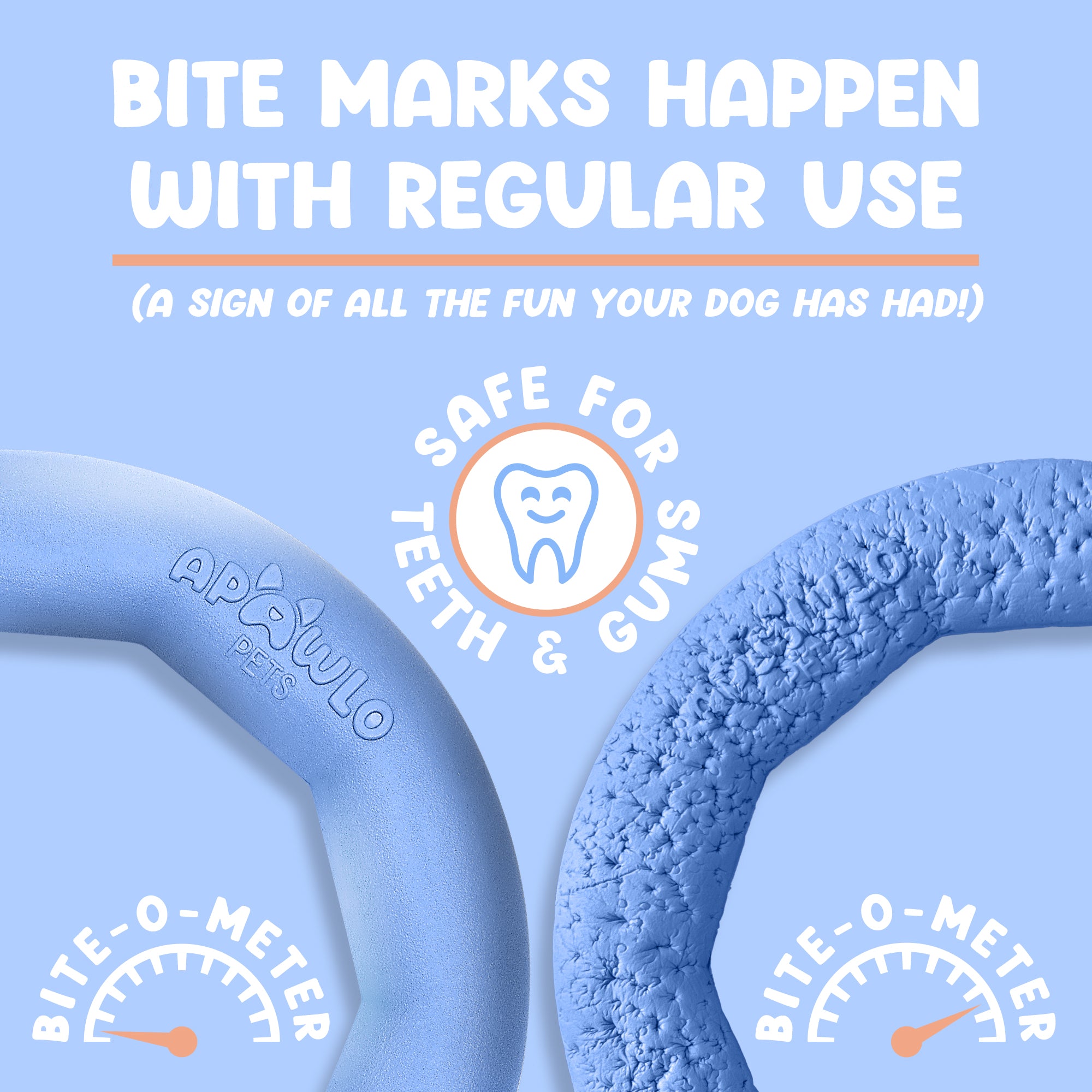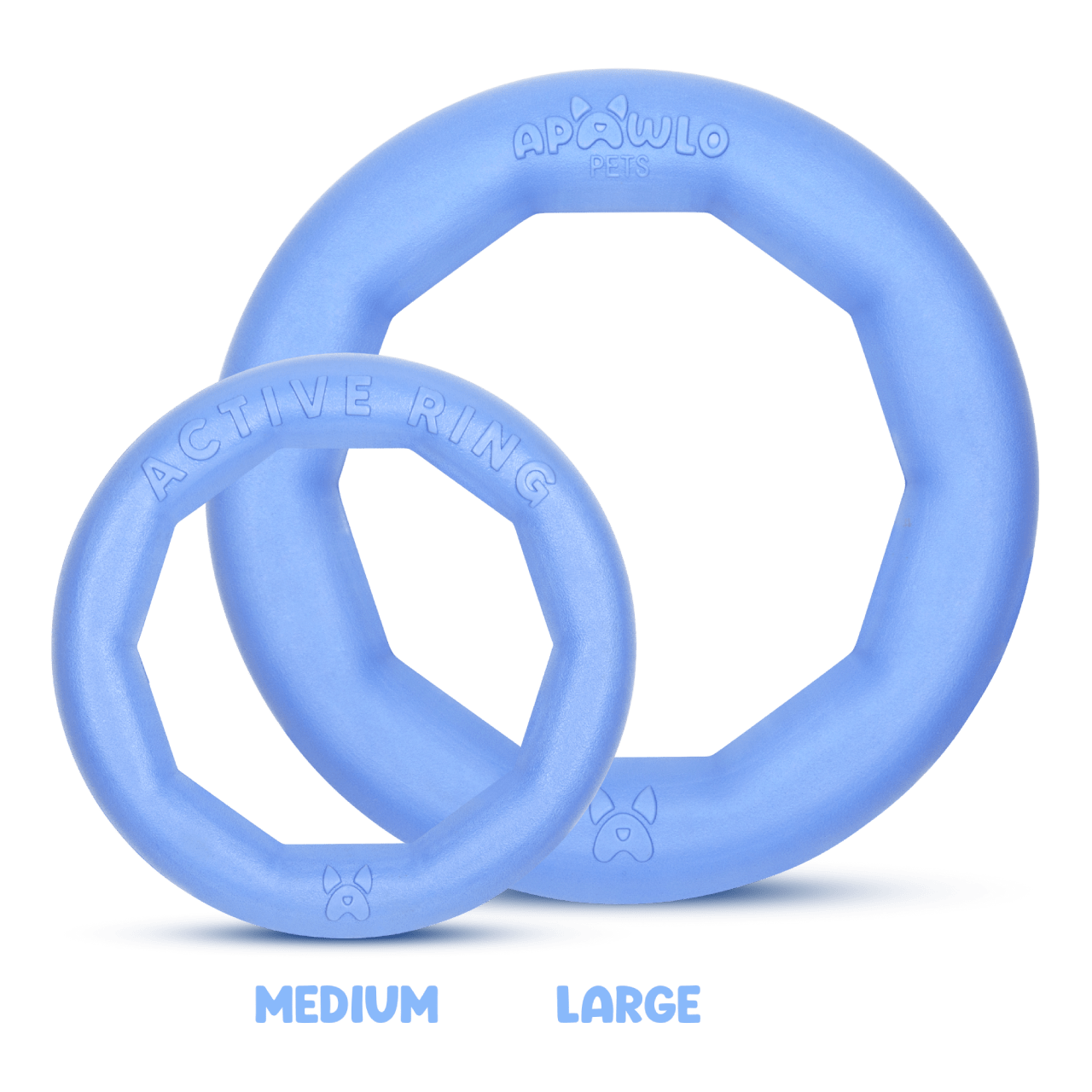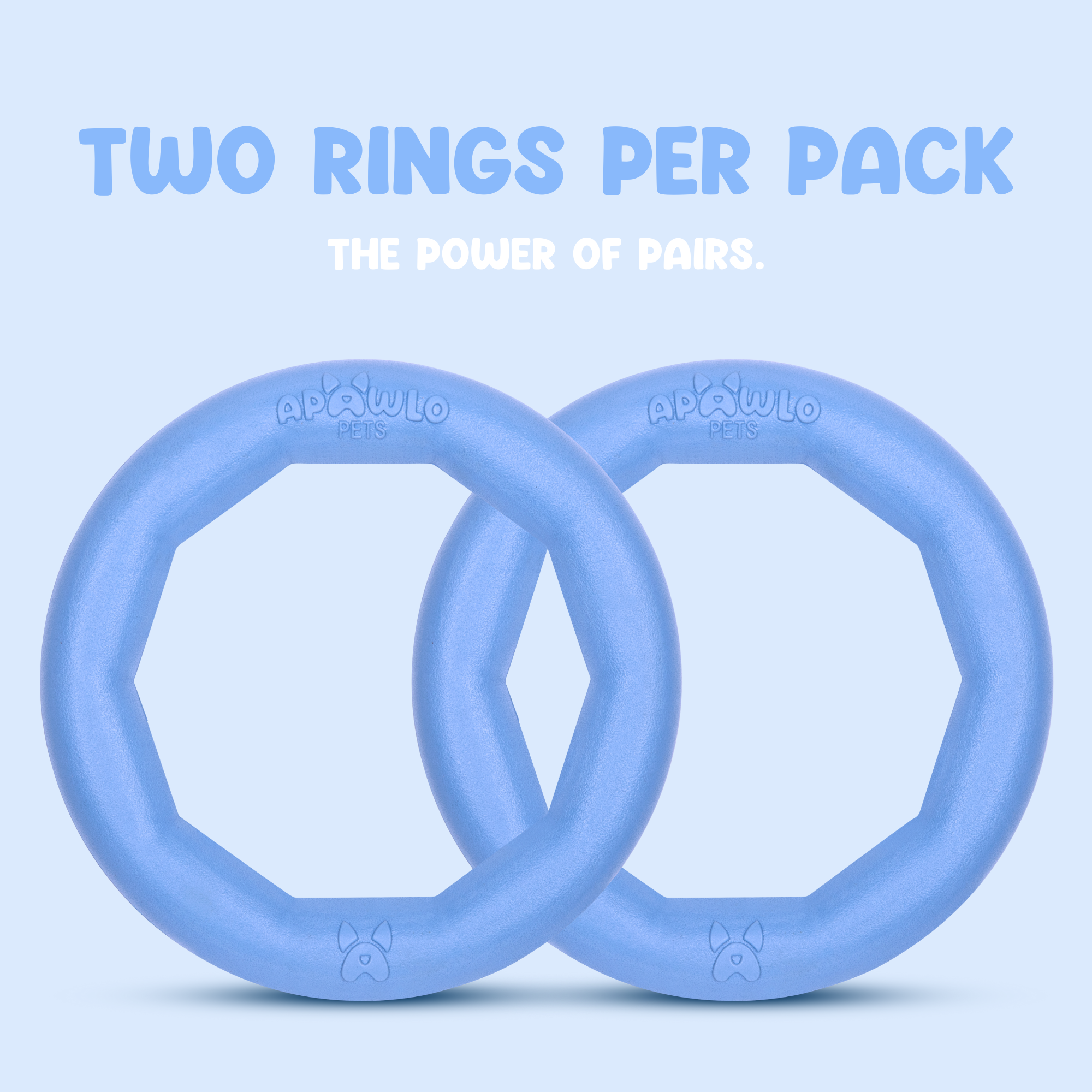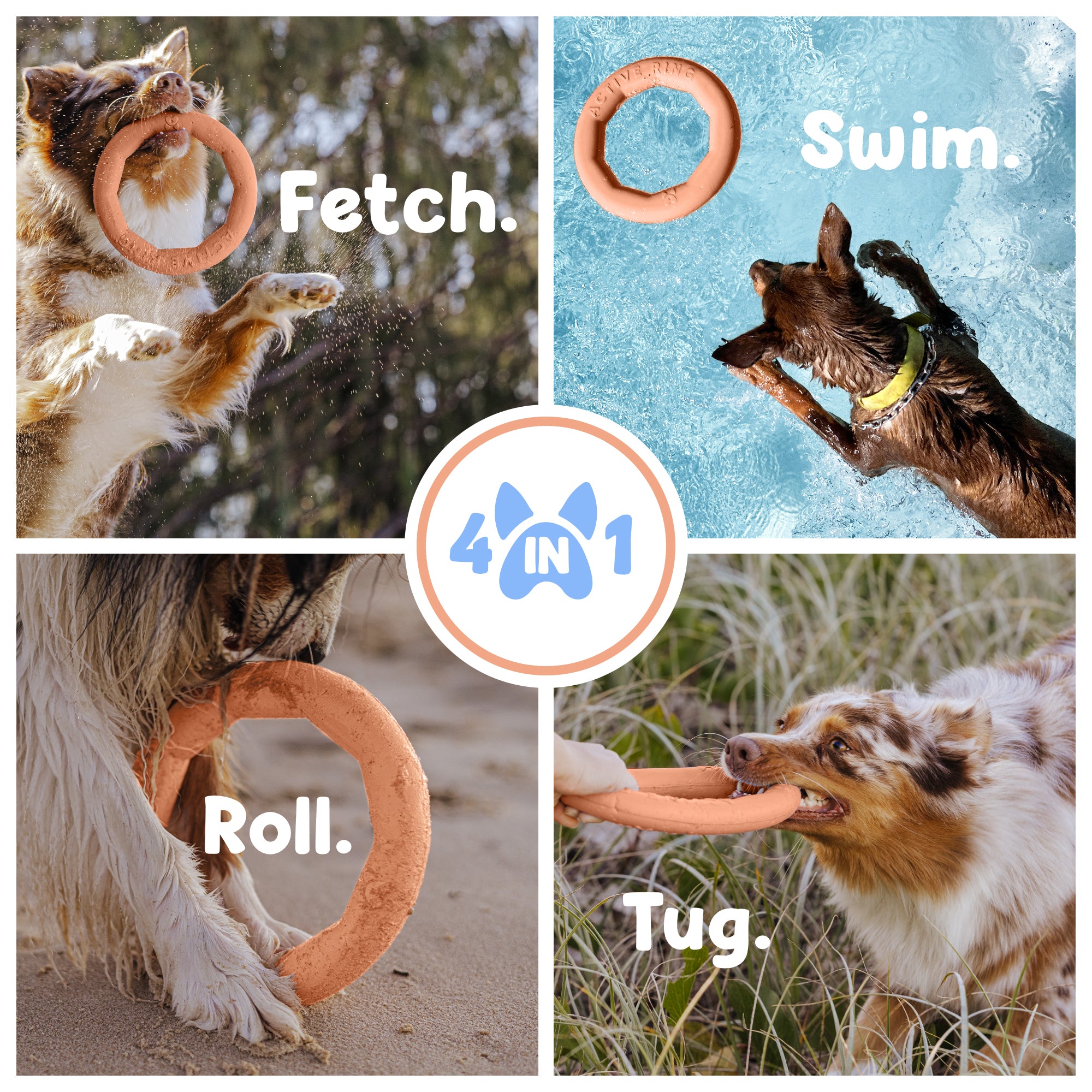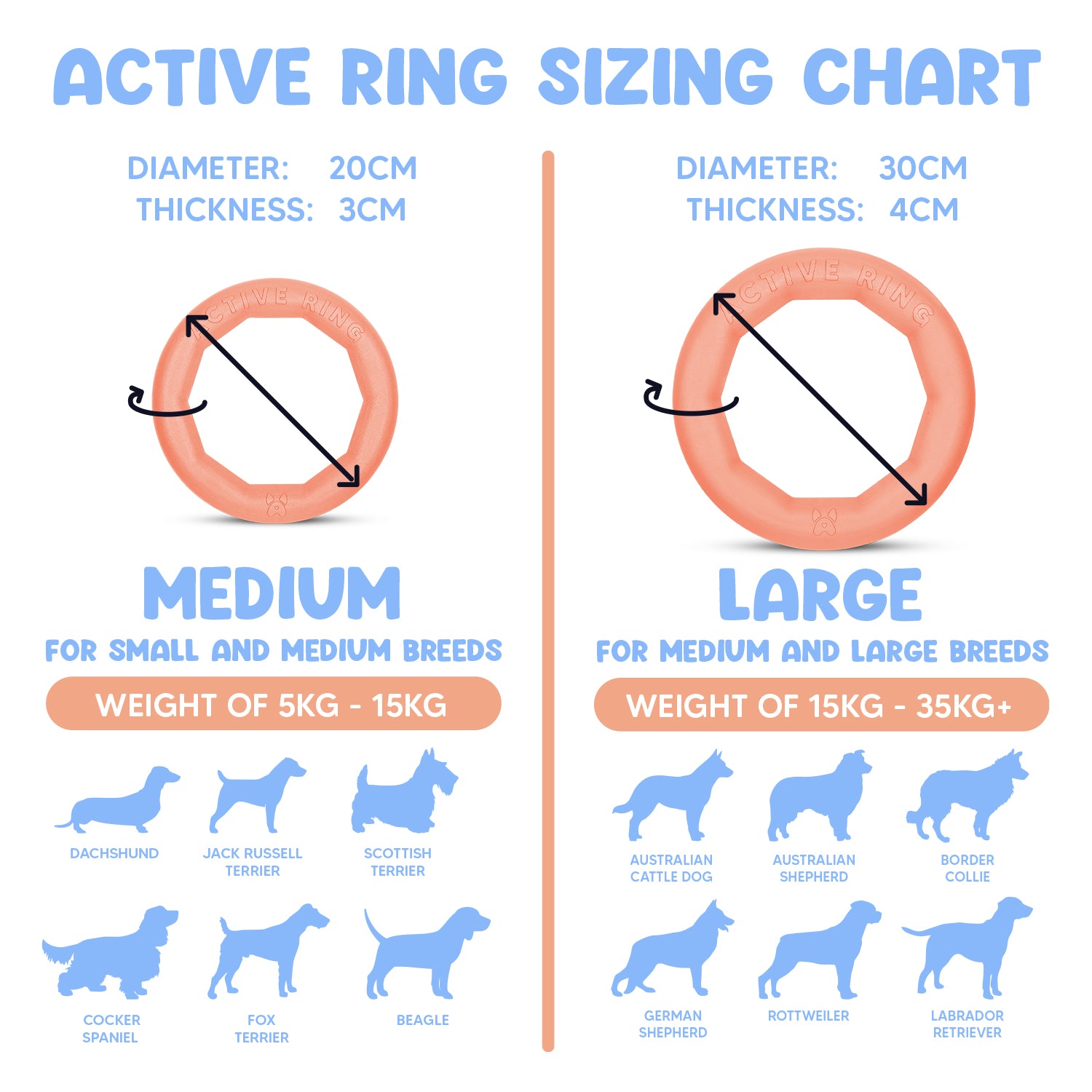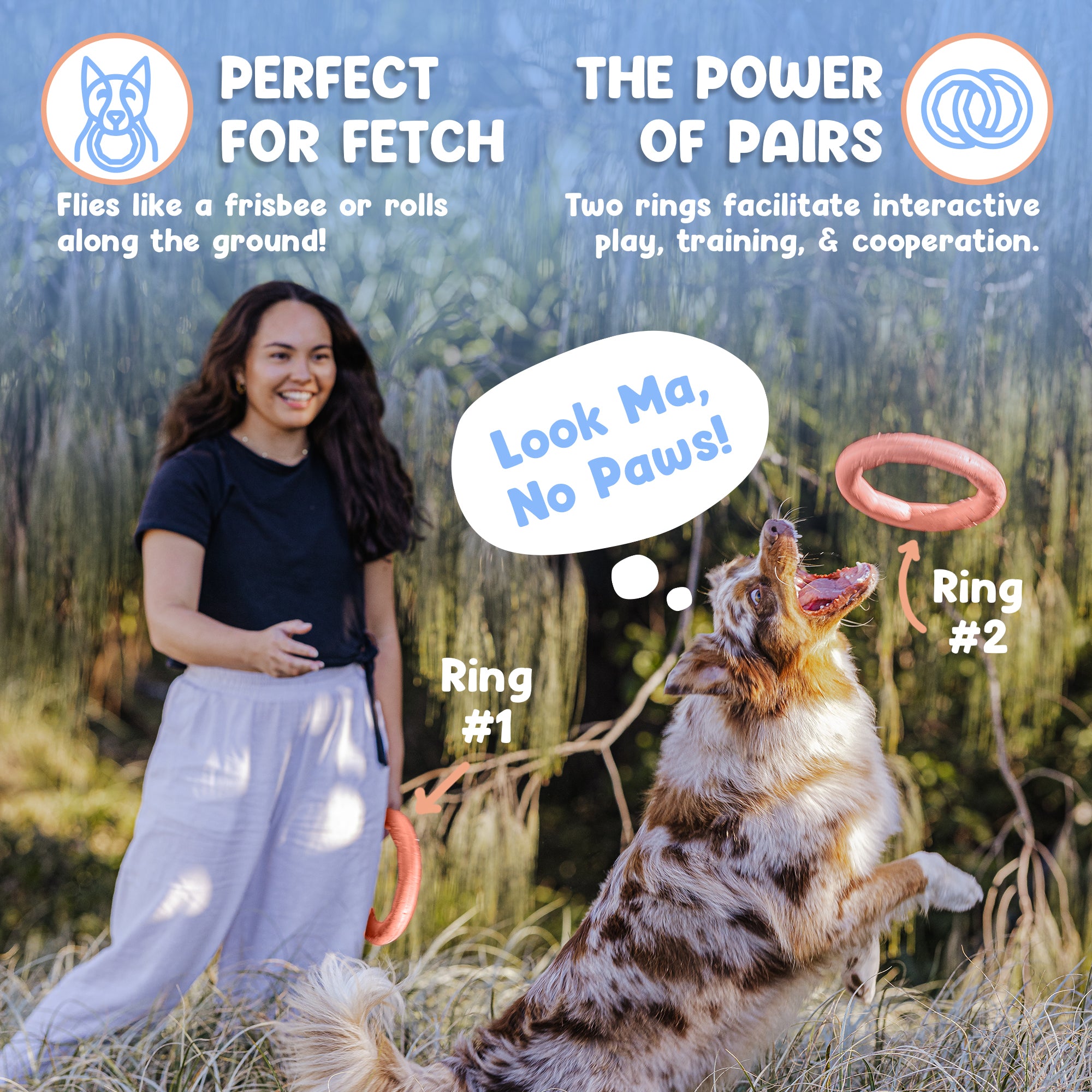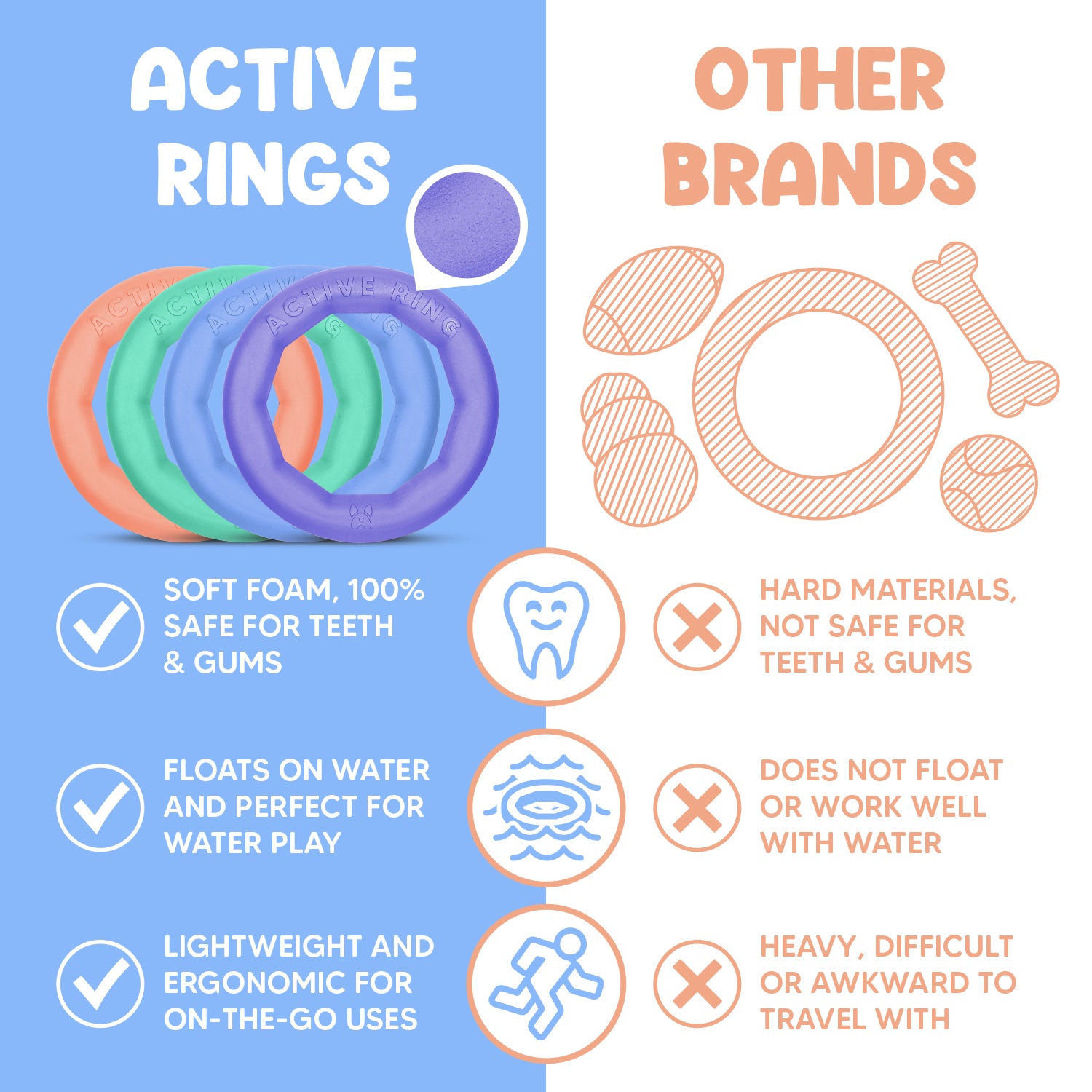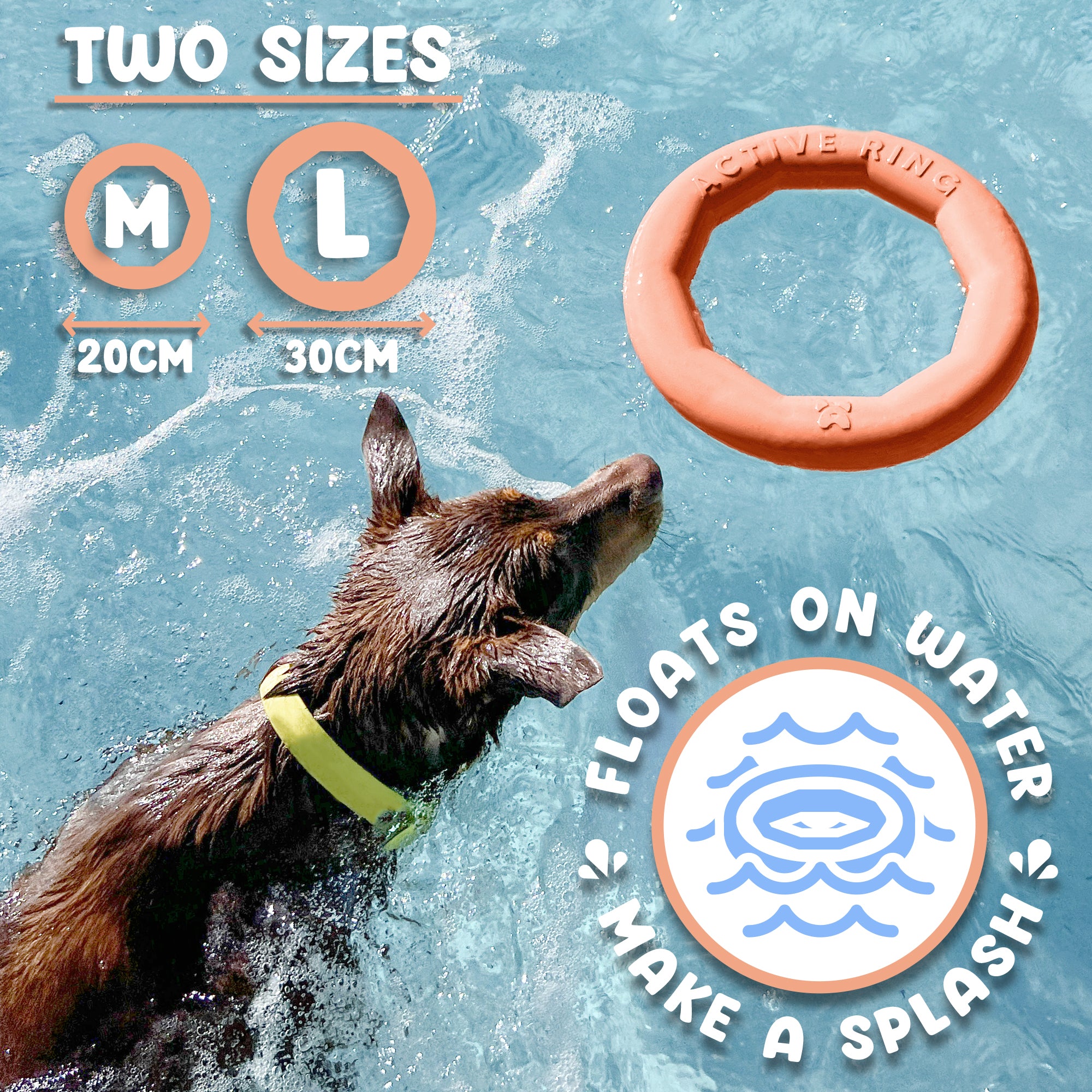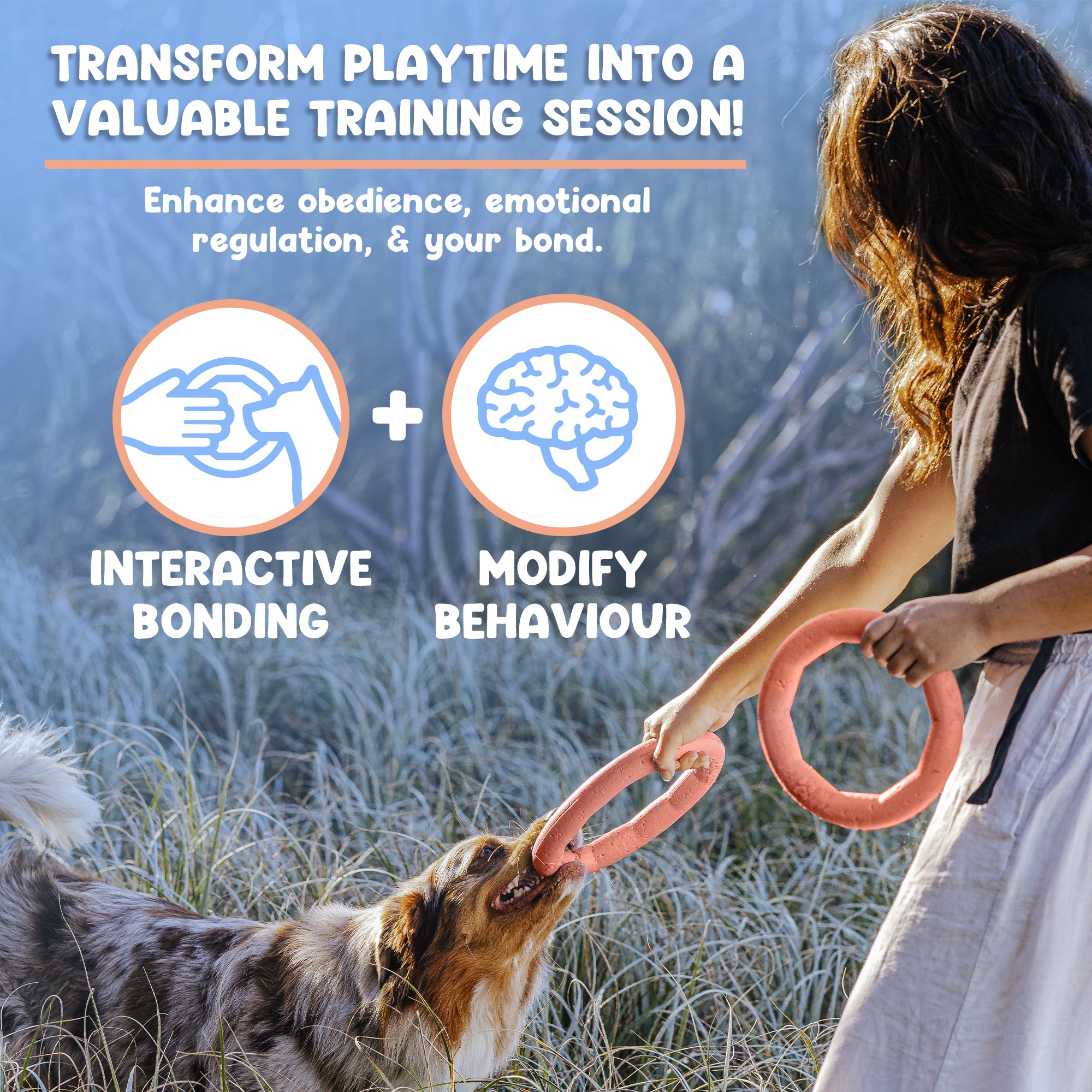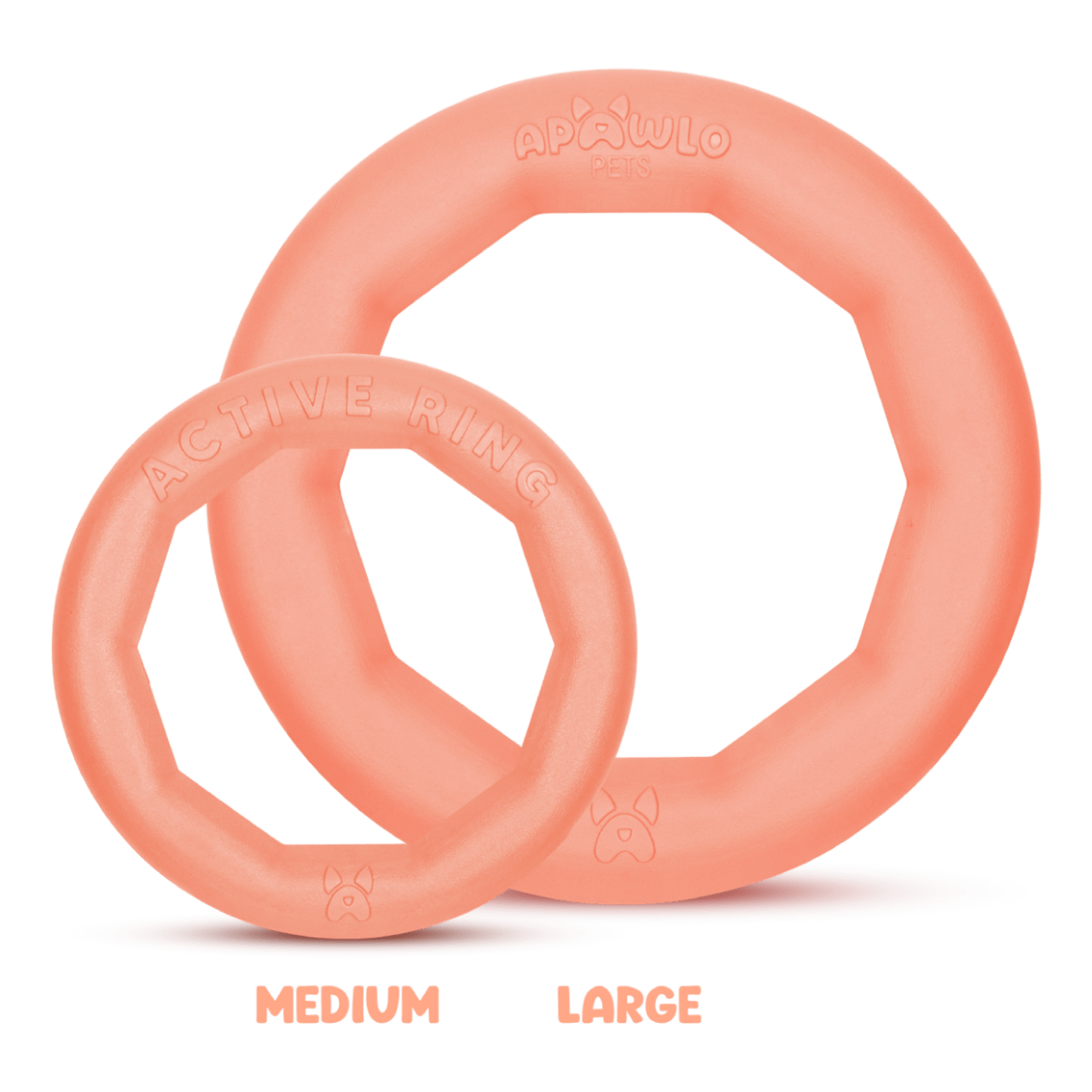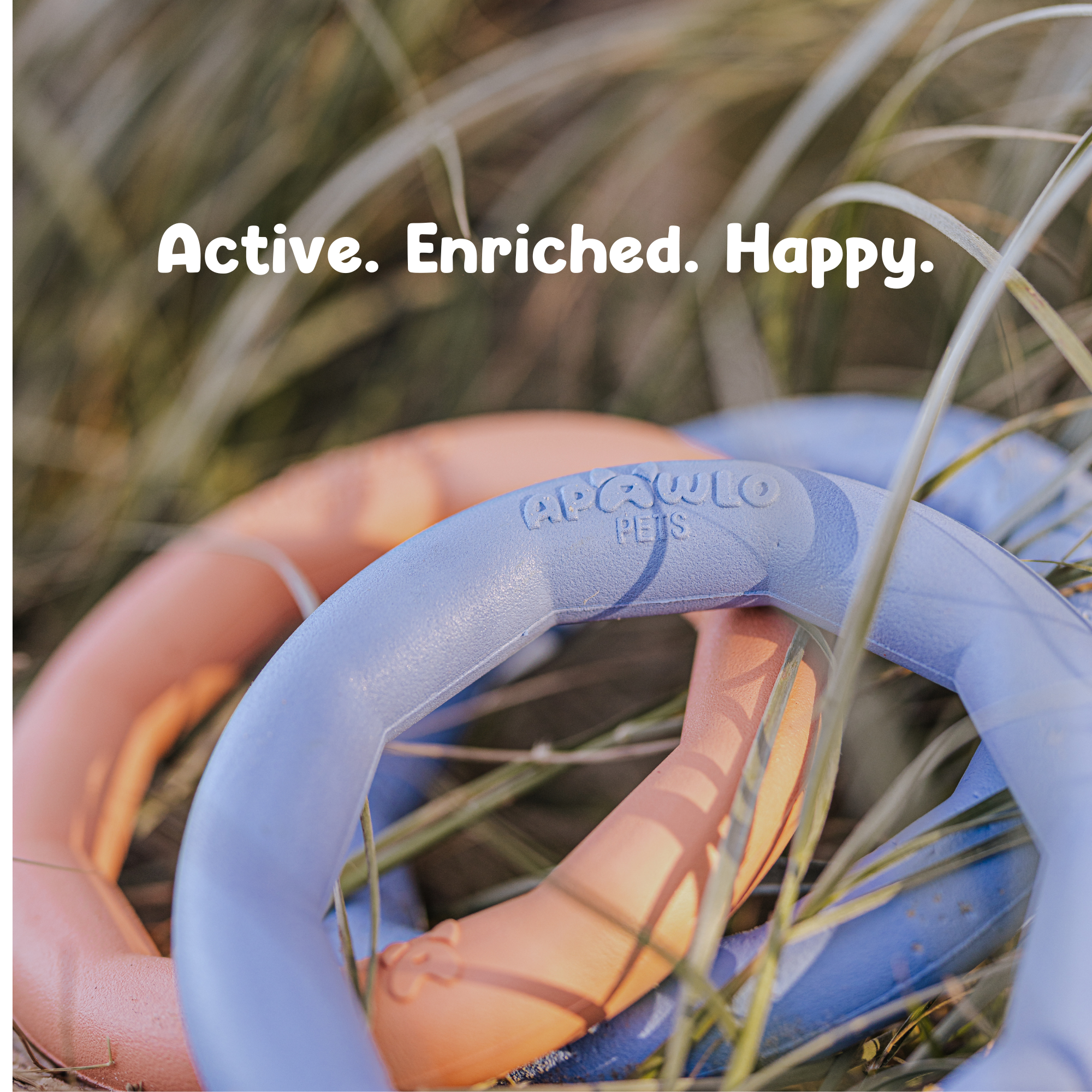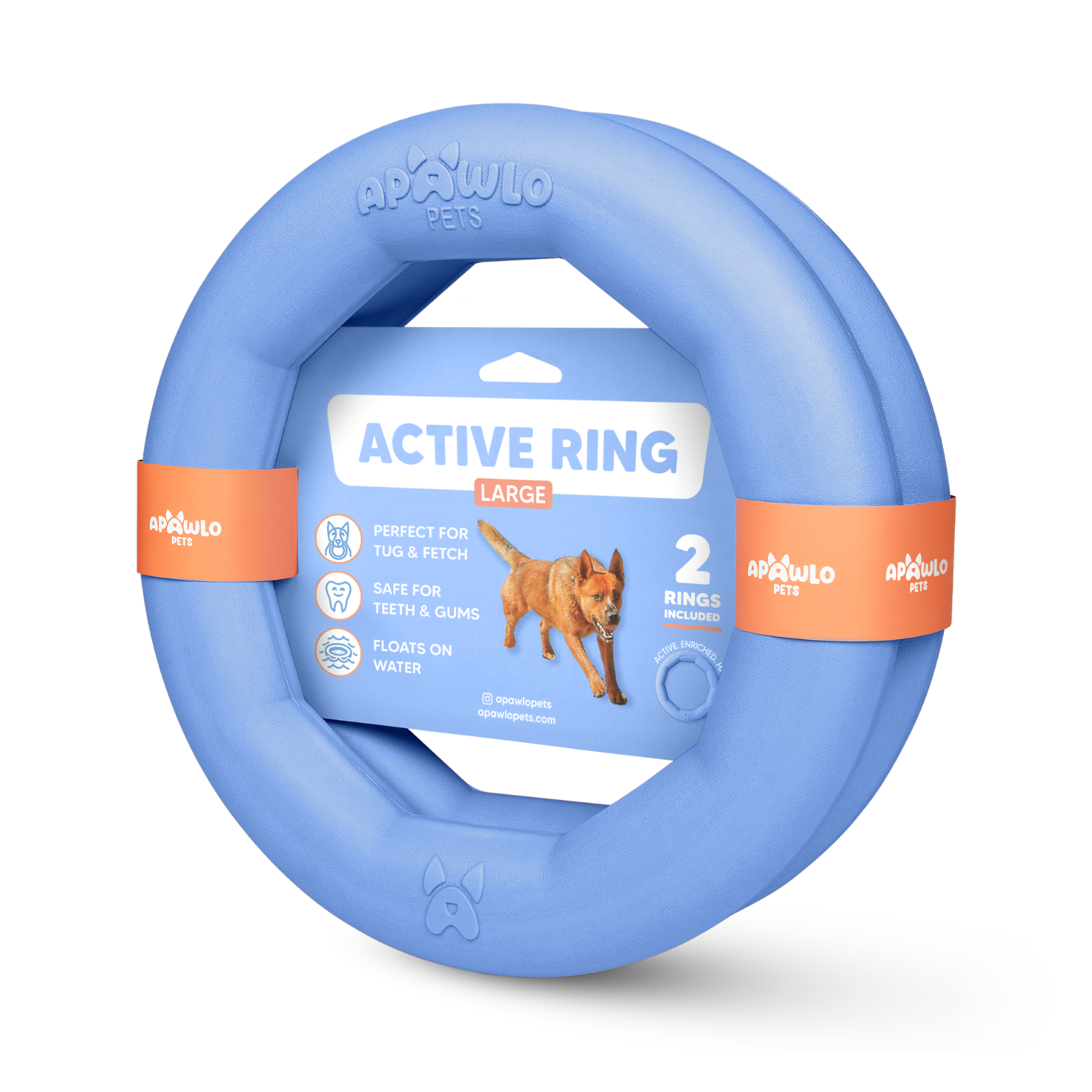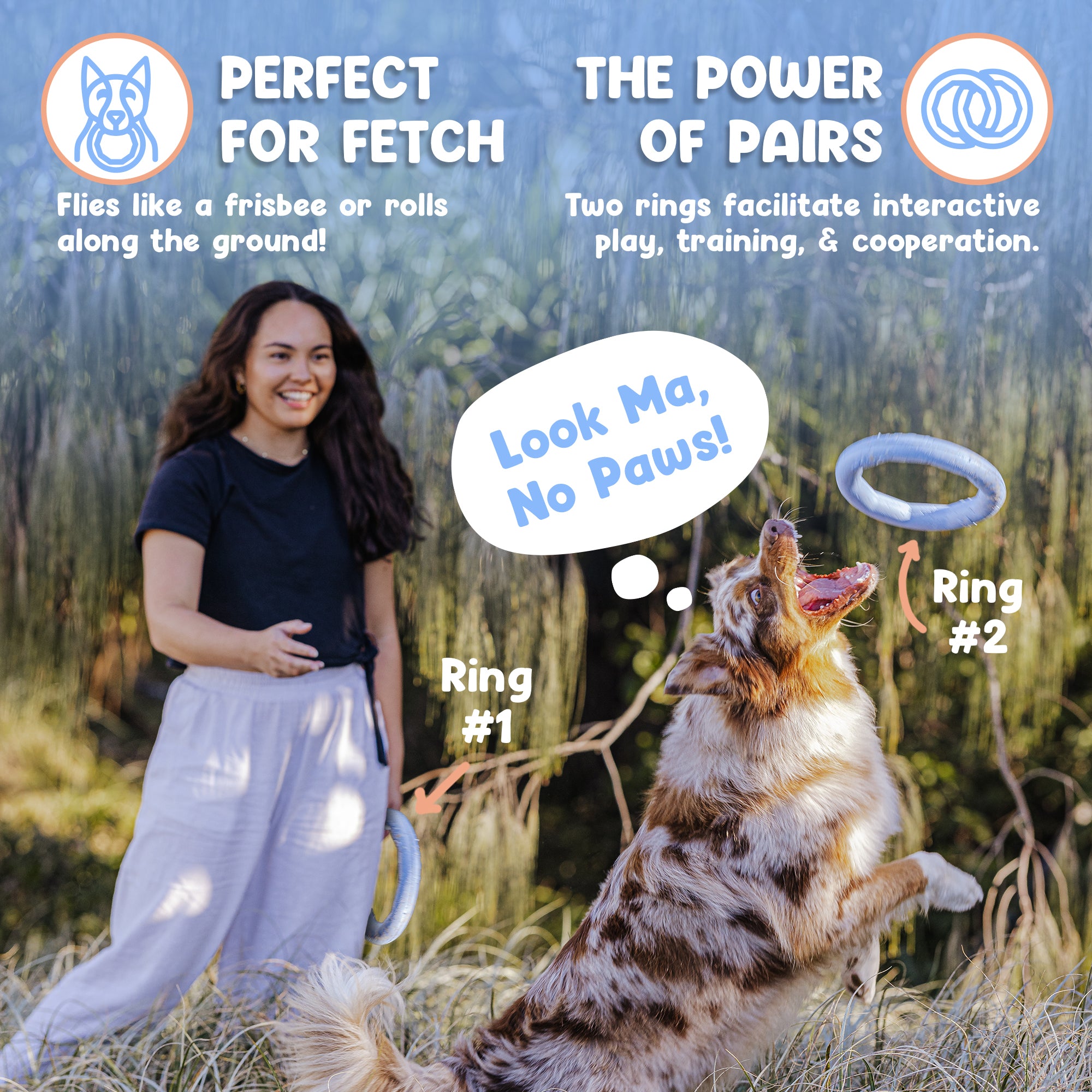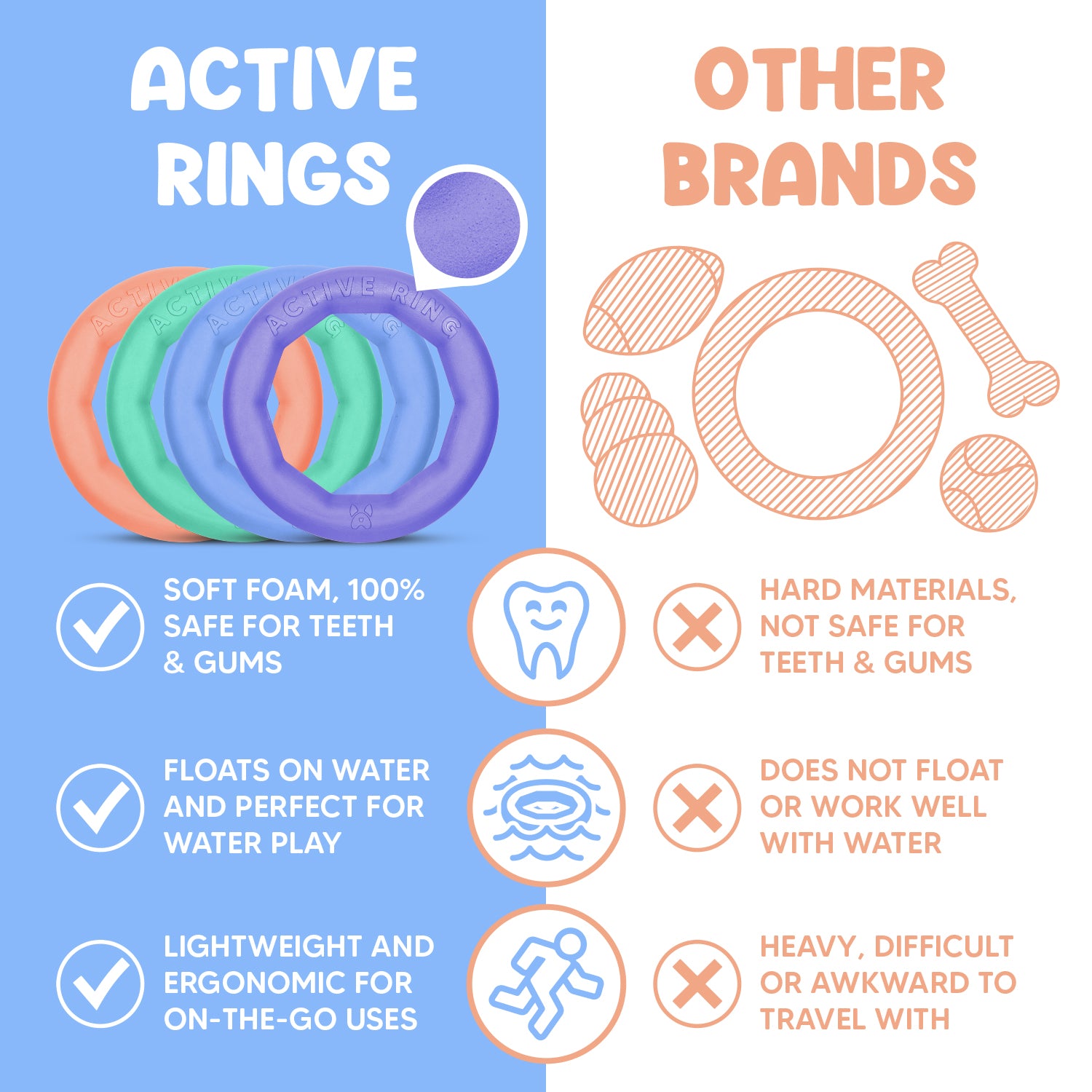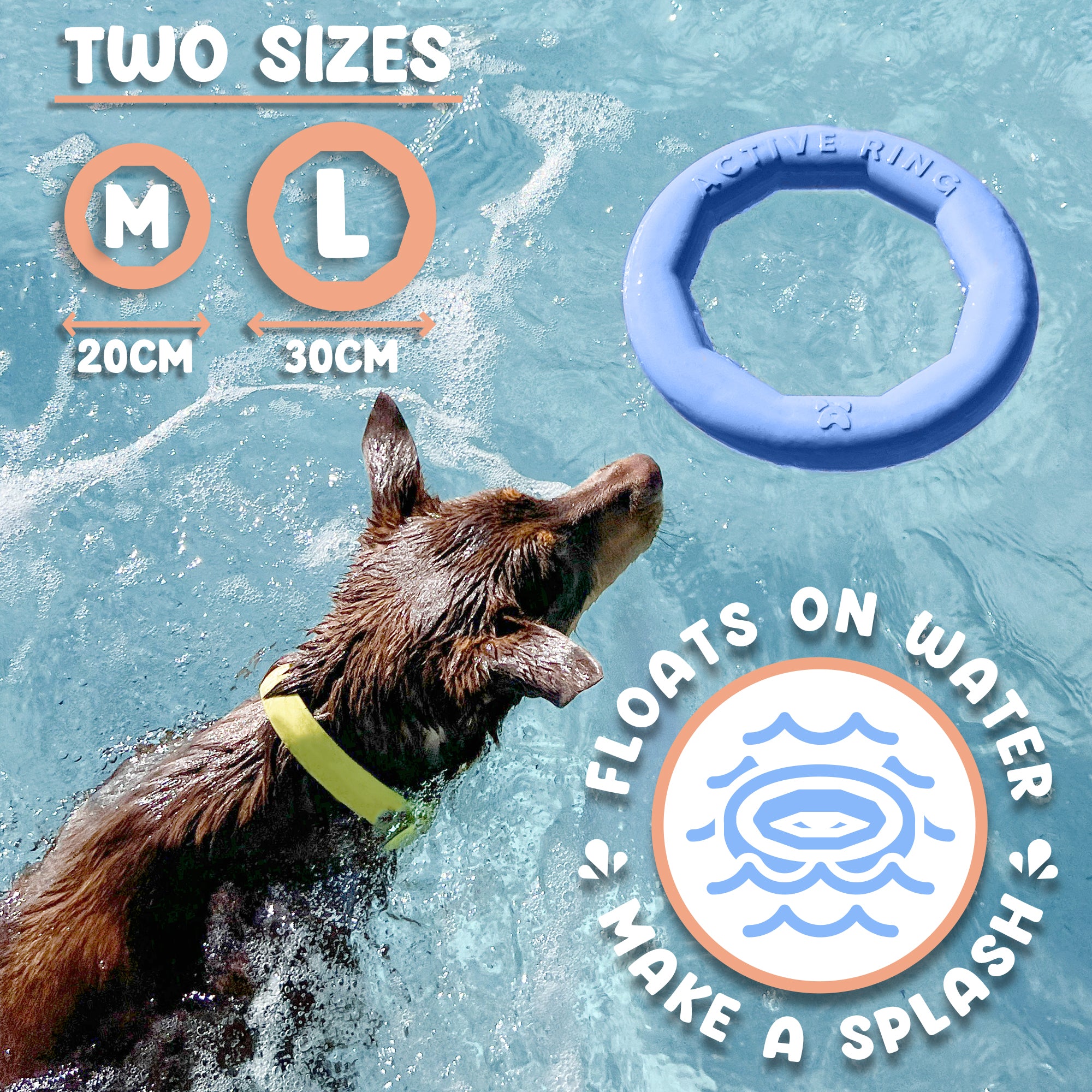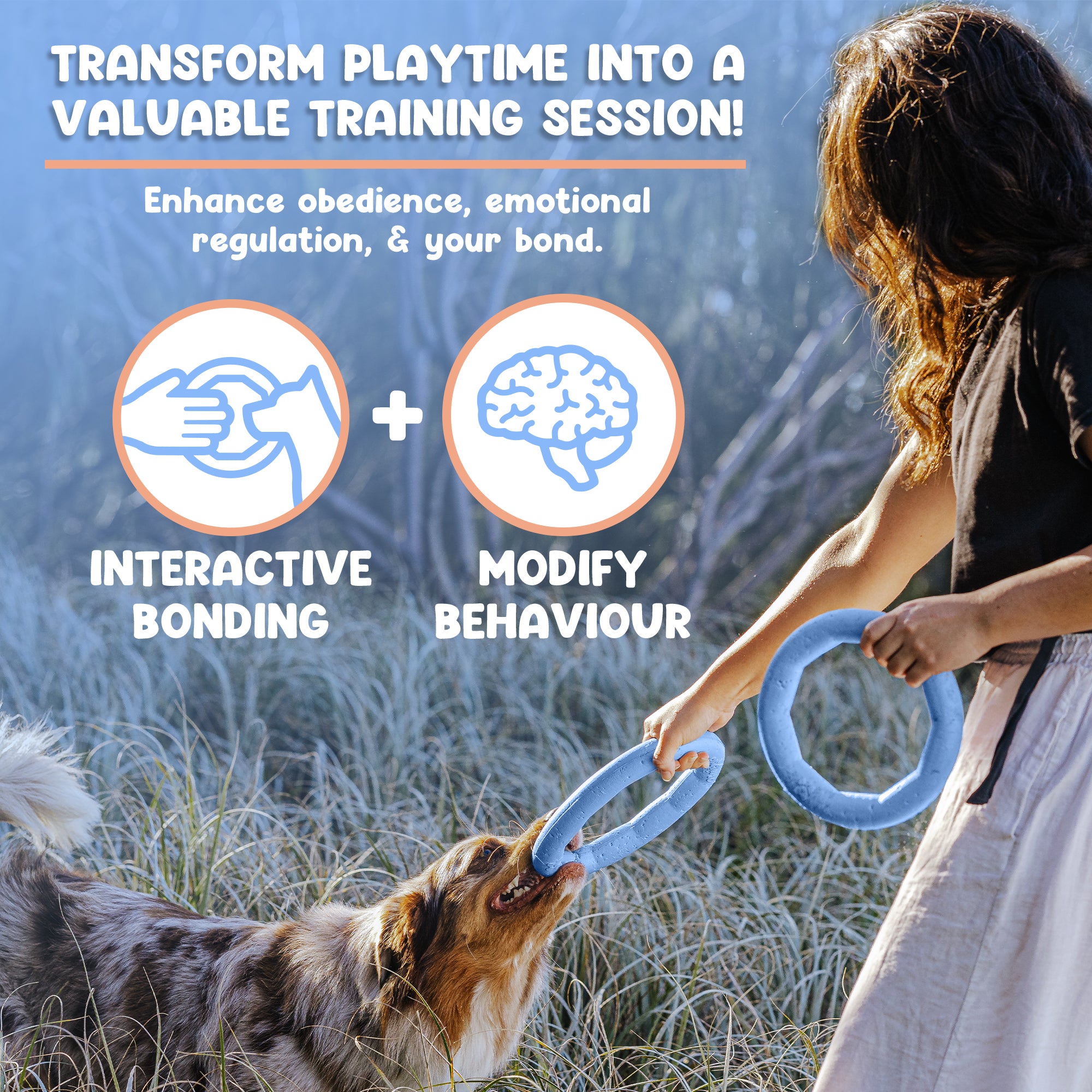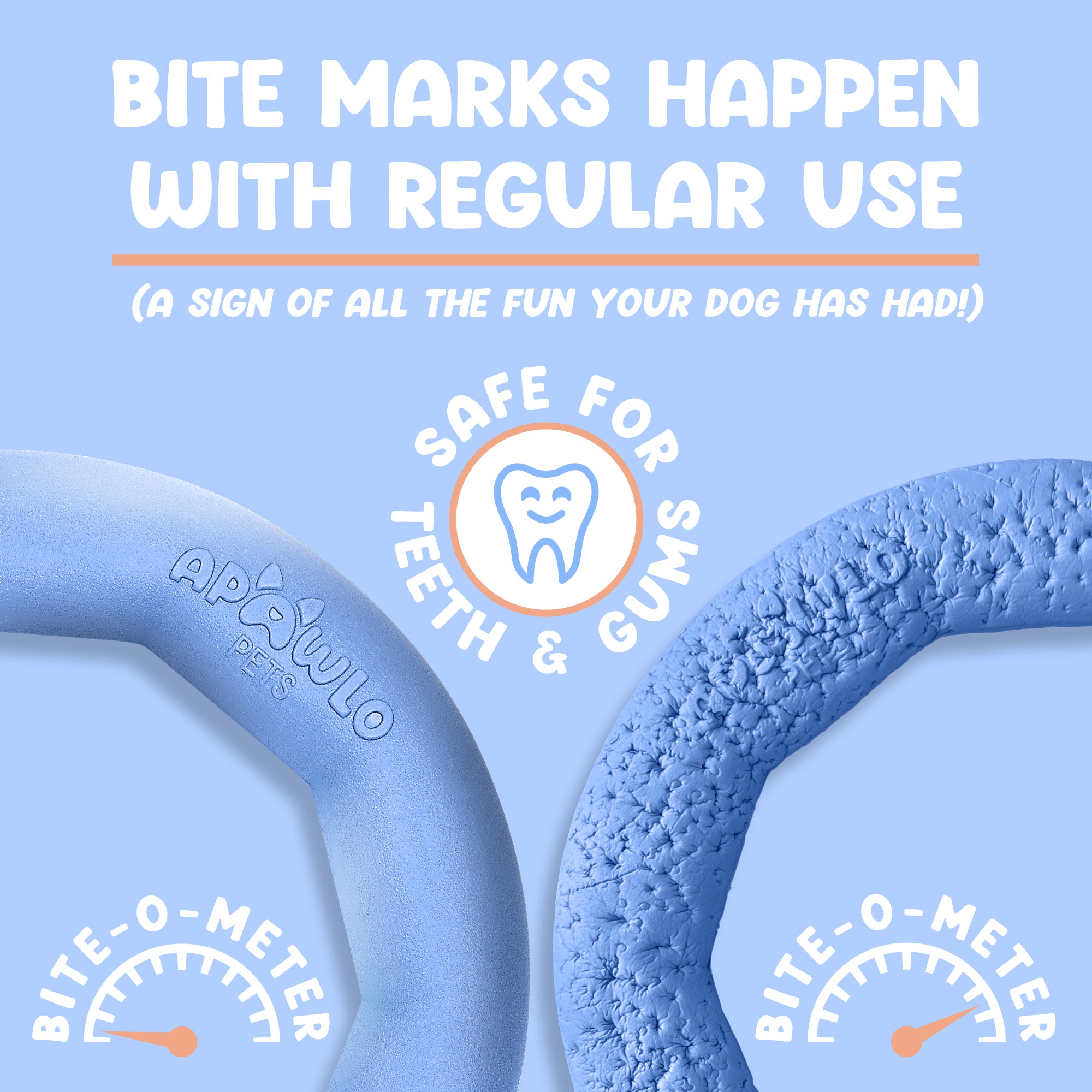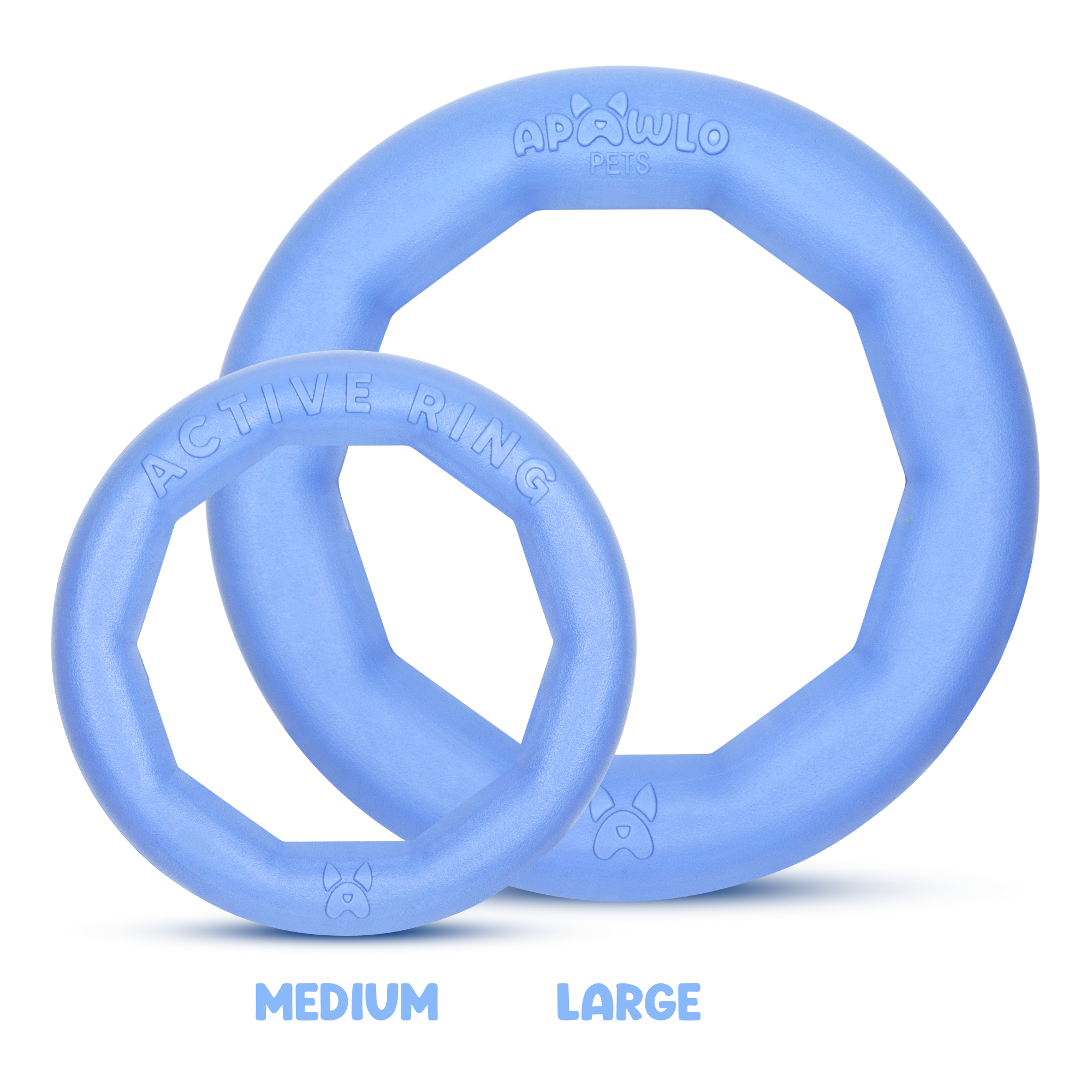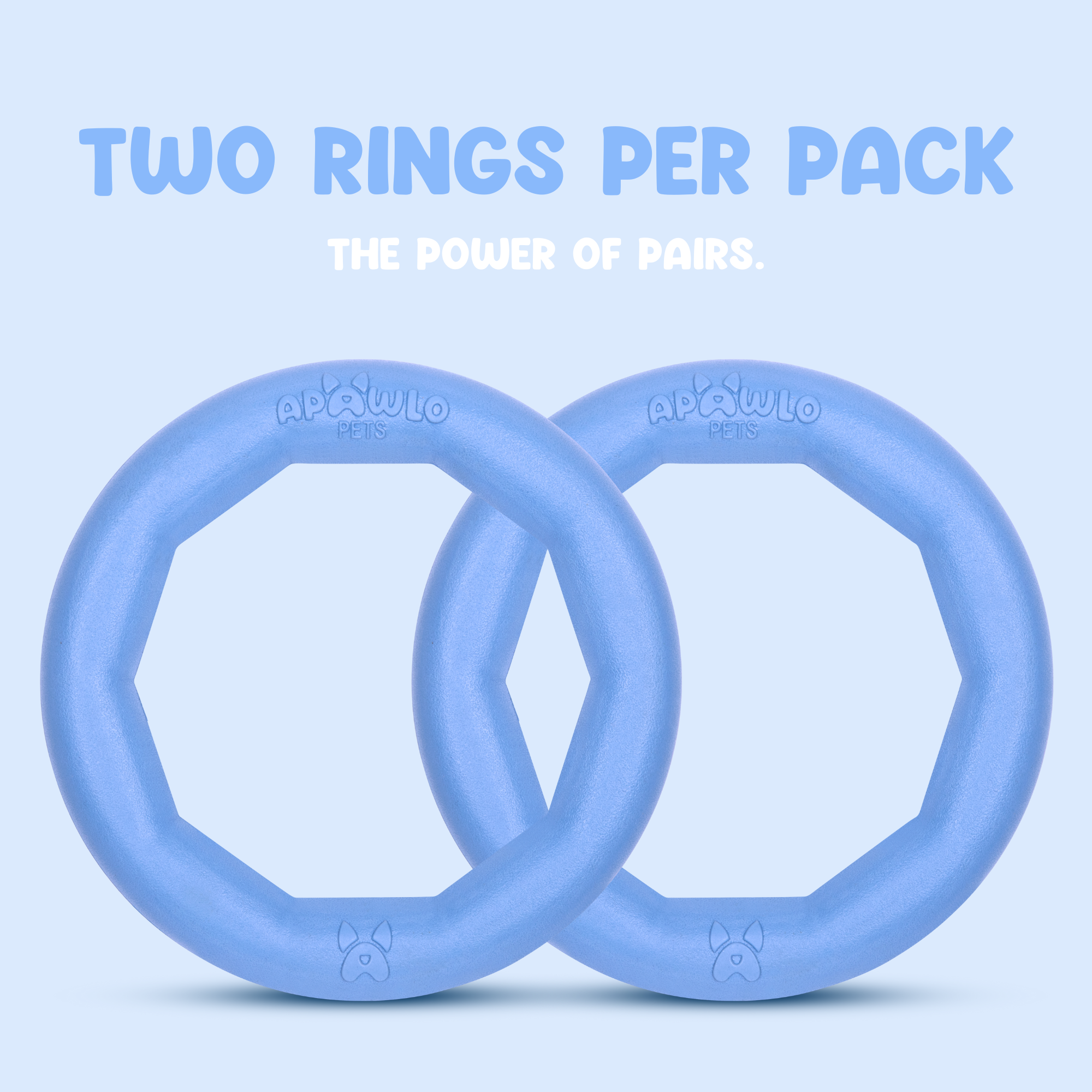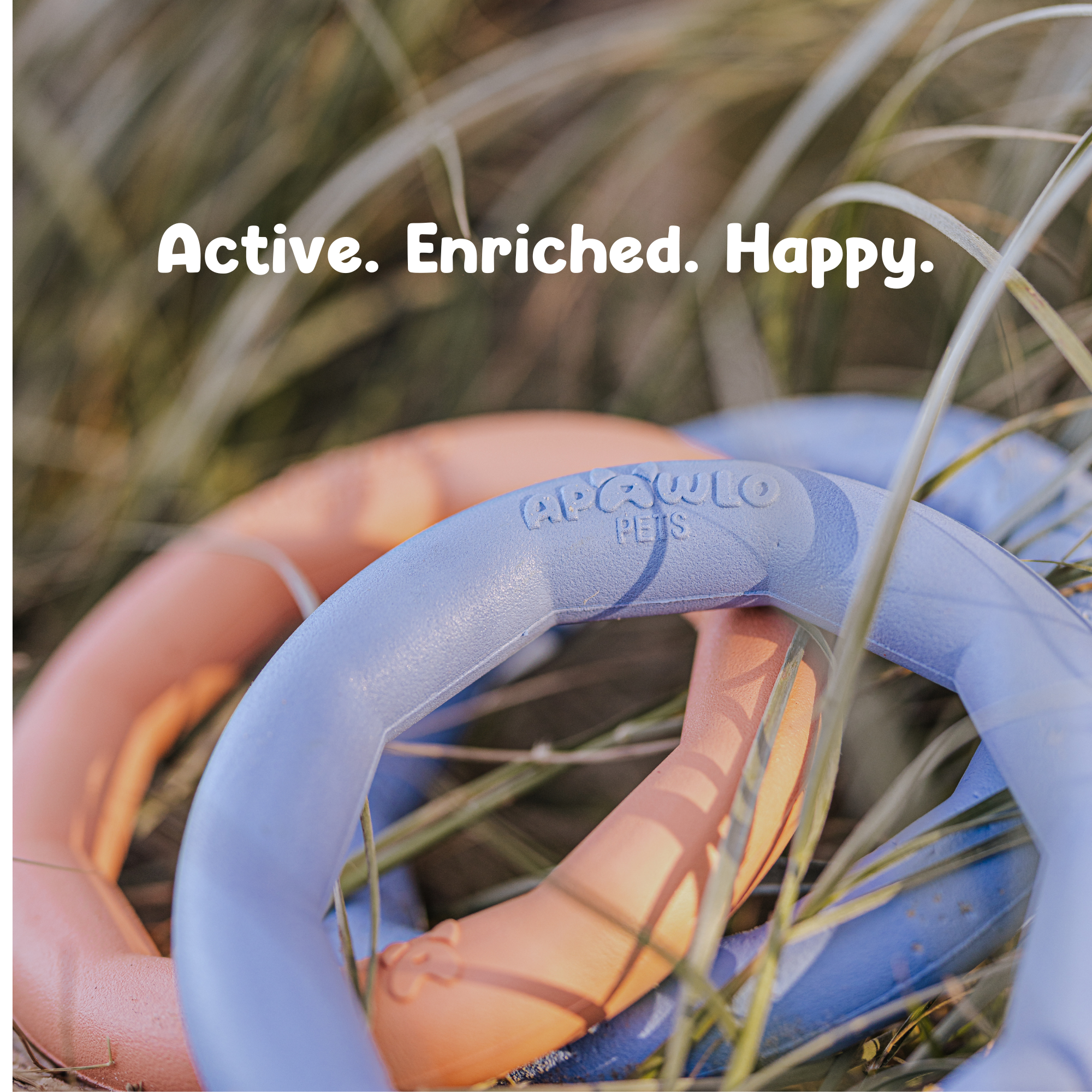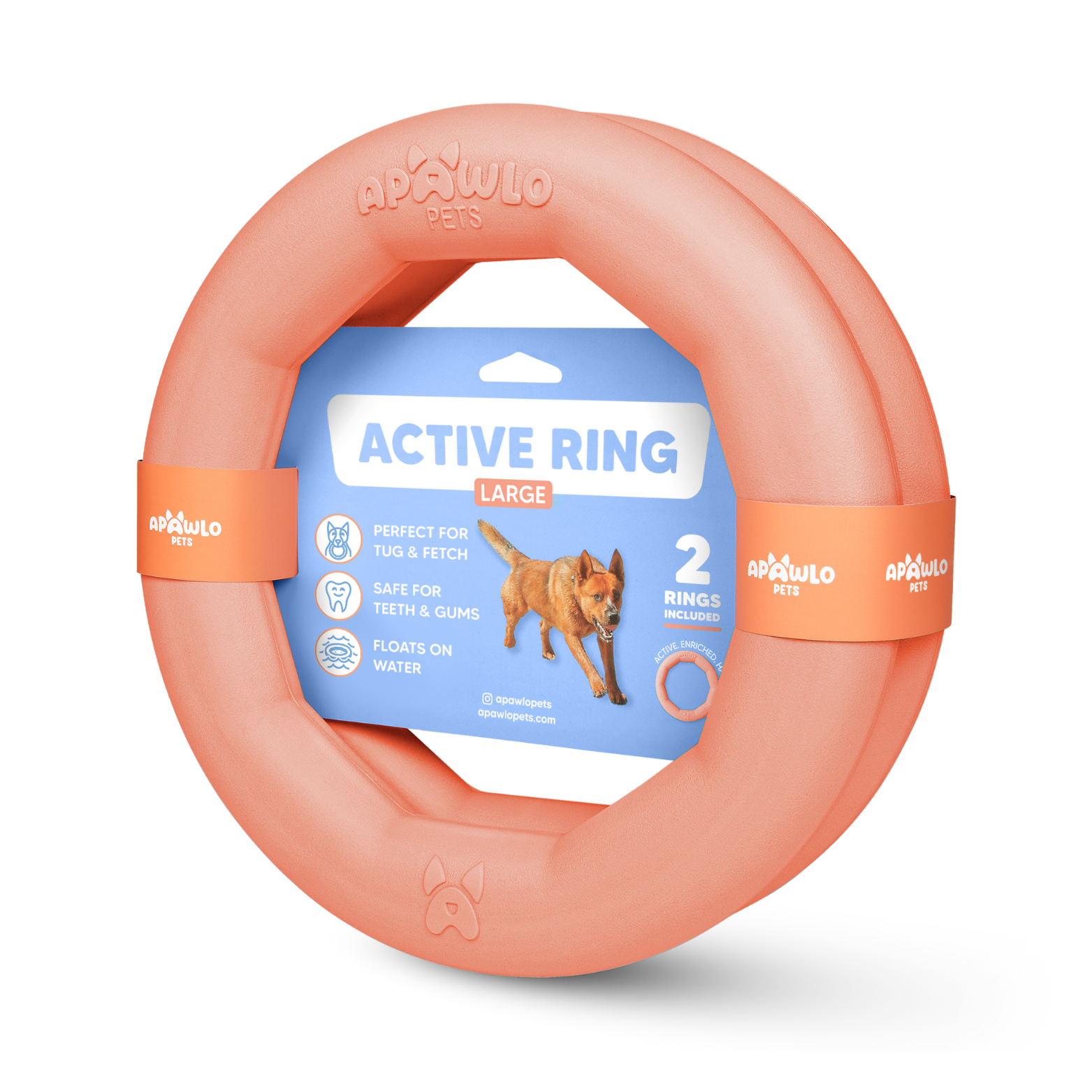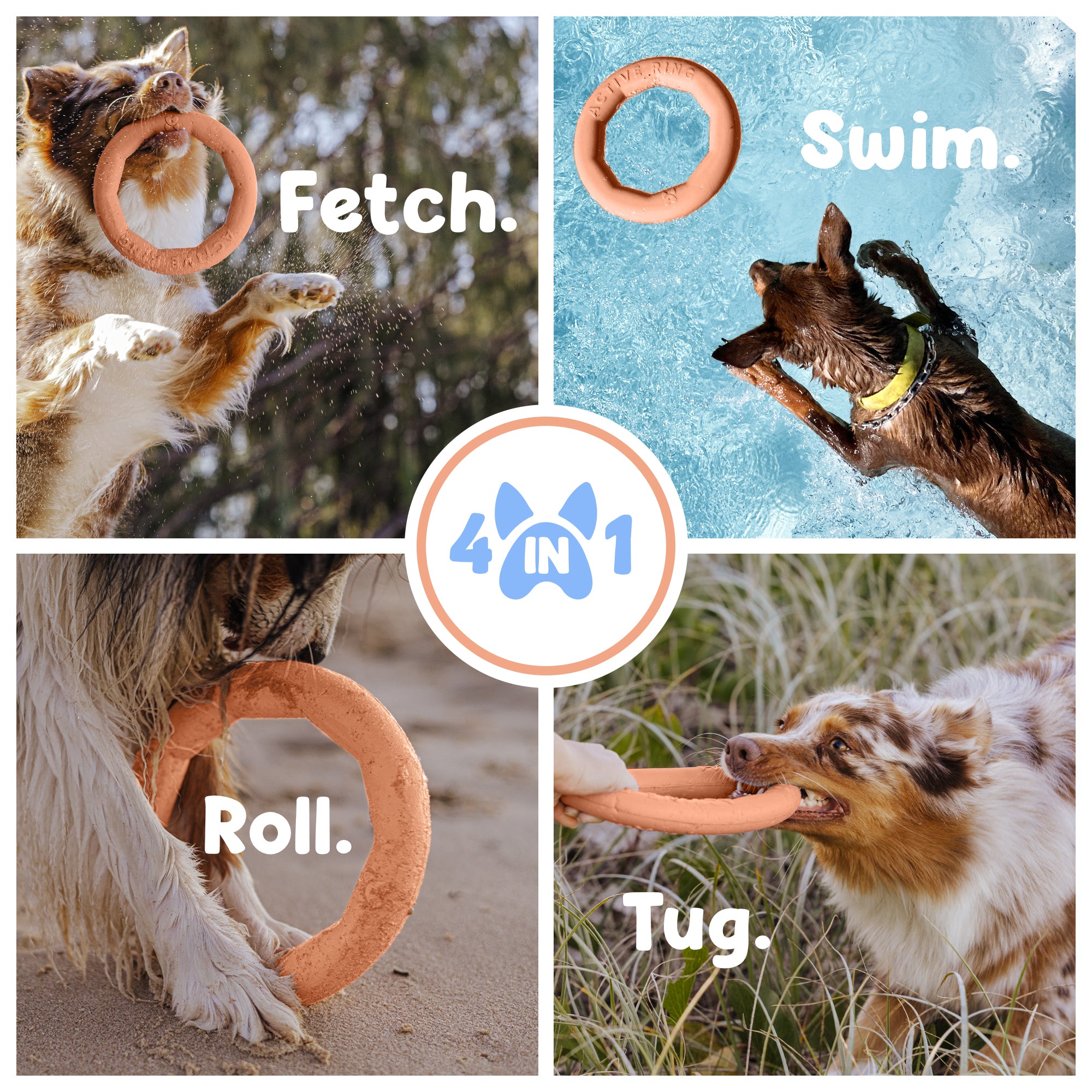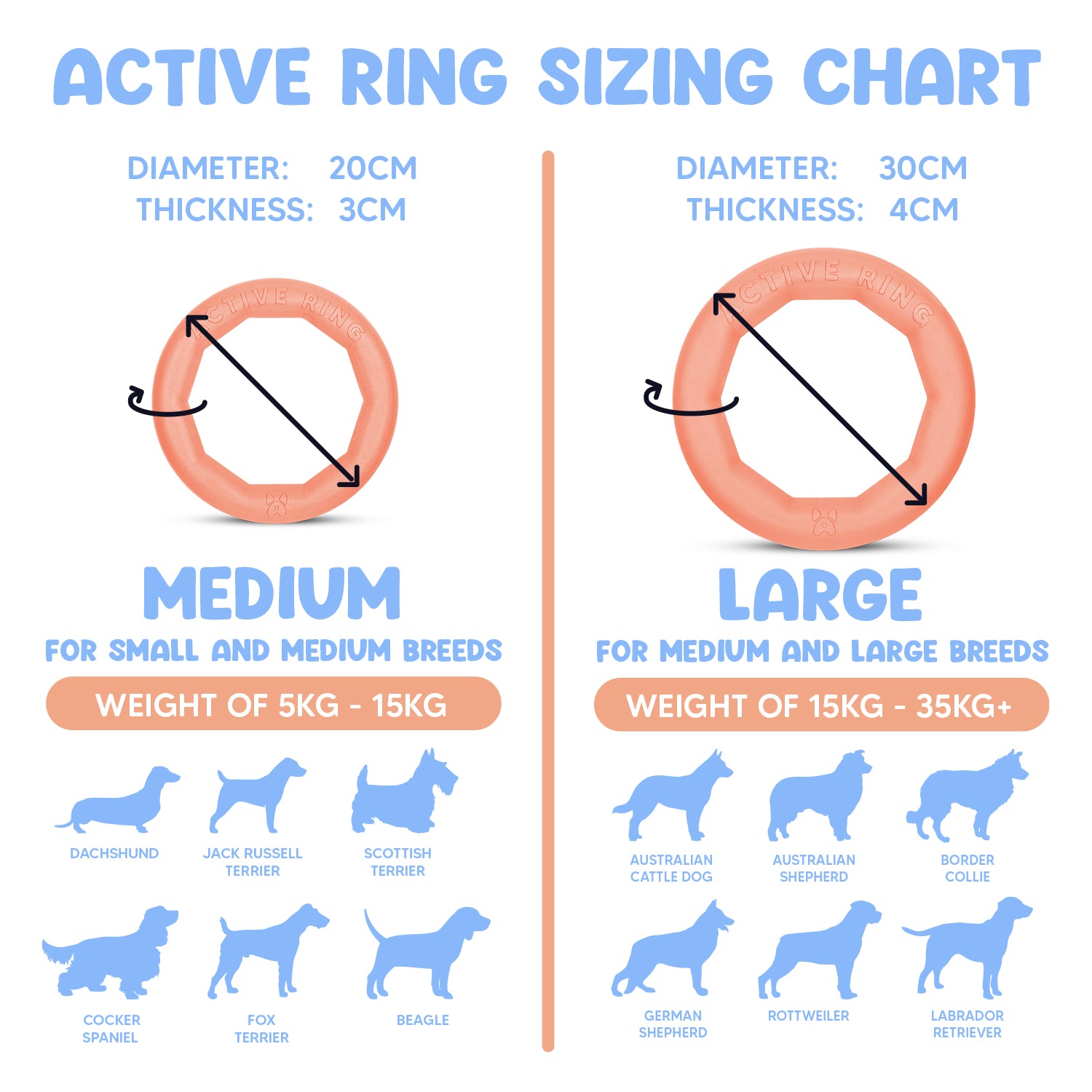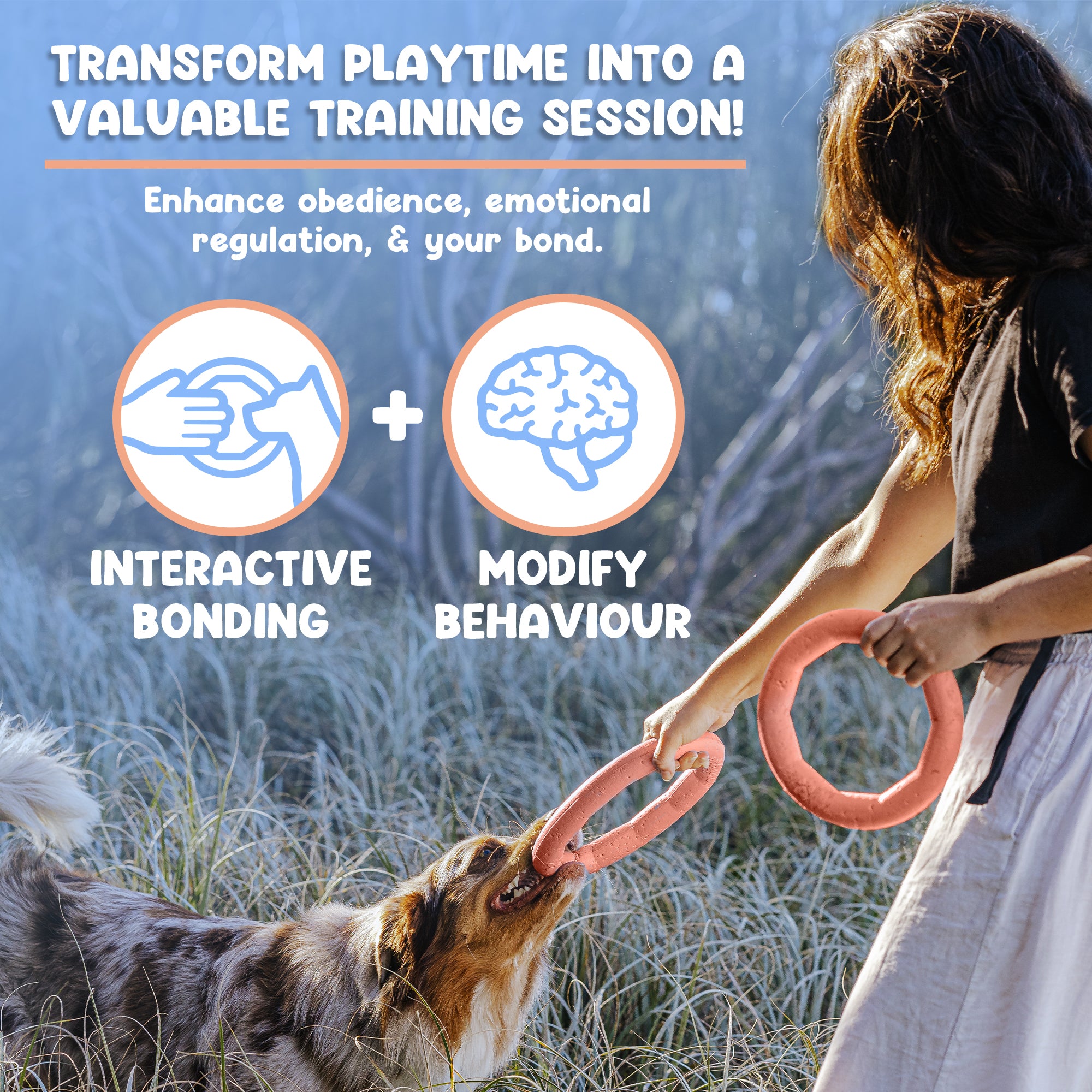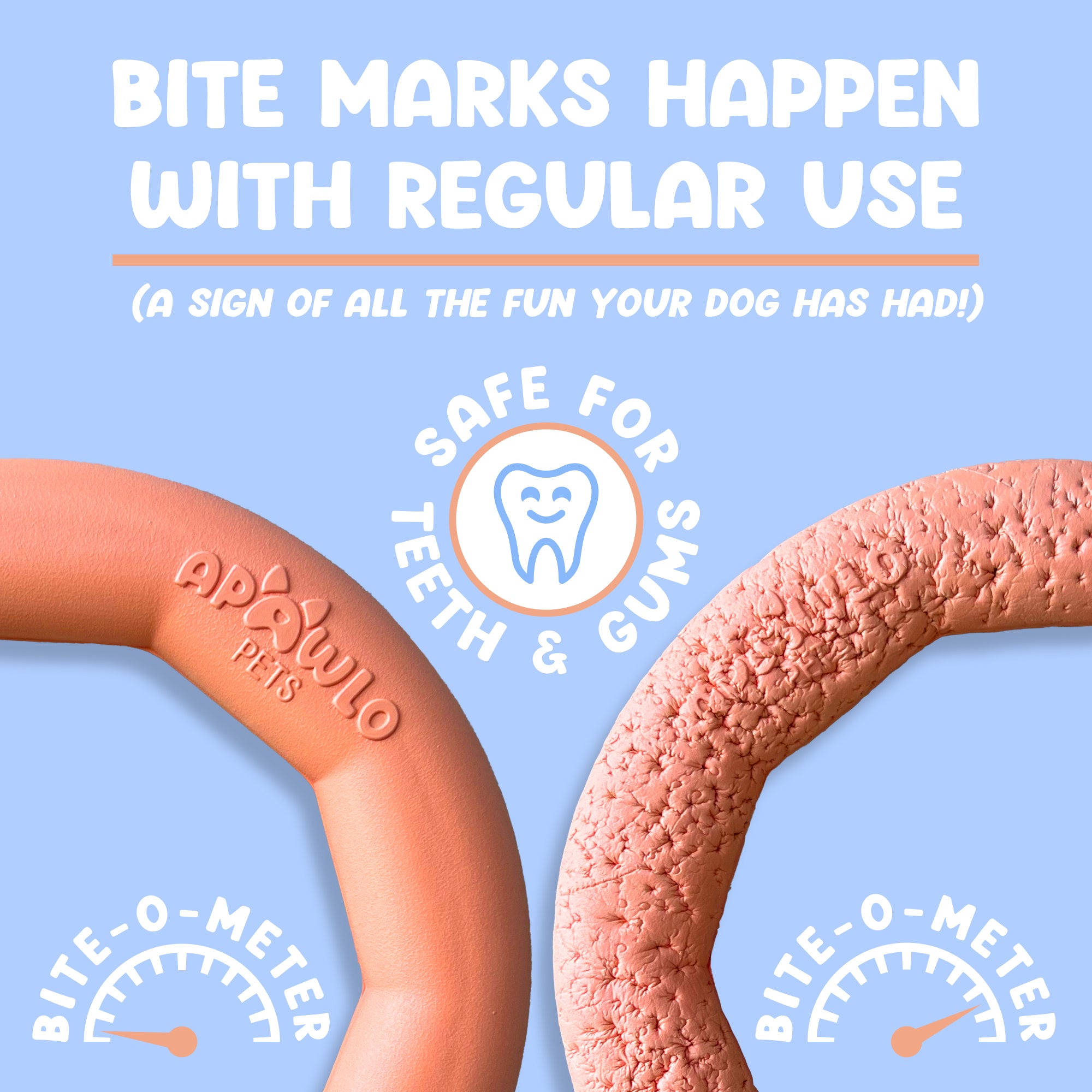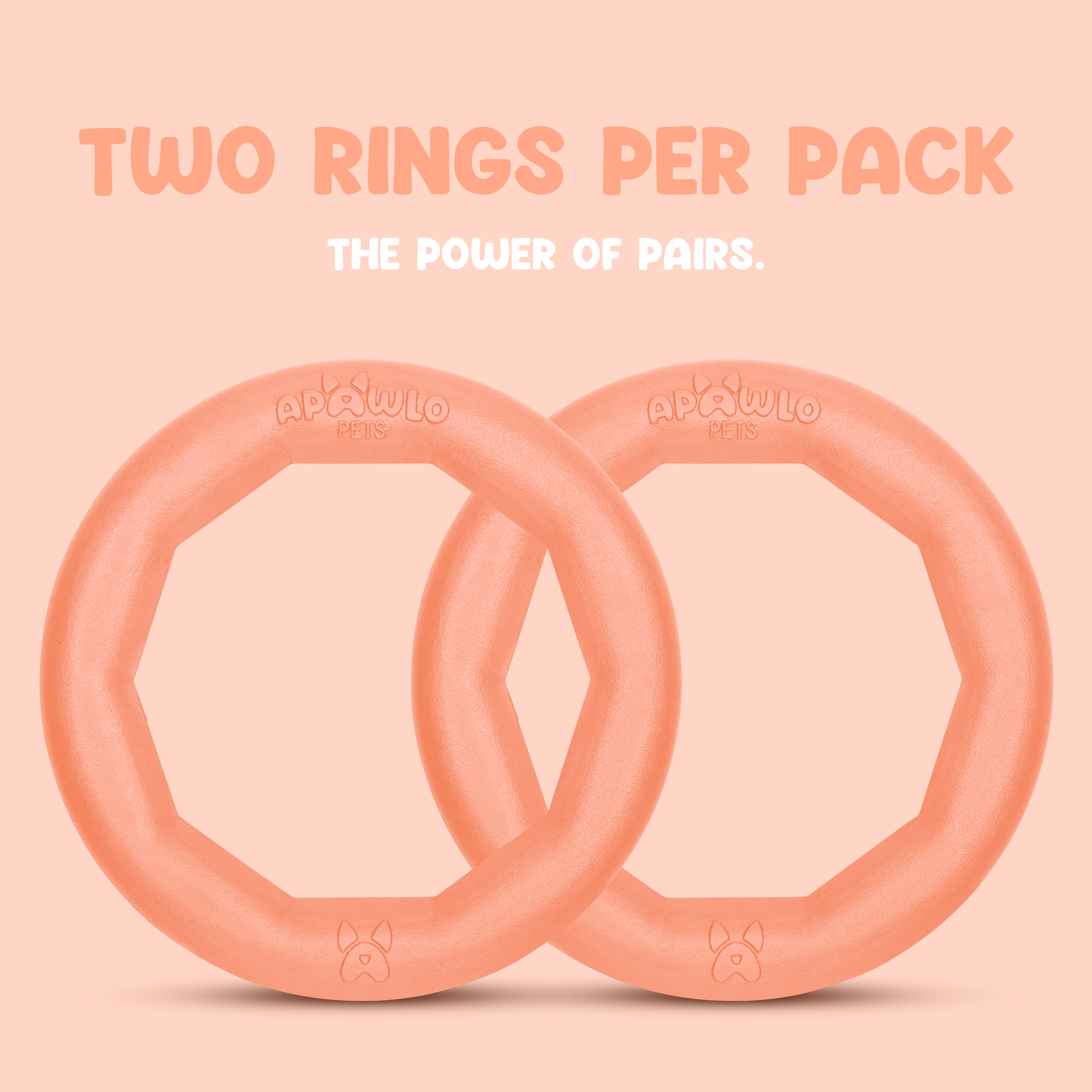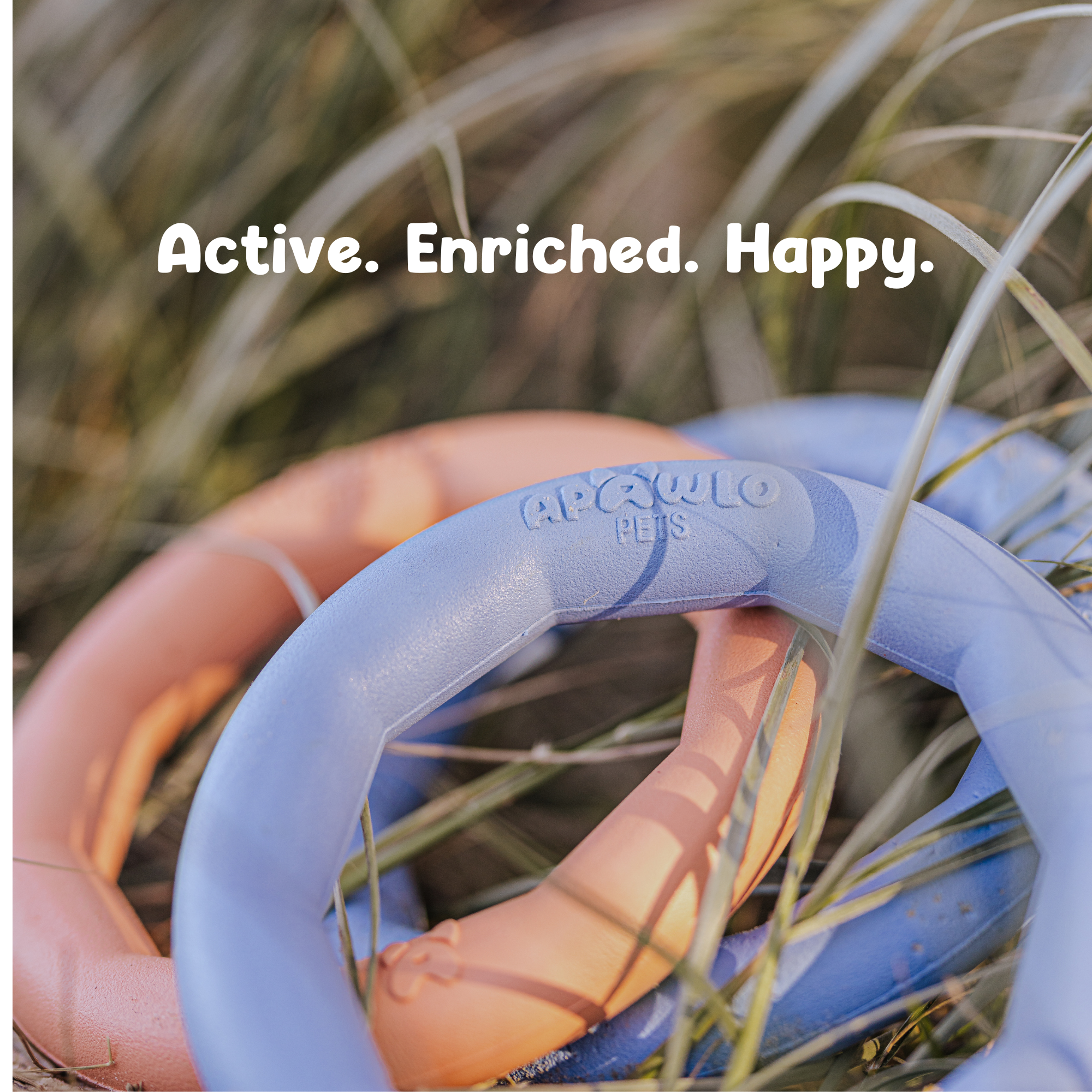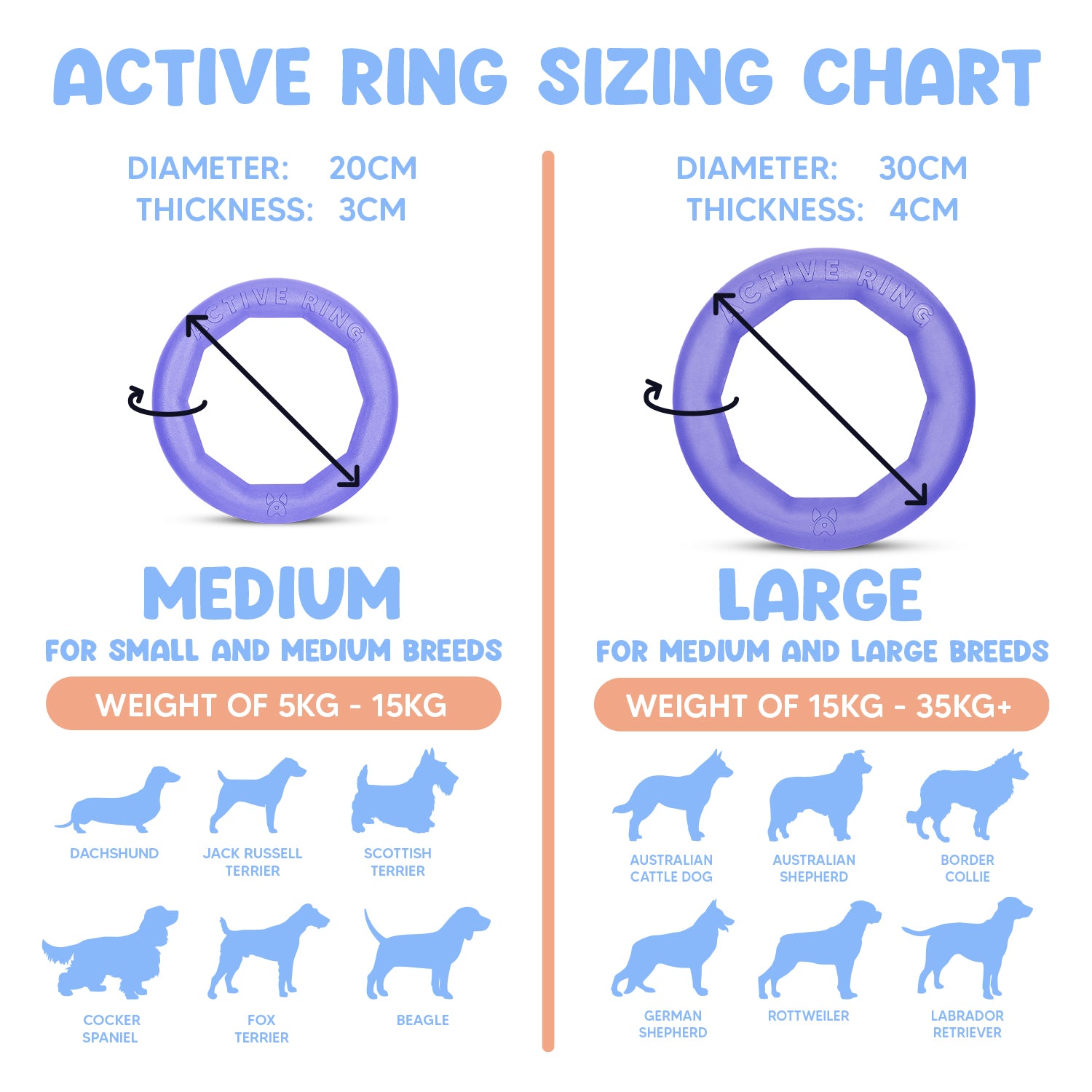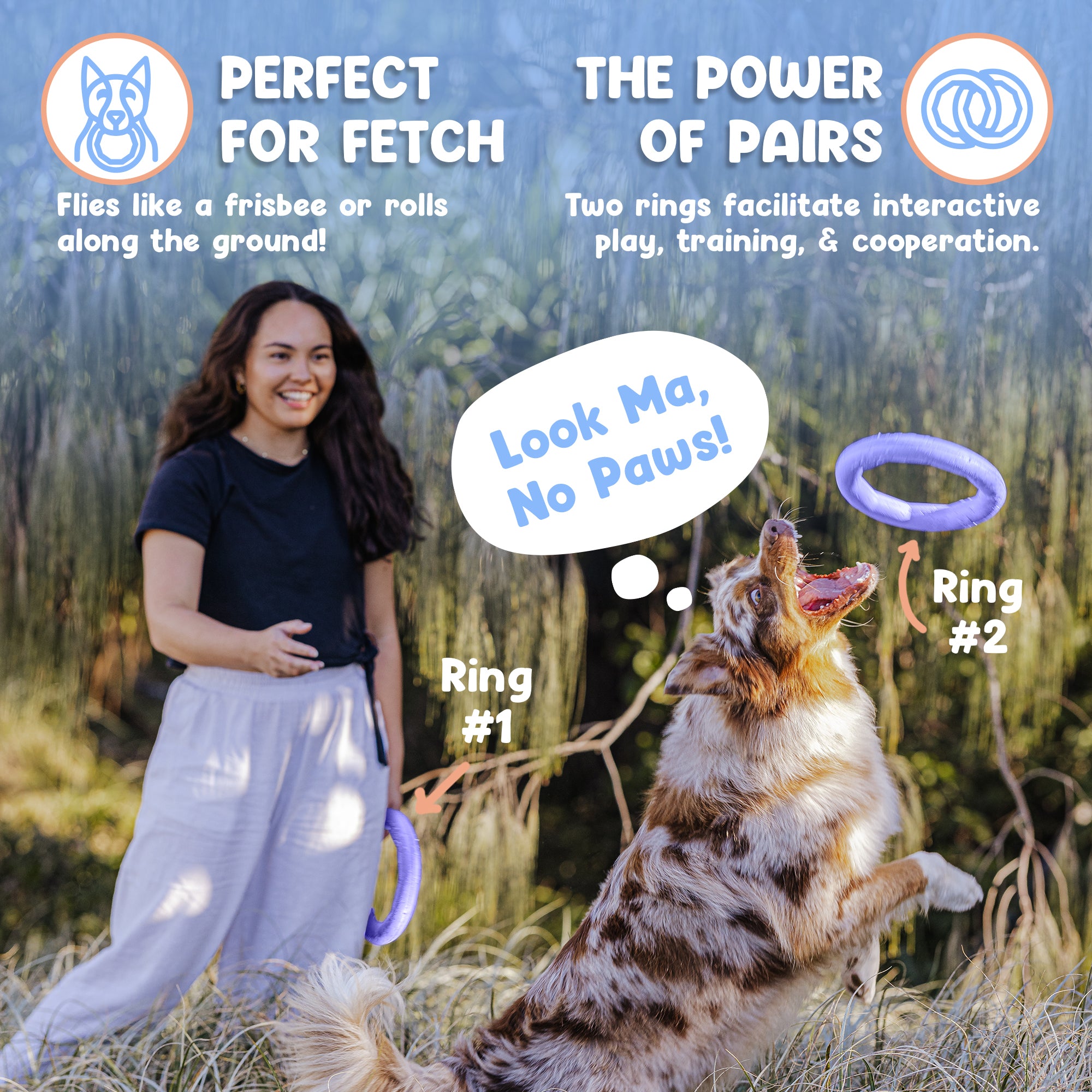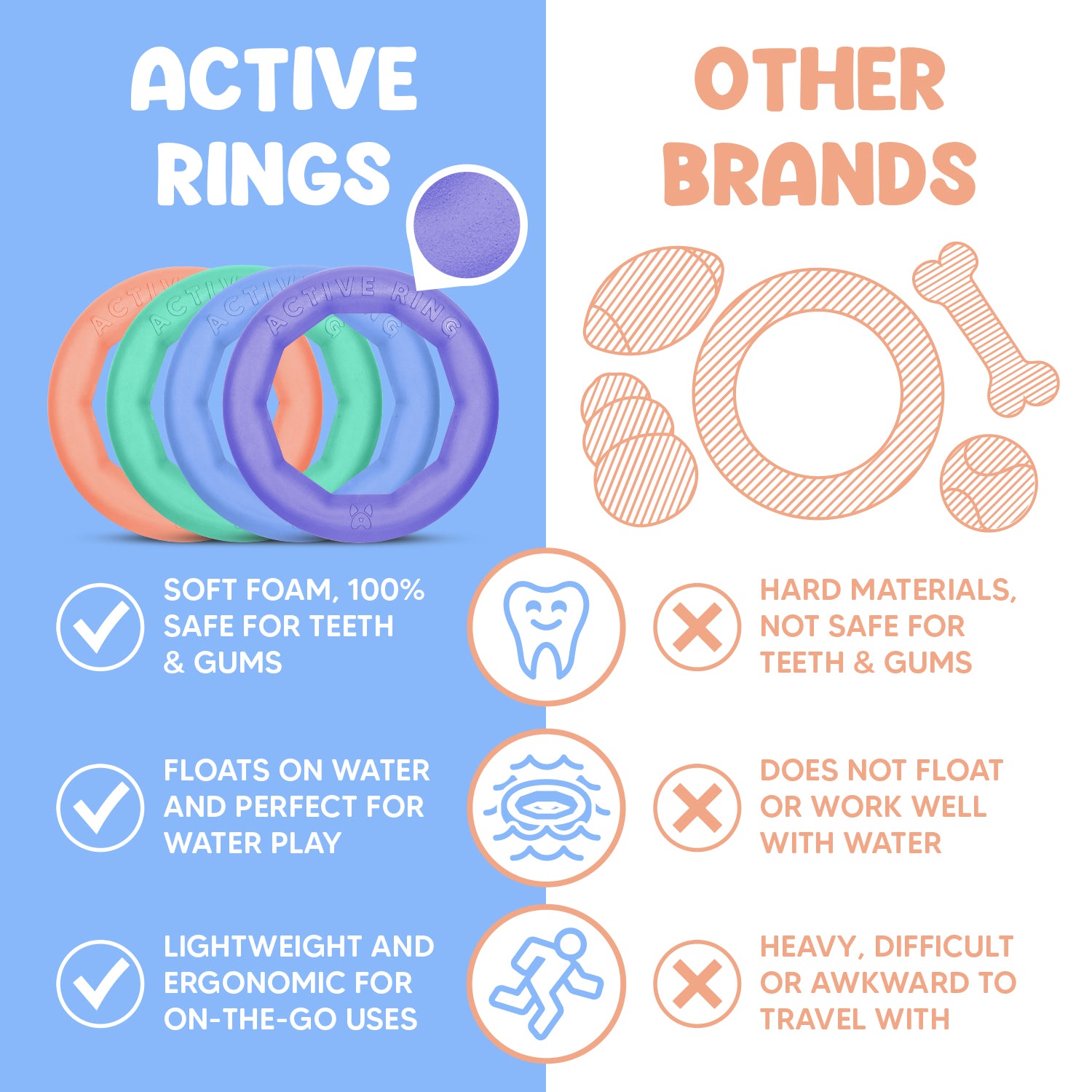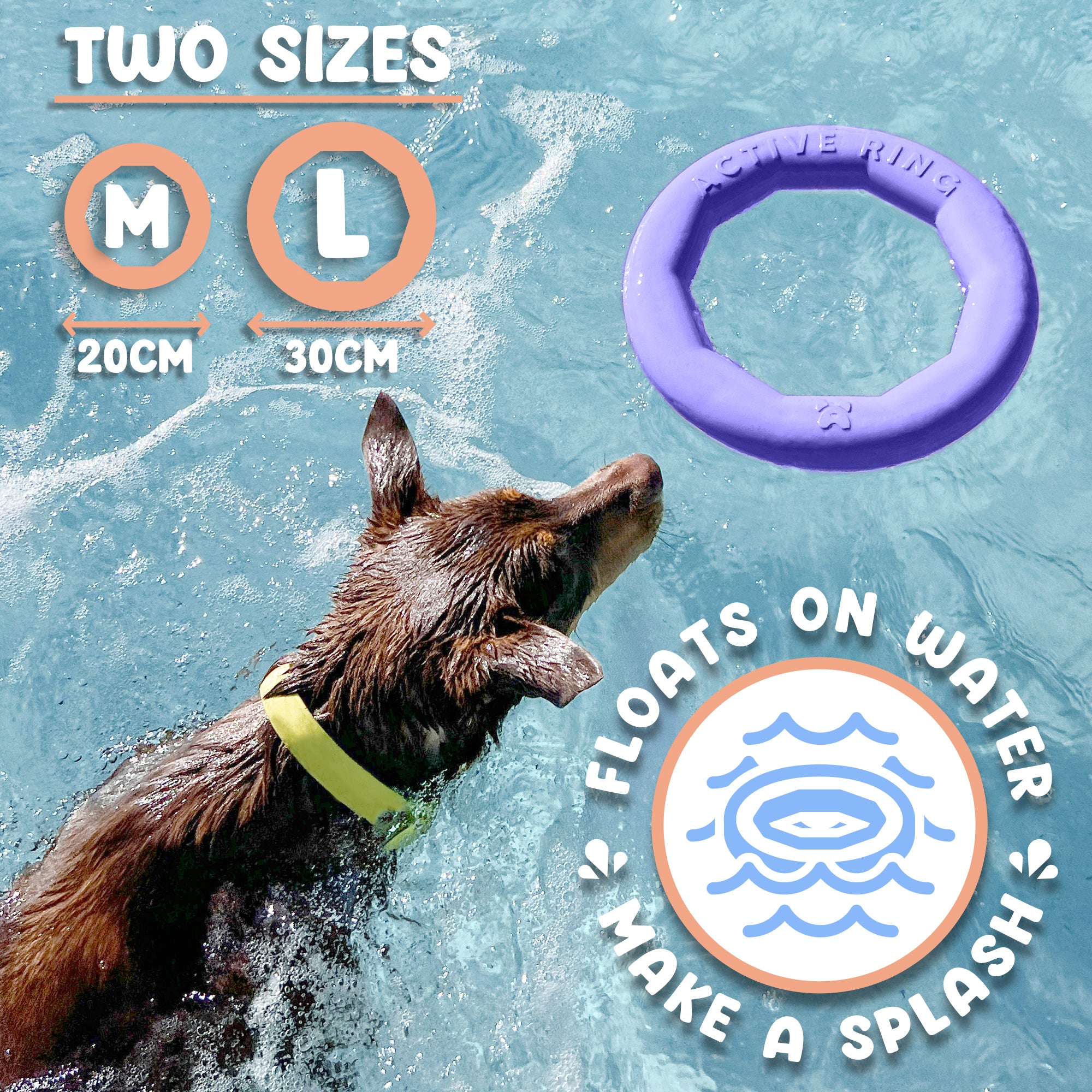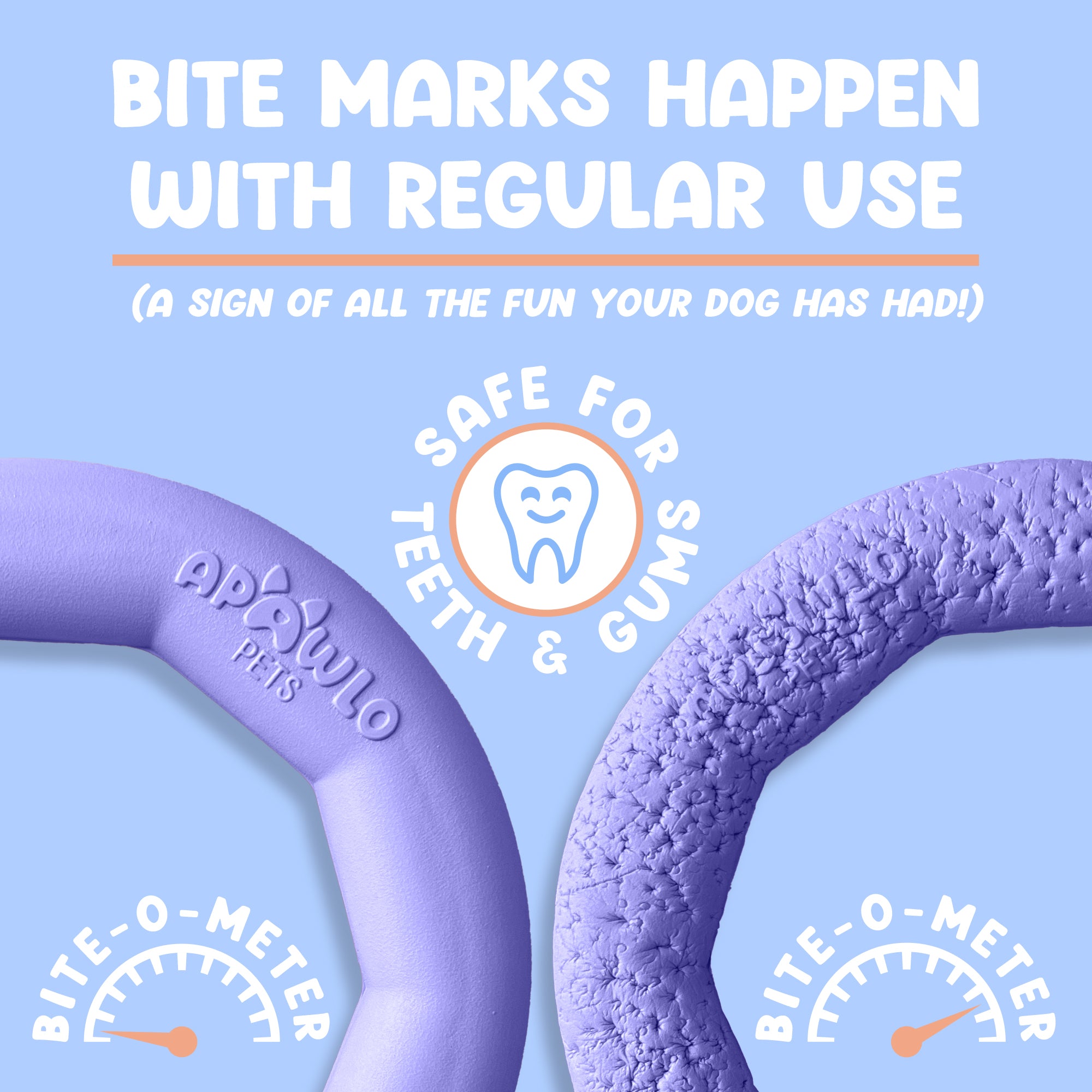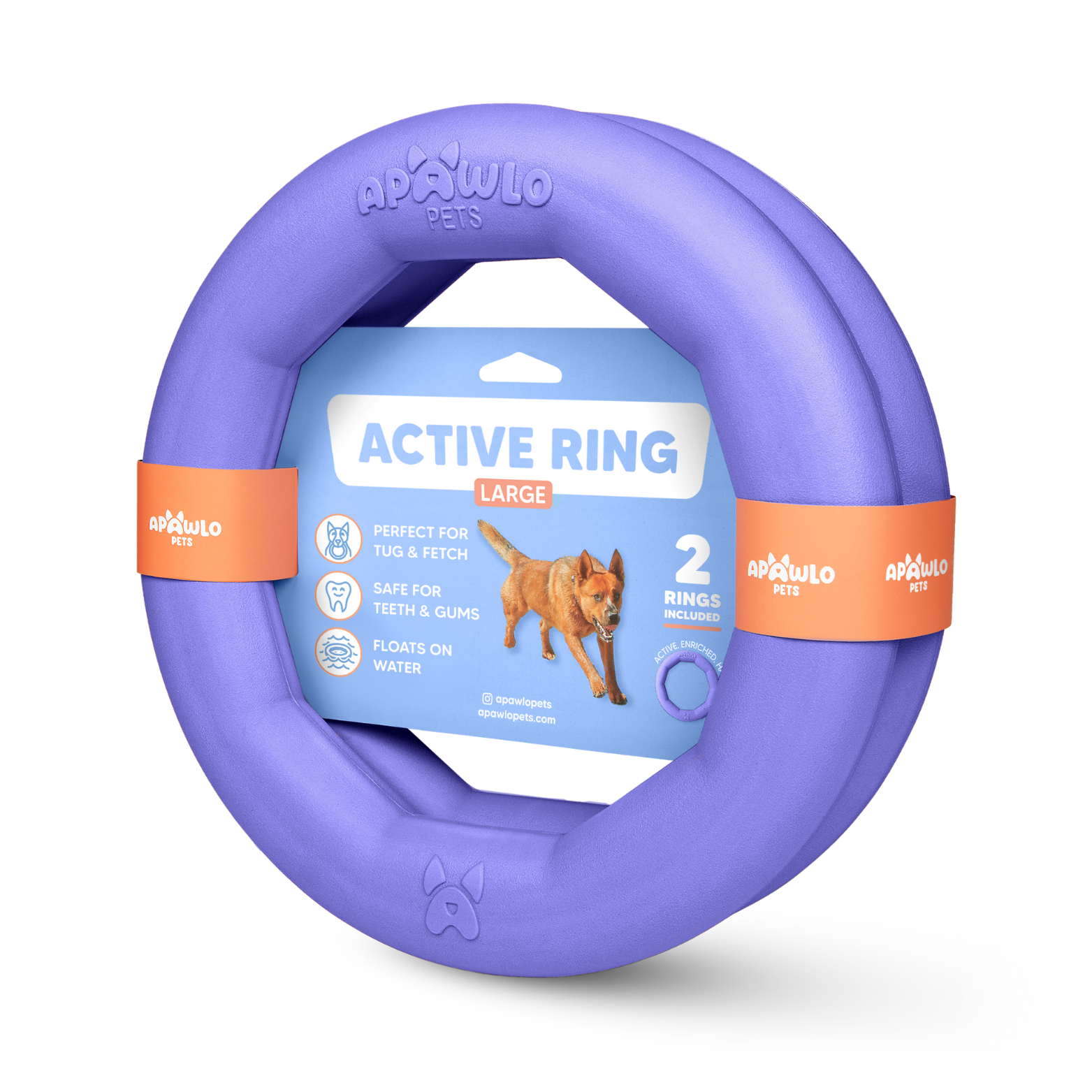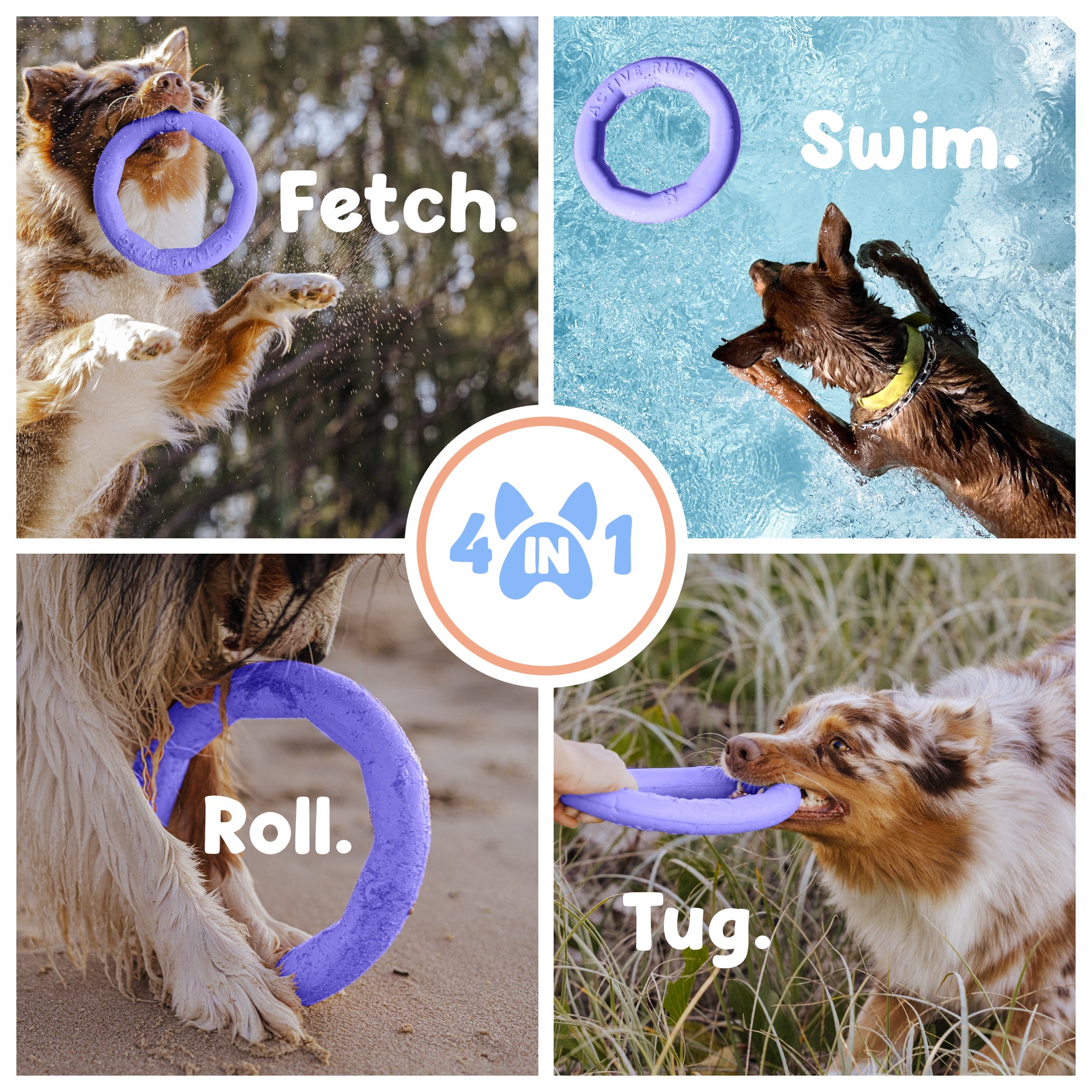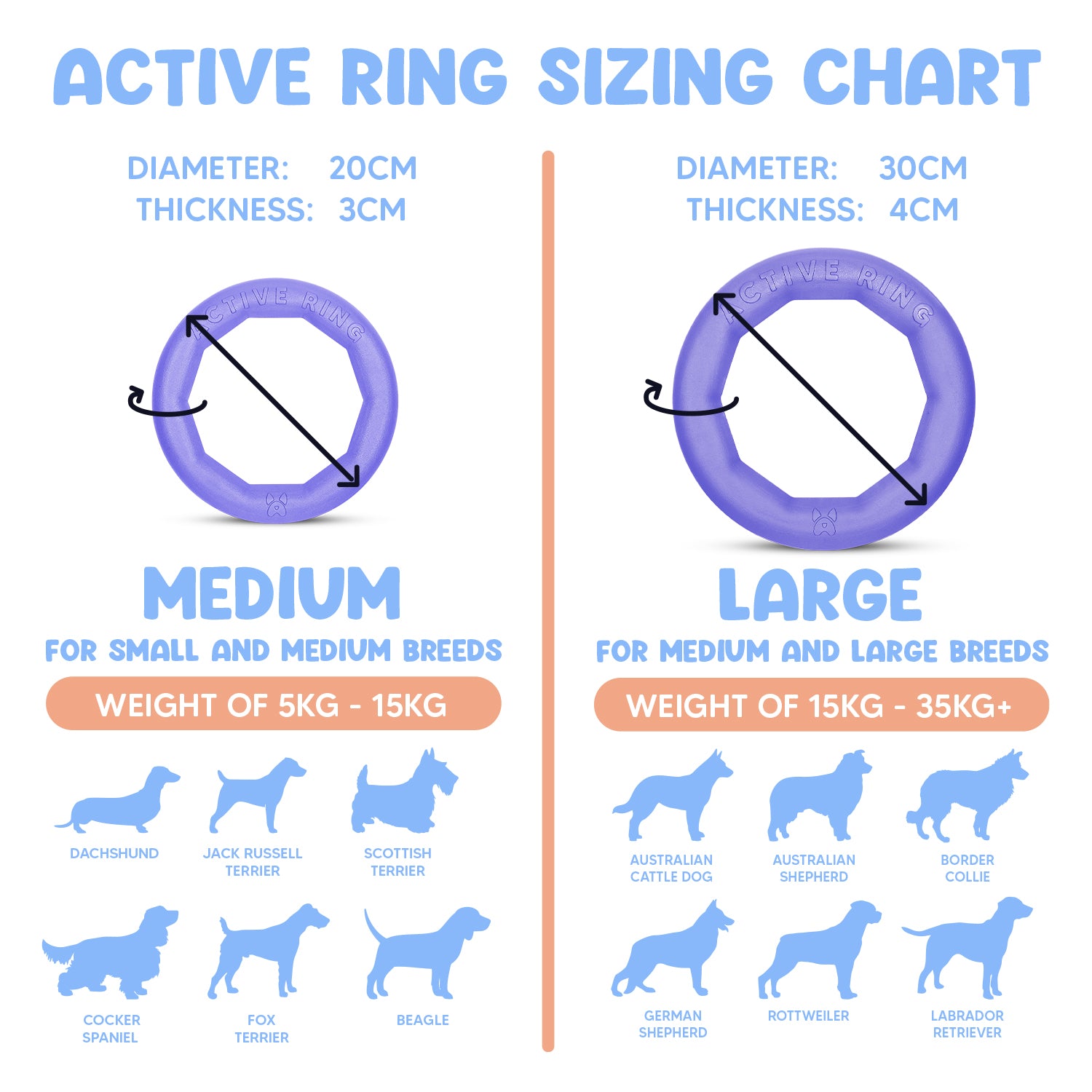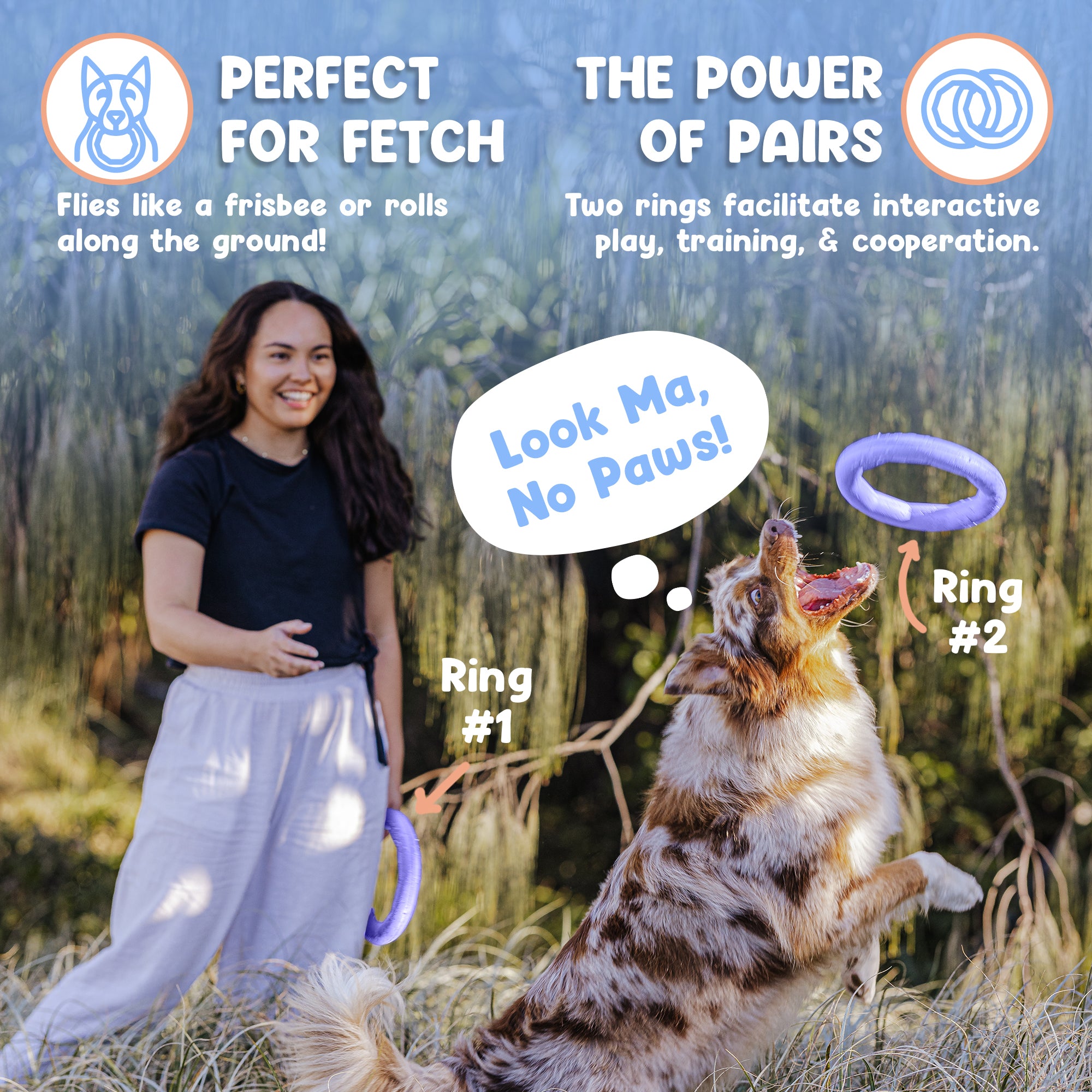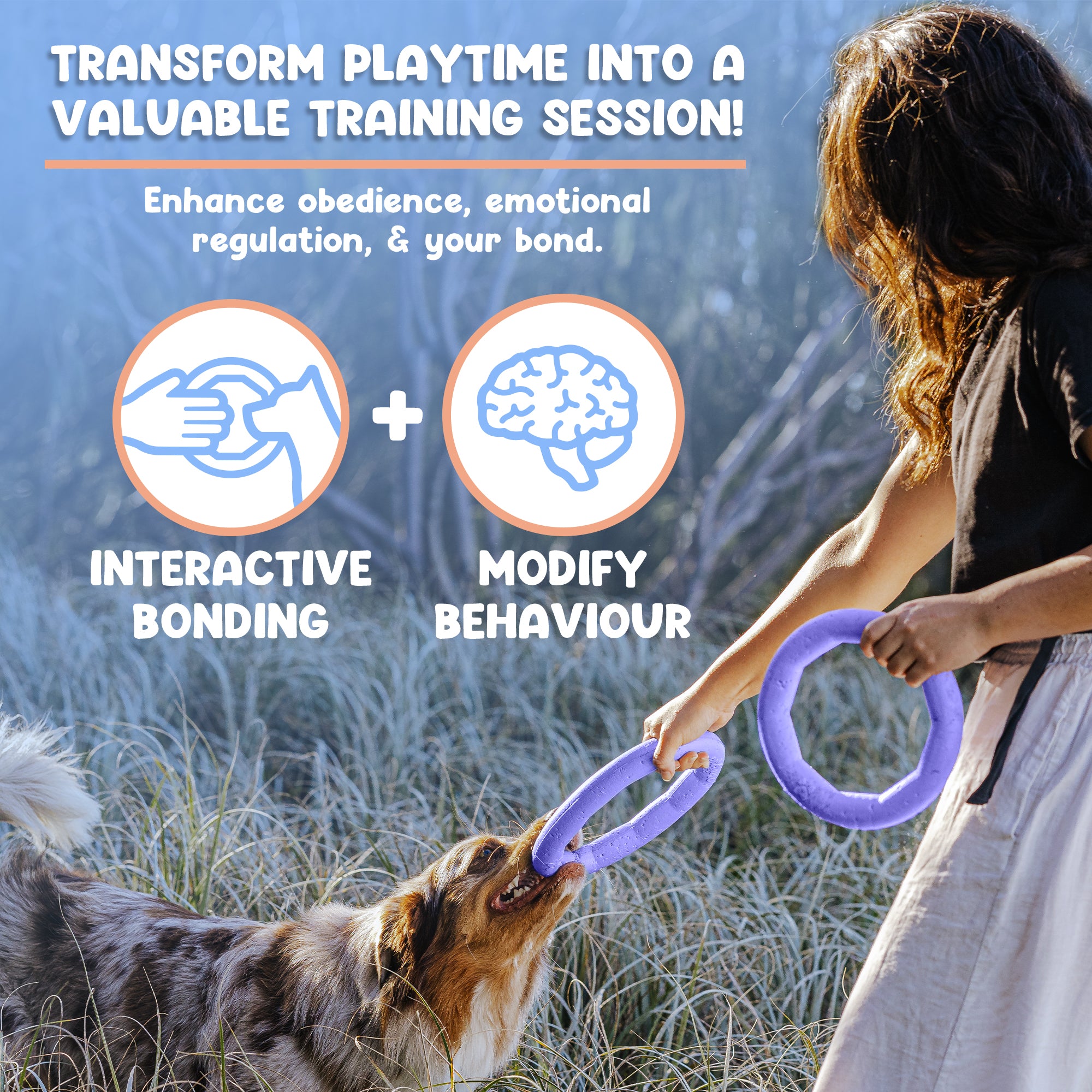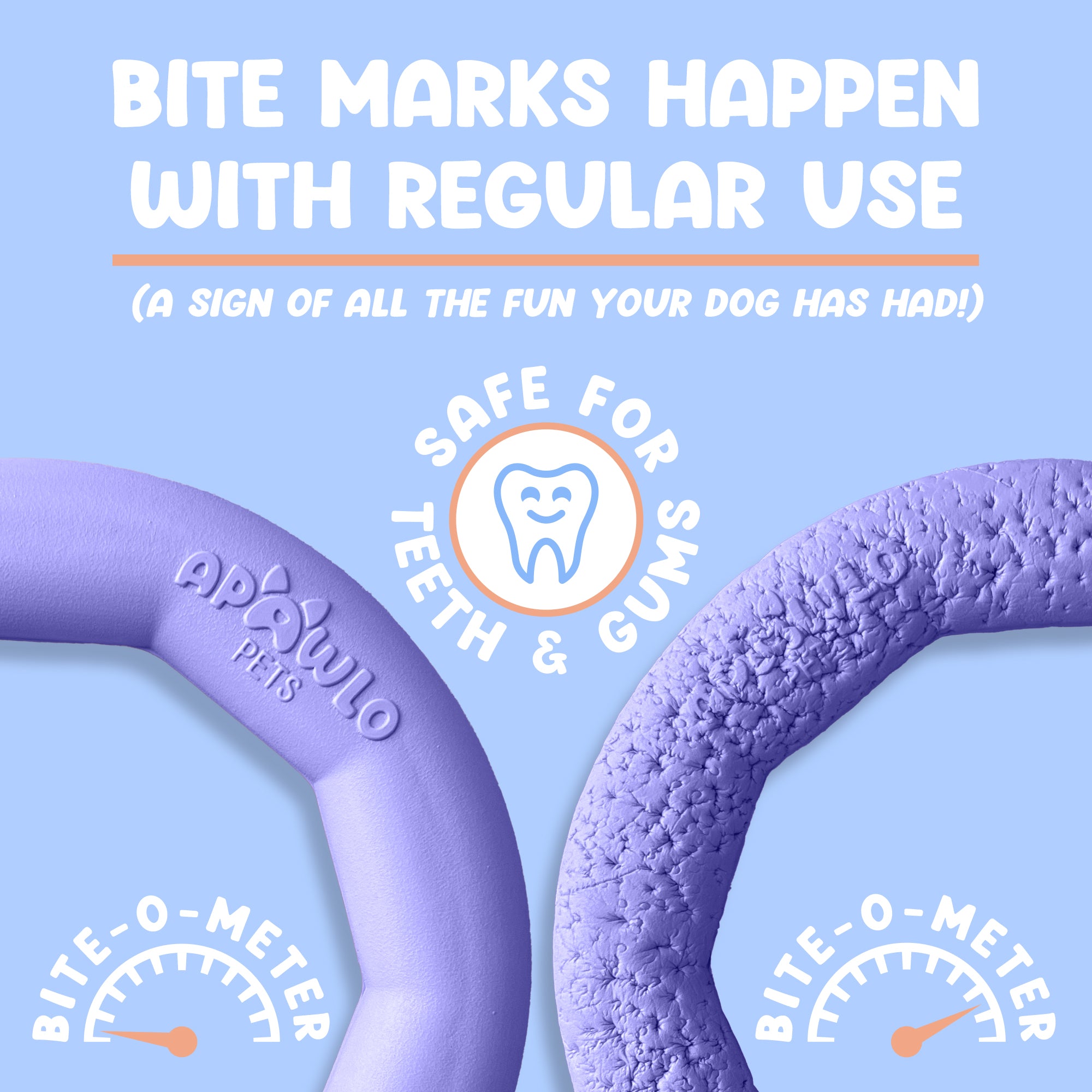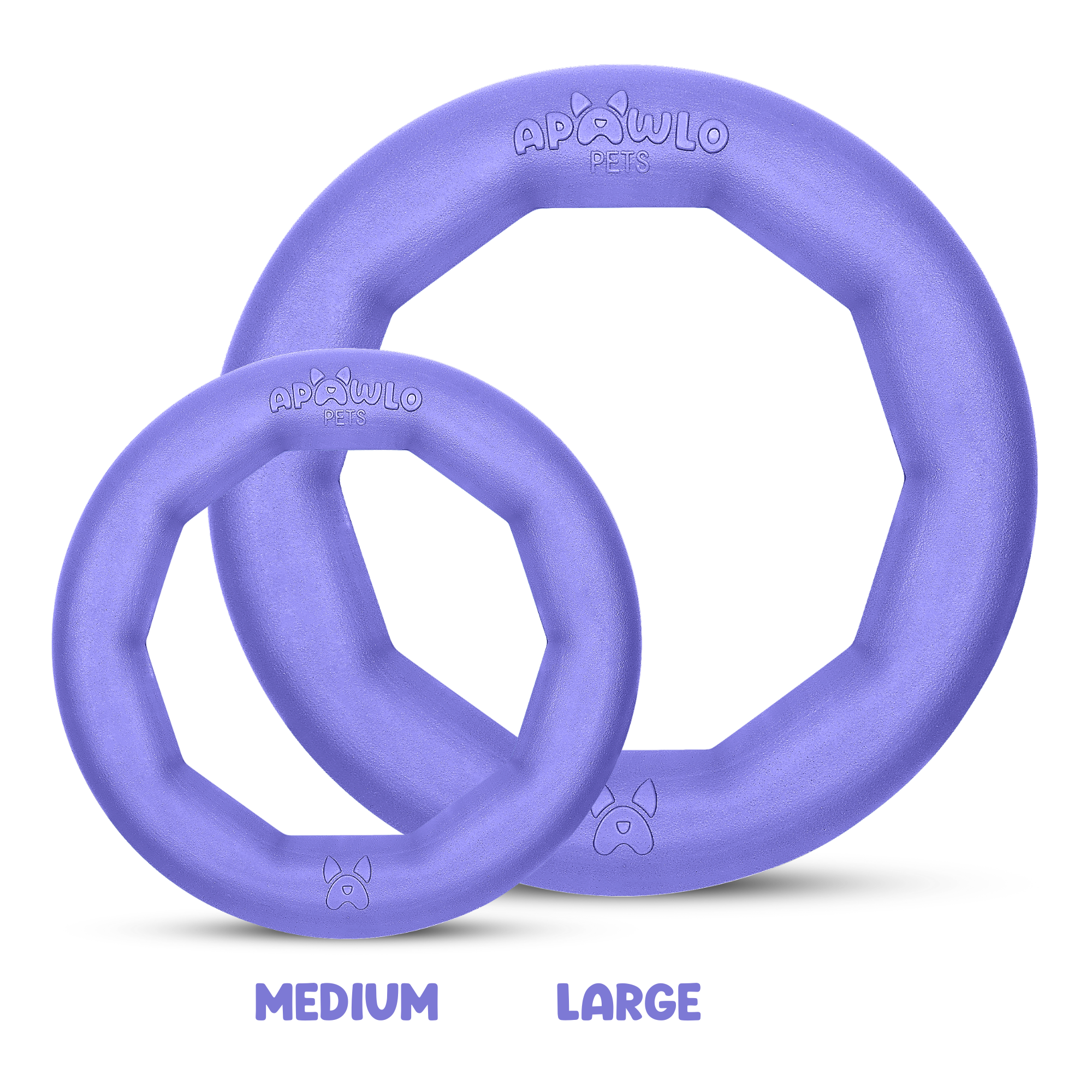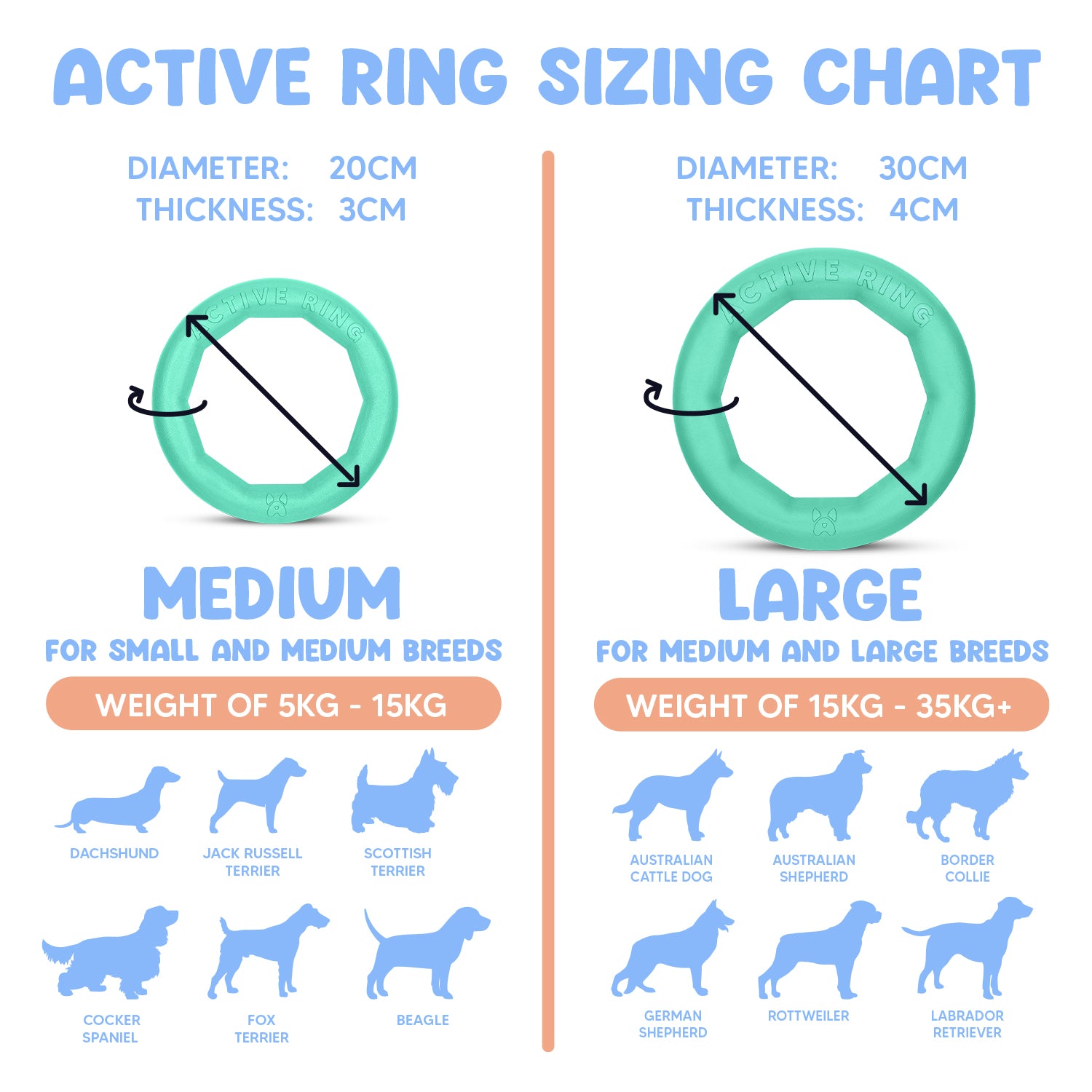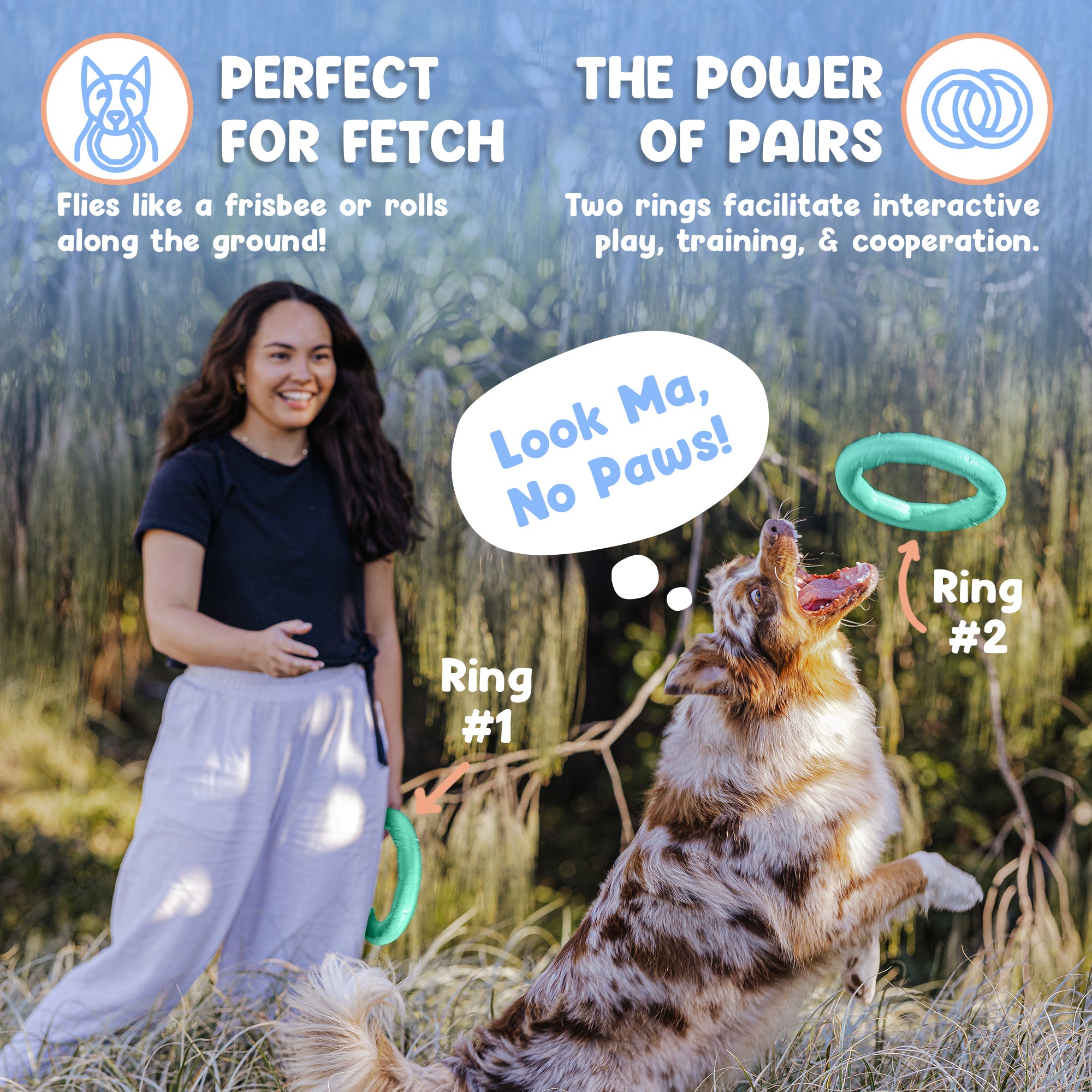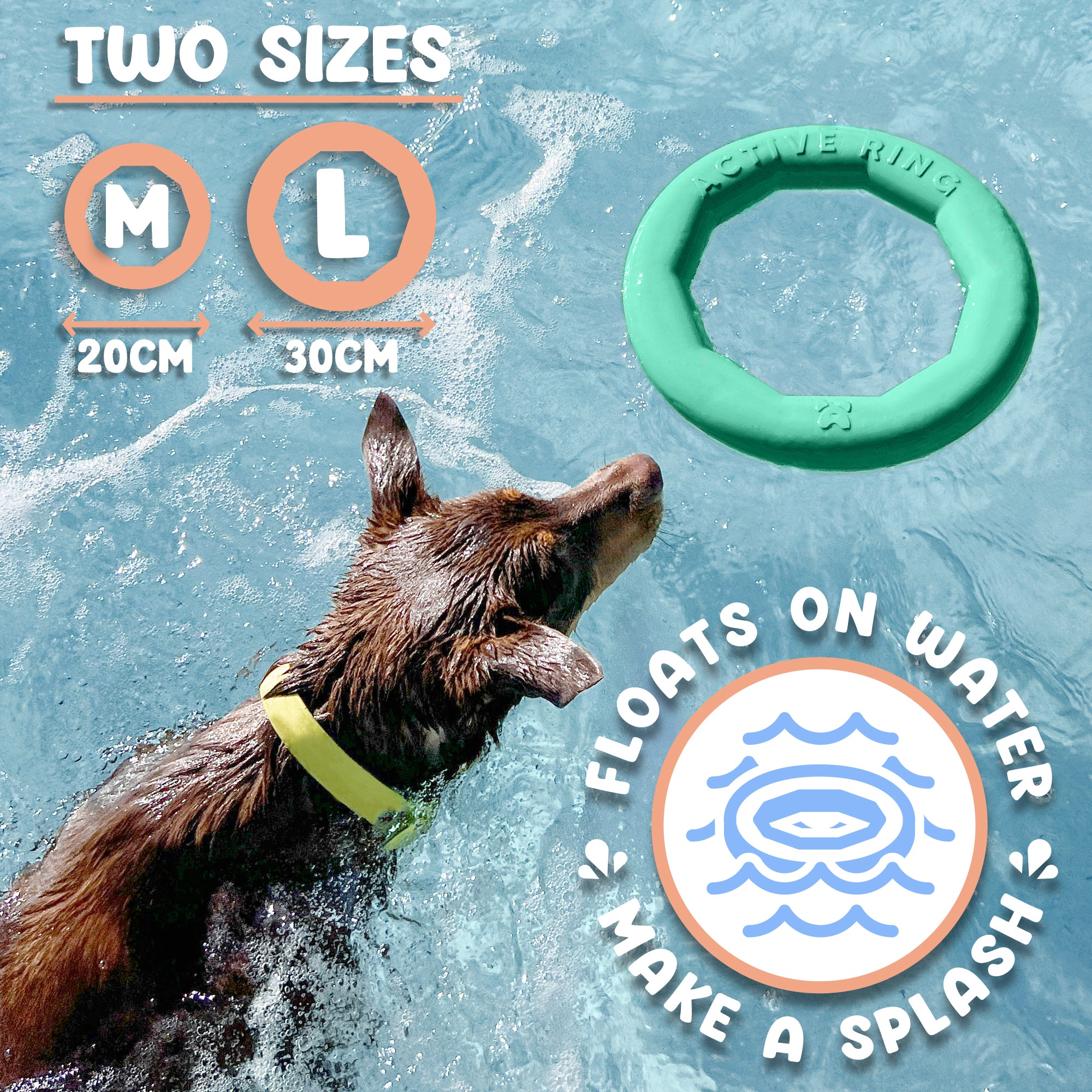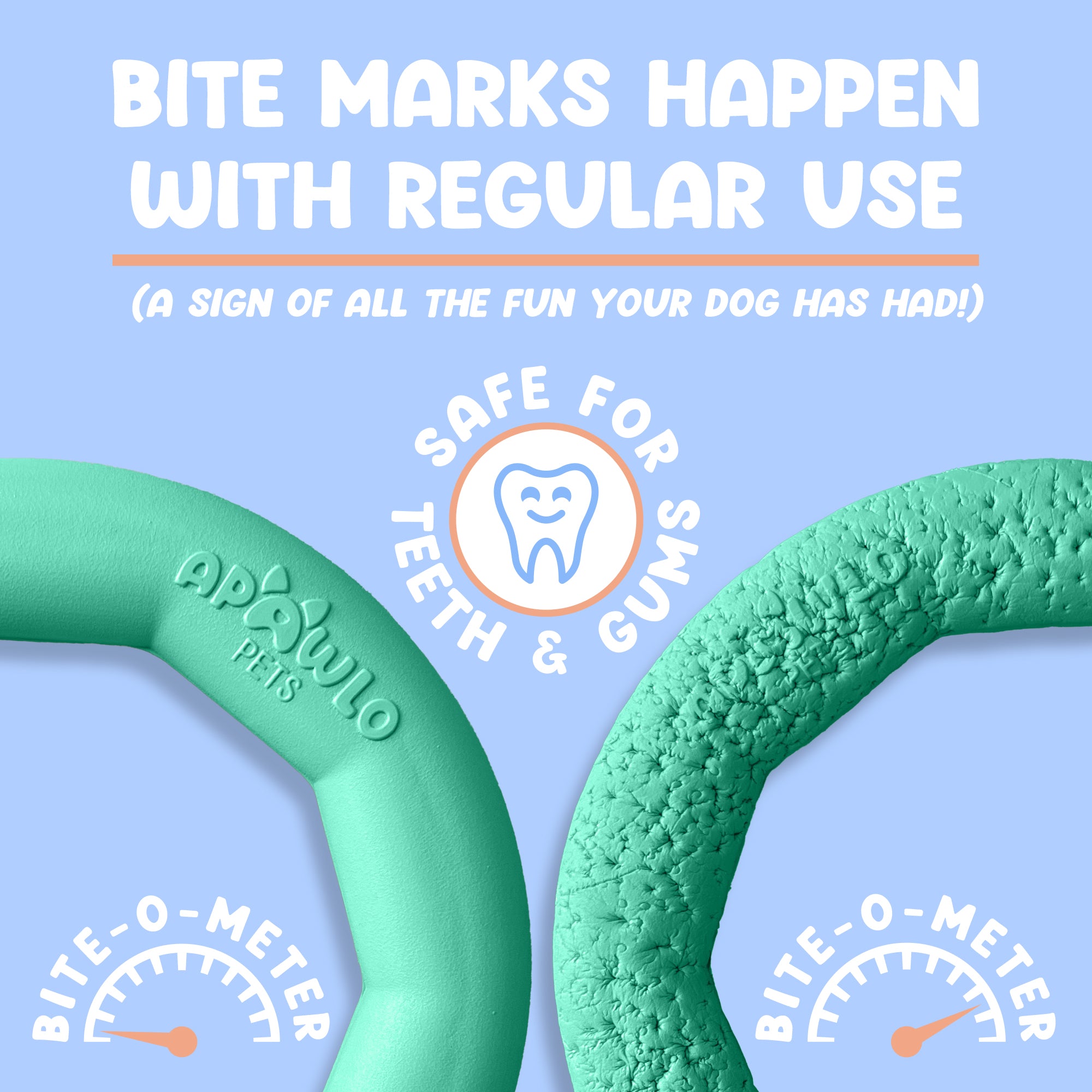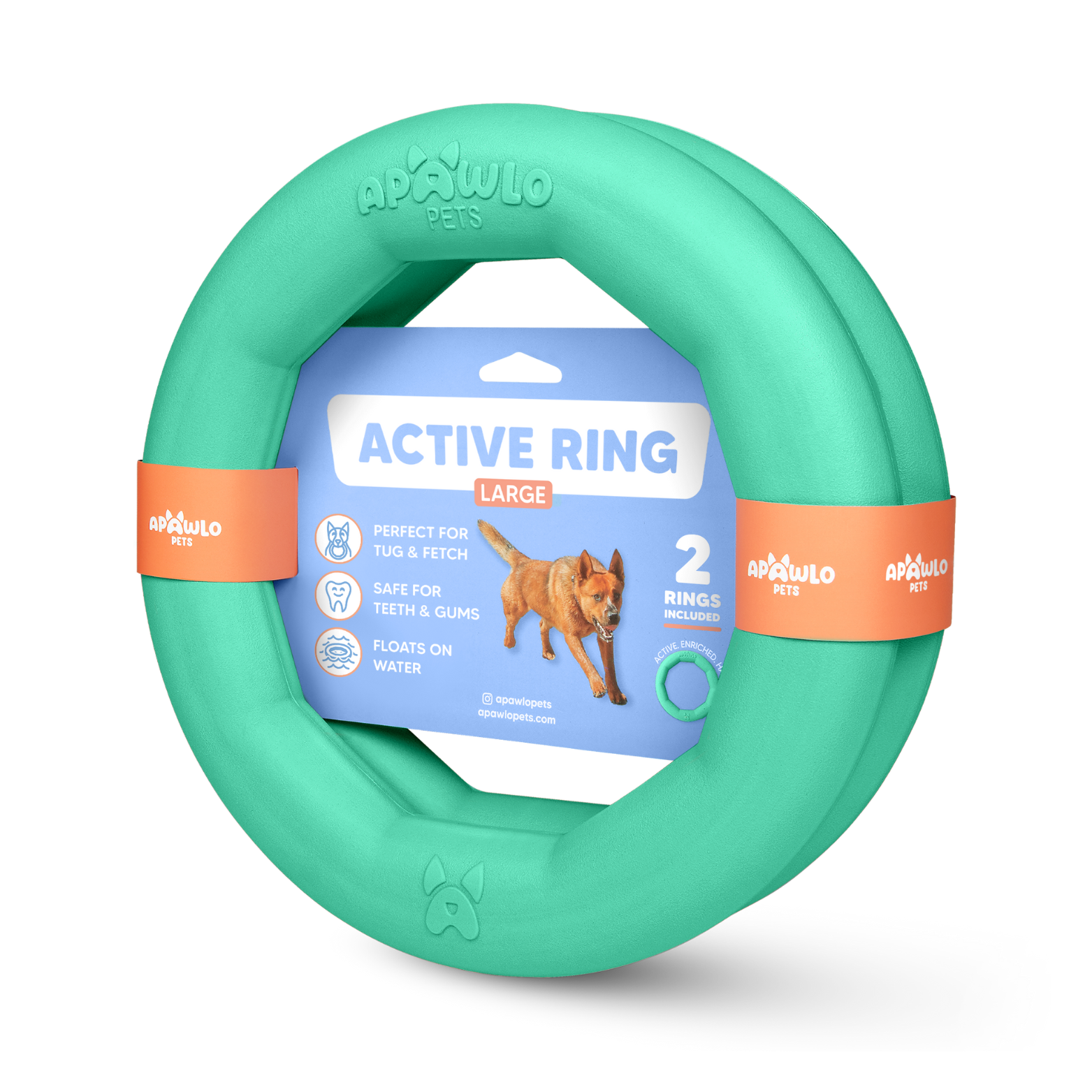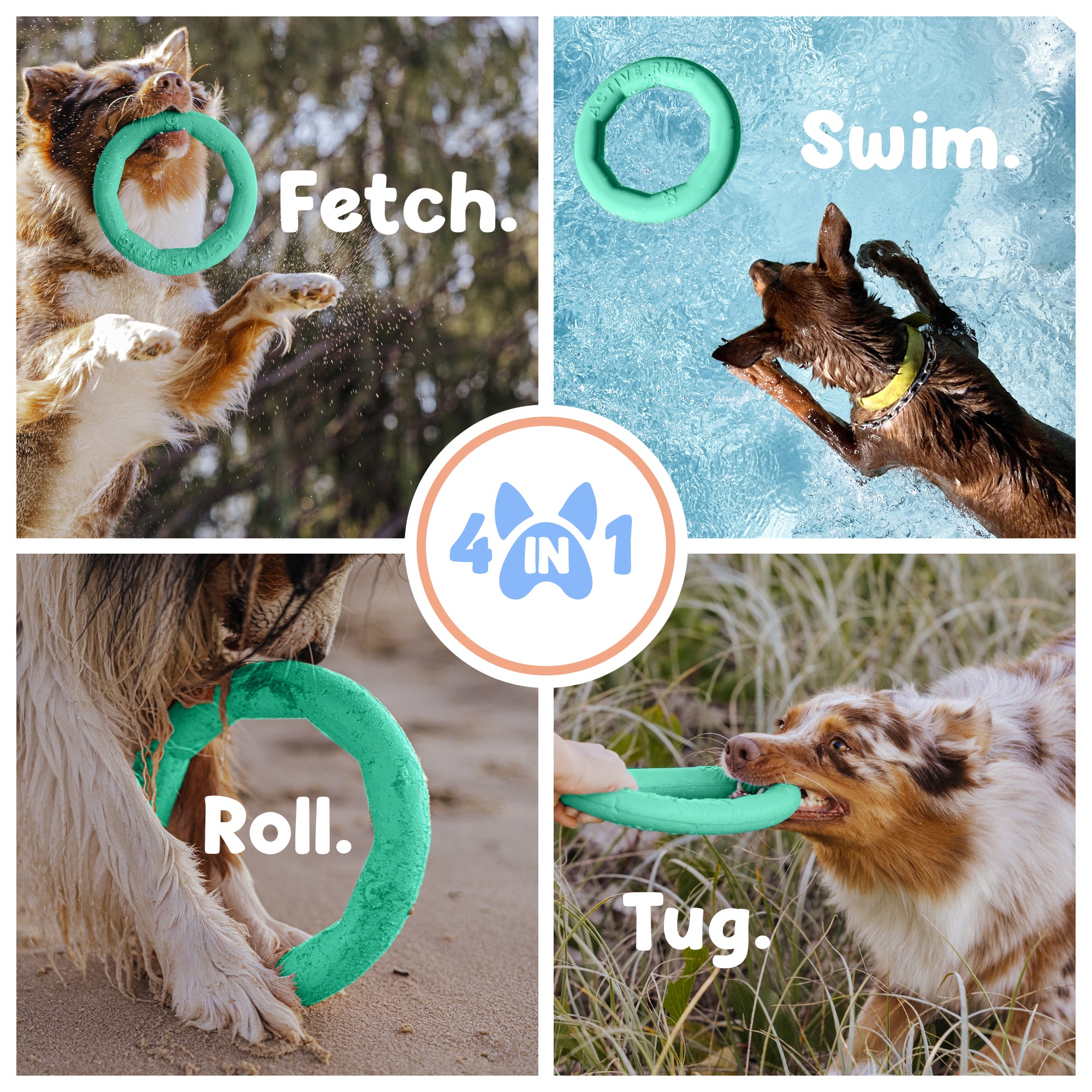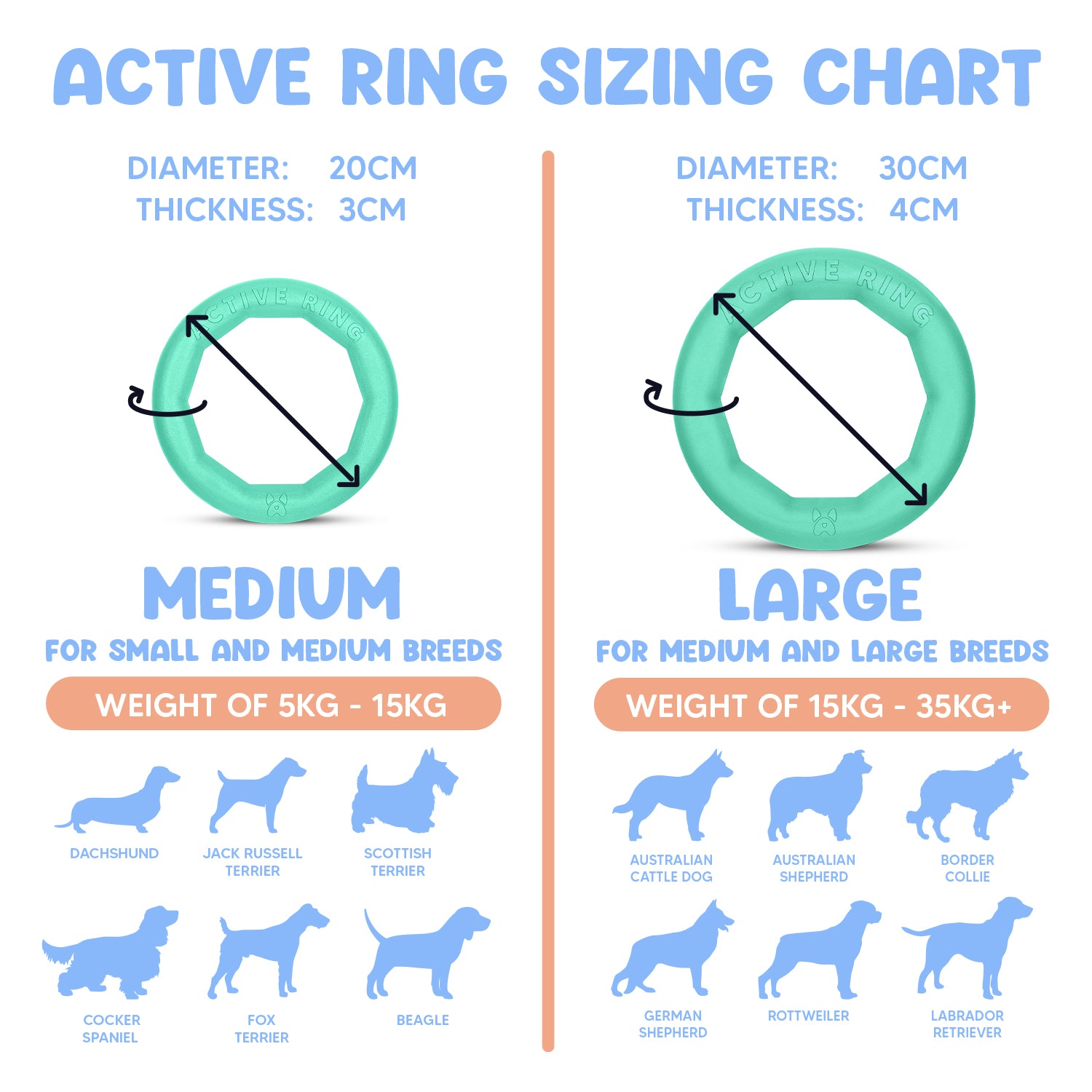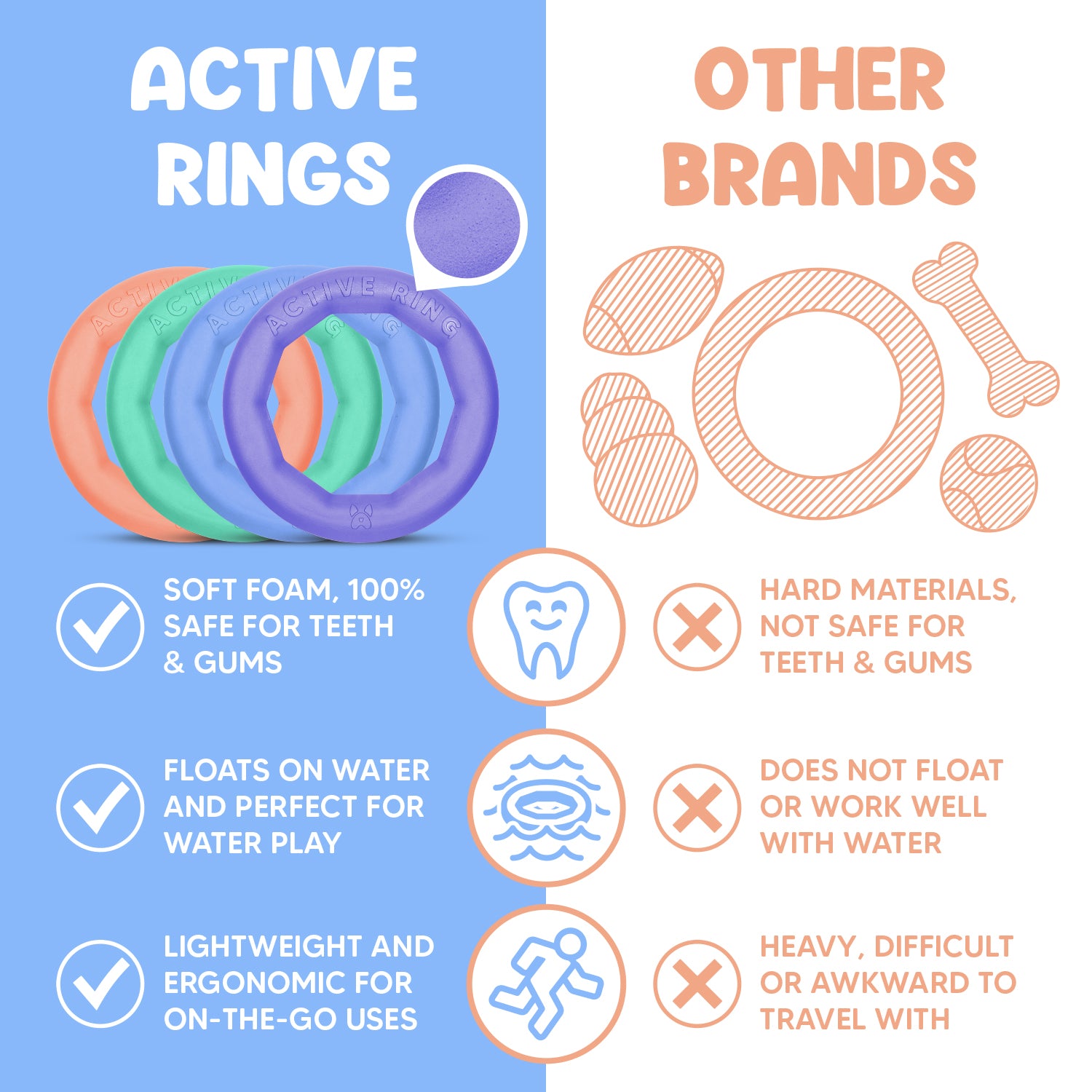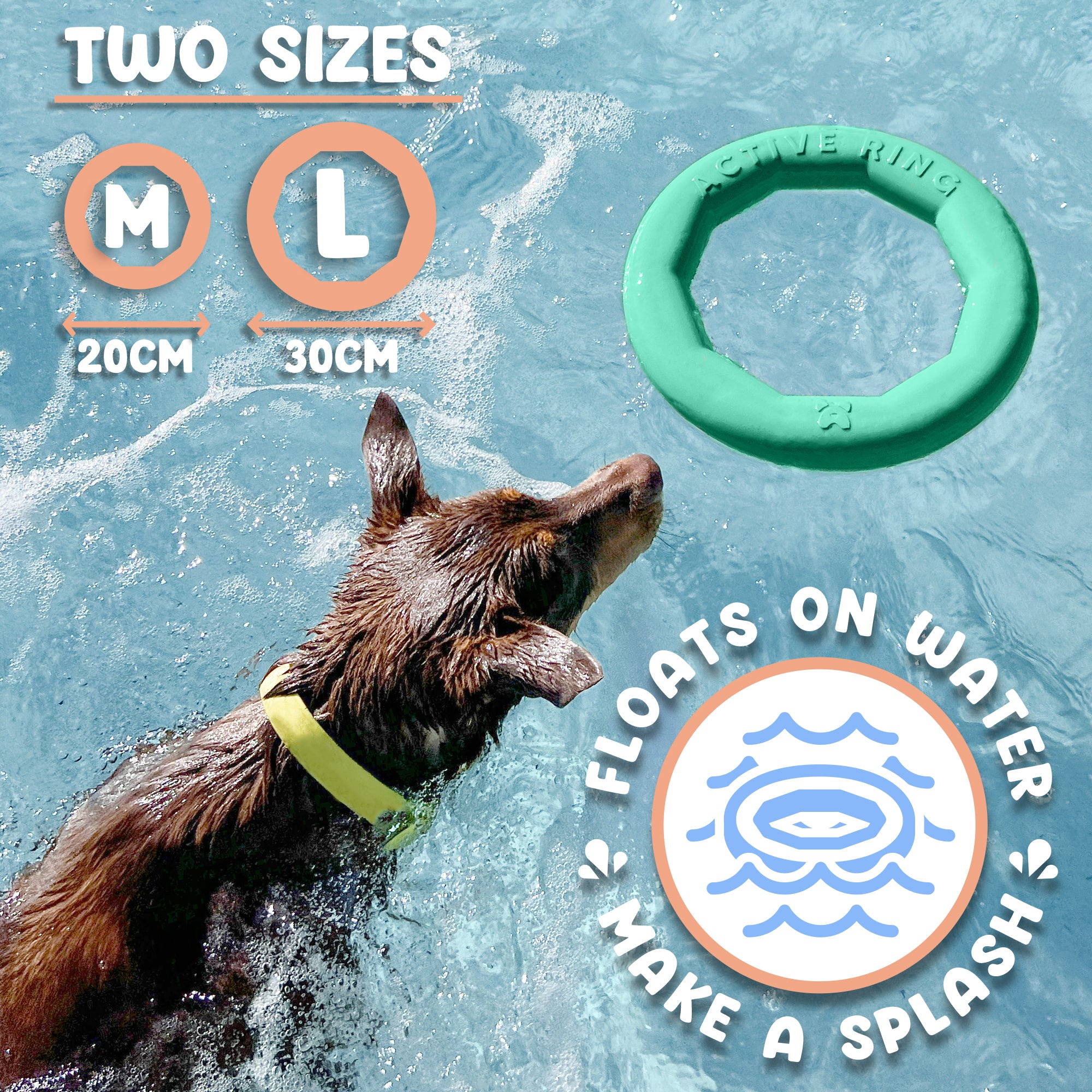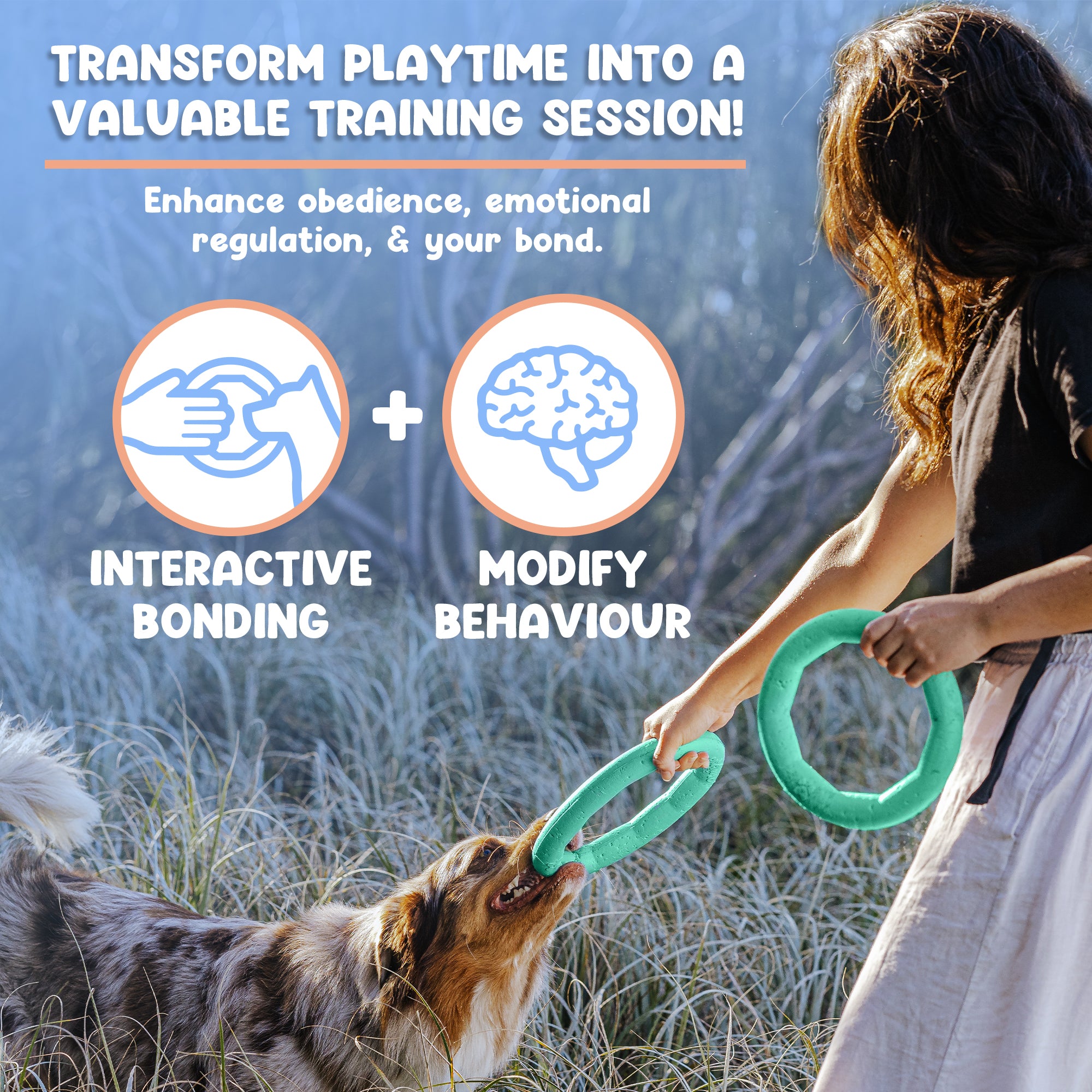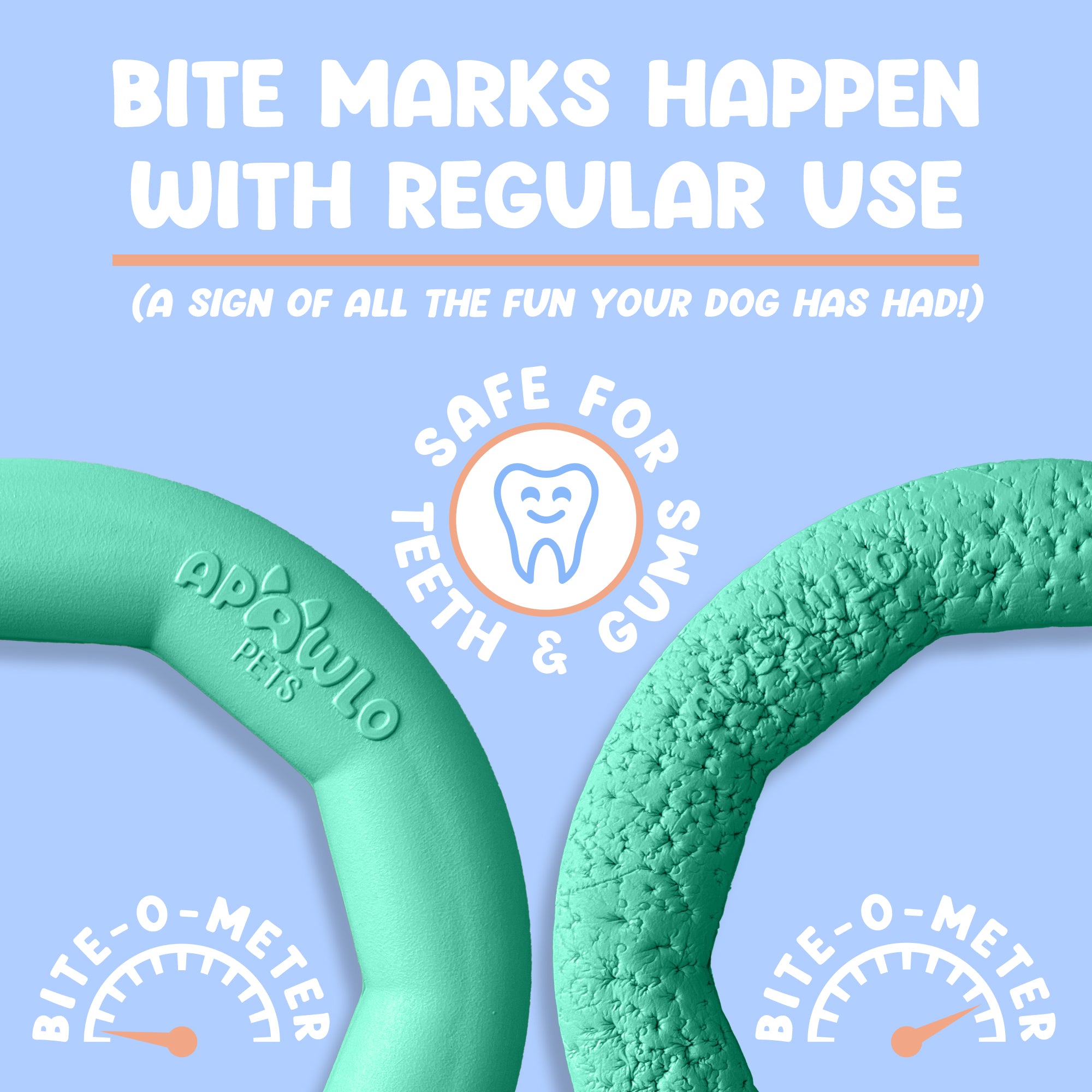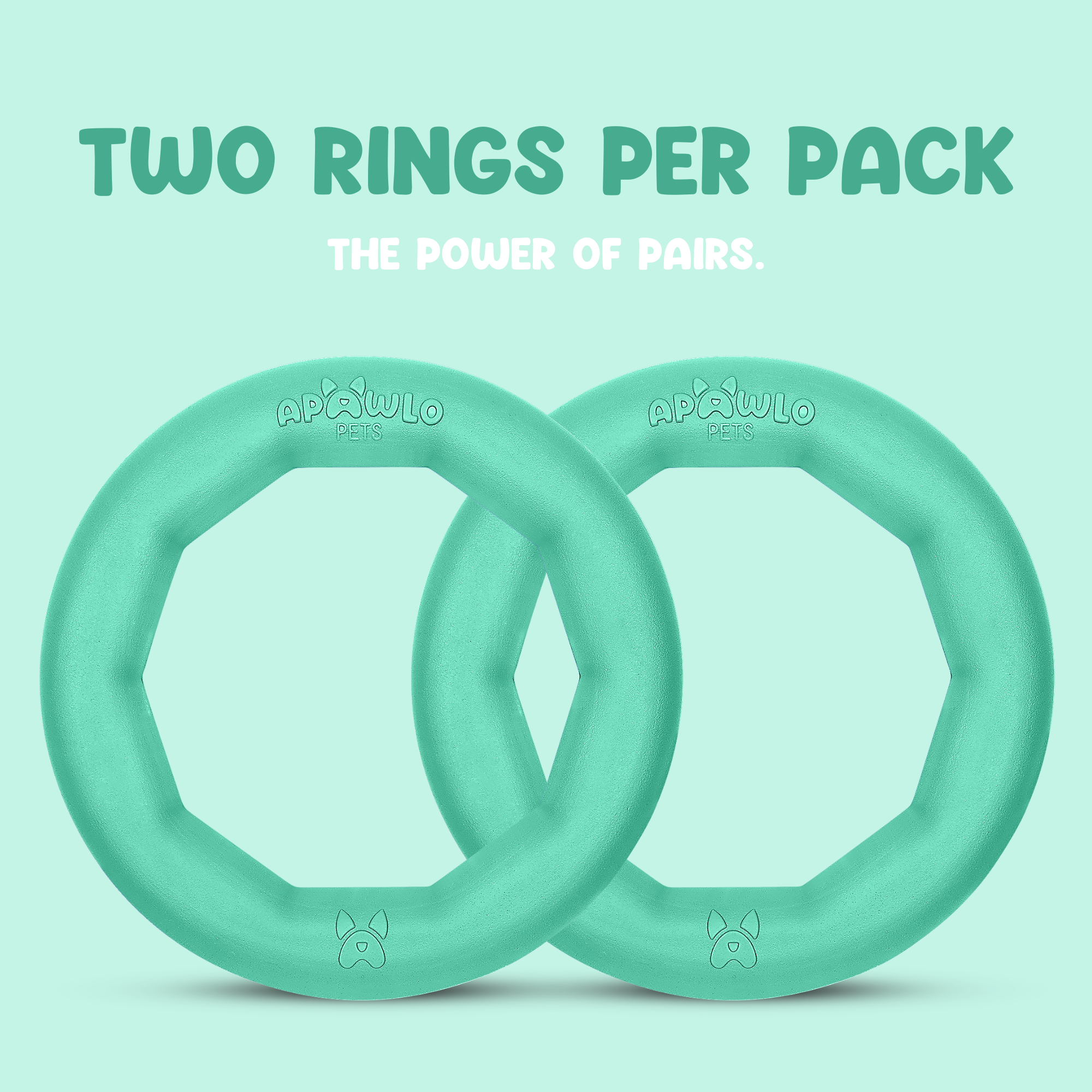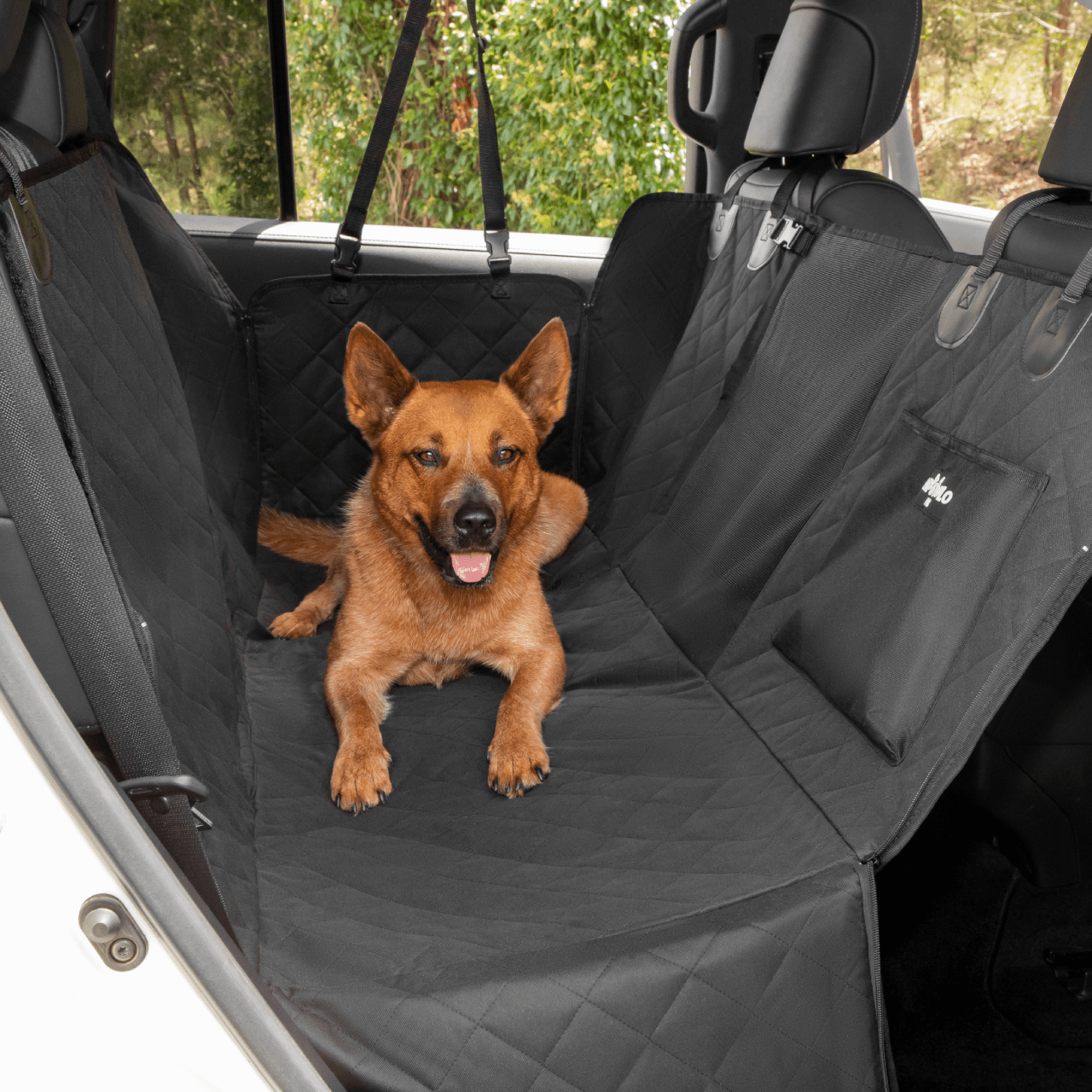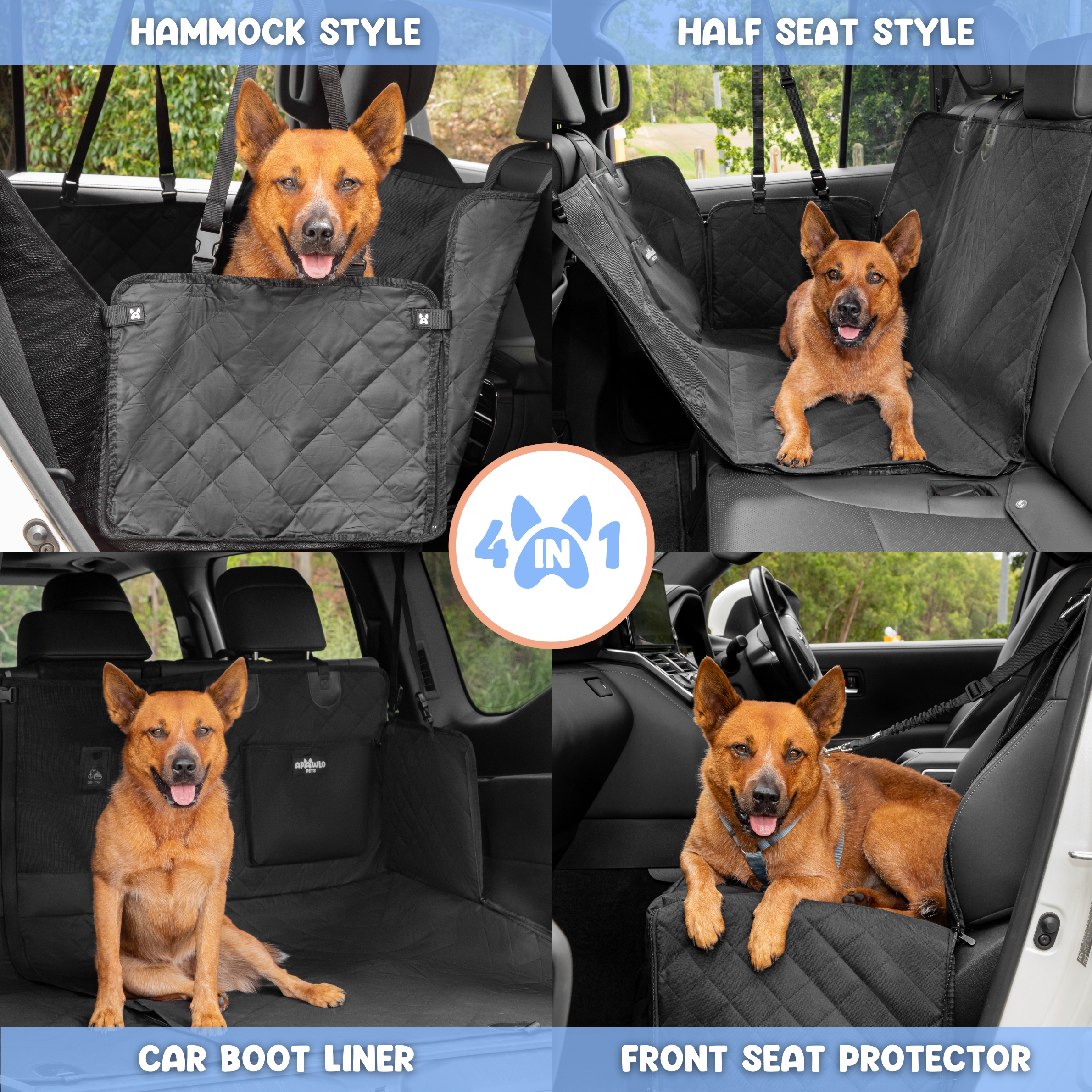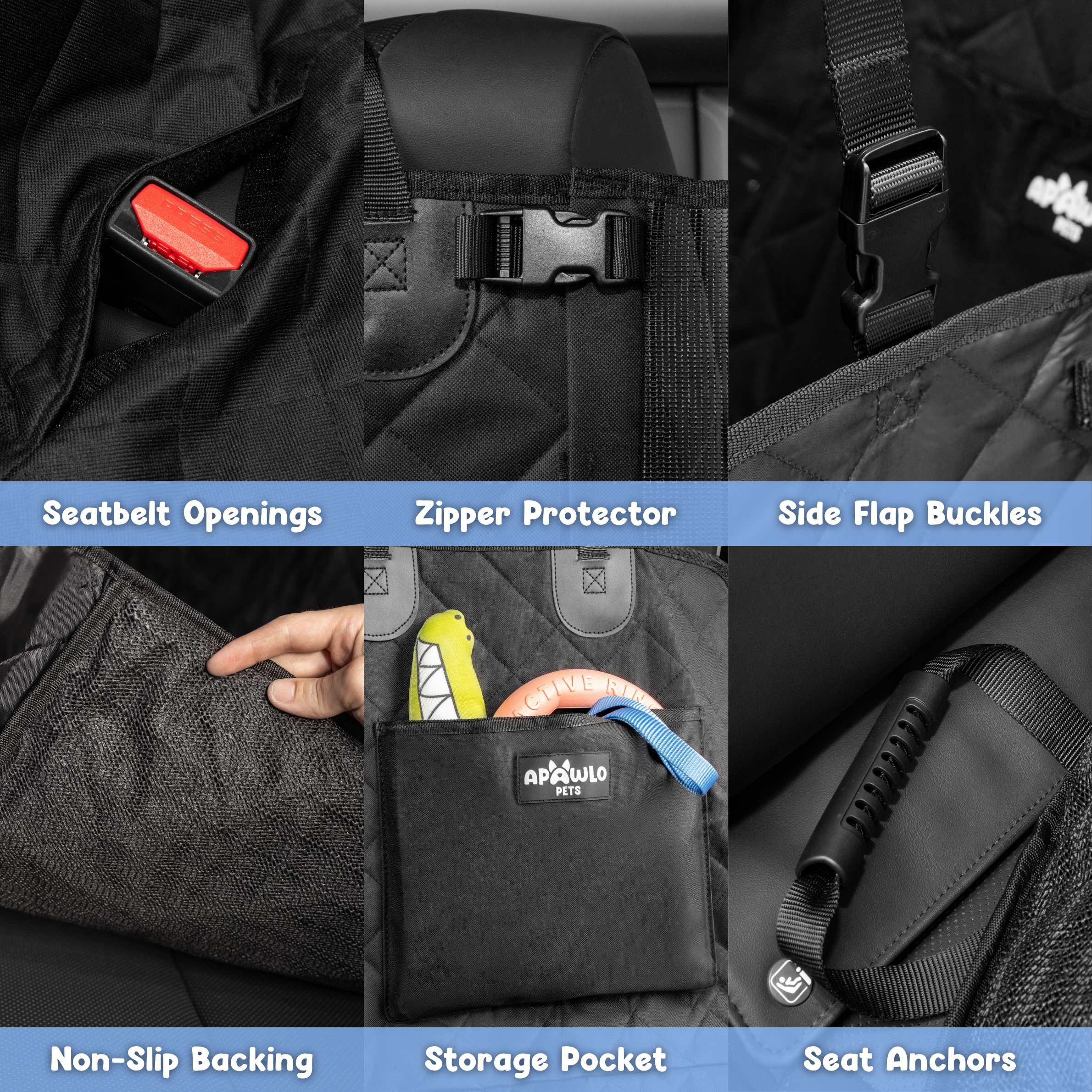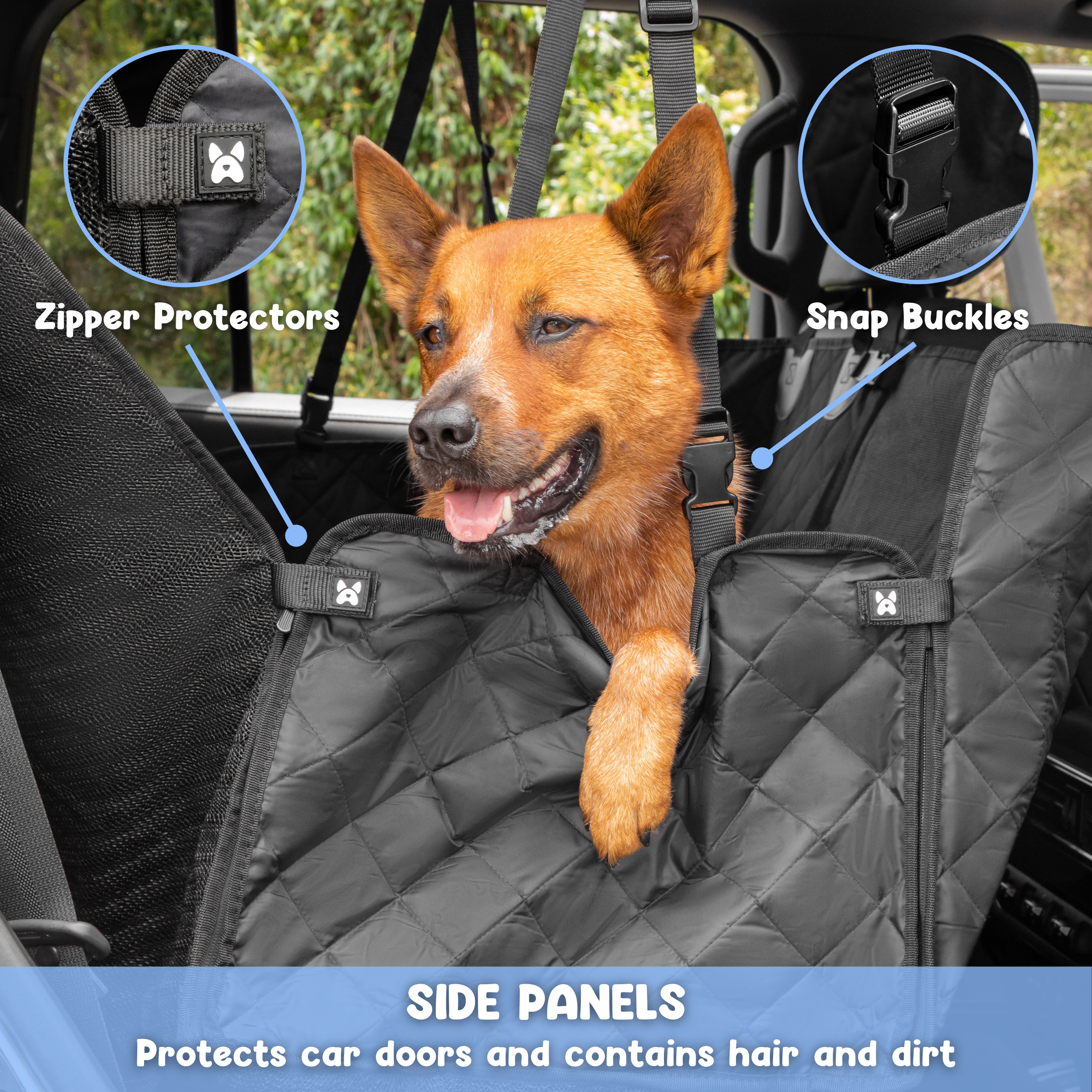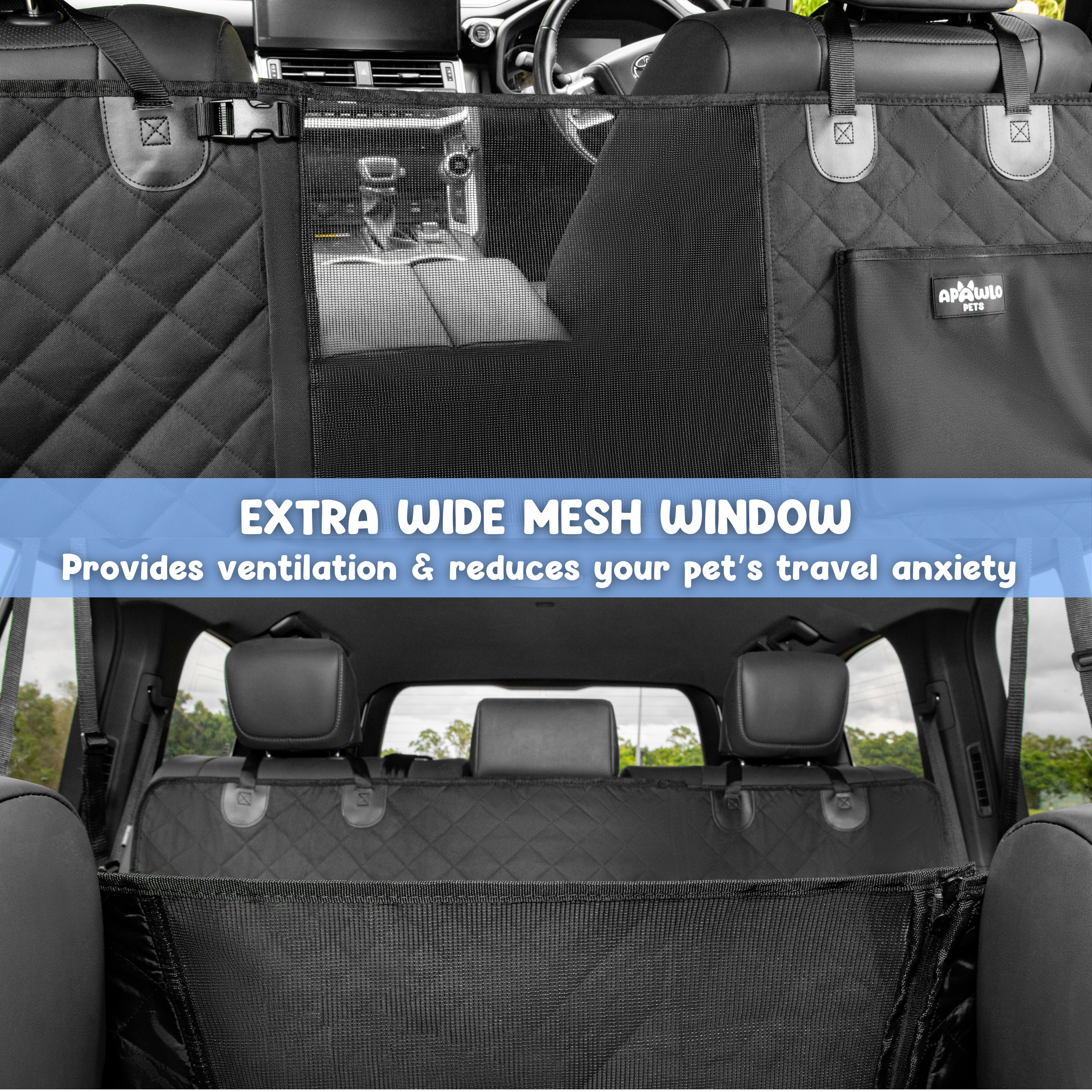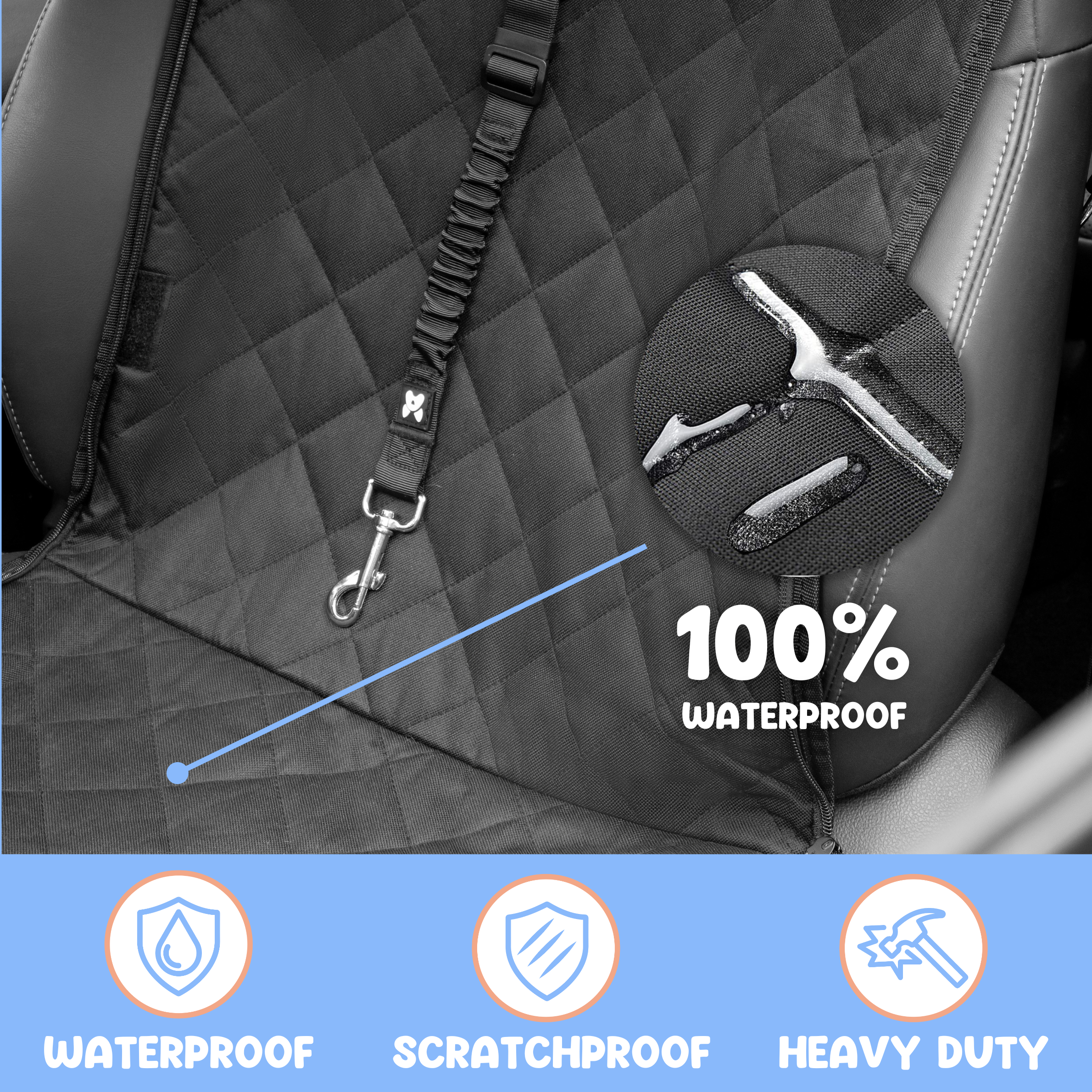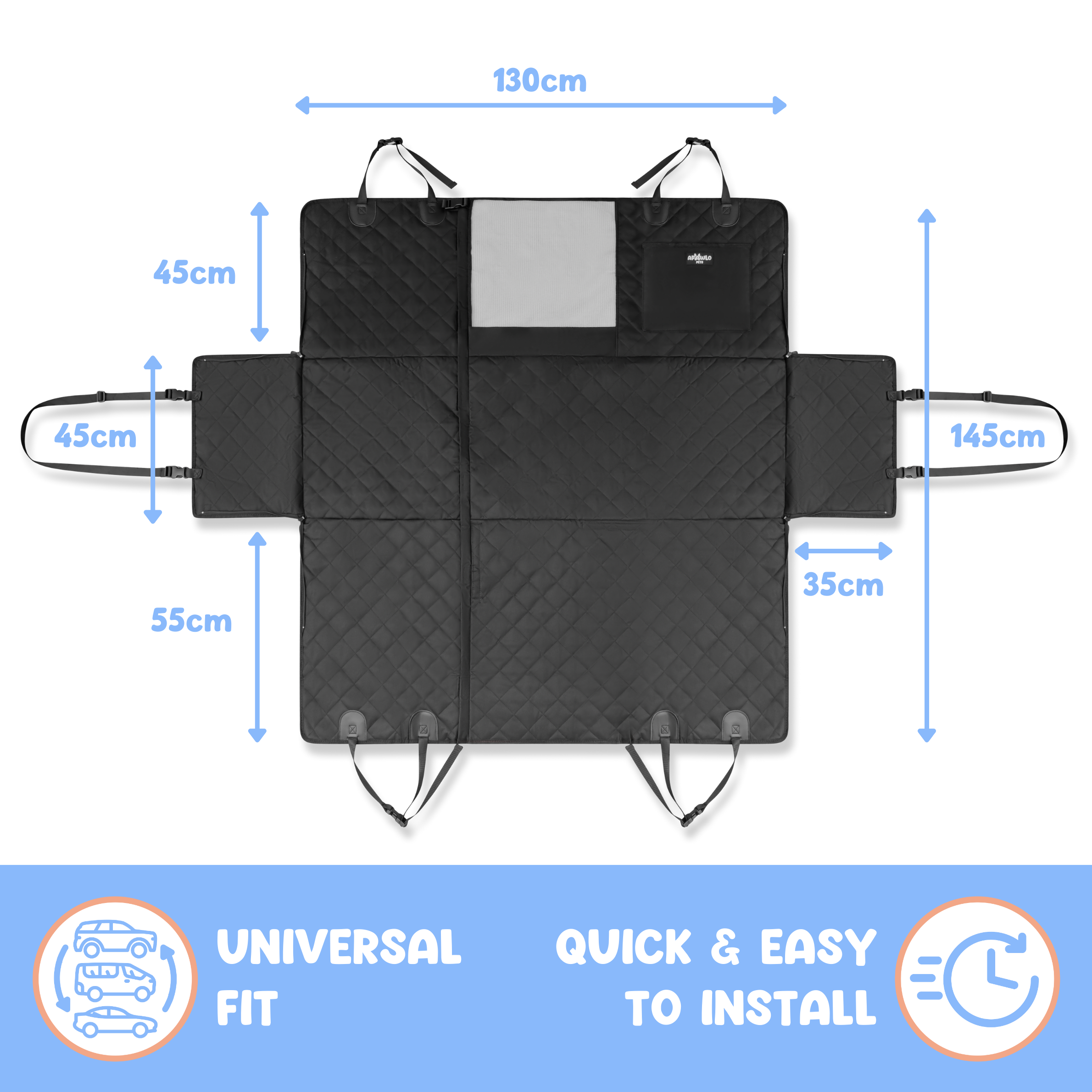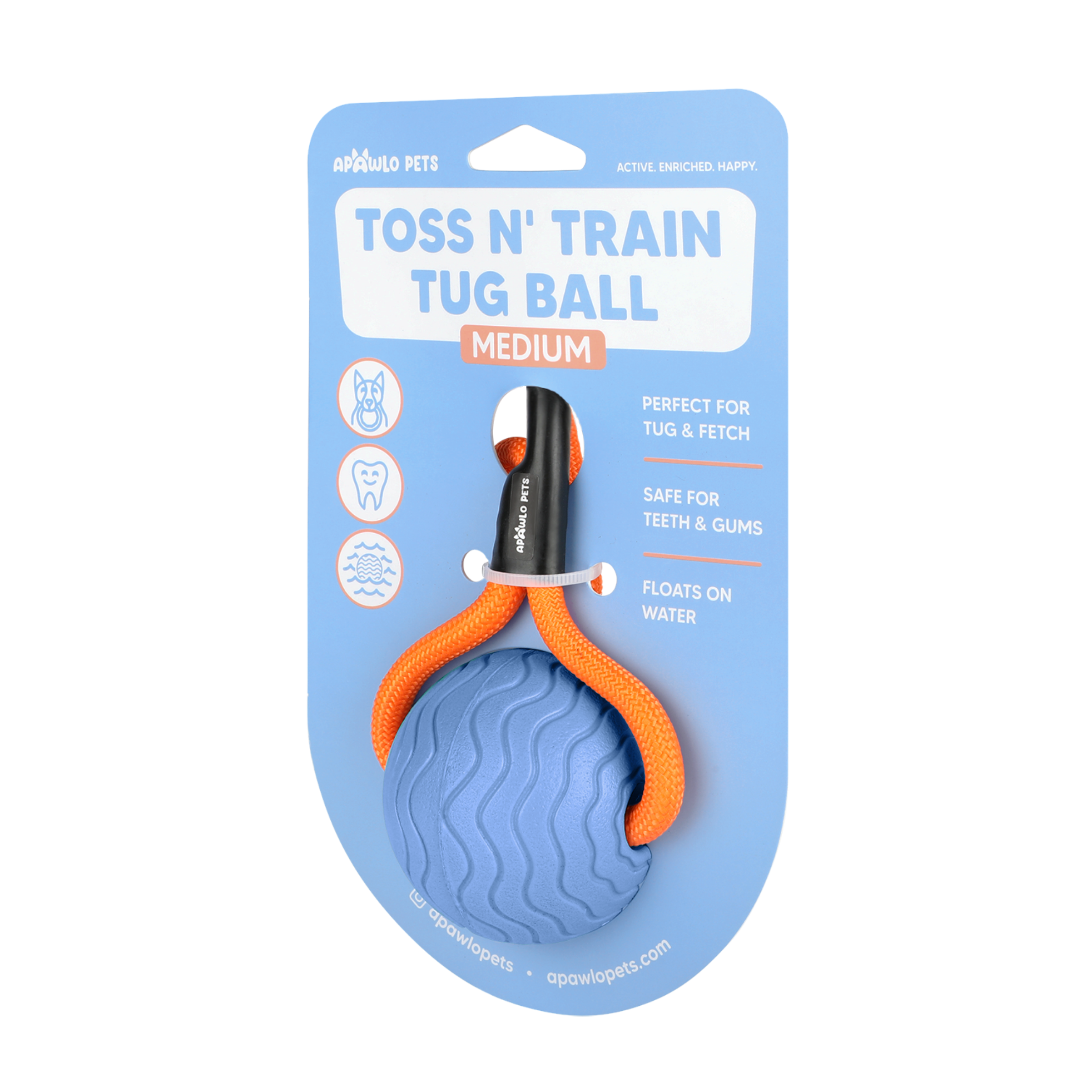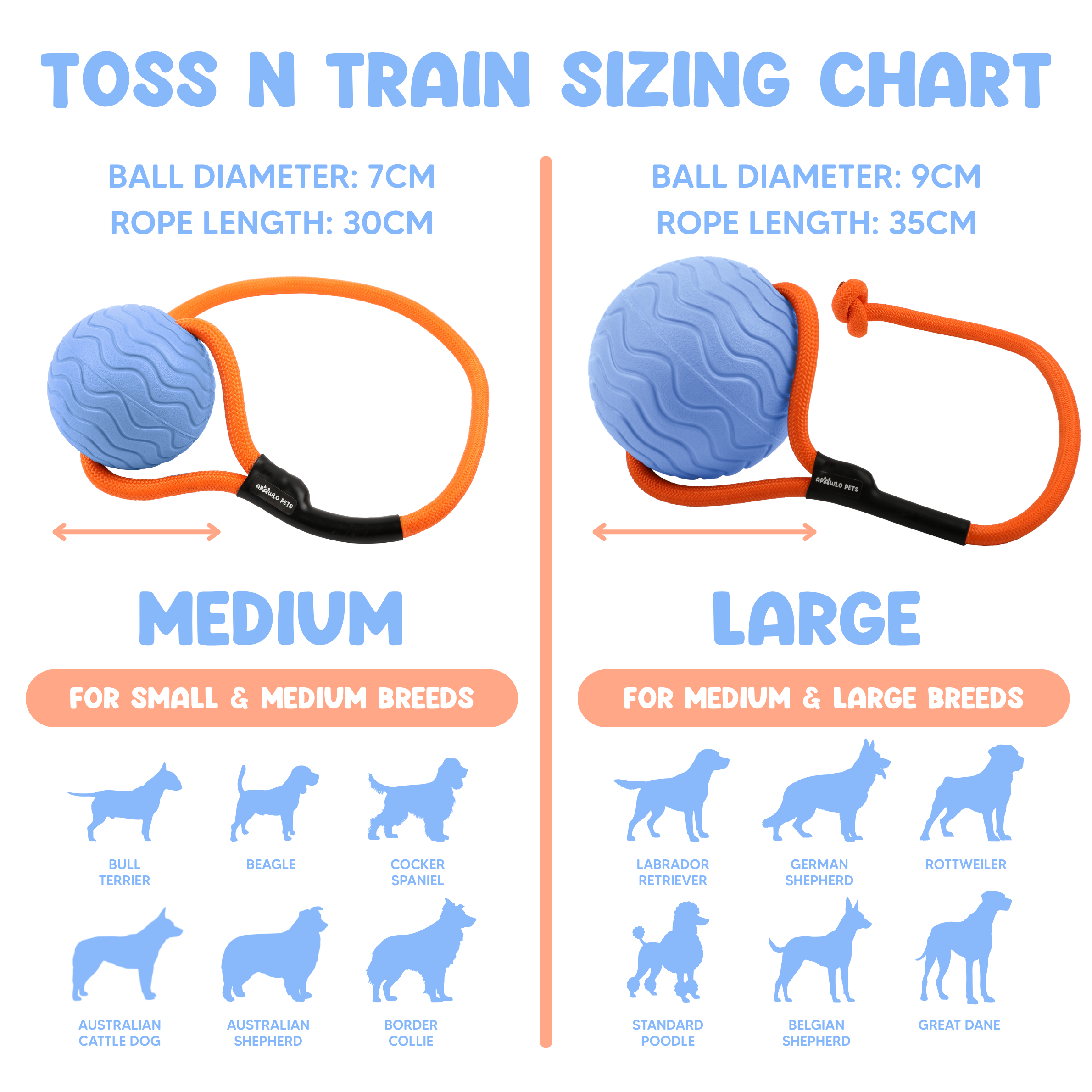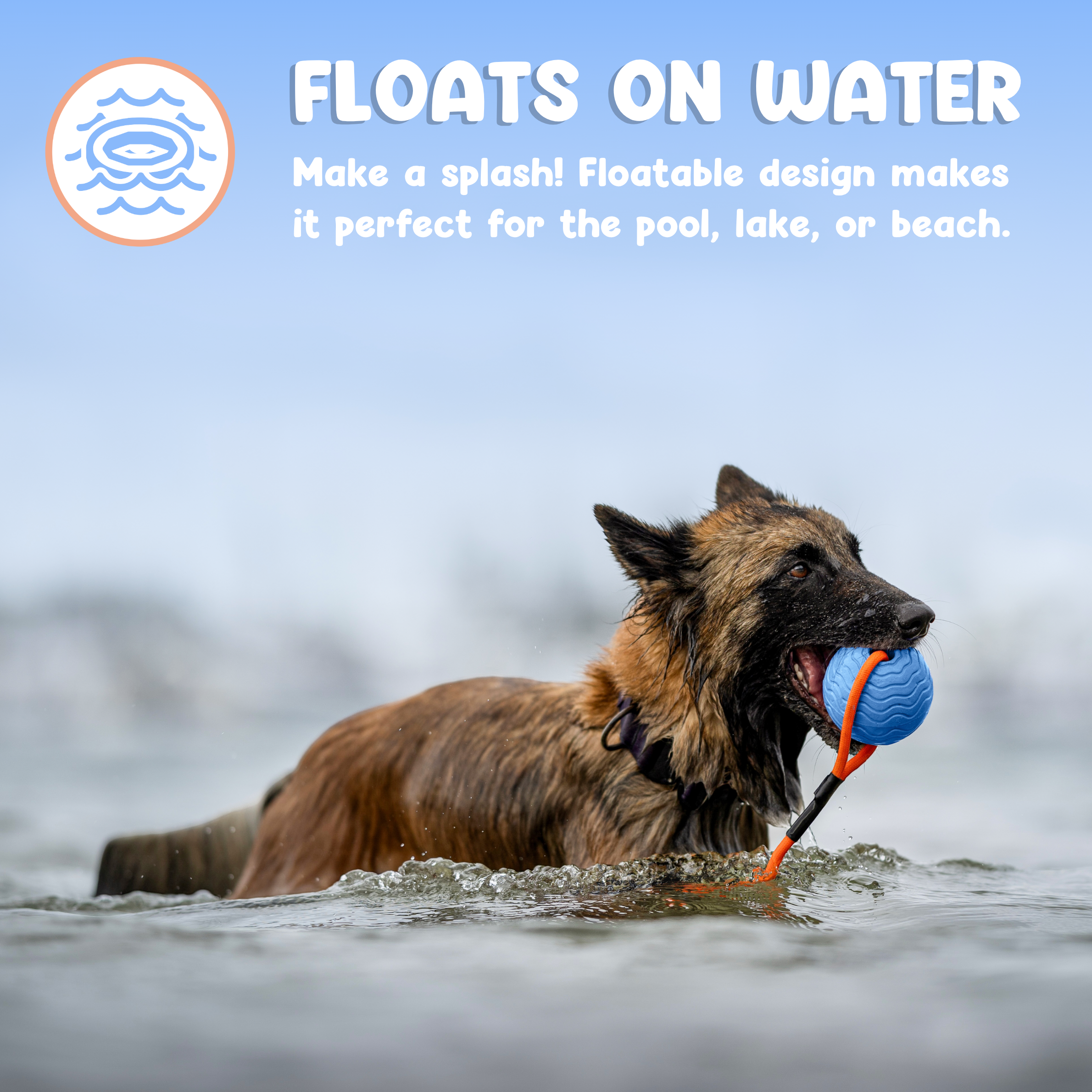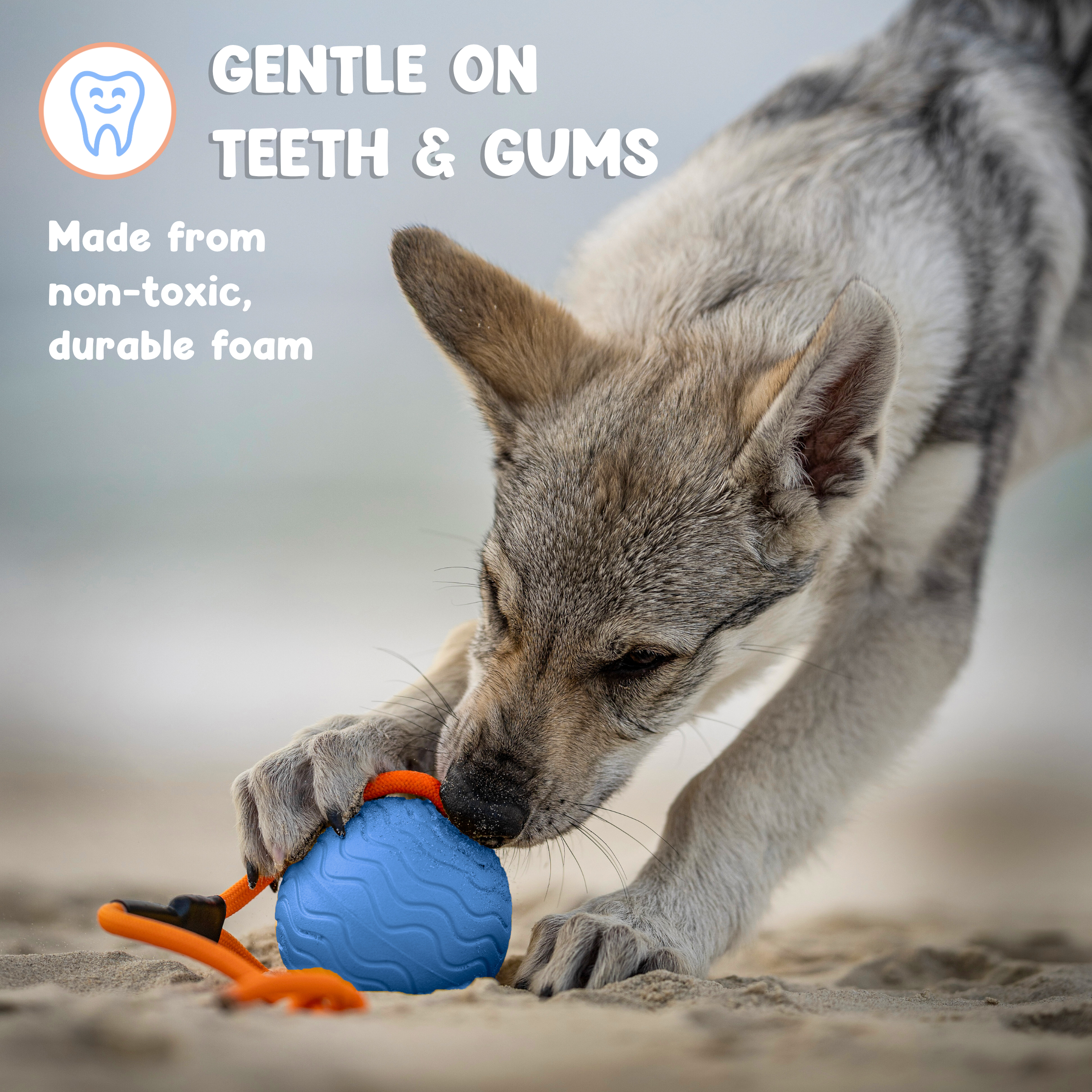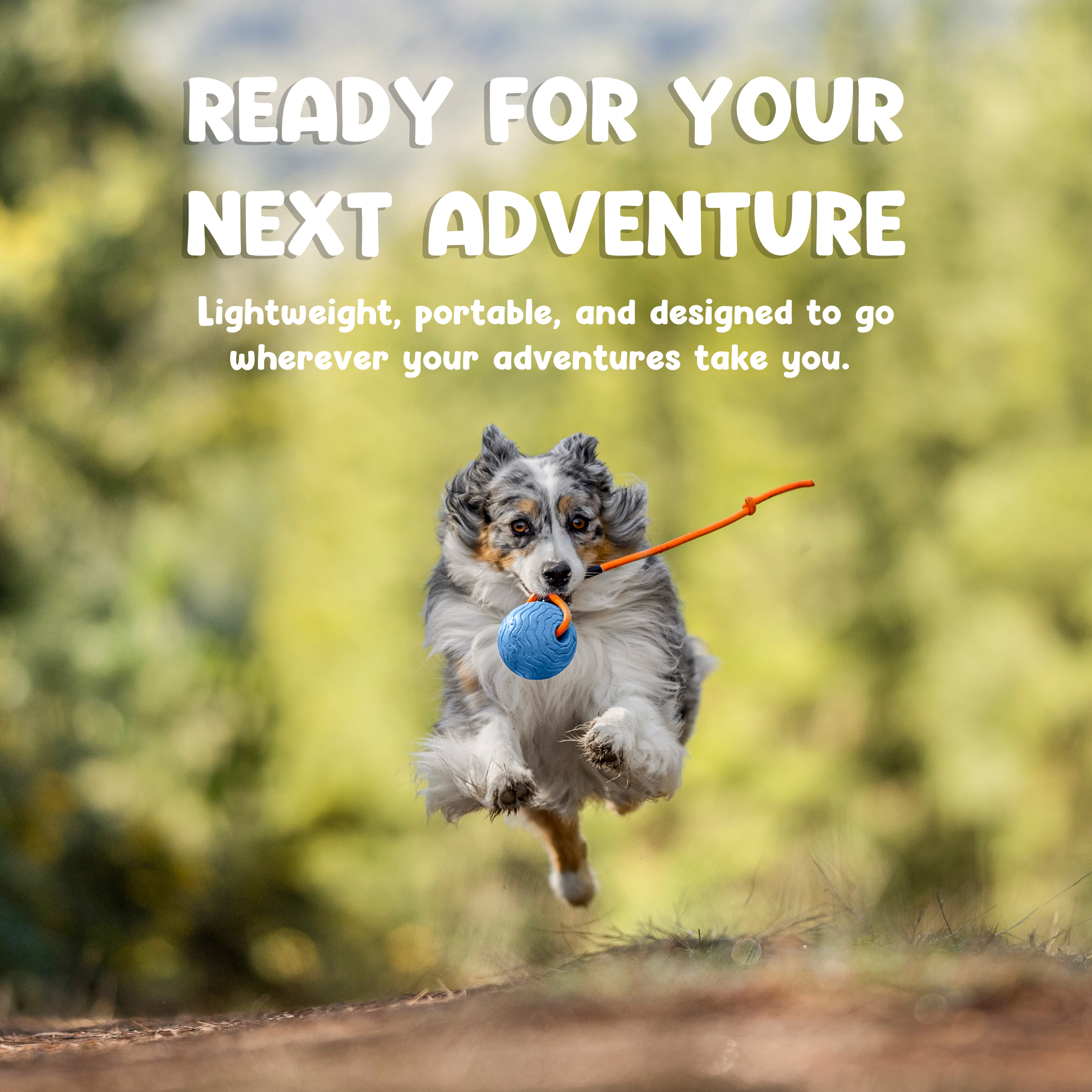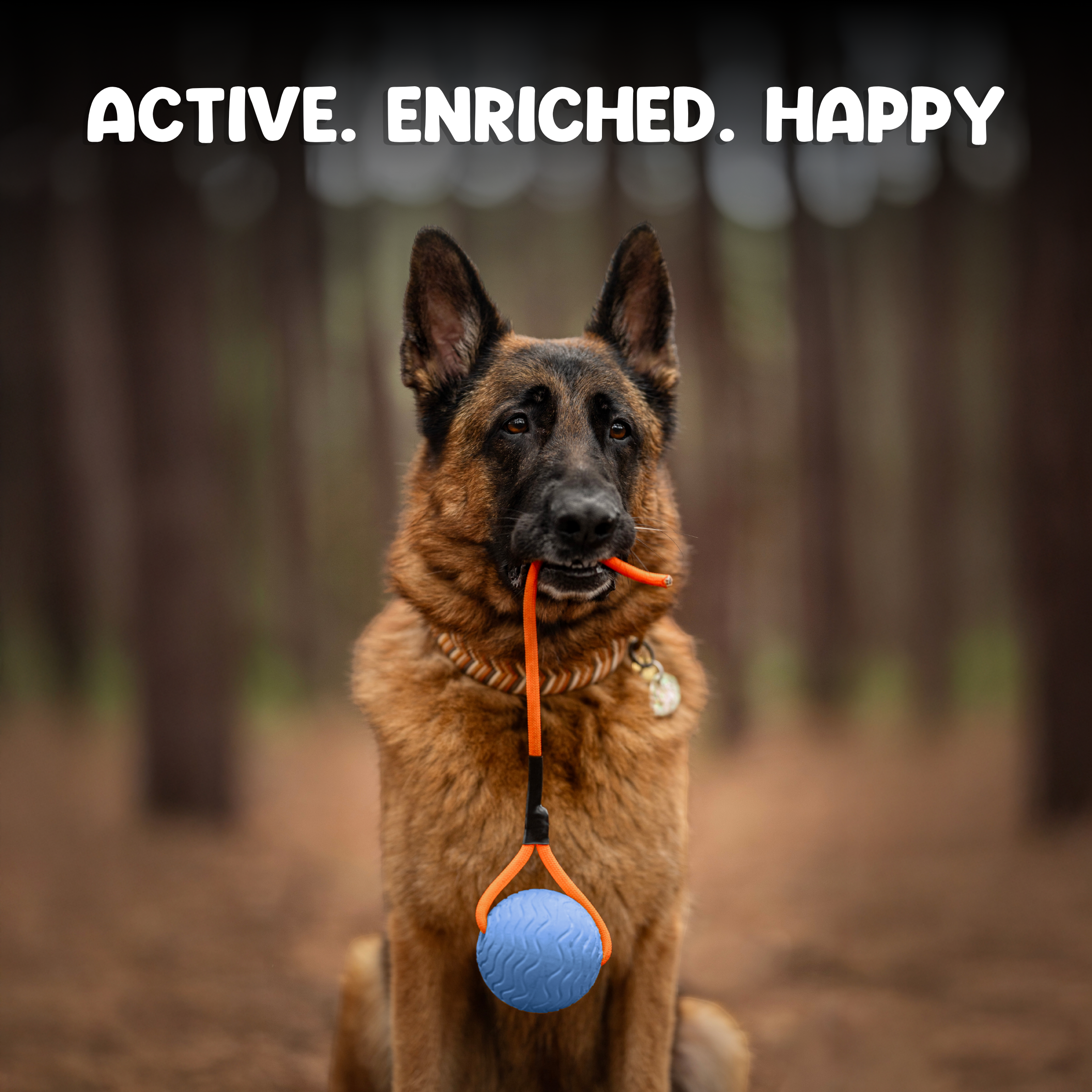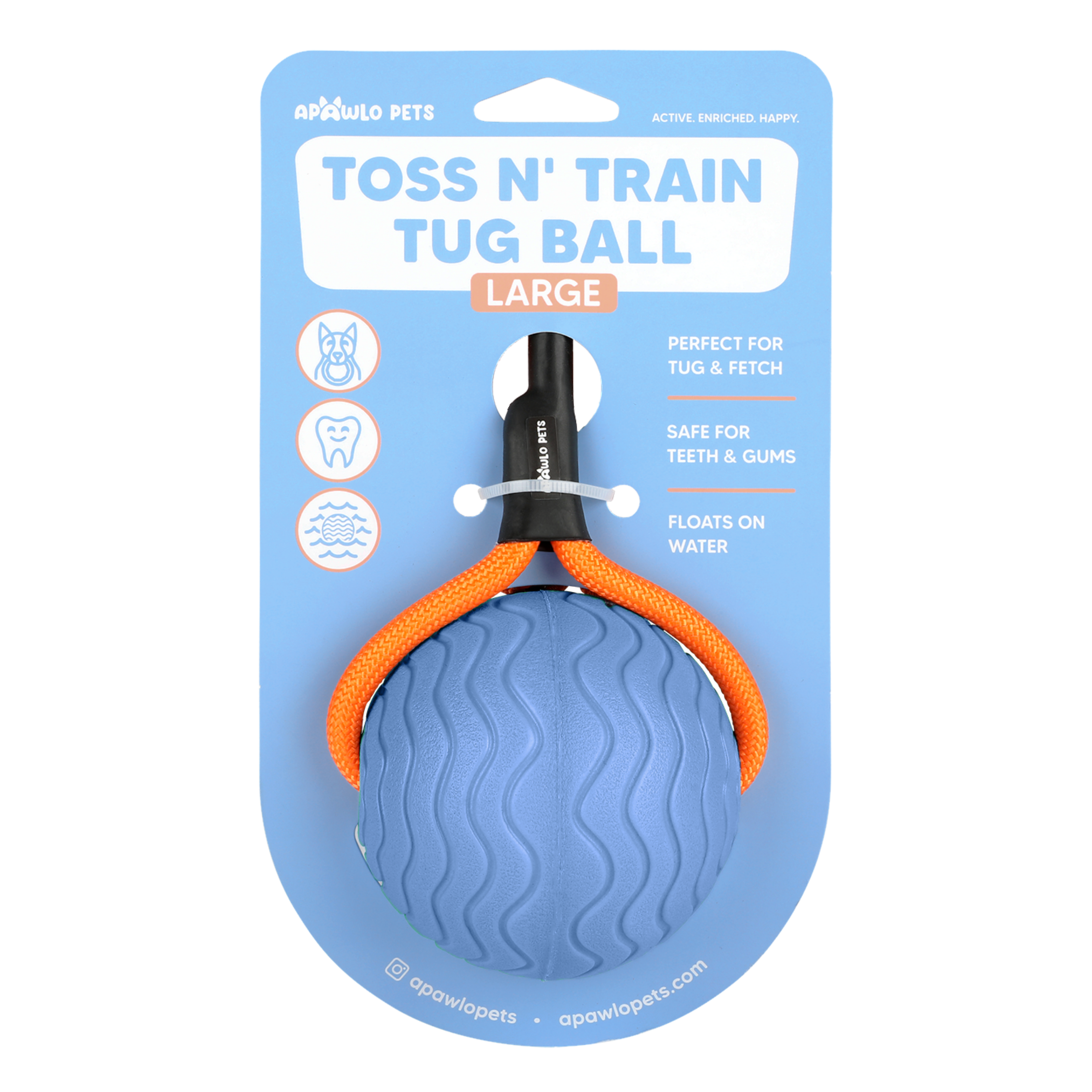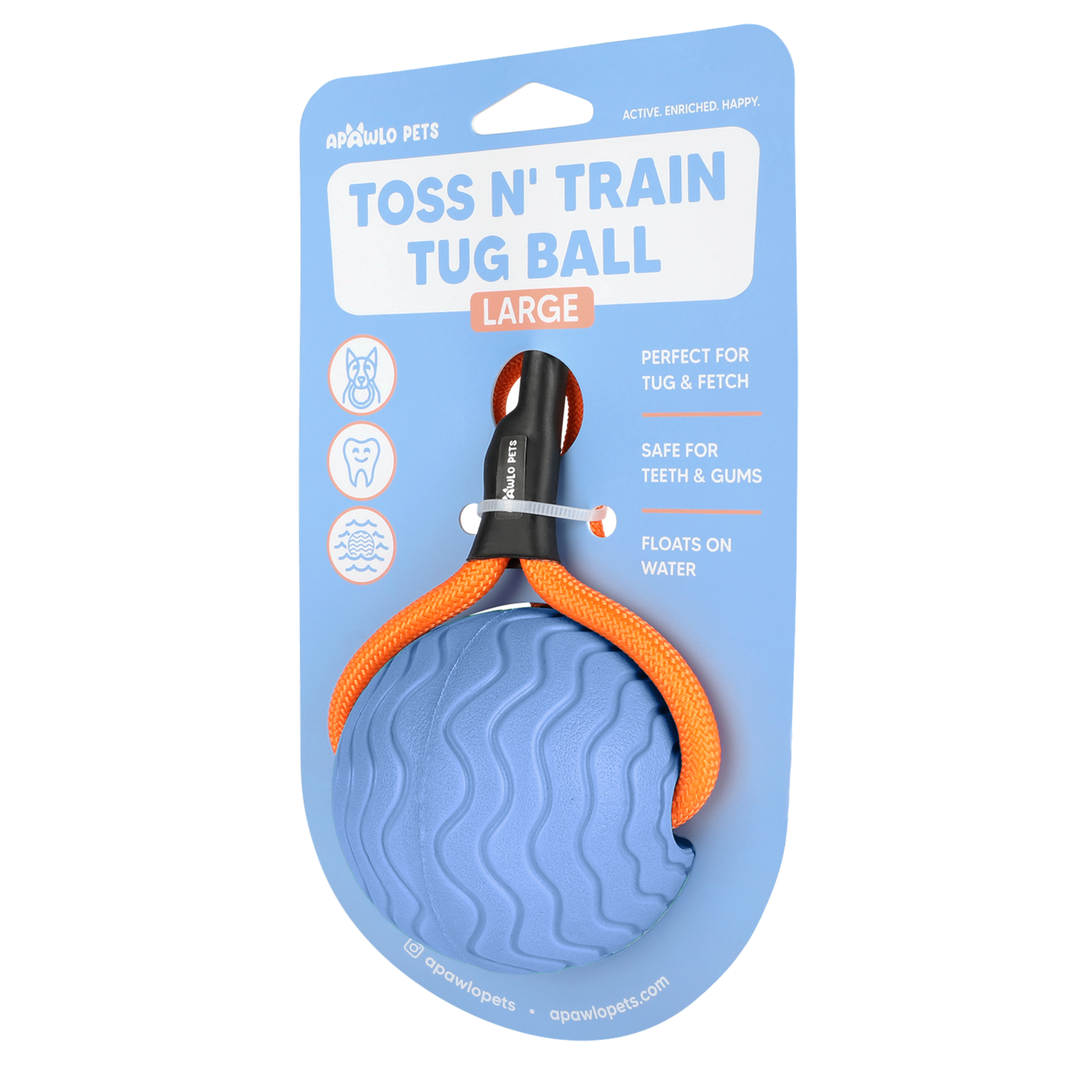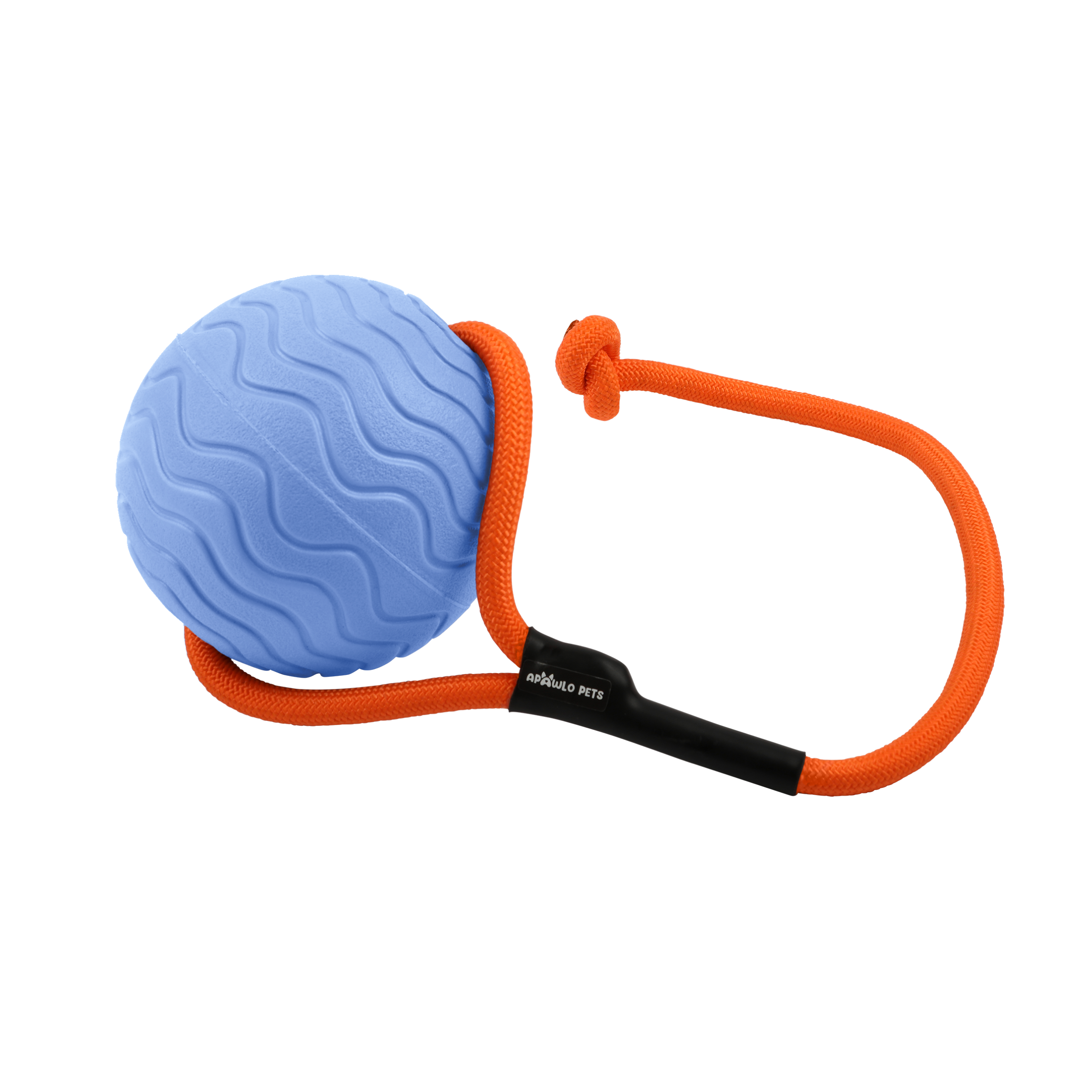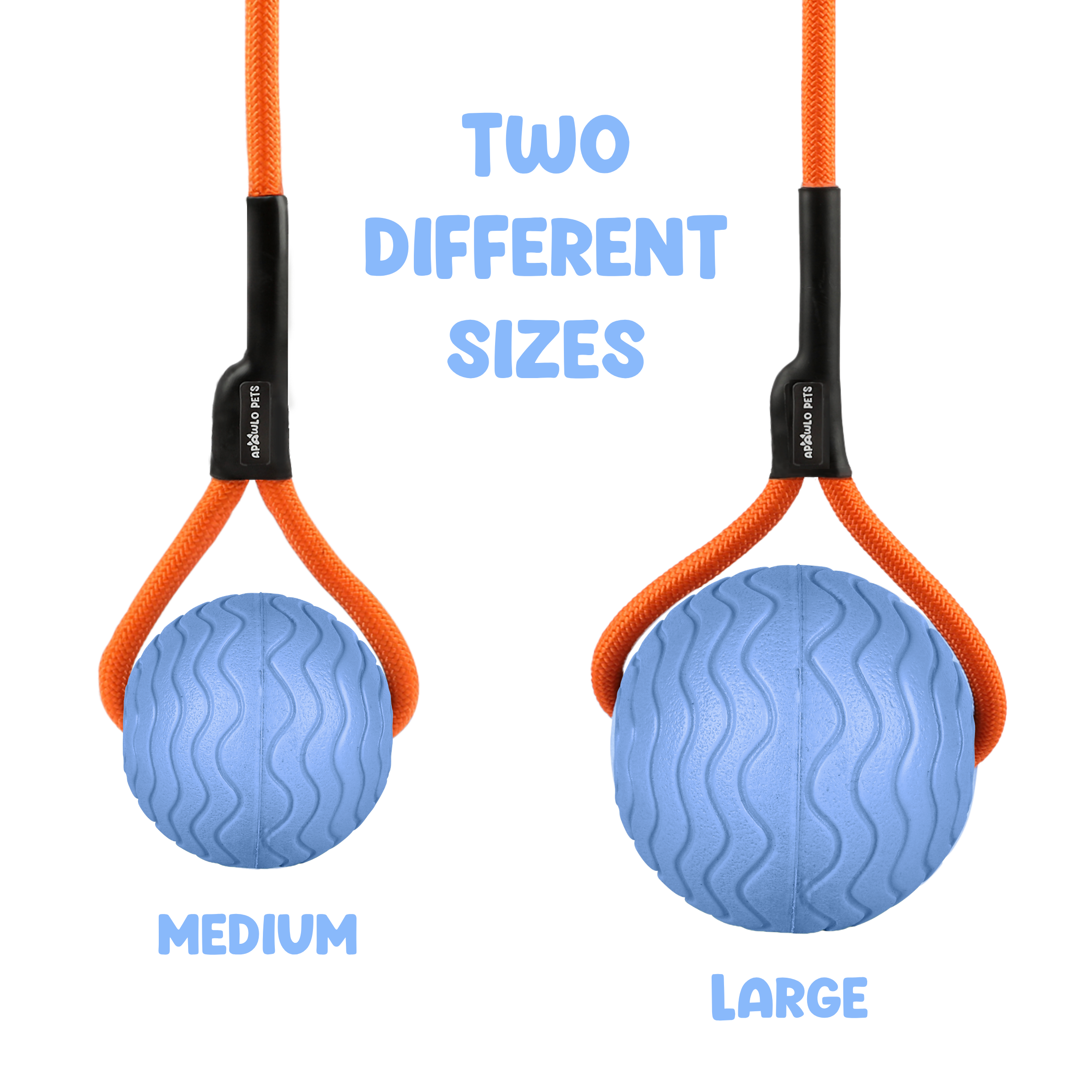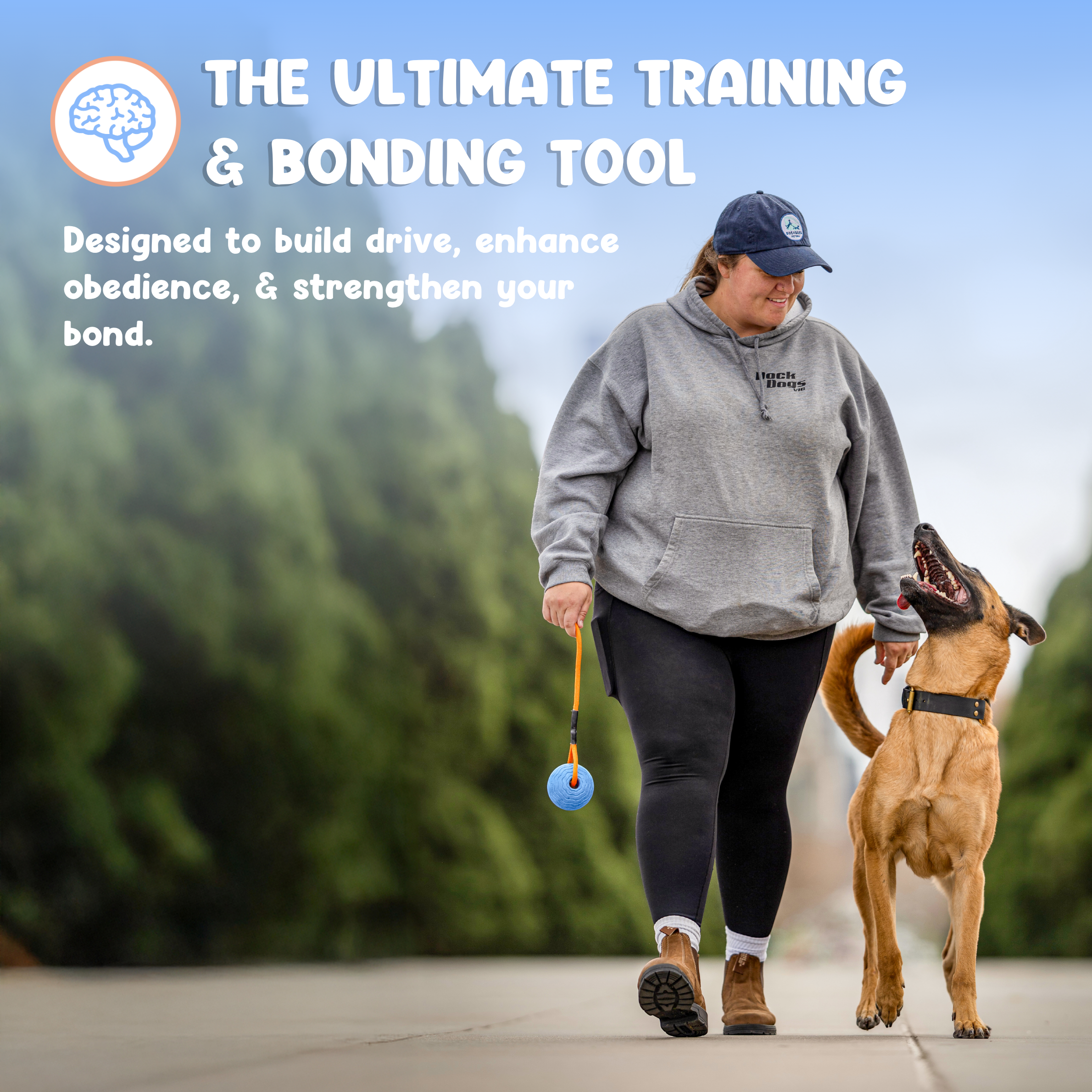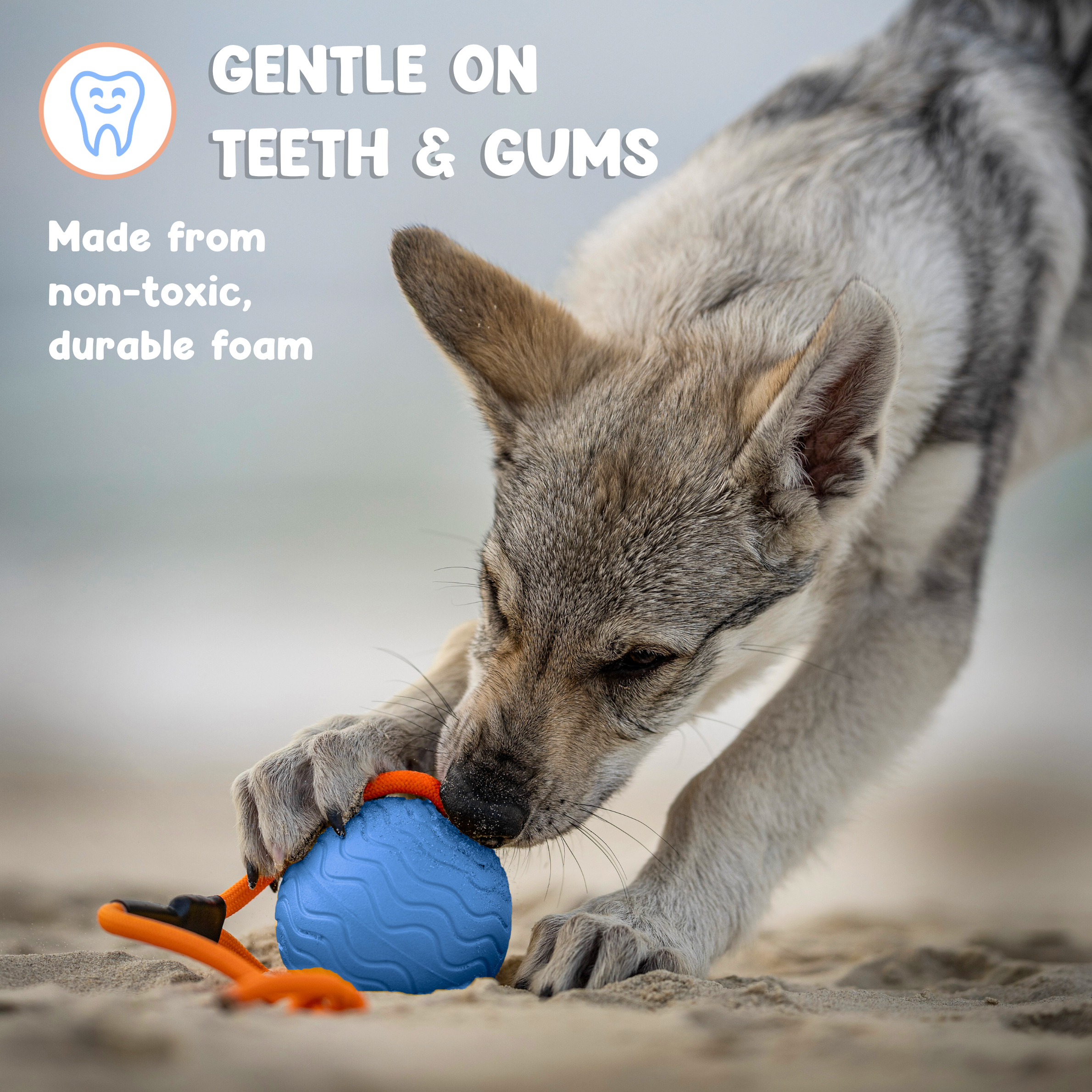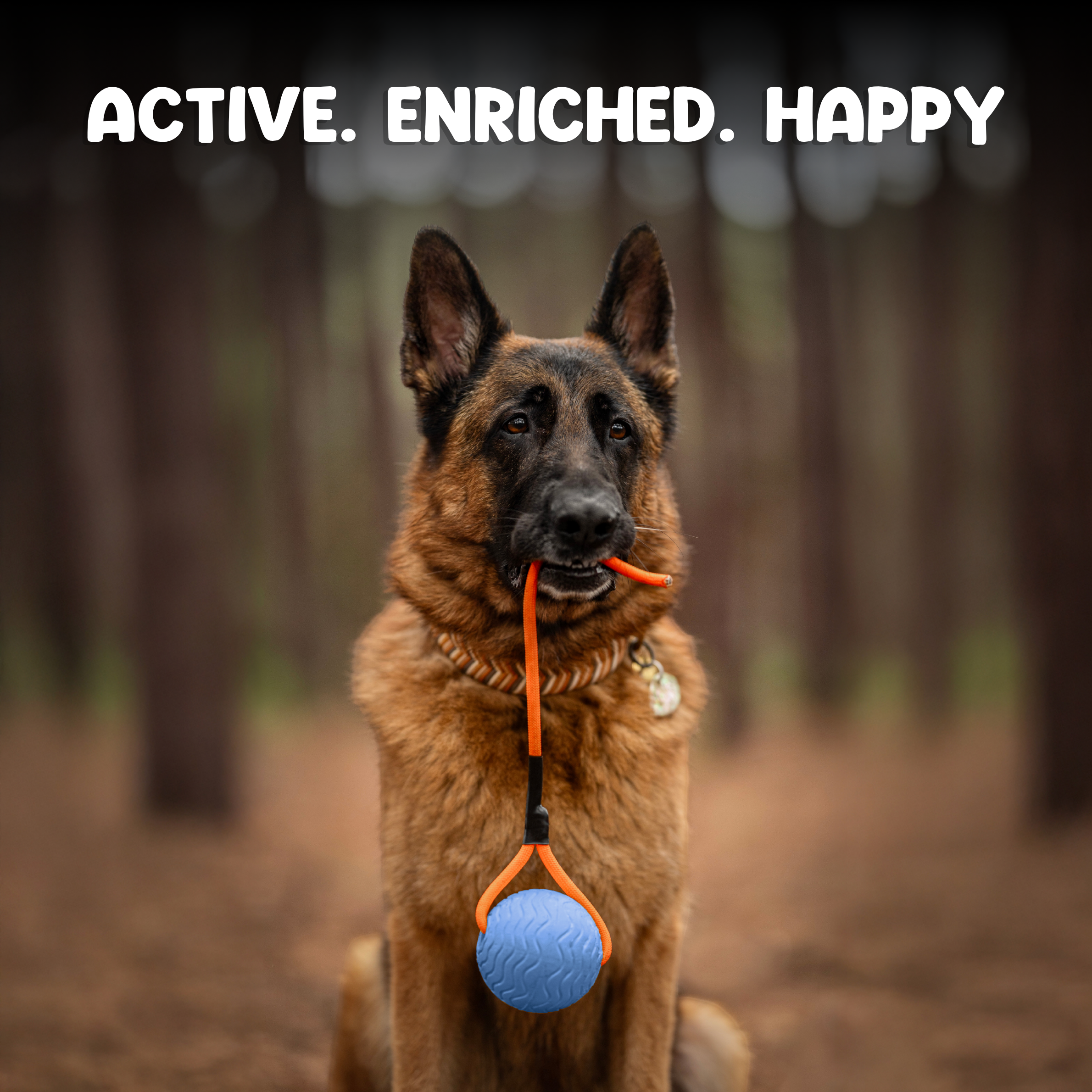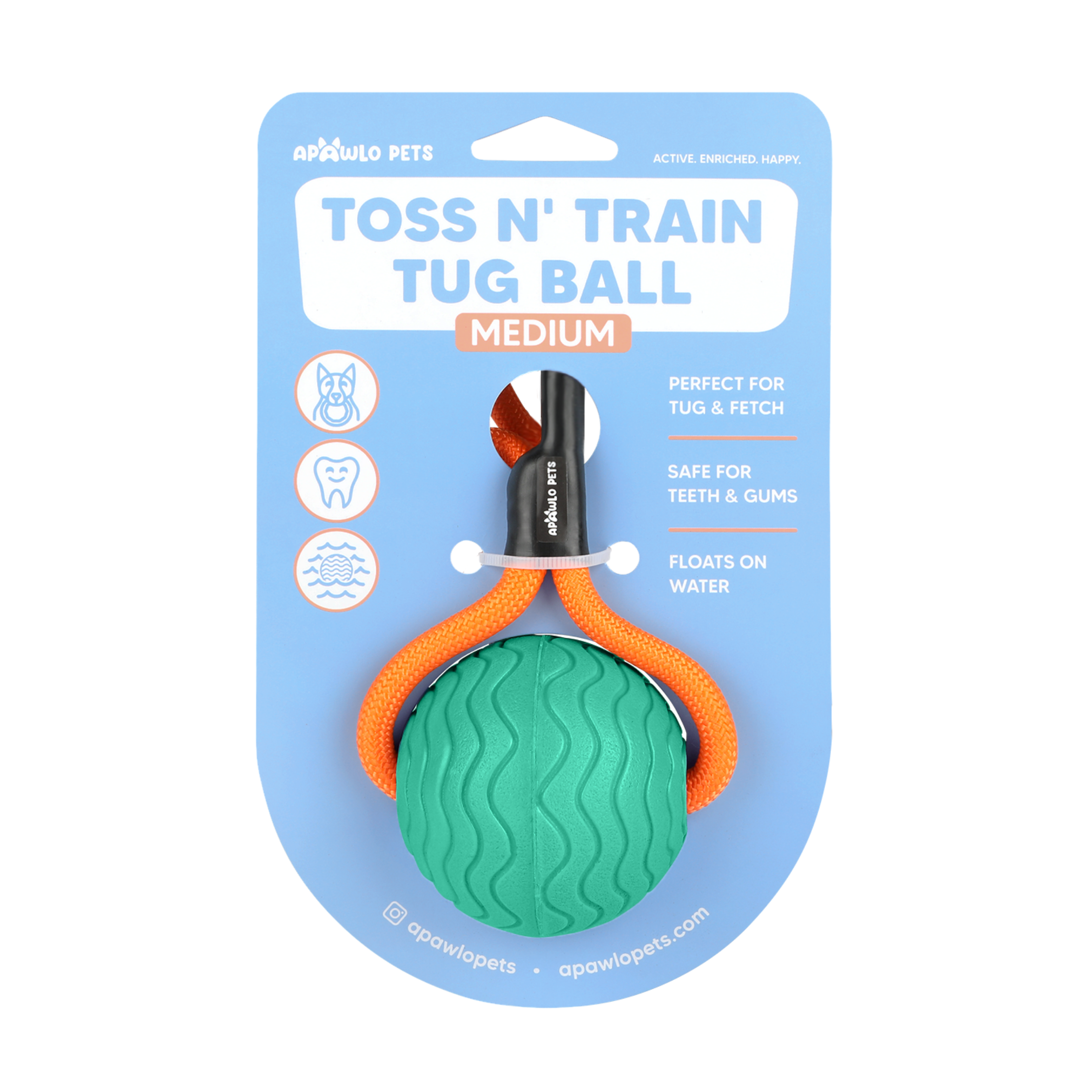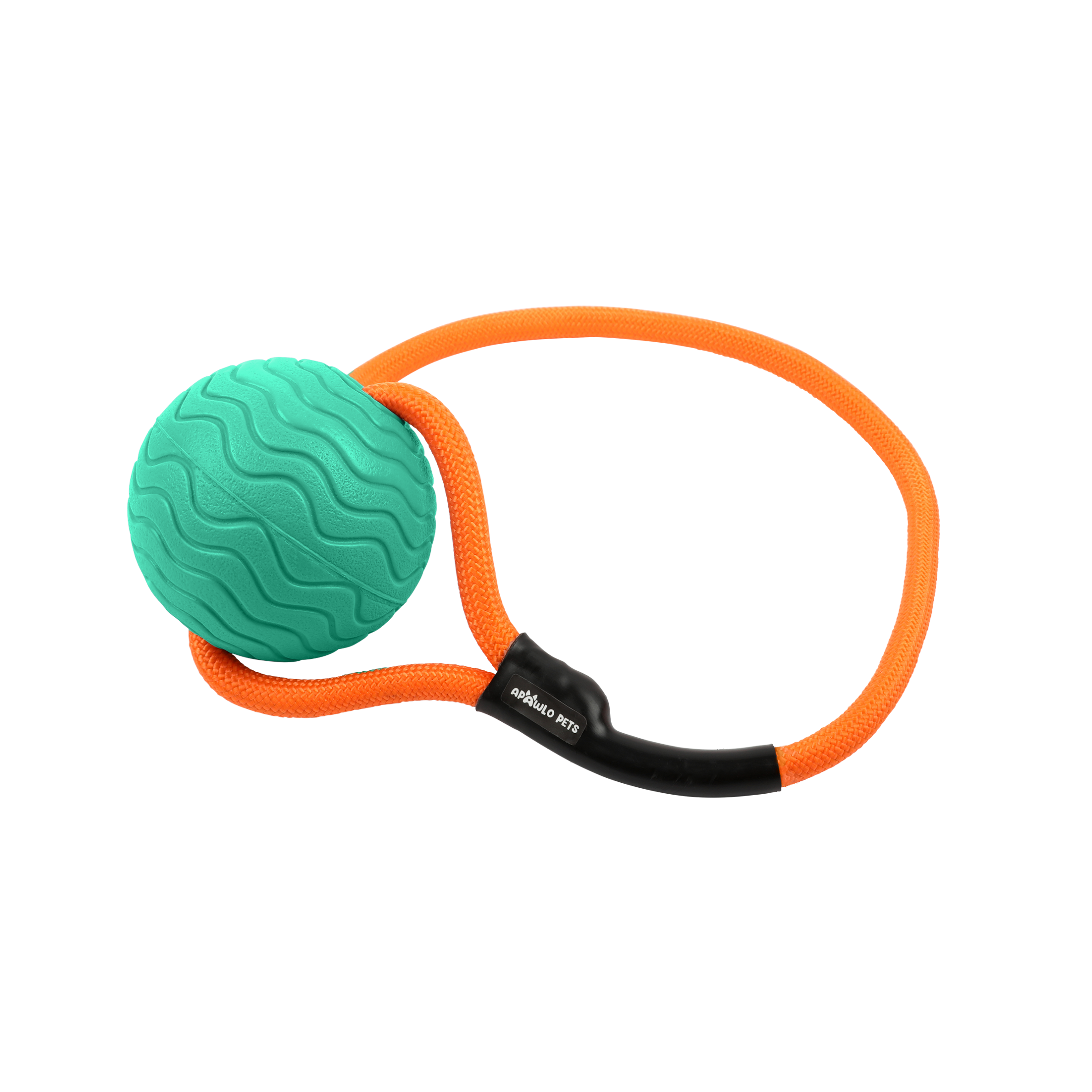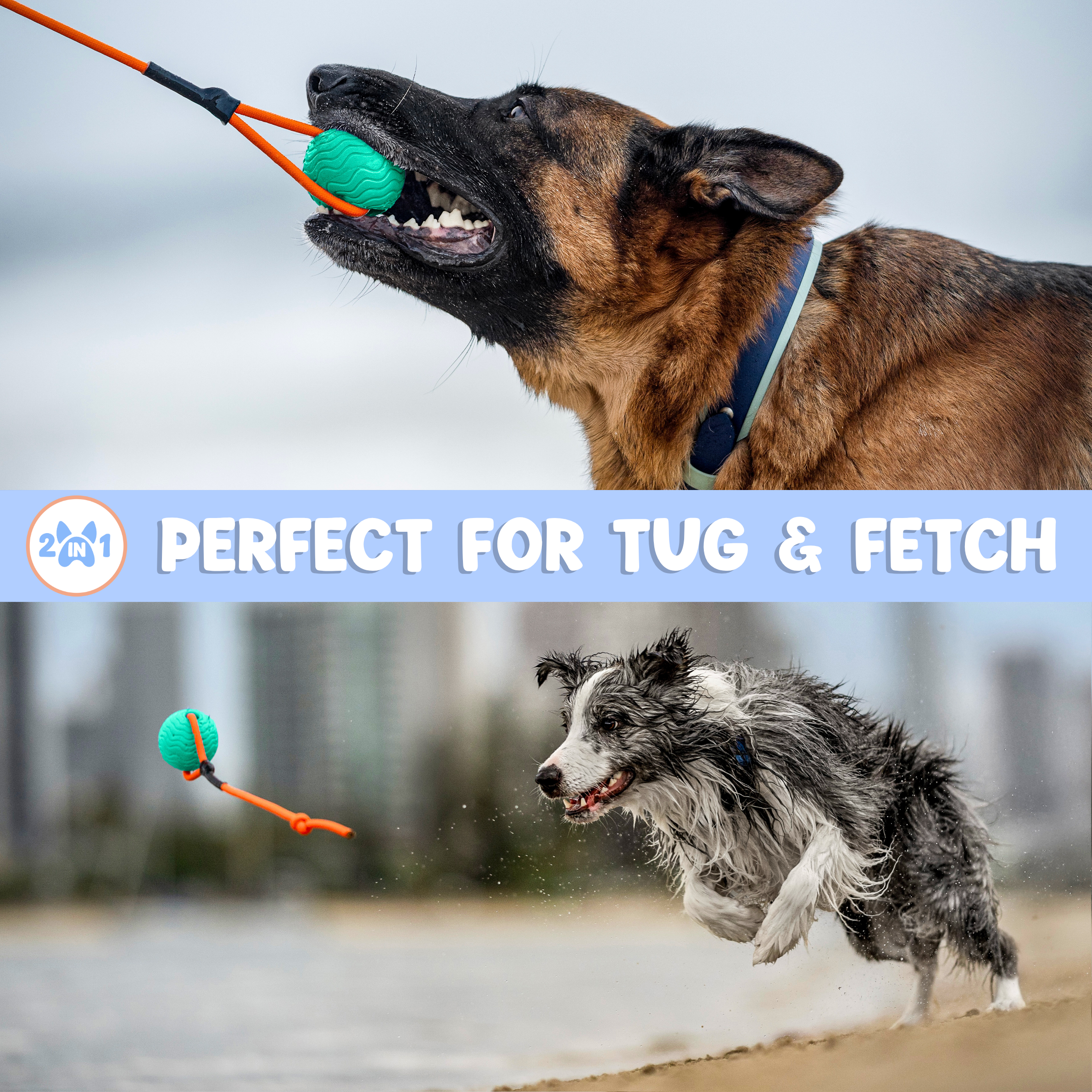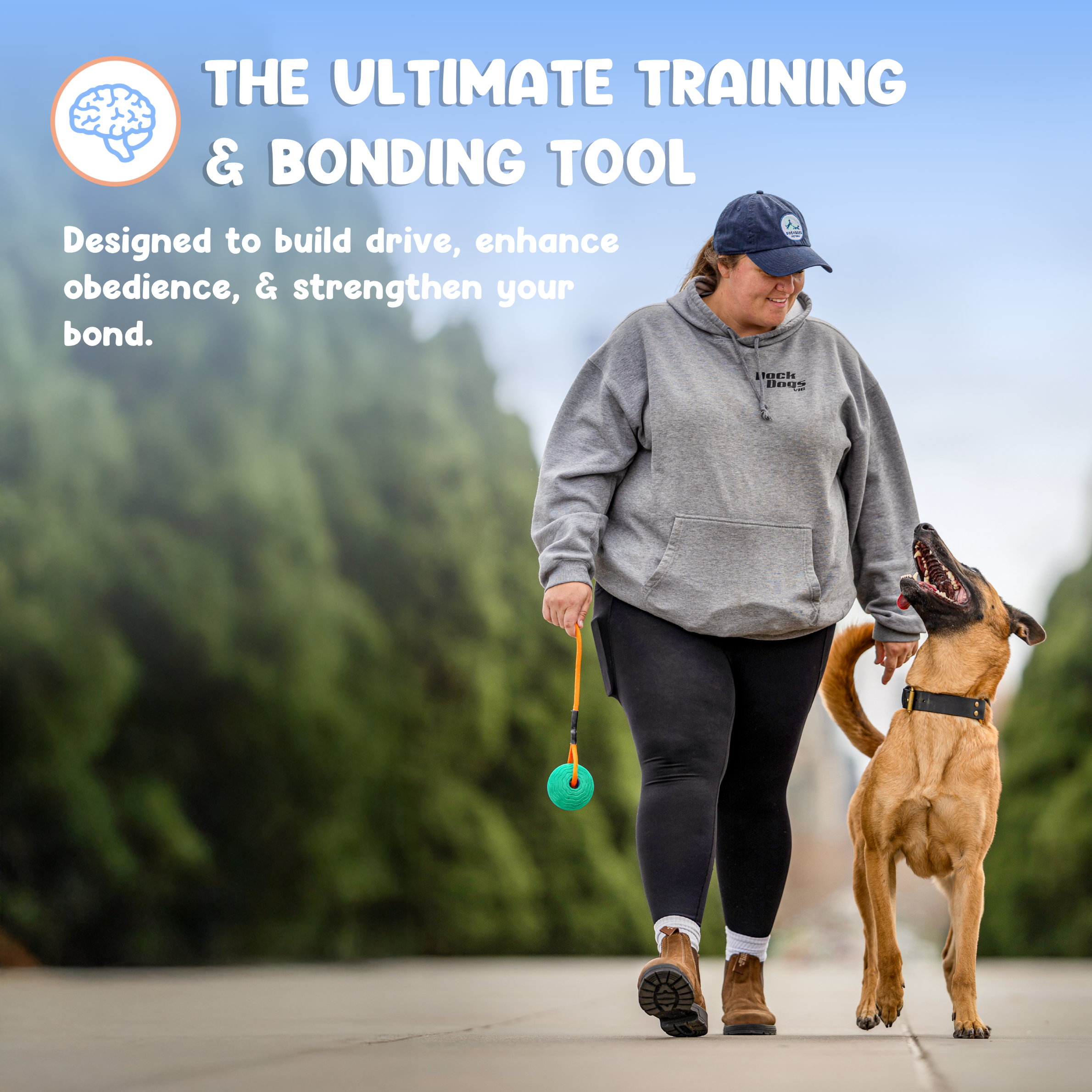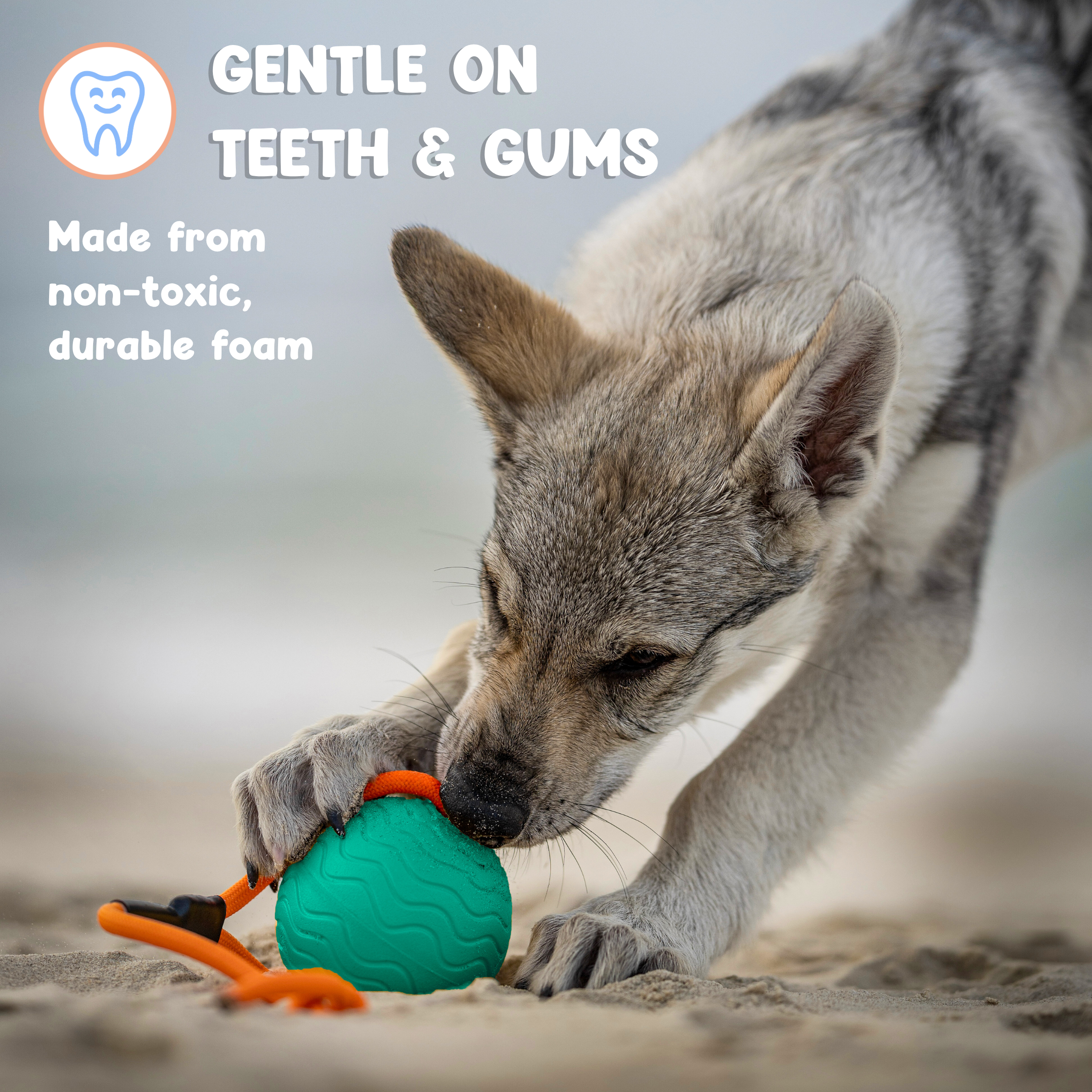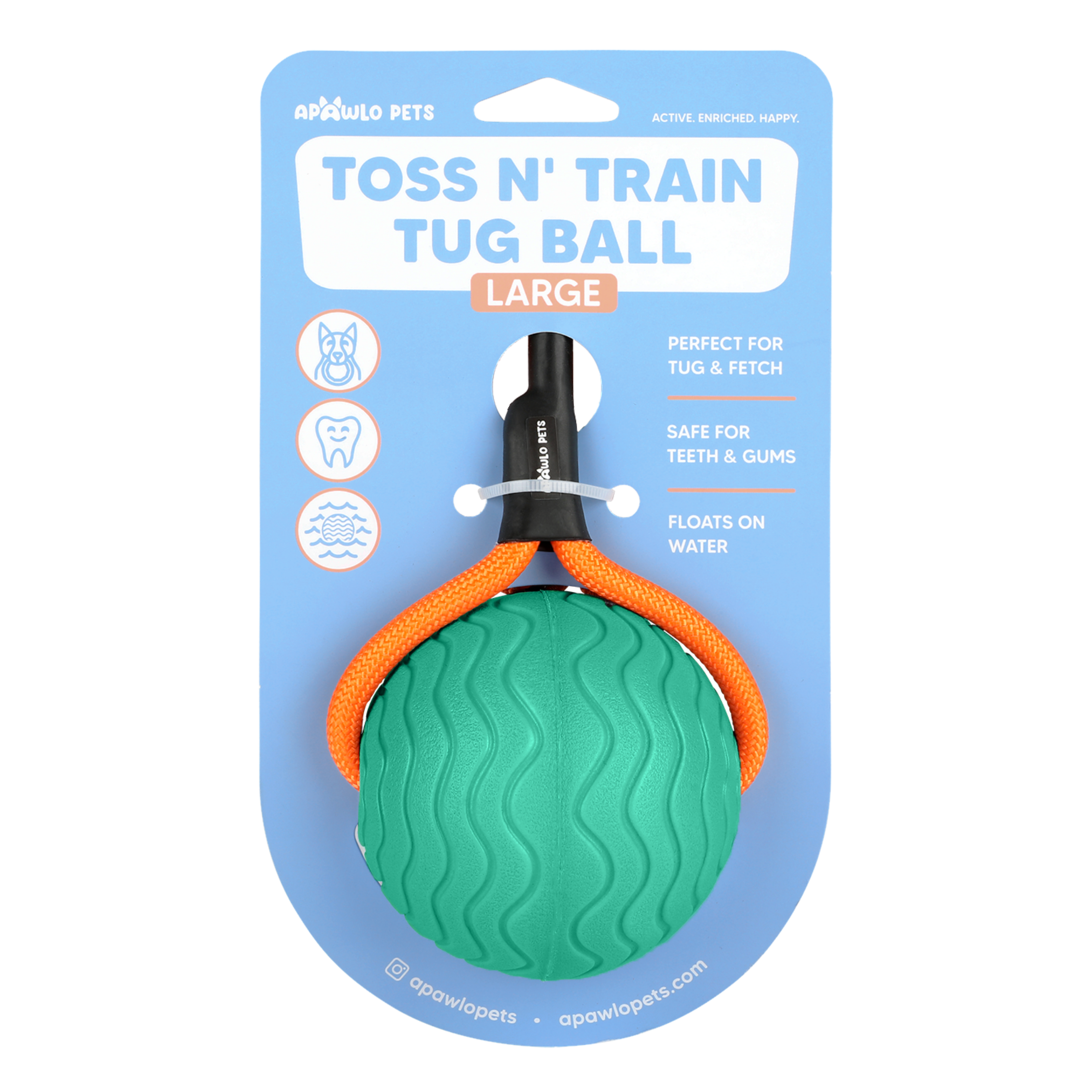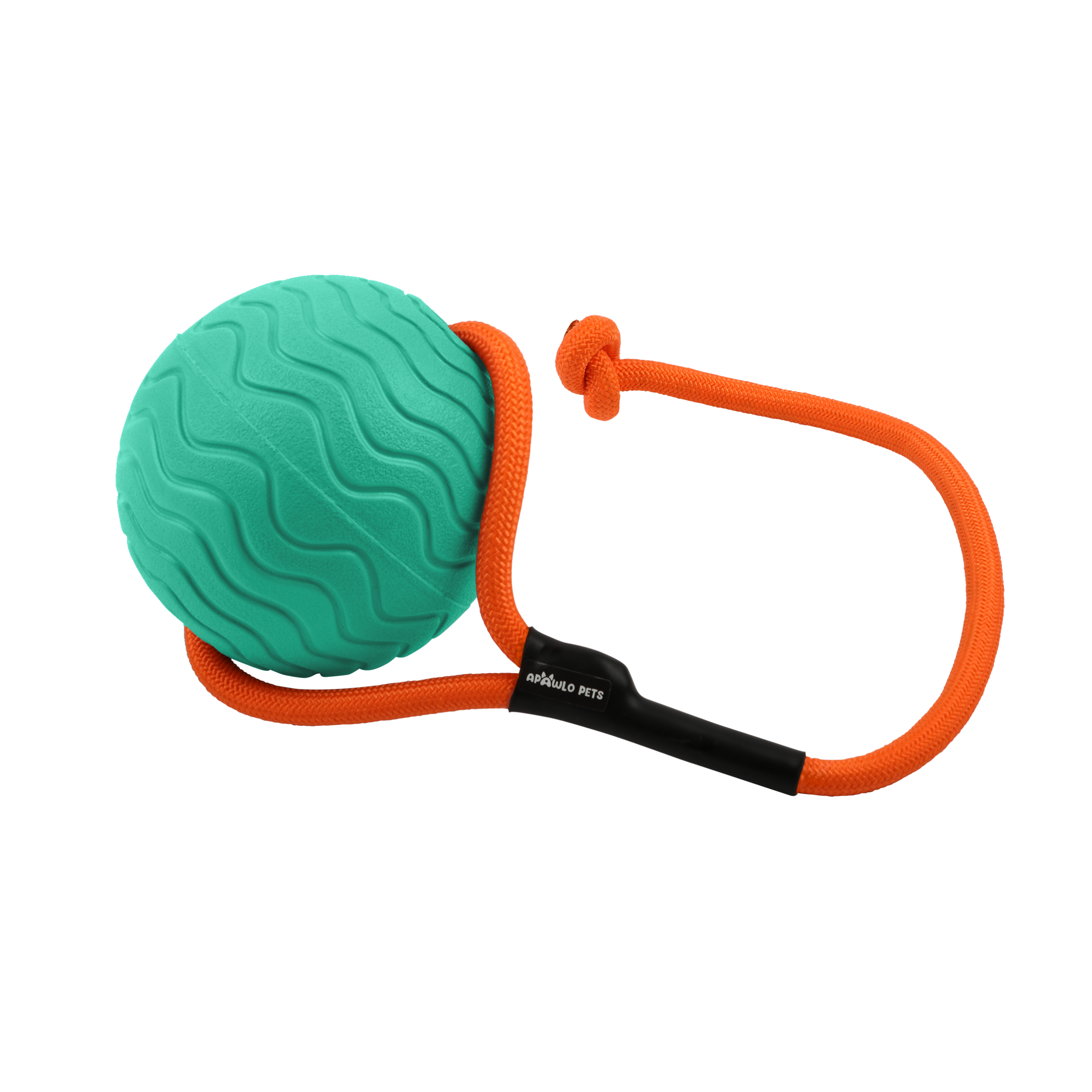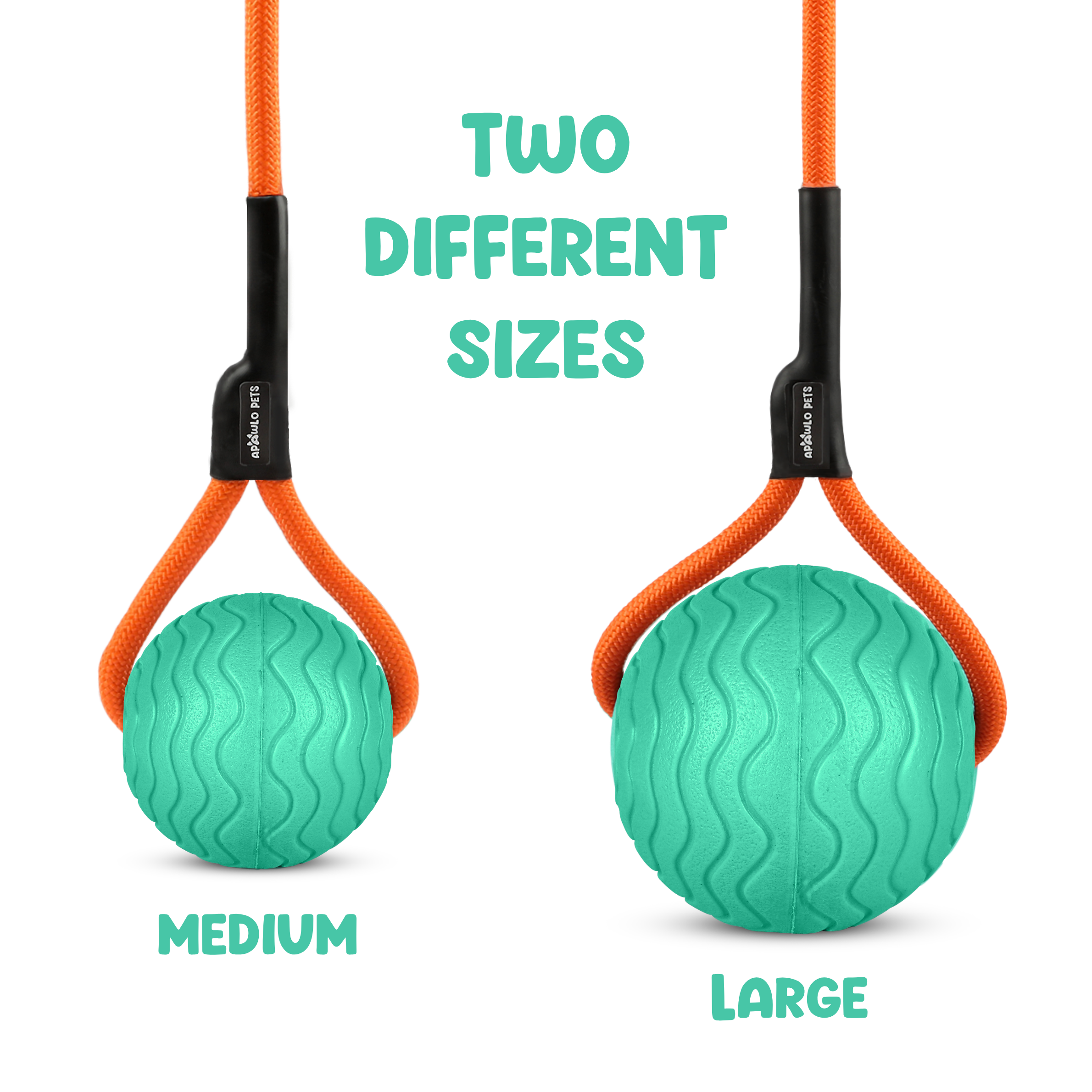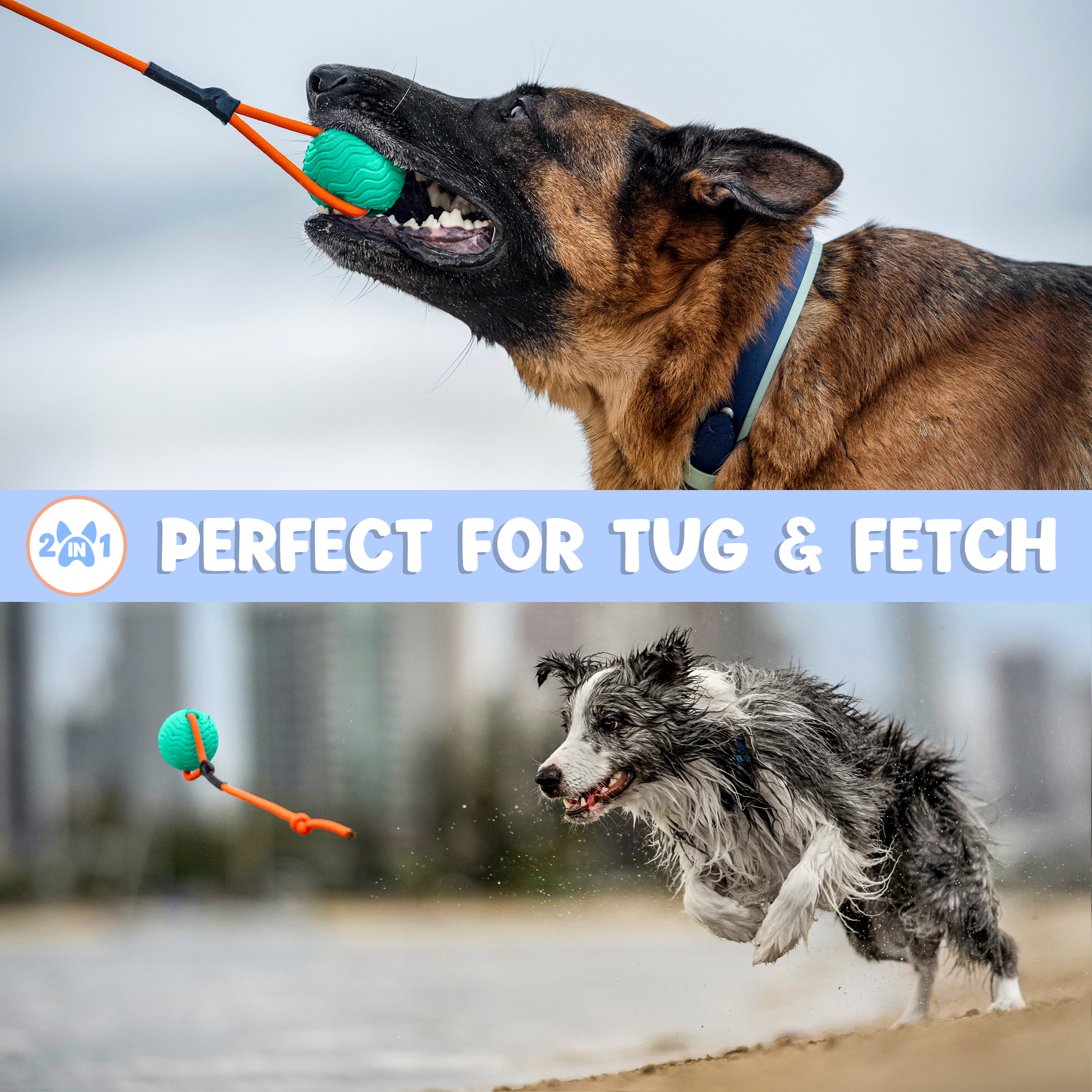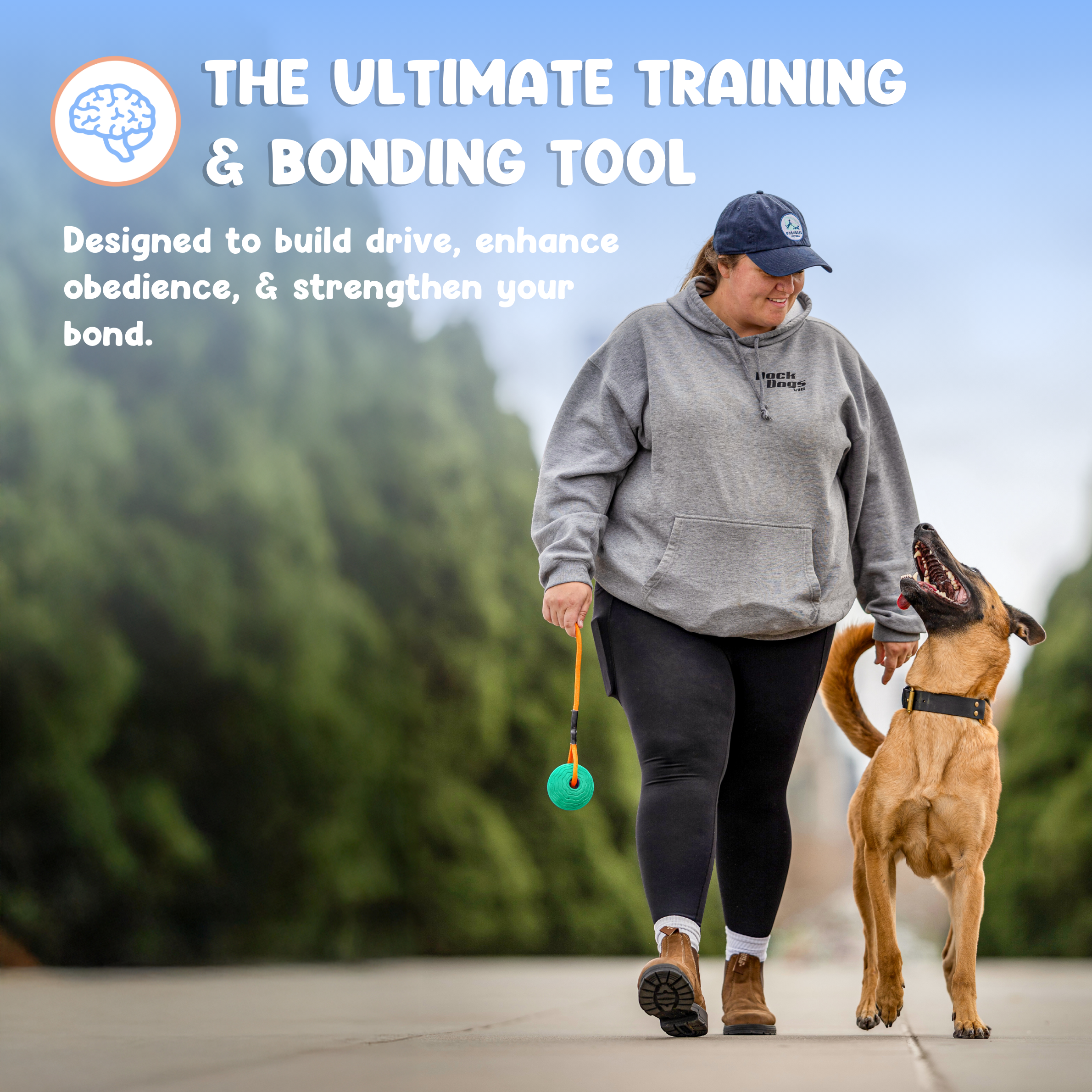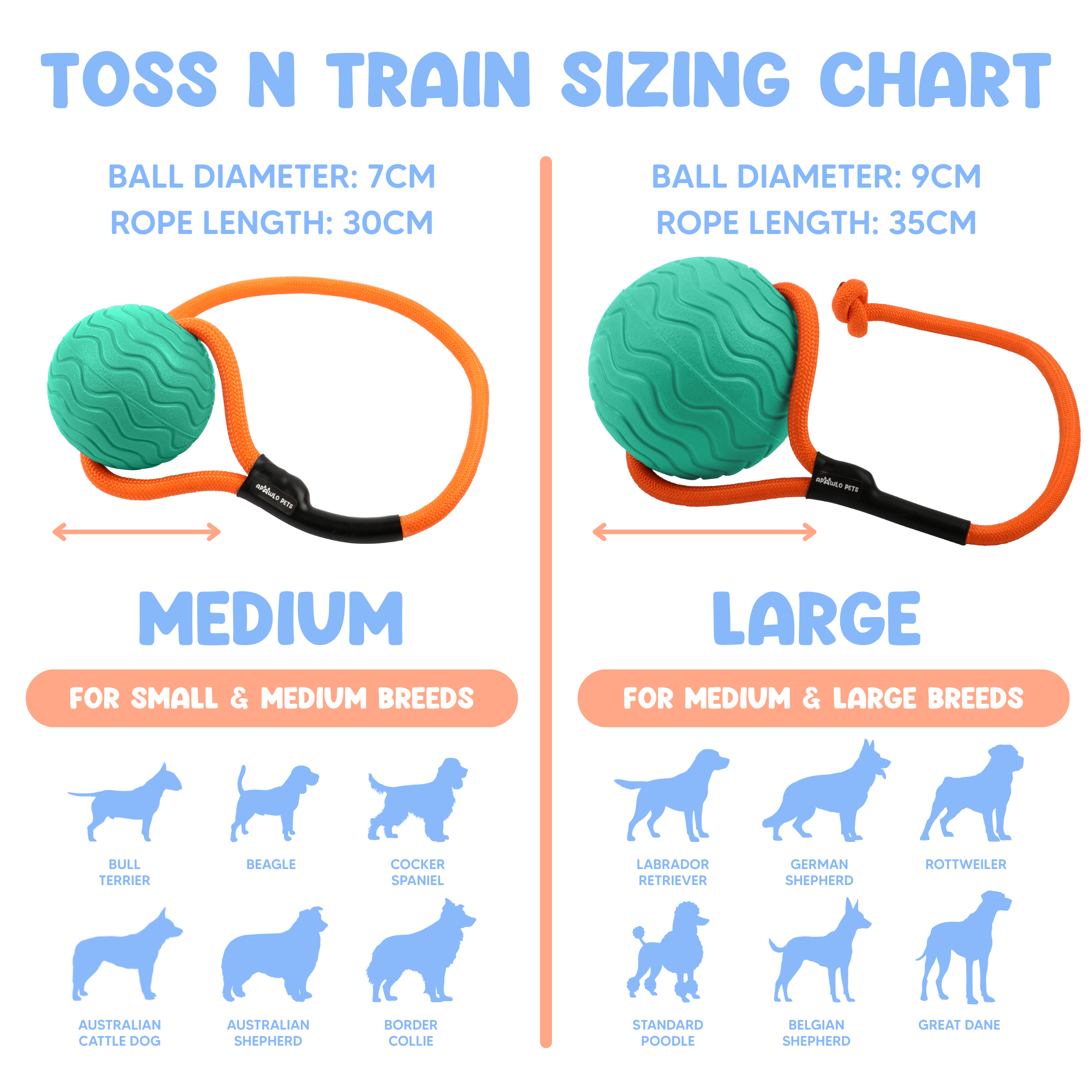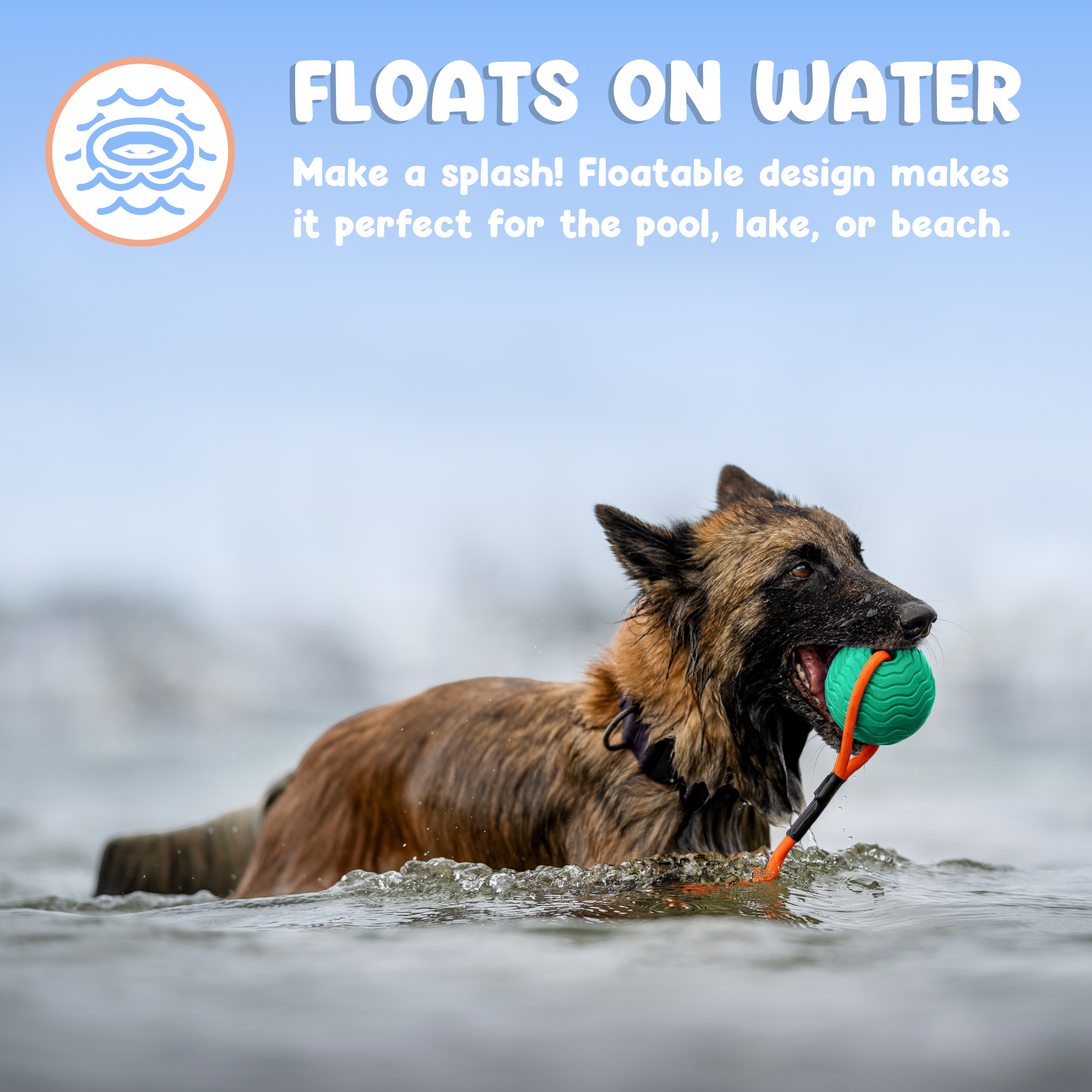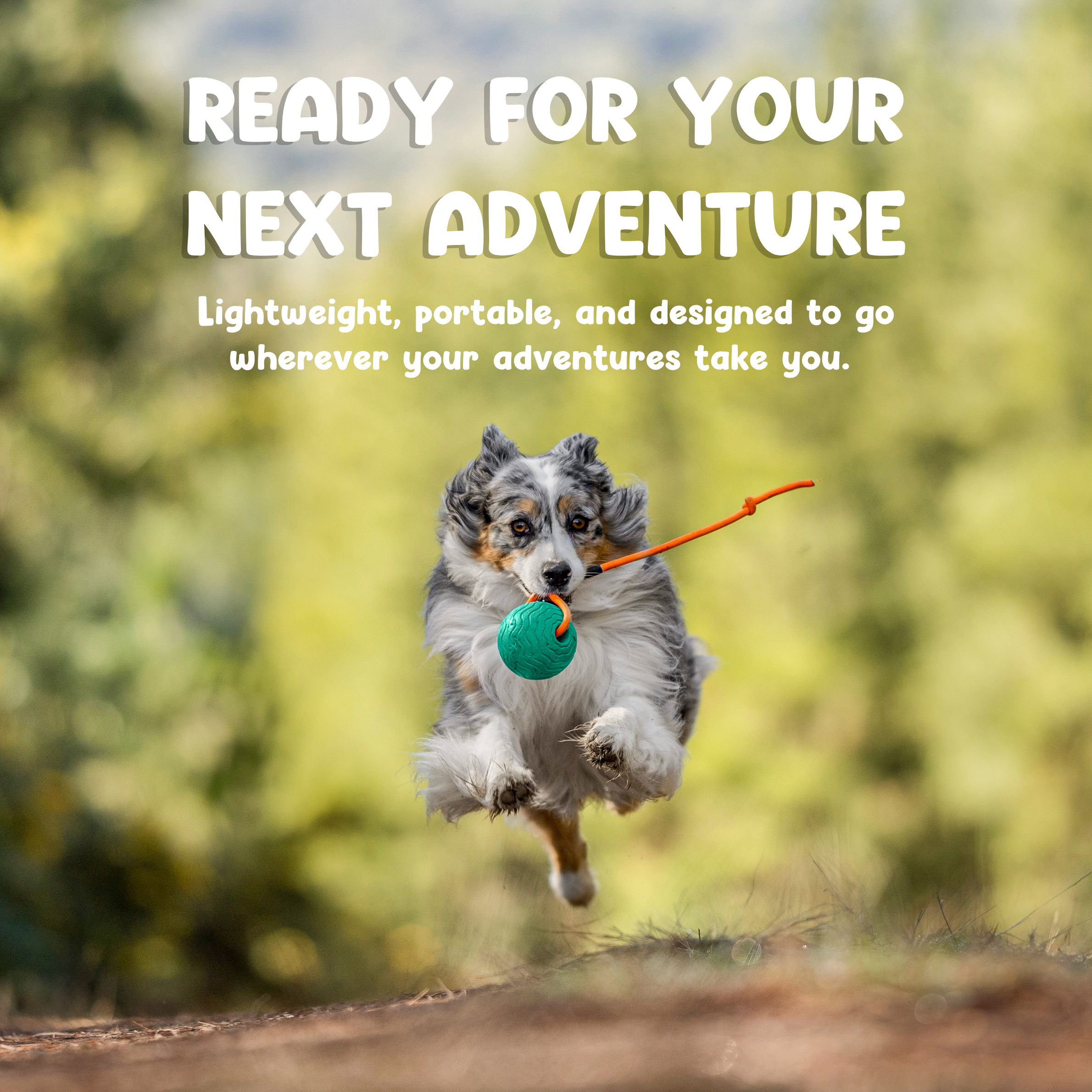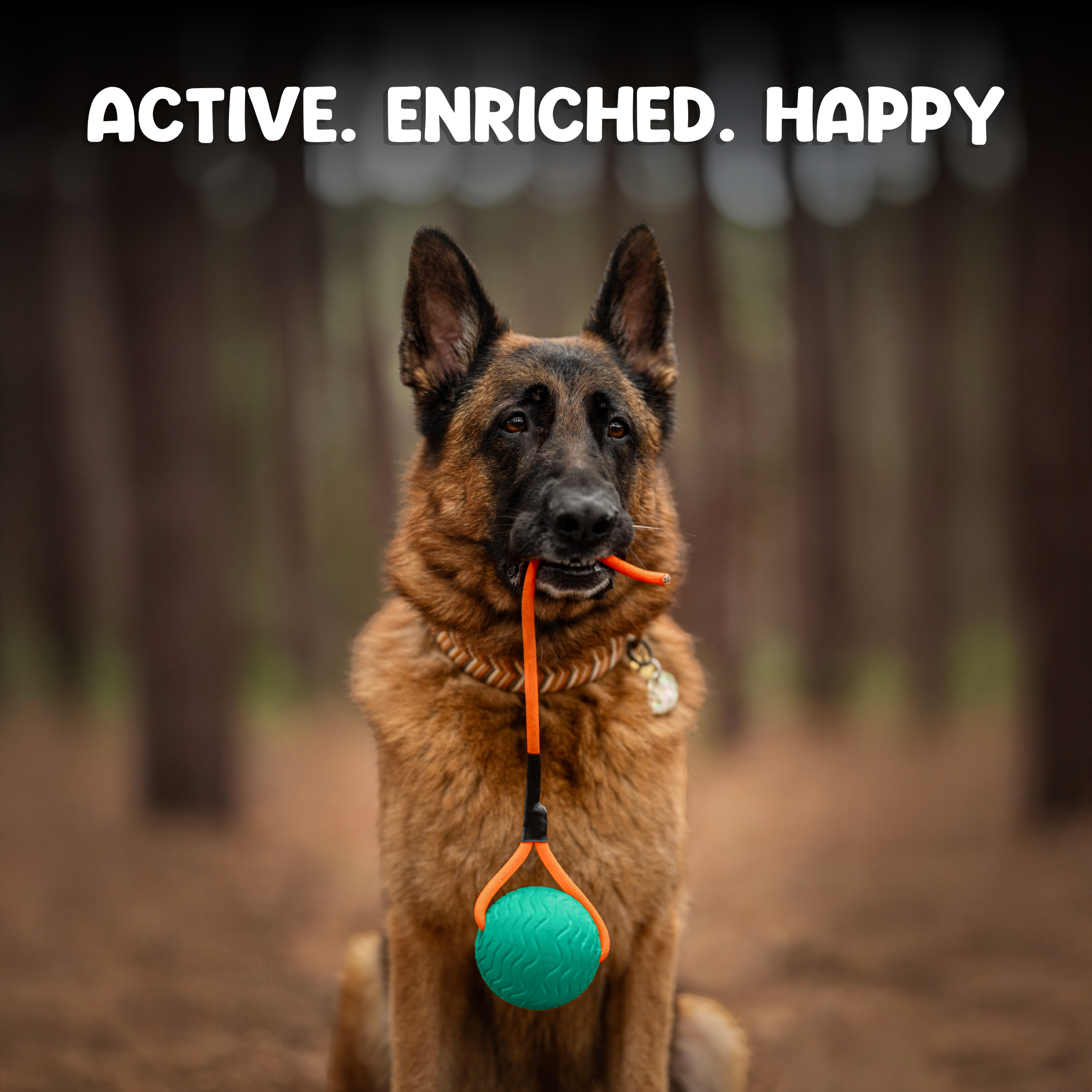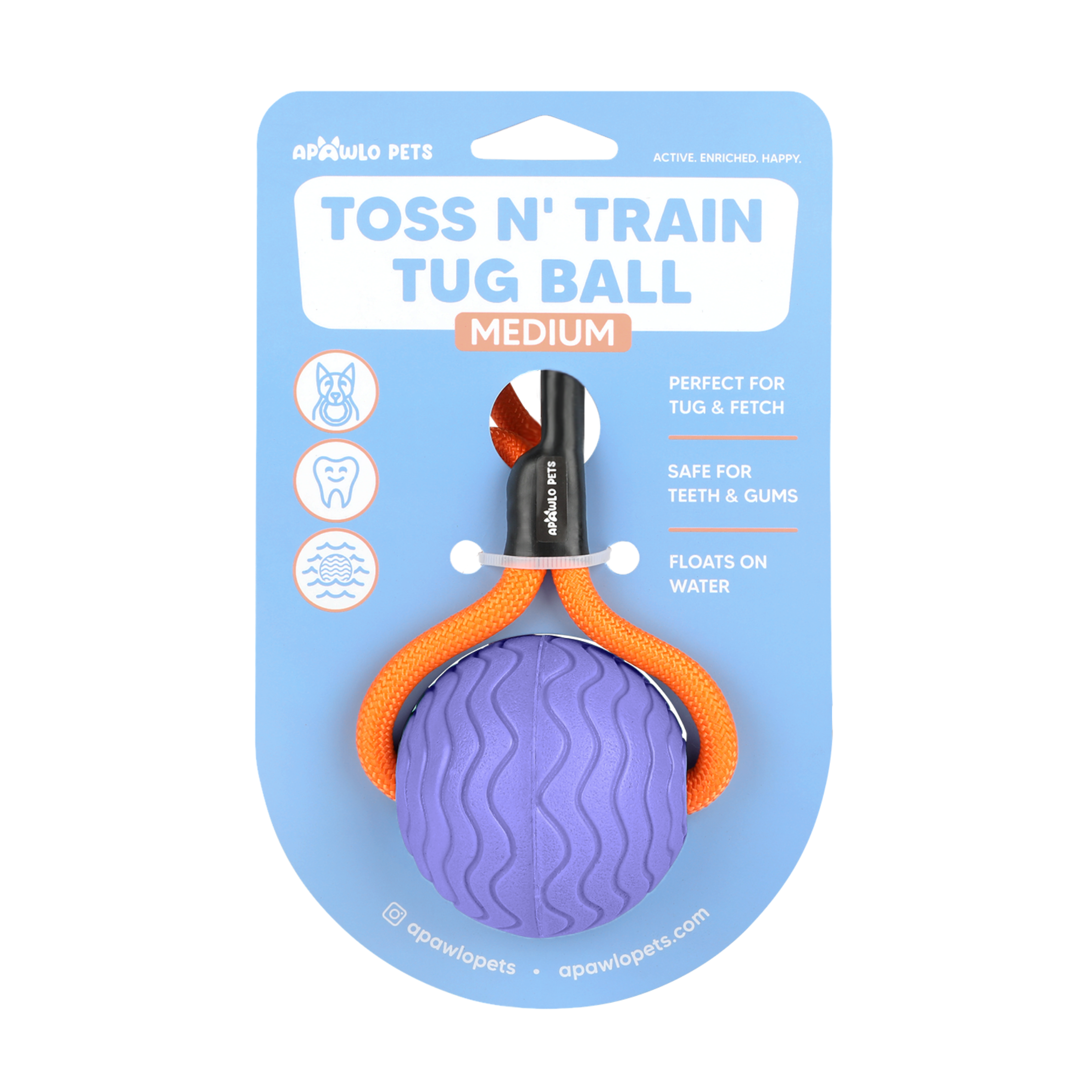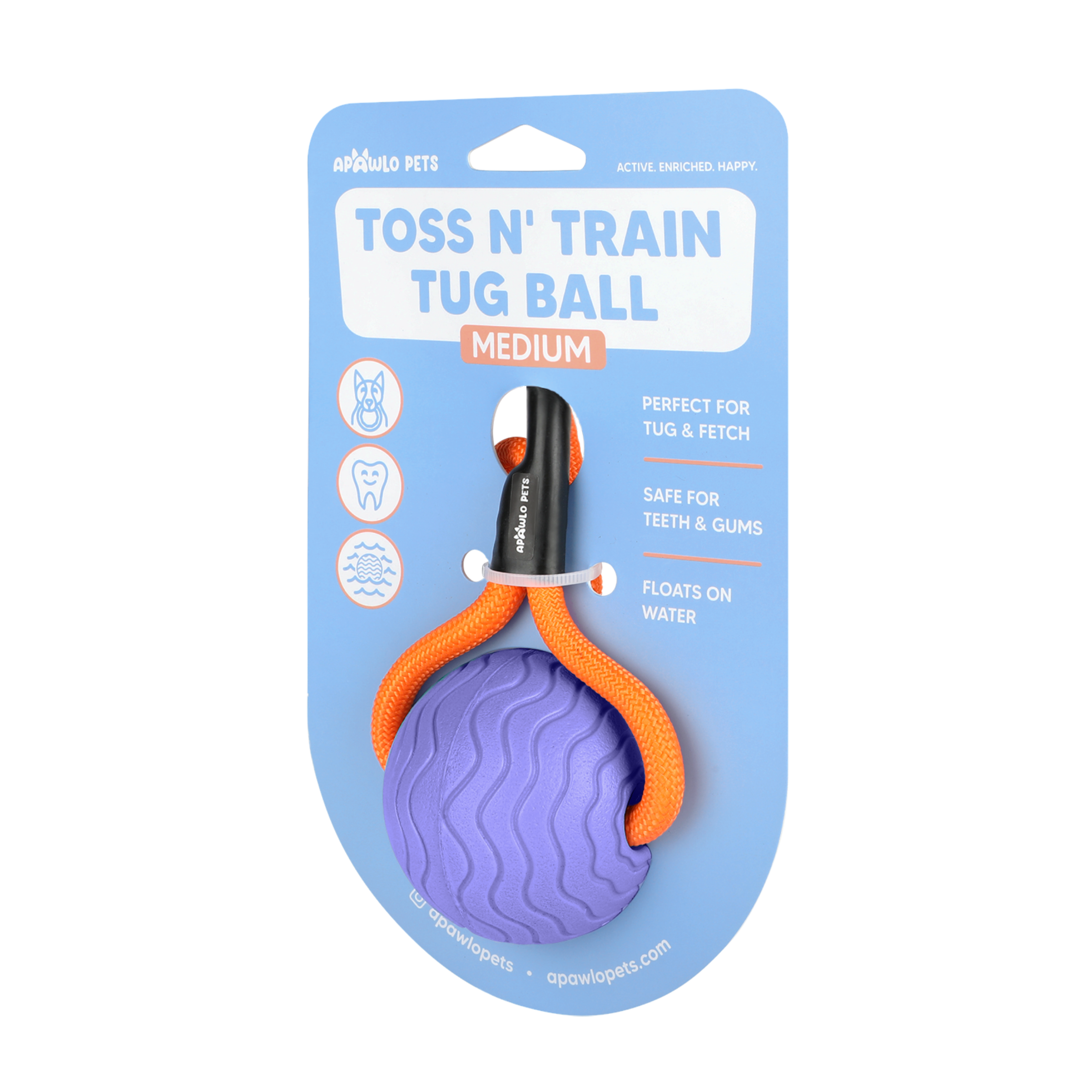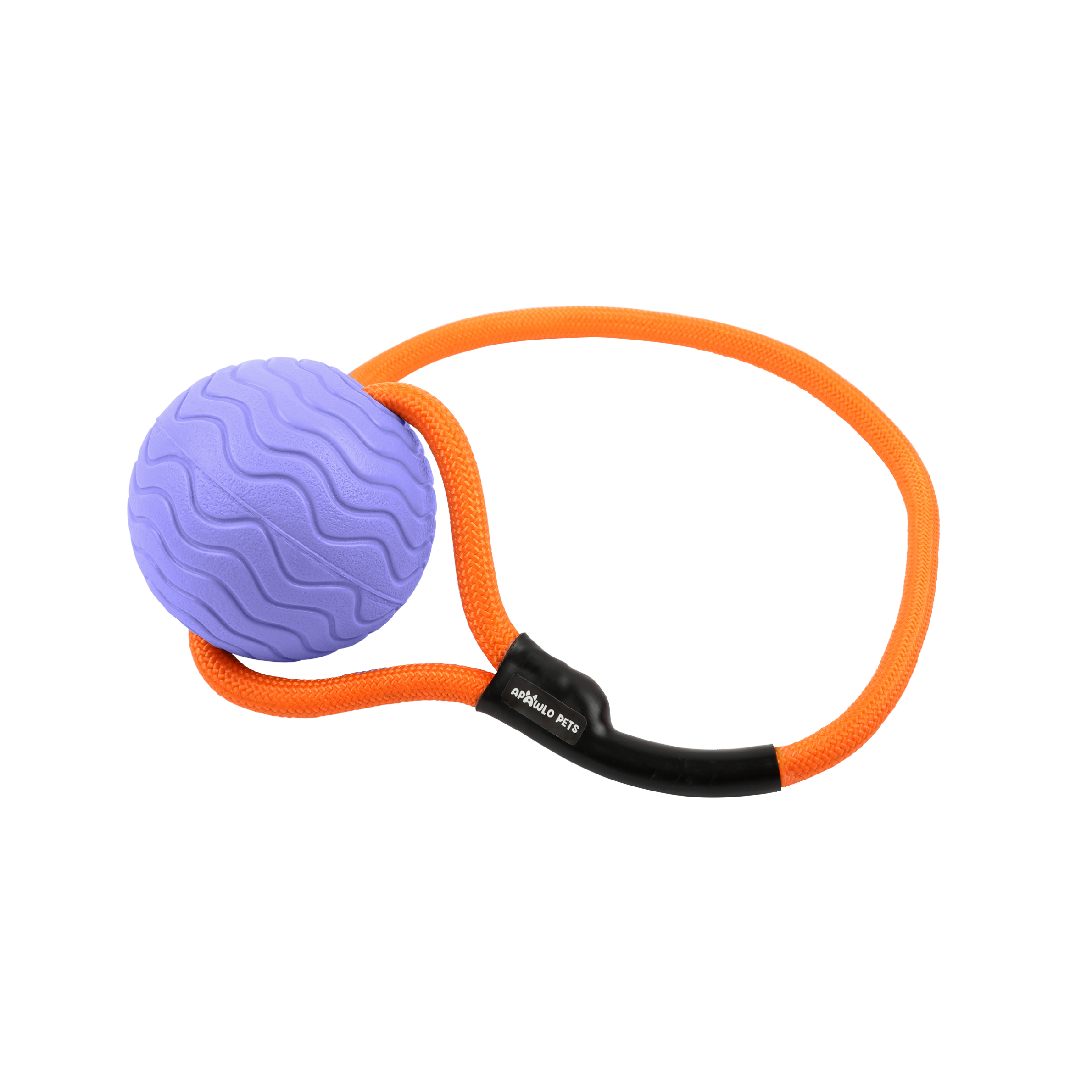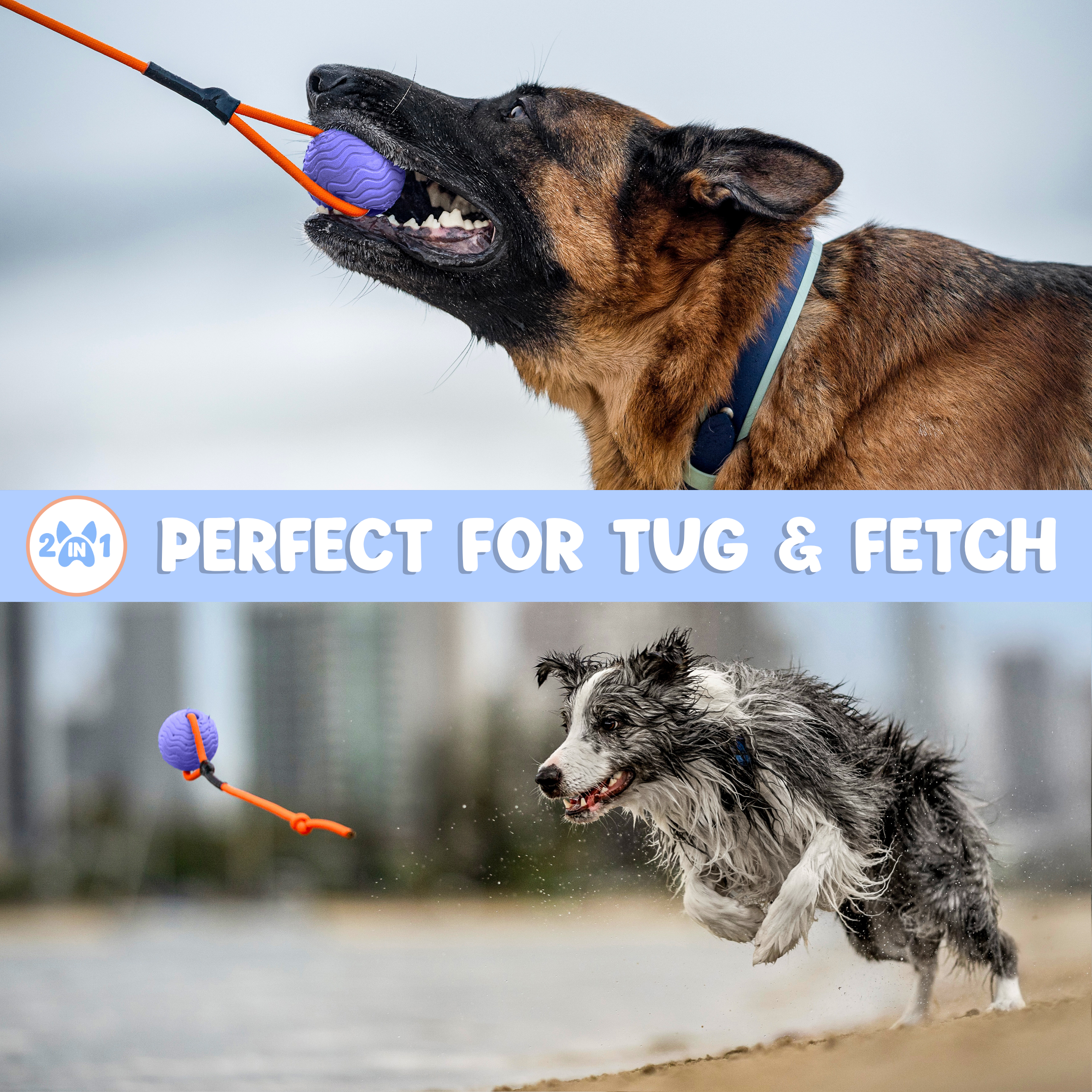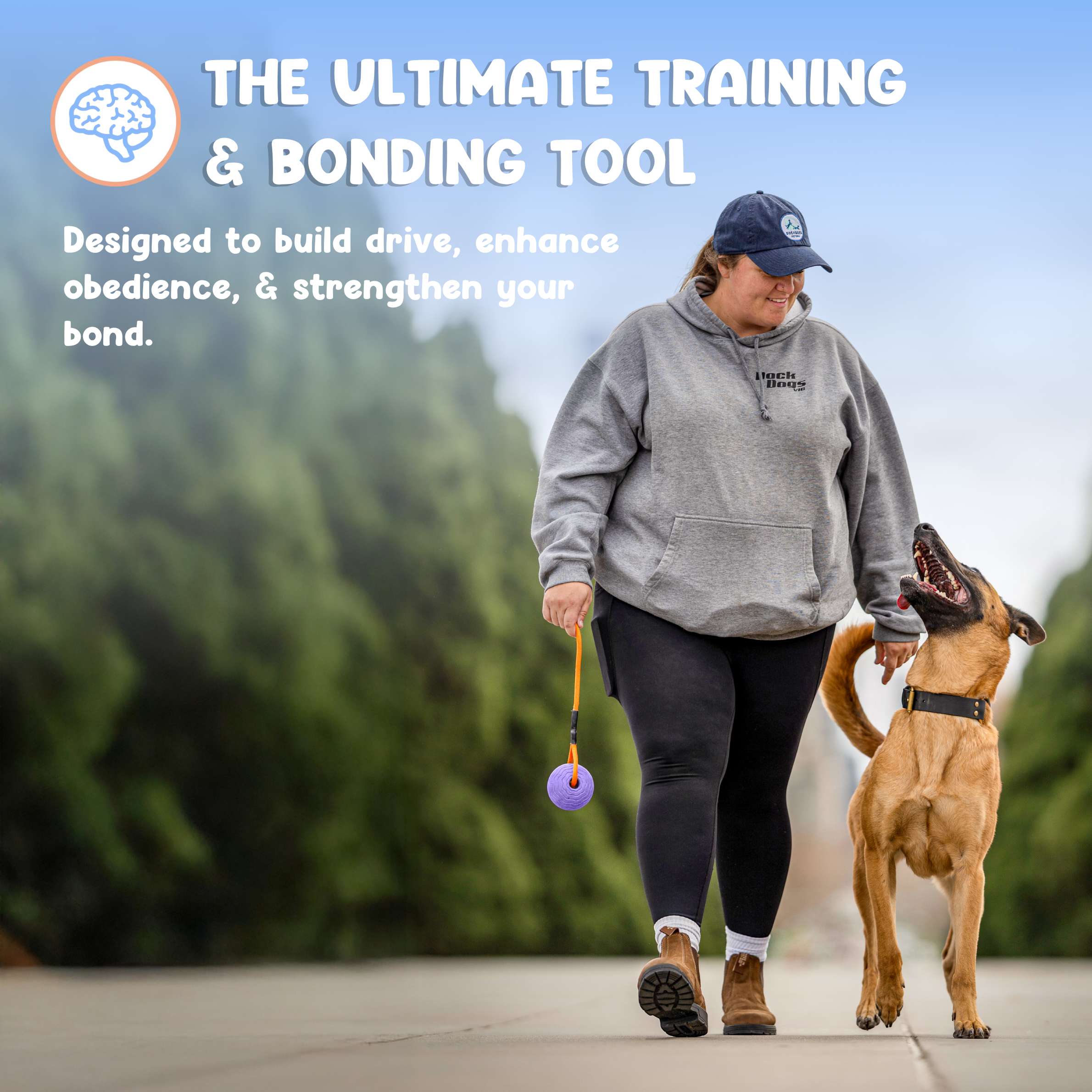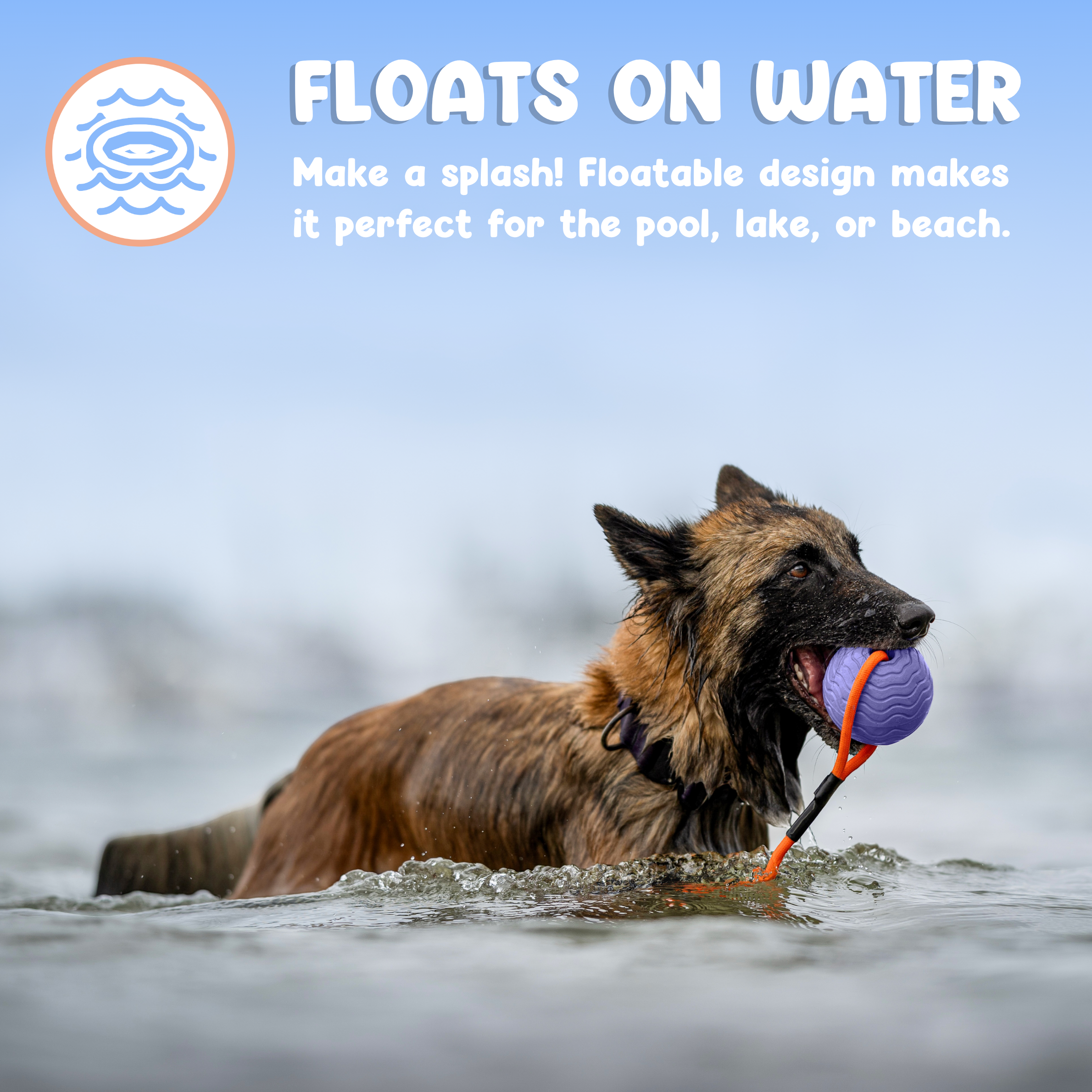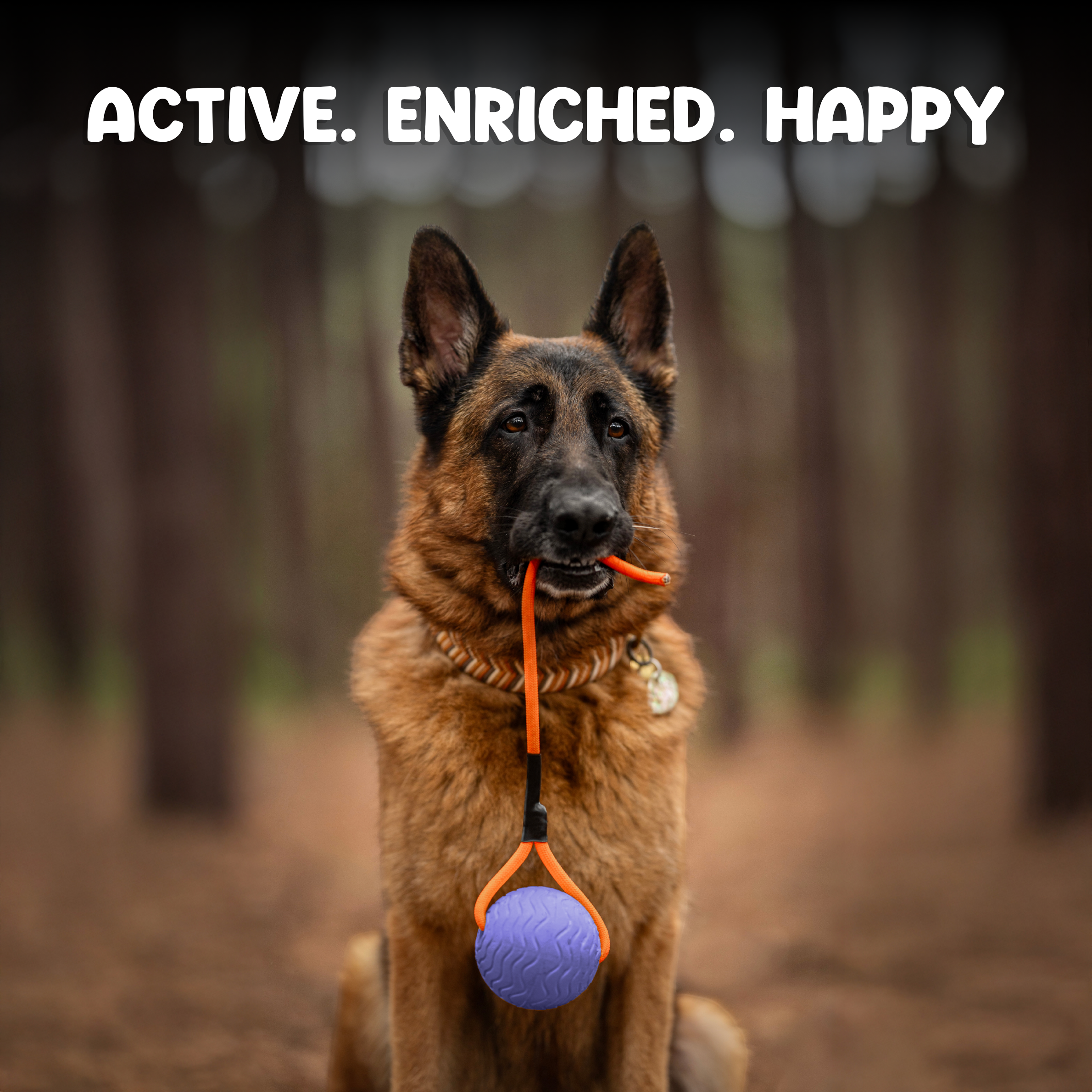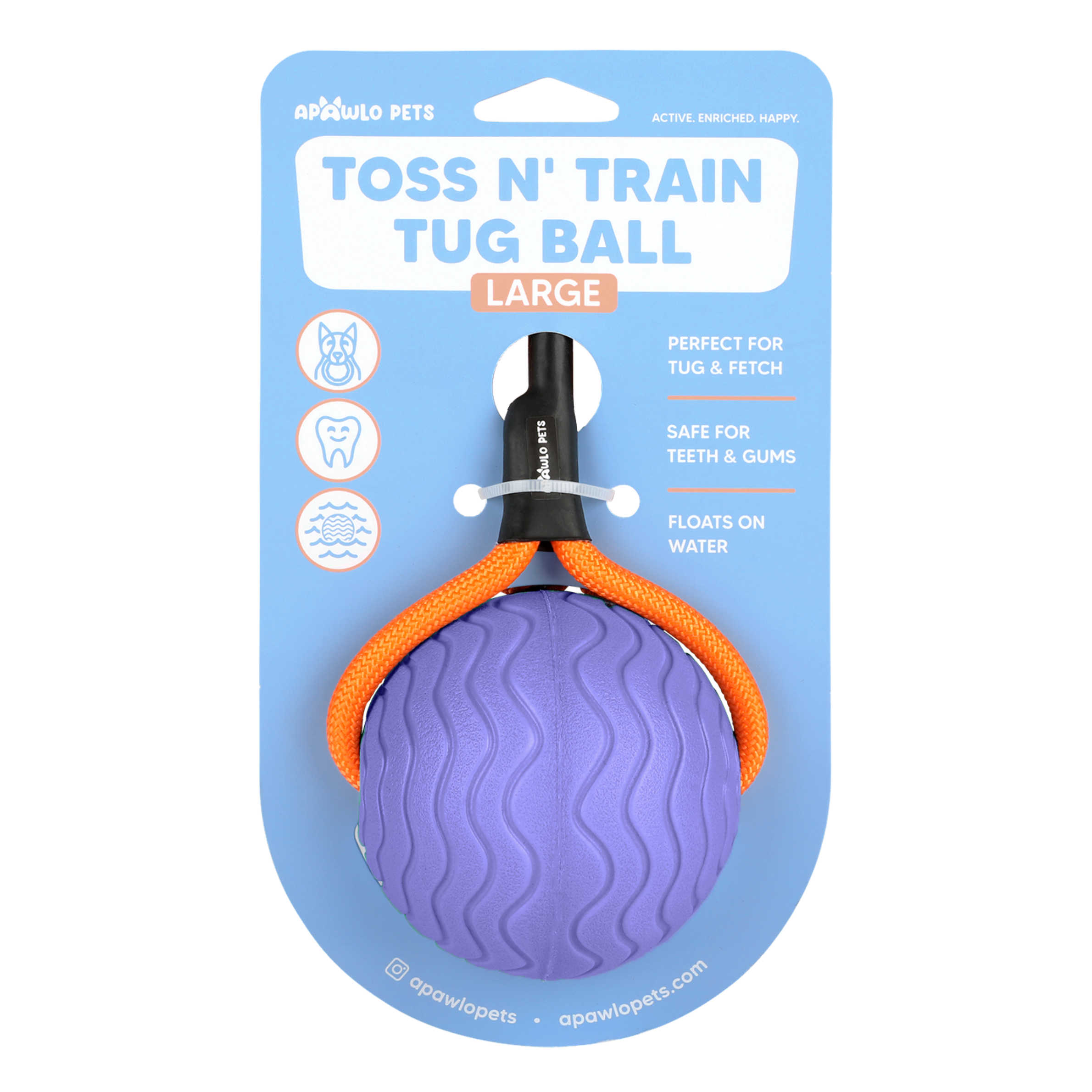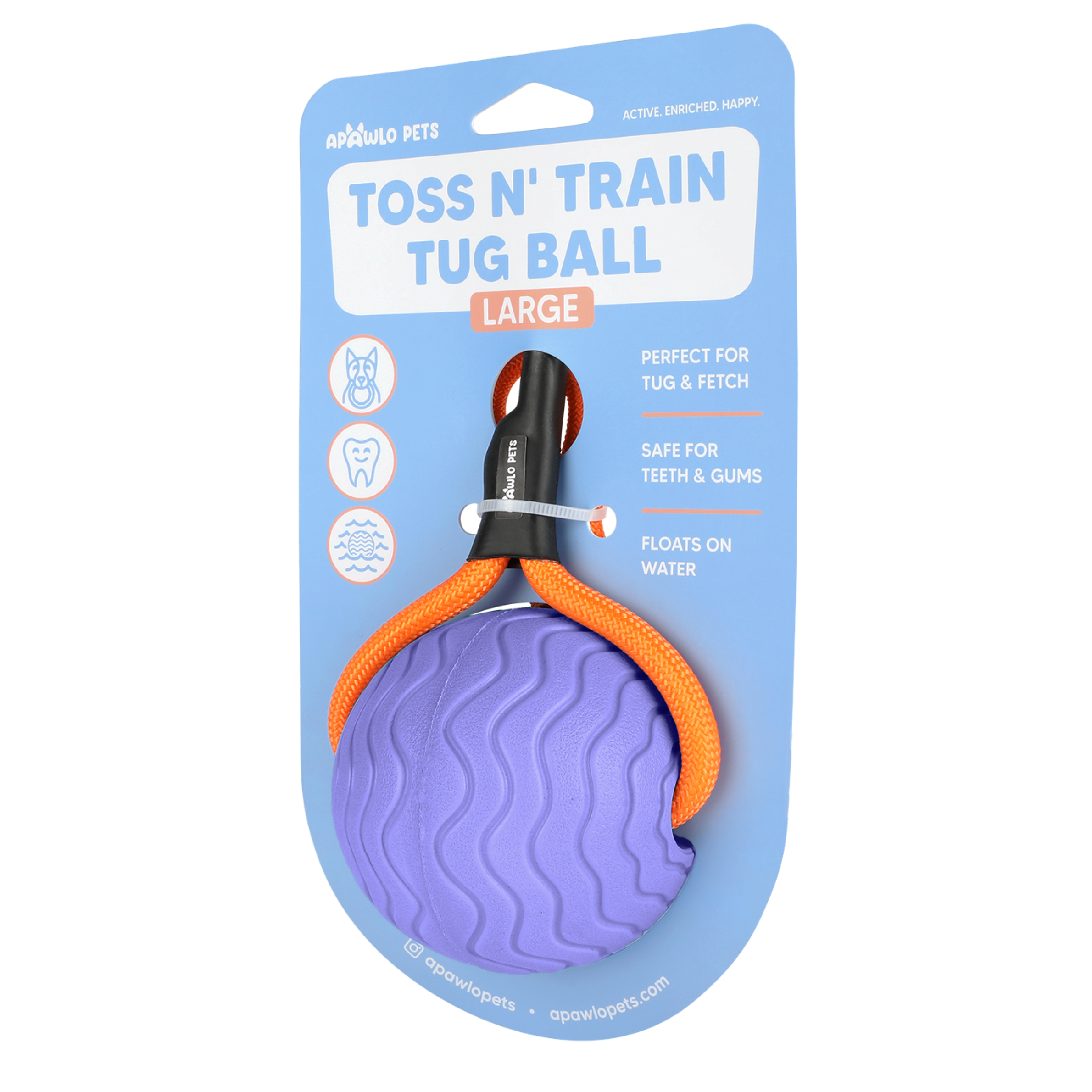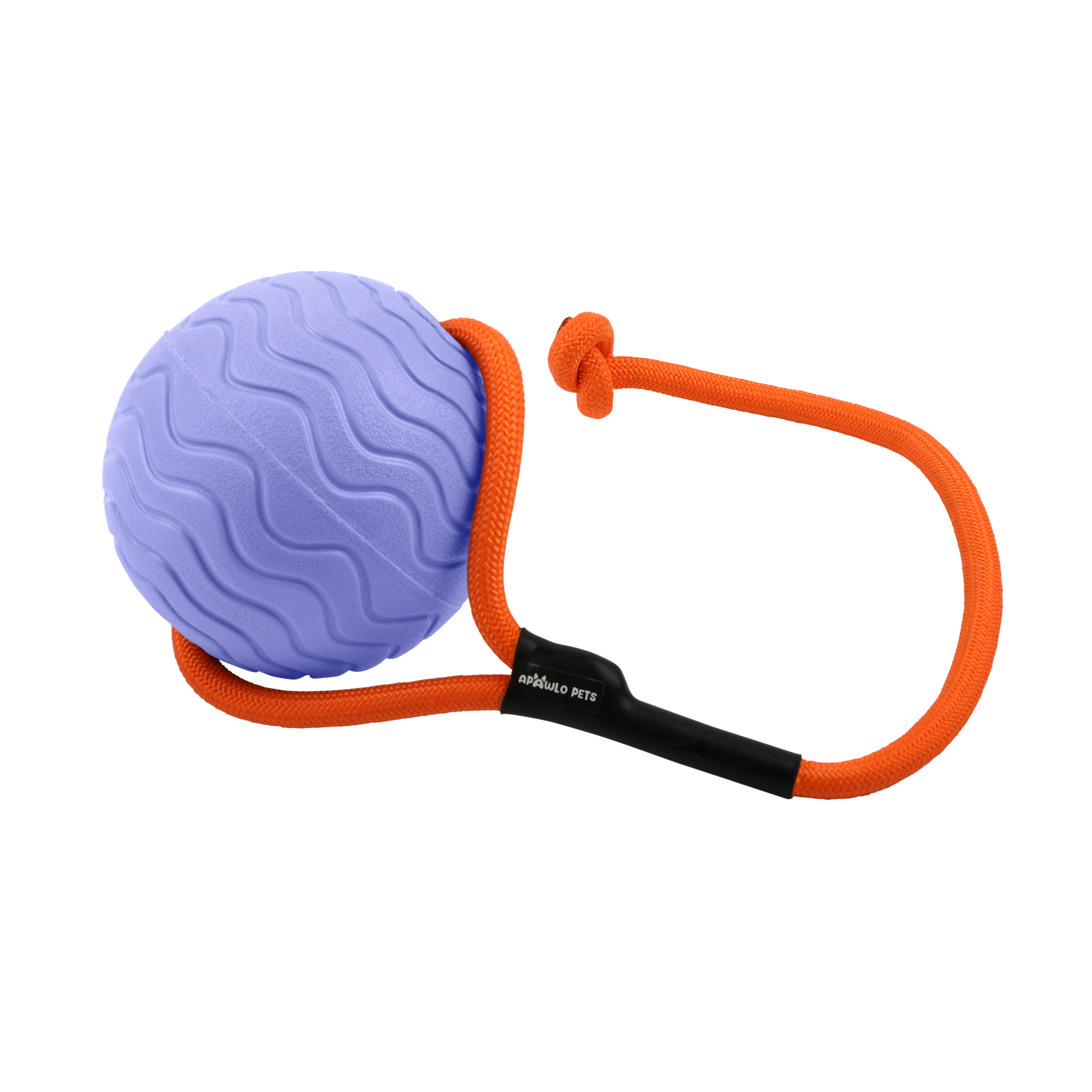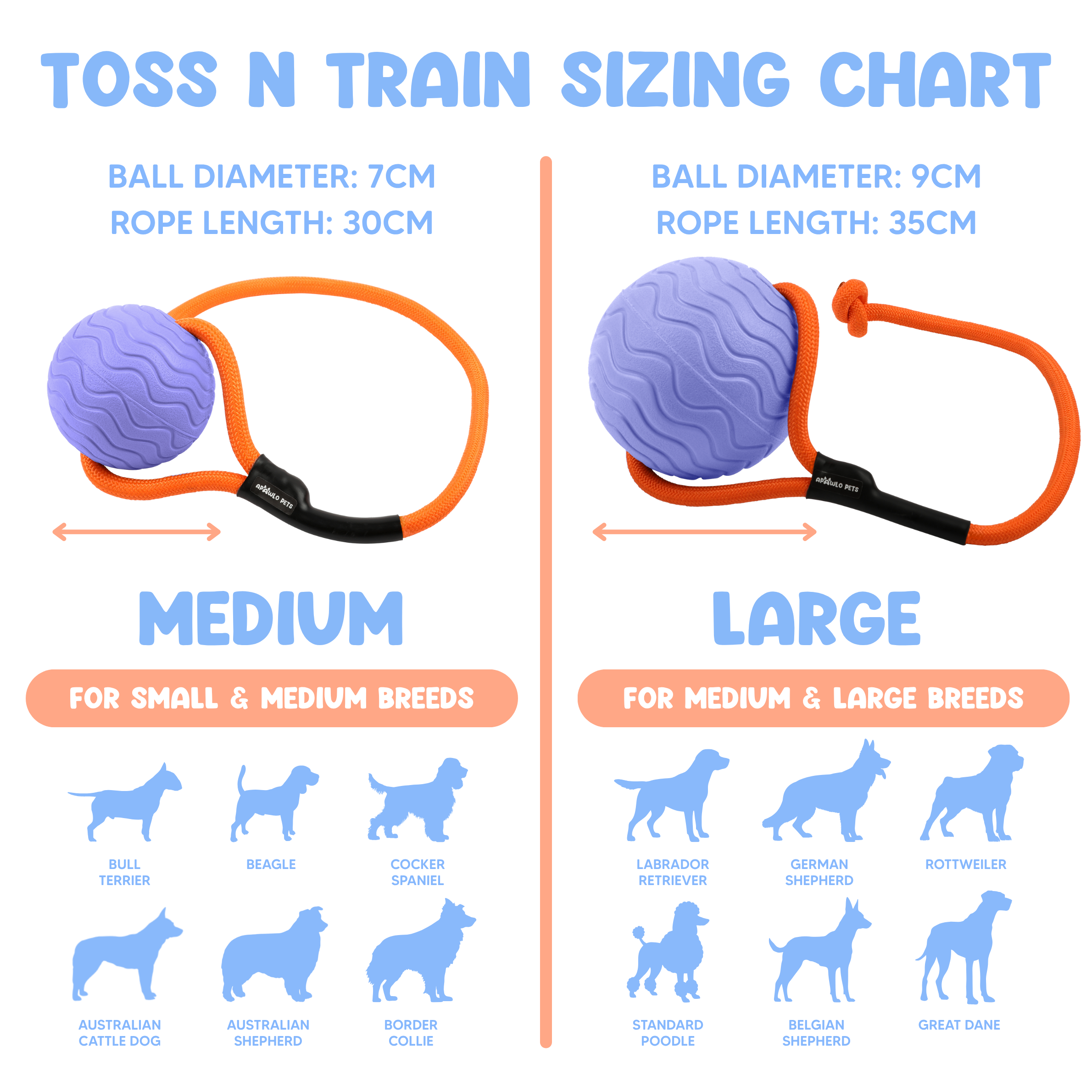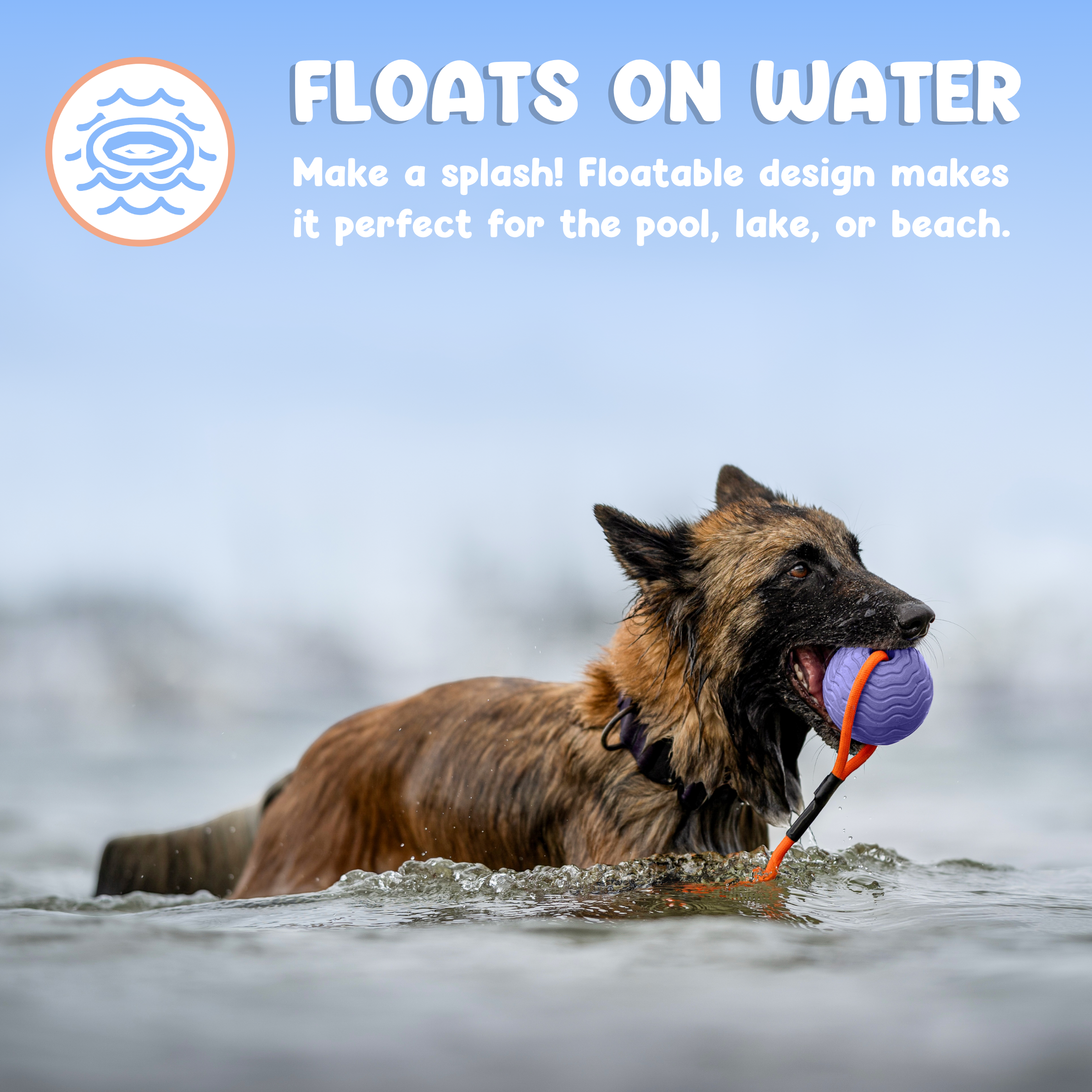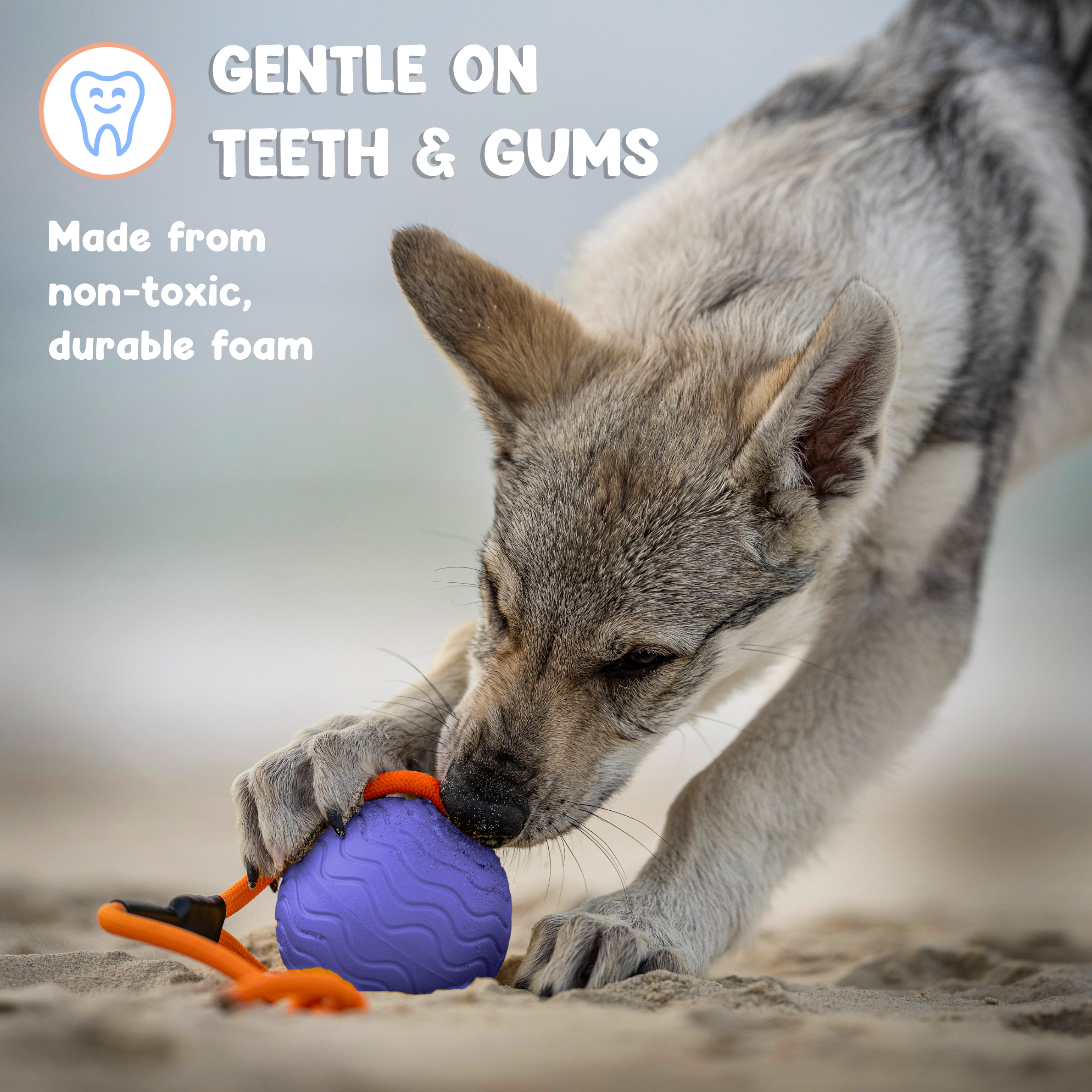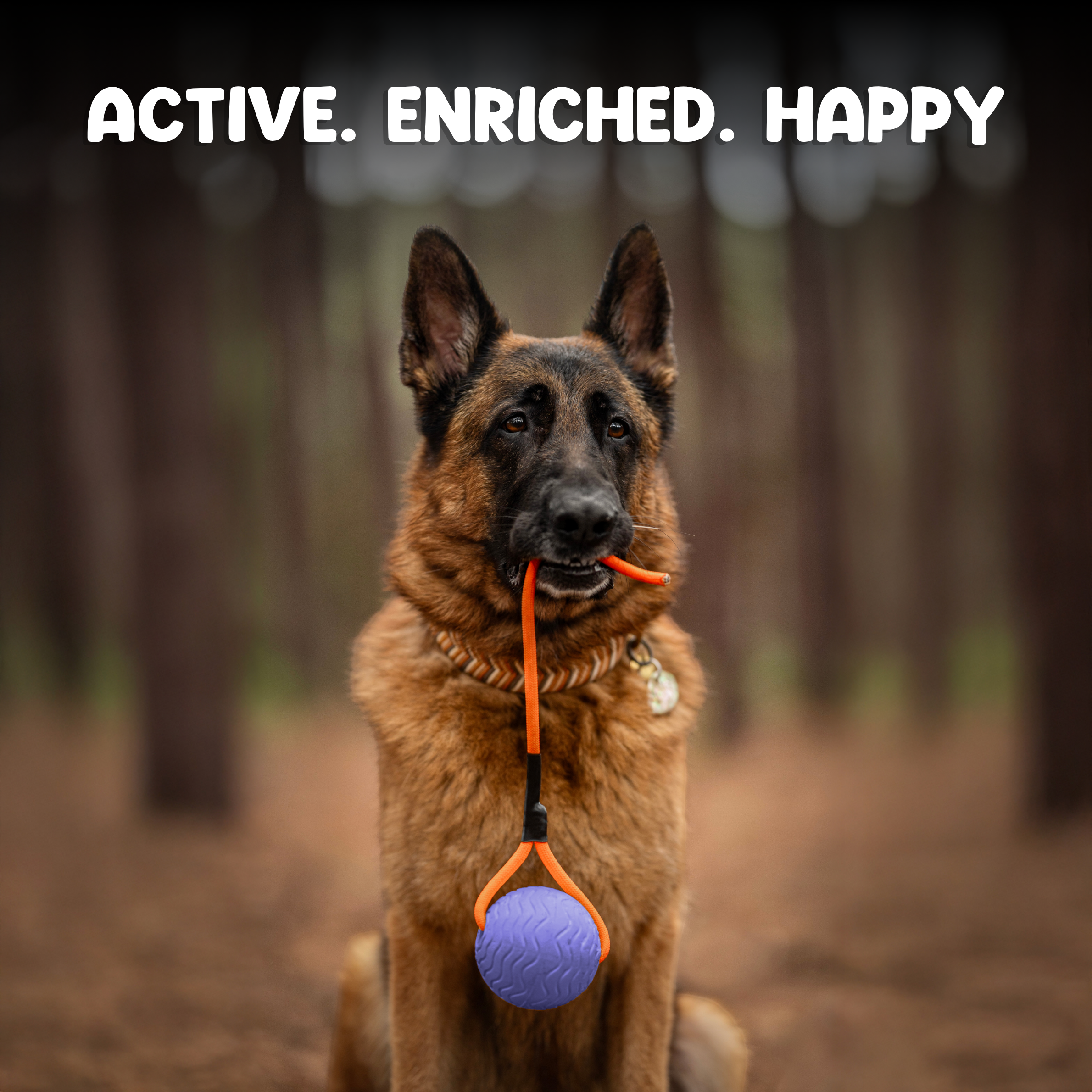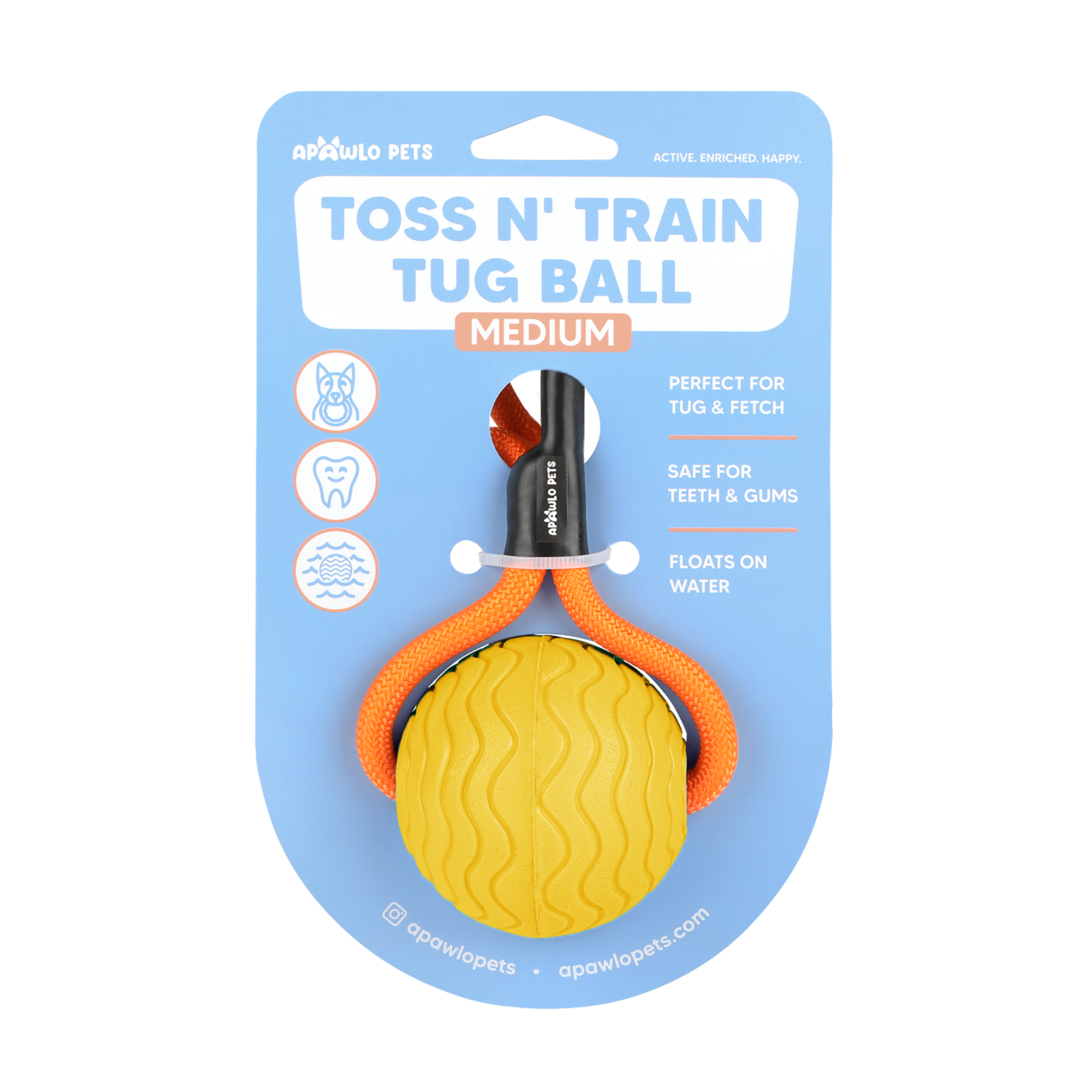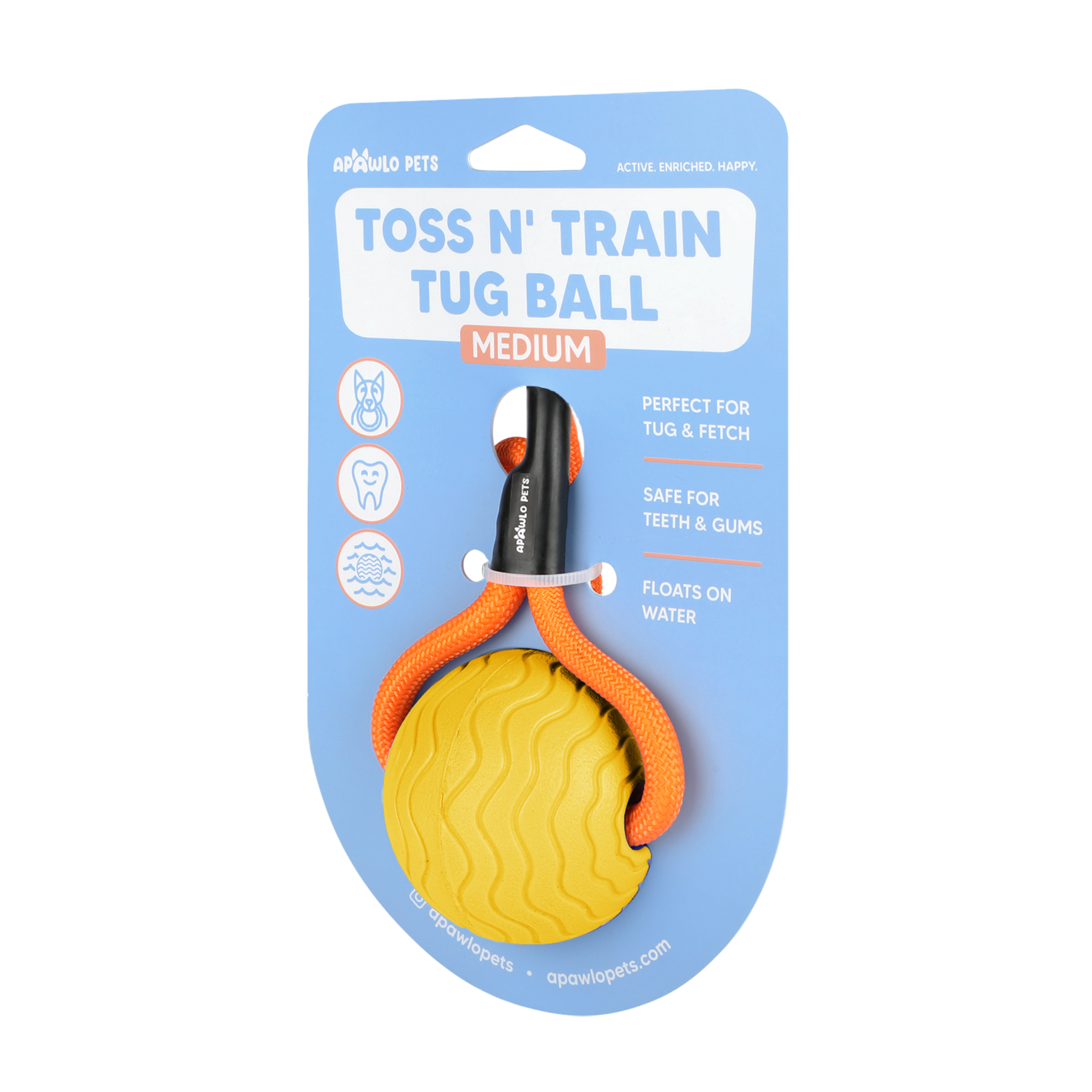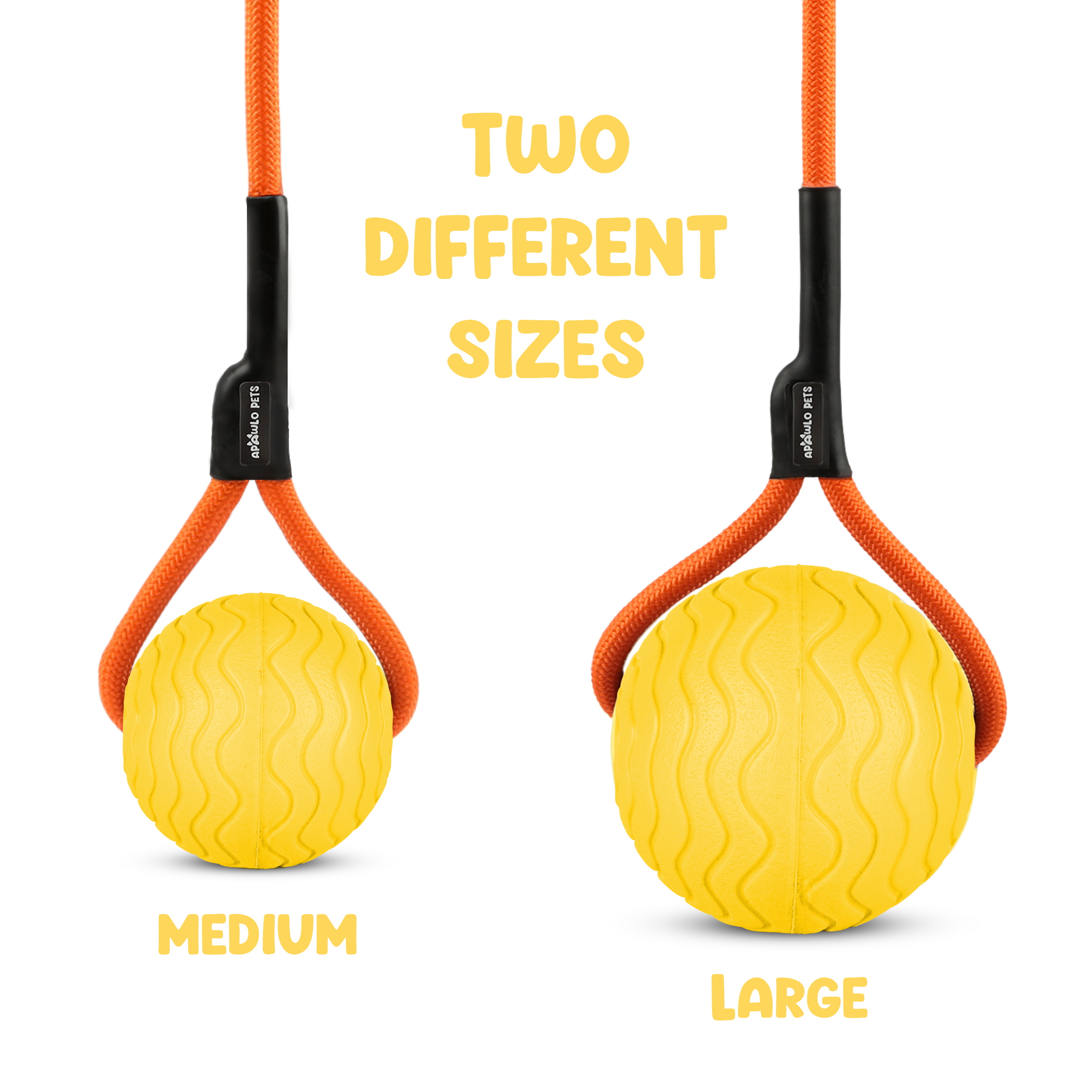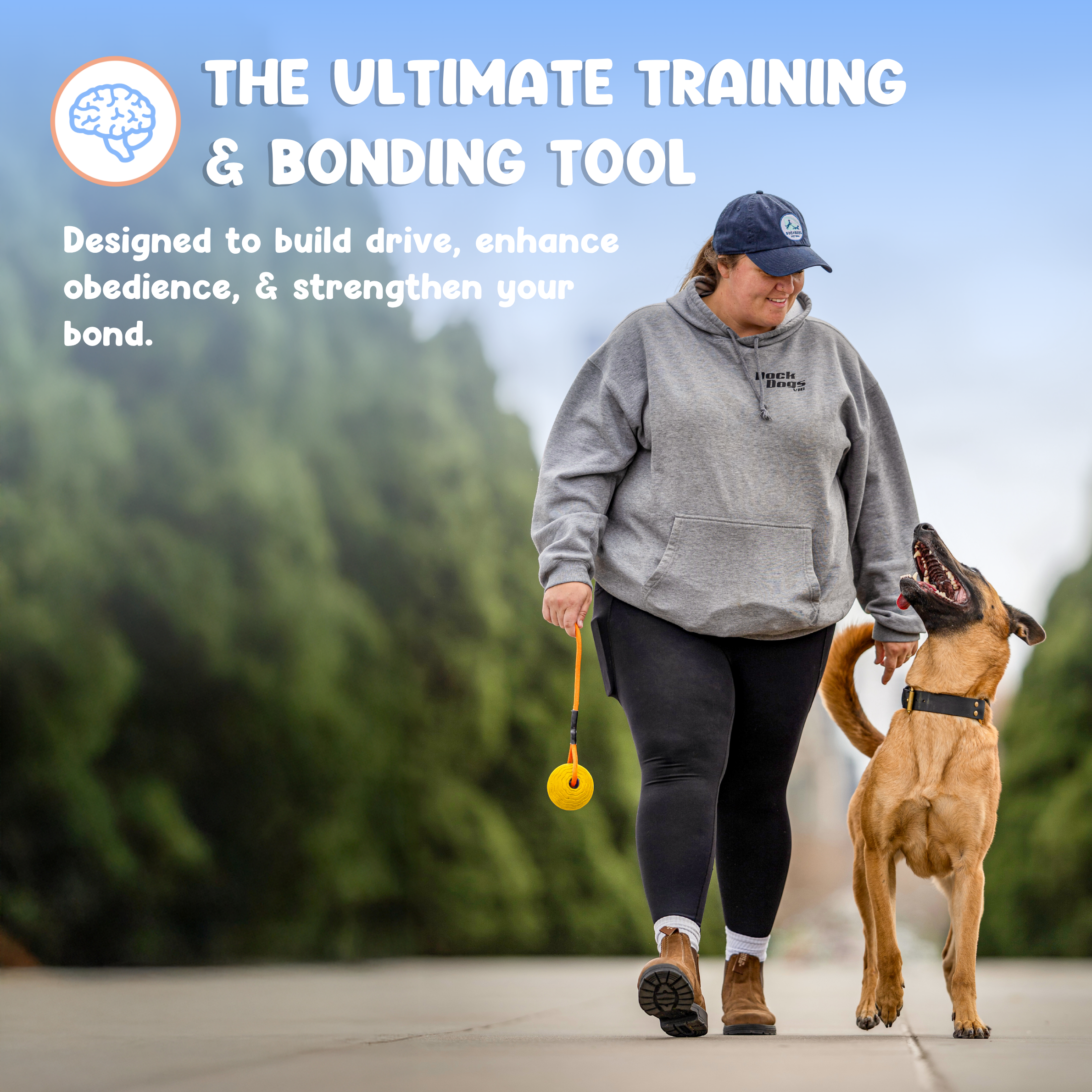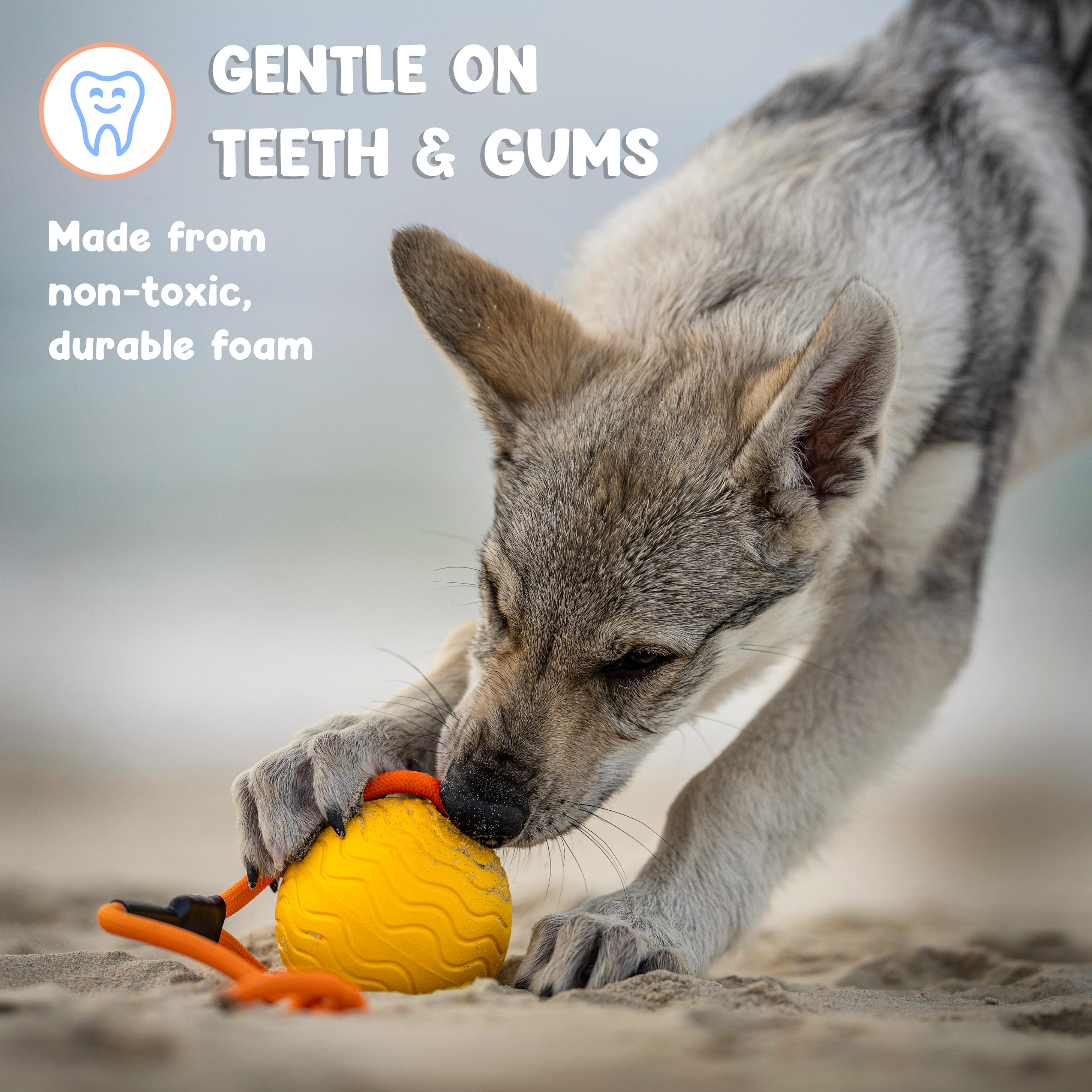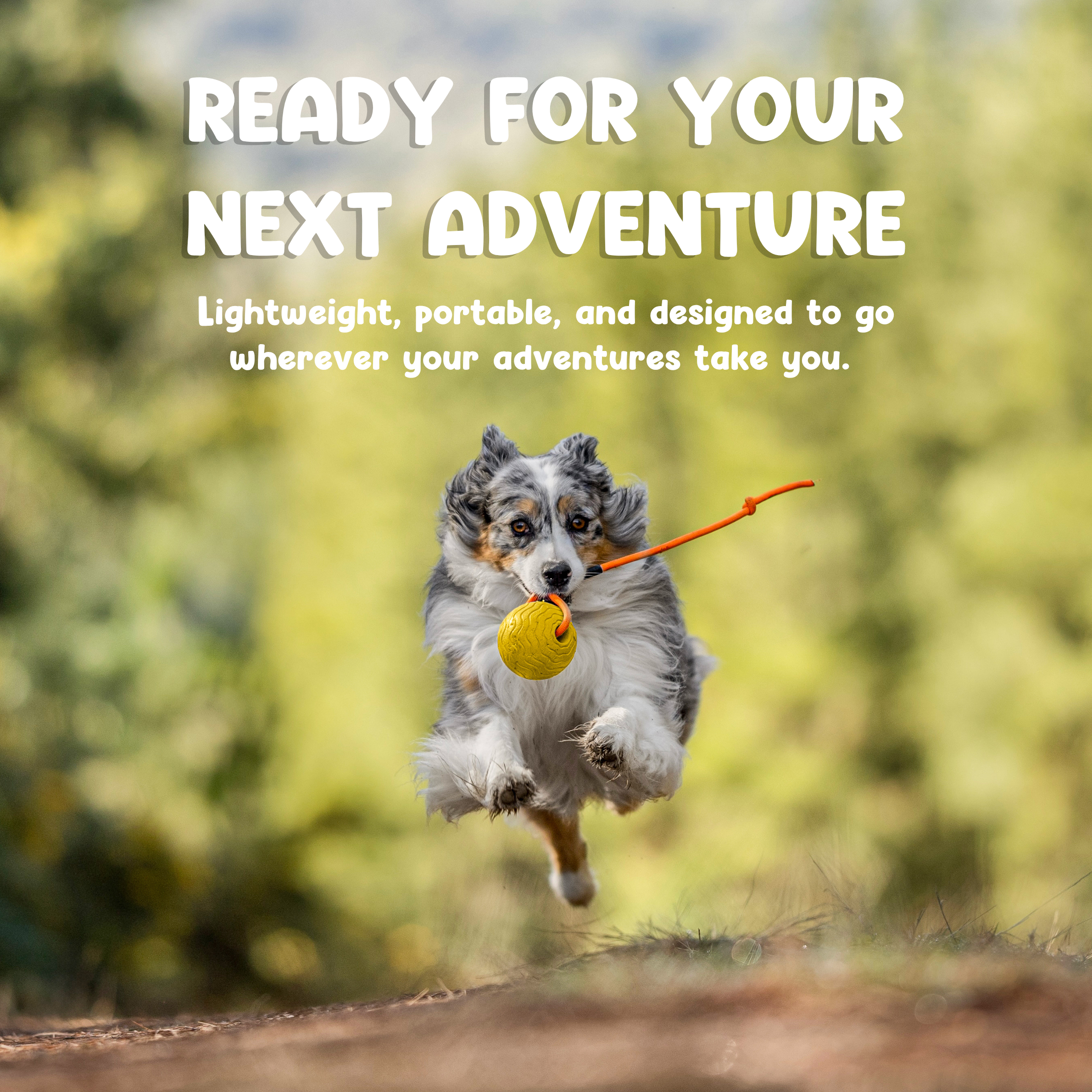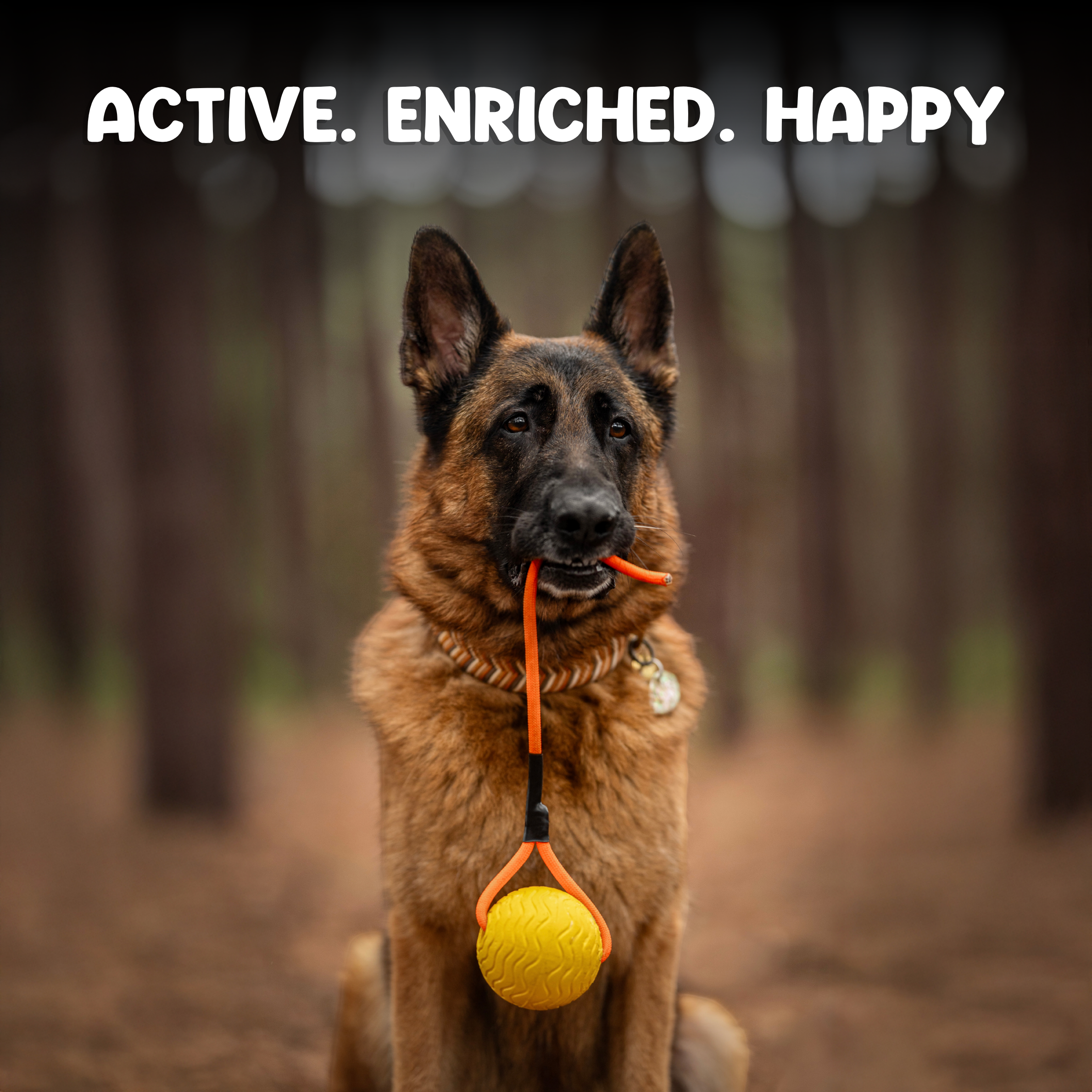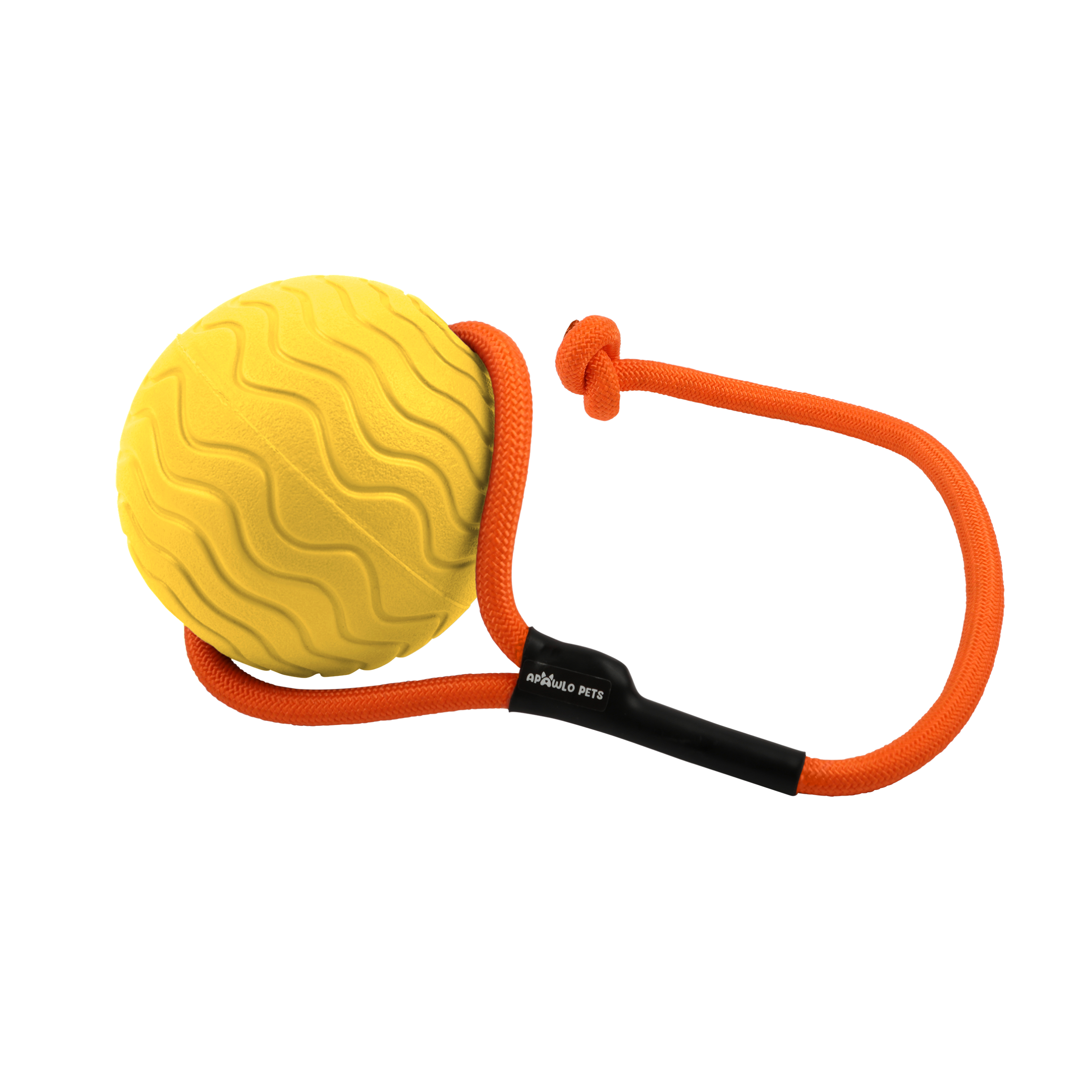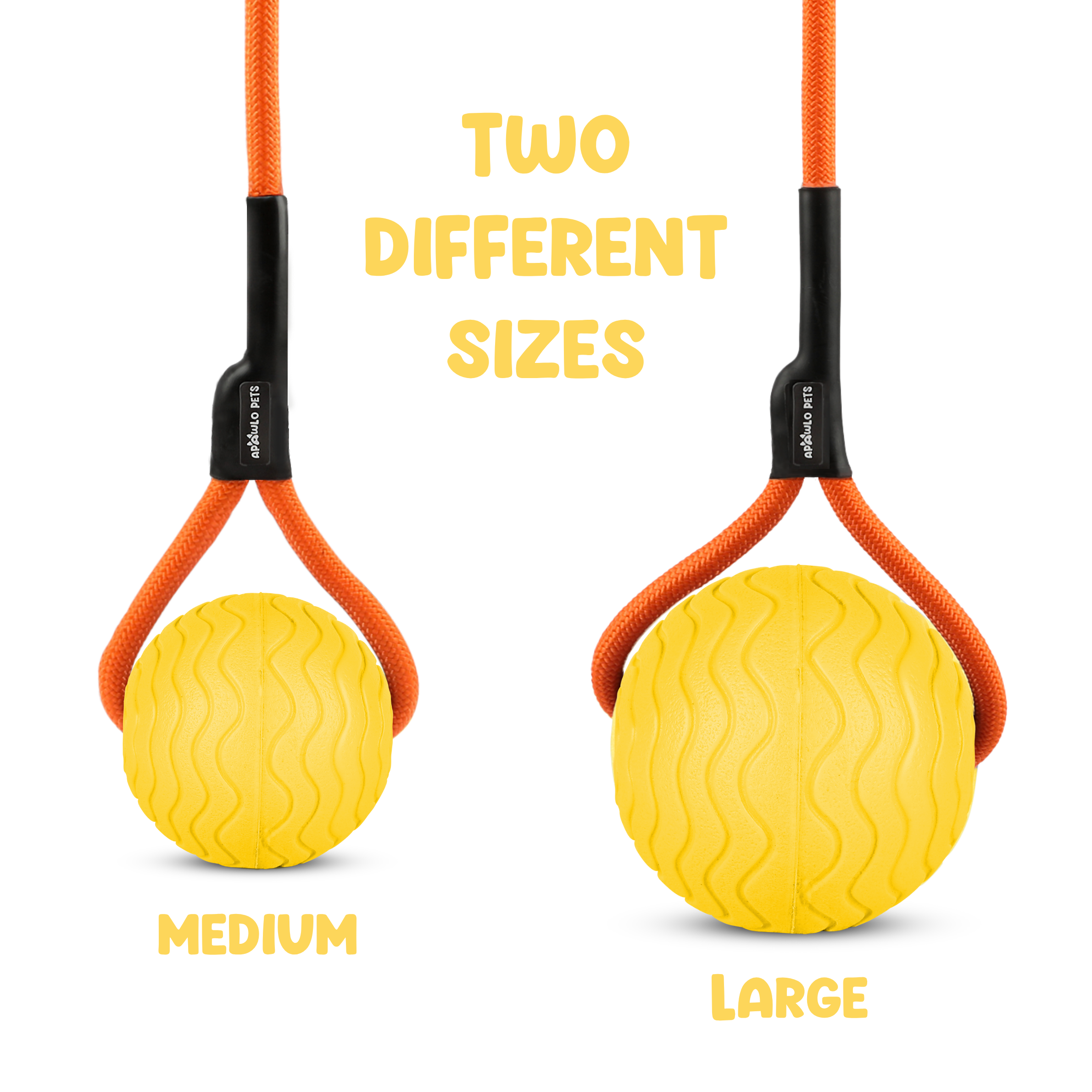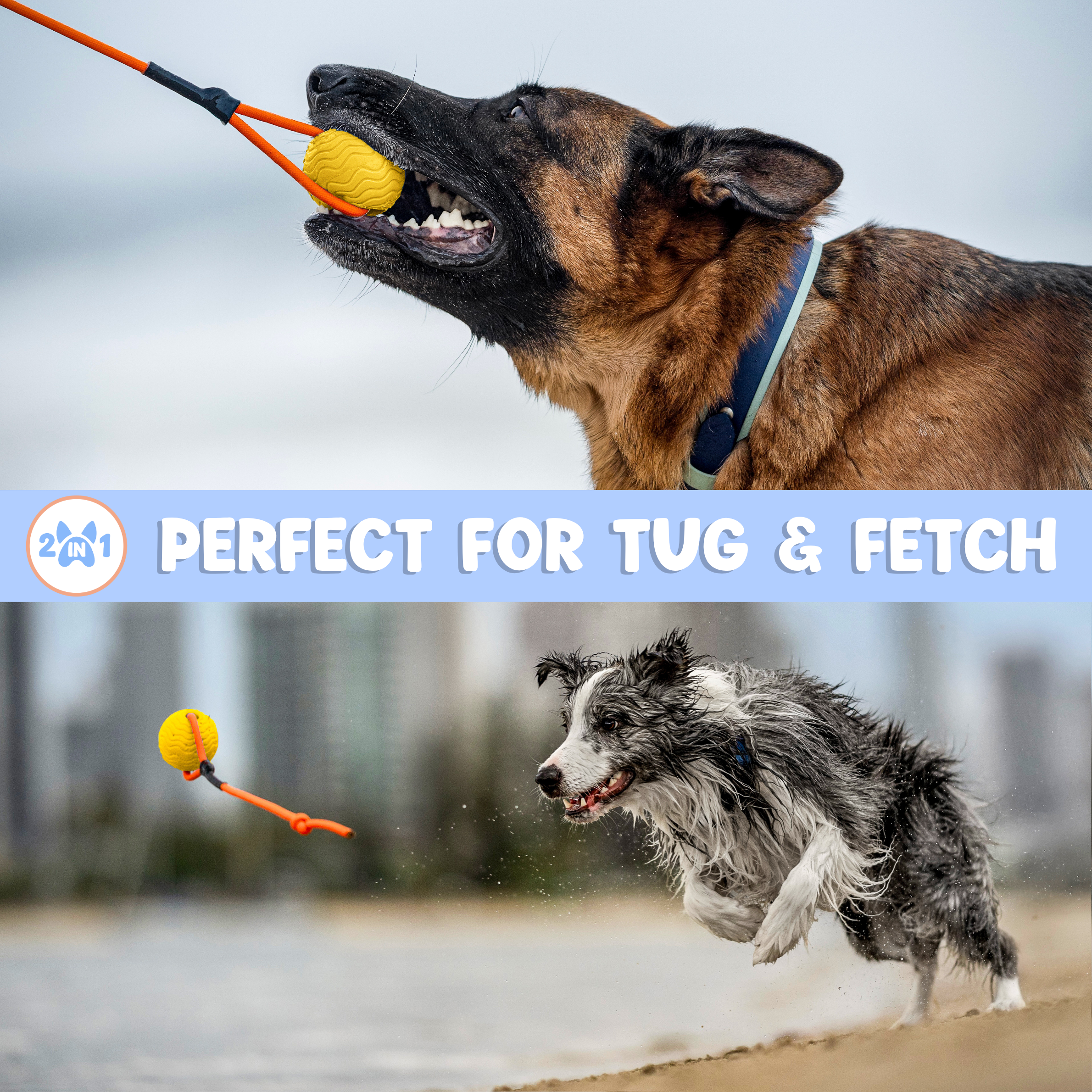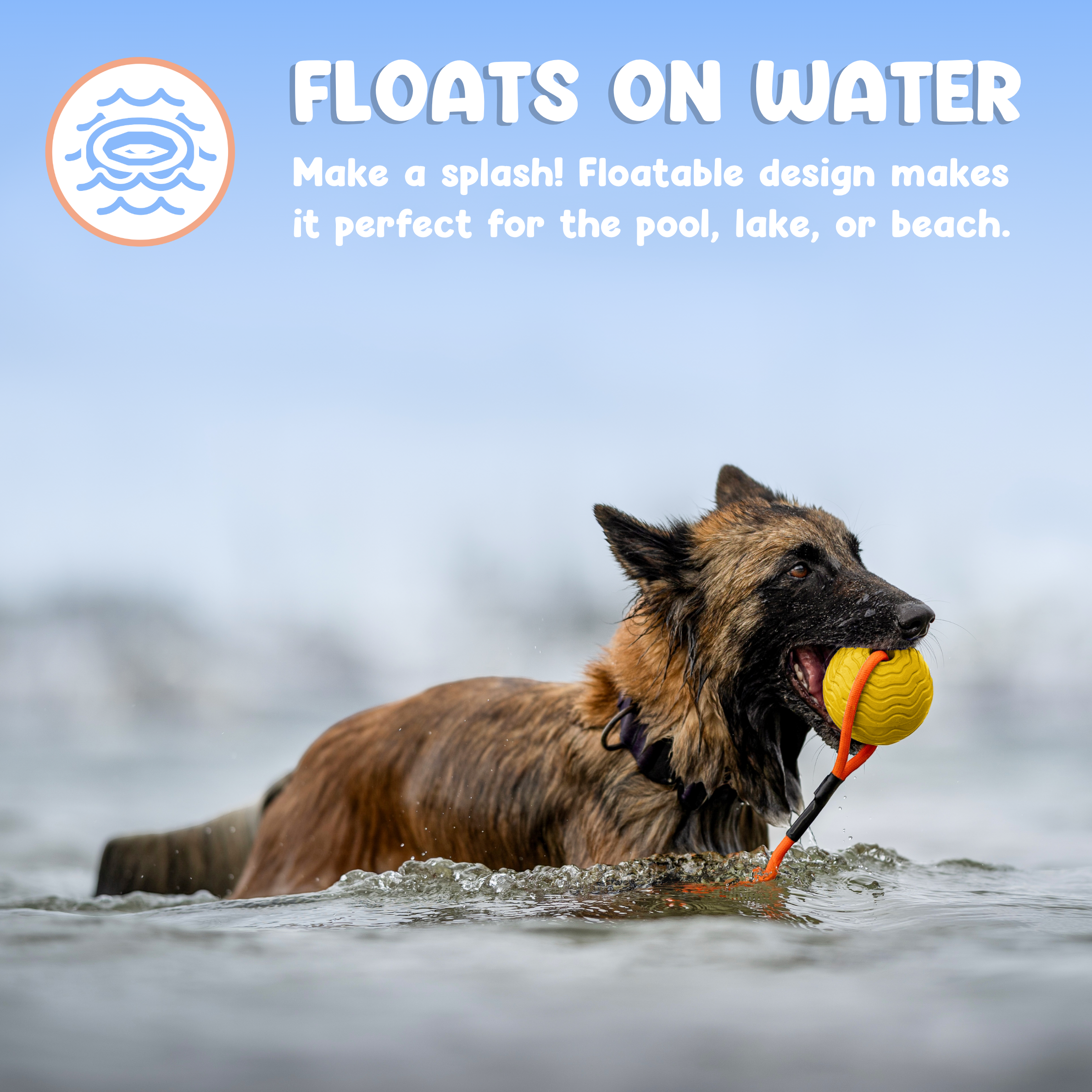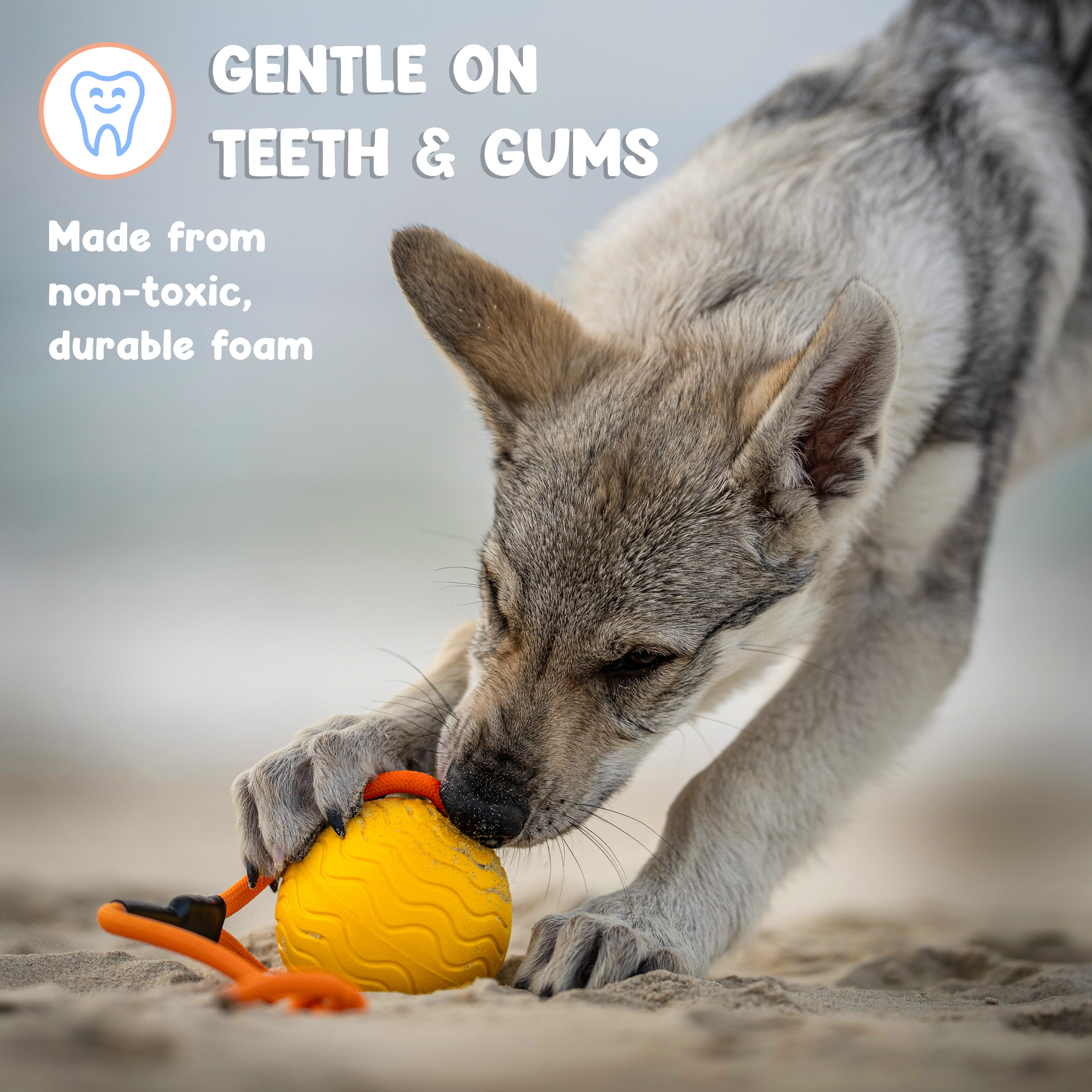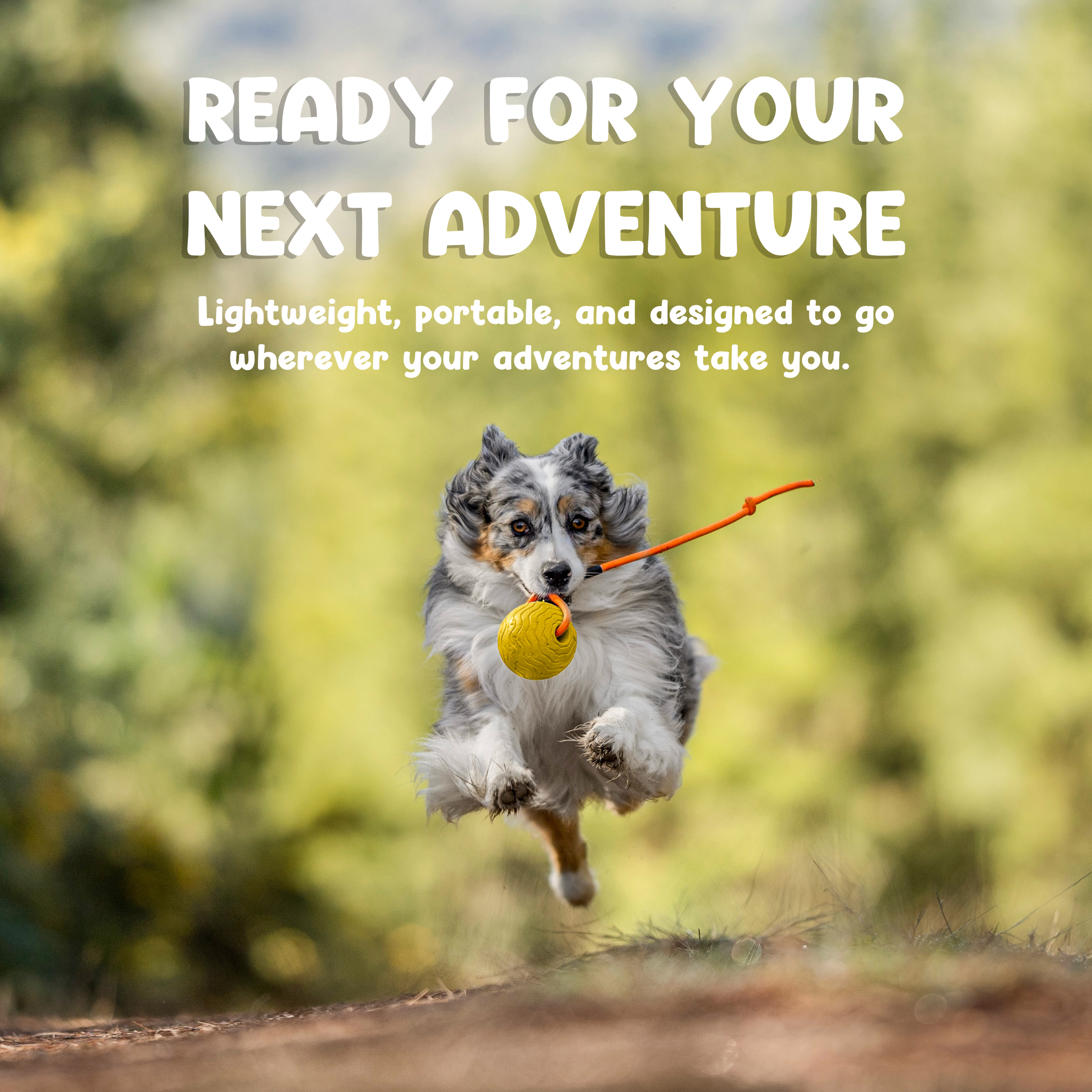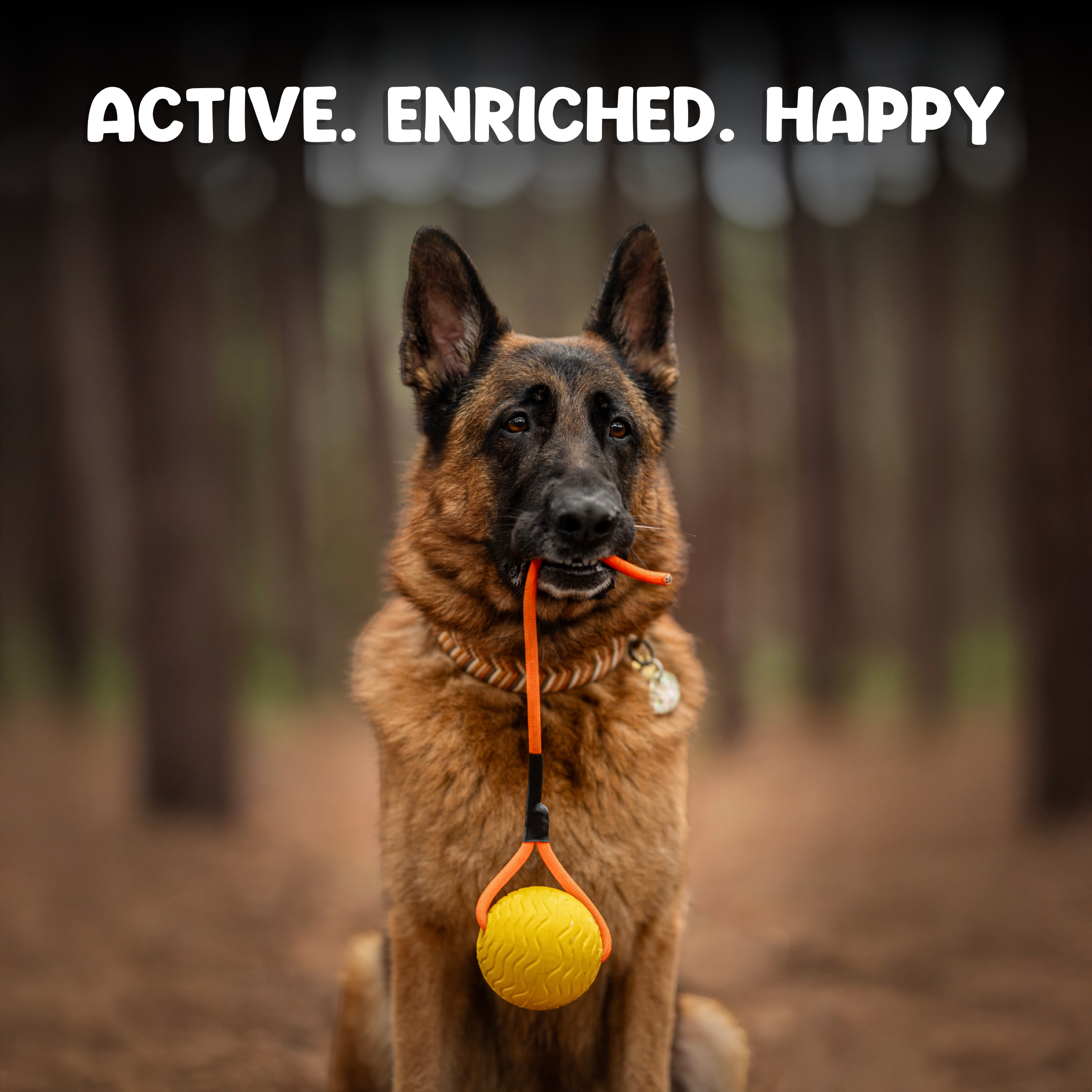Dog Car Anxiety: Easy Steps for Stress-Free Trips
Dog car anxiety can turn even a short trip to the park into a bumpy ride of emotions — for both you and your pup. Picture this: you’re loading up for a sunny day at the beach, snacks packed, playlist ready, tail-wagging adventure on your mind. But the second you open the car door, your dog freezes.
Ears pinned, eyes wide, tail tucked tight. You can almost hear them saying, “Please… not again.”
If you’ve been here before, you know the ache in your heart. Car rides should mean exciting adventures, not trembling paws and anxious eyes.
But here’s the tail-wagging news: car anxiety isn’t a forever sentence. With patience, kindness, and the right approach, your dog can go from “Nope!” to “Let’s roll!”

What Is Dog Car Anxiety?
Dog car anxiety is more than just “my dog doesn’t like the car.” It’s a stress response that can show up in big, obvious ways or small, subtle ones.
Some dogs pace or bark the whole time, others turn into statues the second the engine hums. For them, the car isn’t a magic adventure box — it’s a moving stress bubble.
Think of it like this: while we might see a car as a ticket to fun, a nervous dog might see it as a loud, shaky, unpredictable space that makes their senses go into overdrive.
Anxiety vs. Car Sickness
Car sickness is physical — often from motion or inner ear imbalance — while anxiety is emotional. But here’s the tricky part: the two can feed off each other. A queasy ride once can make a dog nervous the next time, and that nervousness can actually make sickness worse.
For example, a puppy who vomits during a long drive to the vet may later resist car rides entirely. That’s why it’s important to tackle both comfort and confidence at the same time.
Emotional & Physical Effects
Anxiety isn’t “just in their head.” It sends signals through their whole body — raised heart rate, tense muscles, fast breathing. That’s why anxious dogs might:
-
Pant like they’ve just run a marathon
-
Drool like they spotted a steak
-
Refuse to eat treats they’d normally devour
-
Whine, bark, or try to hide
And just like humans, stress can lower their tolerance for other discomforts — making rides even harder.

Recognising the Signs
Dogs speak volumes without saying a word — we just have to know what to look for.
Physical Symptoms
-
Heavy panting
-
Excessive drooling
-
Vomiting or diarrhea
-
Shaking or trembling
-
Wide eyes or dilated pupils
Behavioural Cues
-
Refusal to get into the car
-
Clinginess or pacing
-
Whining, barking, or growling
-
Trying to escape the car mid-ride
-
Curling up in the smallest possible corner
Some dogs may hide when they hear your car keys. Others jump in the car fine but show distress once the engine starts. These clues can help you pinpoint when the anxiety kicks in — and how to address it.

Why It Happens
Every anxious car rider has a story. Here are the most common roots:
Past Trauma
Dogs who’ve had stressful rides — maybe to a shelter or vet — can associate cars with fear. Imagine if every time you got in a bus, it took you somewhere scary. You’d hesitate too.
Negative Associations
If the only time your dog gets in the car is for a vet visit or grooming appointment, they may learn “car = bad.”
Motion Sickness
This one’s physical, but it can quickly snowball into anxiety. A nauseous dog learns to expect that queasy feeling whenever they see a car.
Temperament Factors
Naturally cautious or shy dogs can be more prone to travel fears, especially if they didn’t have gentle, happy car introductions as puppies.

Easy Steps to Help Your Dog Overcome Car Anxiety
This isn’t about “fixing” your dog — it’s about building trust, one paw at a time.
Step 1: Change the Story — Behavioural Training
The magic words here are desensitization and counterconditioning.
Desensitization — Baby Steps to Bravery
Start with the car turned off:
-
Let your dog explore around it. Praise and treat for curiosity.
-
Have short sessions where they hop in and hop out — no ride needed.
-
Gradually build to sitting inside with the engine running, then short trips.
Counterconditioning — Car = Good Stuff
Make the car a vending machine of happiness: their favourite treats, a special chew, or a trip to the park. Pair the car with positive experiences every single time.
📌 Pro Tip: Never push too fast. Rushing feels like a shove, and that breaks trust.
Step 2: Create a Comfort Zone in the Car
A cosy setup can calm even a nervous traveller. Use:
-
A blanket or bed that smells like home
-
A secure crate or carrier for safety
-
Calming scents (like dog-safe lavender)
-
Sunshades to block overwhelming sights
-
A high-quality, non-slip seat cover to keep your dog’s spot secure and comfortable while protecting your car from fur and mess. APAWLO’s Dog Car Seat Cover is designed with extra padding and a hammock-style fit, creating a snug, safe space your pup can relax in.
Bonus tip: Some dogs respond well to gentle background noise — an audiobook, soft music, or even “dog radio” playlists.
Step 3: Tackle Physical Discomfort
If motion sickness plays a role:
-
Avoid feeding right before travel
-
Keep the car cool and well-ventilated
-
Seat your dog facing forward or in the center to reduce visual motion
-
Take frequent breaks on long trips for fresh air and bathroom needs
Step 4: Add Support When Needed
Sometimes, the kindest thing is a little extra help:
-
Calming supplements (ask your vet first)
-
Anti-anxiety wraps or shirts
-
Veterinary-approved medications for severe cases
These aren’t crutches — they’re tools. For some dogs, temporary support can open the door to lasting confidence. And remember, they don’t have to be forever — once your dog builds enough trust and positive associations with the car, you may be able to gradually phase them out.
Step 5: Celebrate Small Wins
Every relaxed car door sniff, every calm hop into the seat, is progress worth celebrating. Keep the mood light, your tone upbeat, and the treats flowing.
If your dog manages a calm 5-minute ride today, that’s a victory — not a “failure” because you couldn’t make it 15 minutes.

When to Seek Professional Help
If you’ve tried these steps and your dog still struggles, consider:
-
Veterinary behaviourists for medical + behavioural insight
-
Certified professional trainers with fear-free methods
A pro can tailor a plan specifically for your dog’s history, temperament, and triggers.

Patience Pays Off — Realistic Expectations
There’s no “instant cure” — but there is progress, often faster than you think. The key is consistency, patience, and celebrating small victories along the way. And remember, safe and comfortable travel arrangements are part of the process.
According to the ASPCA’s travel safety tips, proper restraint and preparation can reduce stress while keeping your dog secure on the road — which makes your training efforts even more effective.
Bonus travel tip: For extra reassurance, consider pairing that with a high-quality restraint that offers both comfort and protection. APAWLO’s 2-in-1 Dog Car Safety Restraint provides a shock-absorbing, adjustable seat-belt connection to a harness — helping anxious pups feel secure without limiting movement or joy.

A Final Pawsitive Note
At APAWLO, we believe every dog deserves adventures without fear — whether that’s a joyful car ride, a new trail to sniff, or simply a safe place to curl up. Helping your pup through dog car anxiety isn’t just about removing stress; it’s about opening the door to more shared moments, more tail wags, and more stories together.
So pack those treats, bring your patience, and remember: every mile you travel together builds trust, love, and memories worth barking about.
FAQs About Dog Car Anxiety
1. Can dogs outgrow car anxiety?
Some puppies naturally become more comfortable as they mature, especially with positive exposure. But many need intentional training to fully overcome it.
2. How long does it take to fix dog car anxiety?
It depends on the dog’s history and severity of anxiety. Some improve in weeks, others may take months. Patience and consistency are key.
3. Are there natural remedies for dog car anxiety?
Yes — options include calming chews, pheromone sprays, and anxiety wraps. Always check with your vet before starting anything new.
4. Should I force my dog into the car?
No. Forcing can deepen fear and make training harder. Gradual exposure is the safest, most effective method.
5. Can music really help calm my dog in the car?
For some dogs, yes! Soft classical music or “dog-specific” playlists can reduce stress and create a calming atmosphere.


